A winter trip to one of our favourite countries using planes, trains, buses and ferries.key items in our luggage for a winter trip to norway included warm clothing by rohan designs, thermo flasks + other items by sigg and kirkjuvagr arkh-angell storm strength orkney gin and fudge for a touch of luxury.february 8th: fly to osloWe were awake before the alarm went off and because of poor weather conditions got up early and were on the road by 0600hrs. The rain was lashing down for the entire journey to LHR T3 but we stopped at Leigh Delamere and Reading Services before dropping the car off at Purple Parking on Level 4. We've used Purple Parking for many years and always found them to be reliable (£143.66). Checking in for our BA768 1515hrs flight to Oslo was effortless and we were soon through formalities and into the lounge for breakfast. Our delayed A320 took off an hour behind schedule due to the weather and we landed at Oslo within two hours of our departure from LHR T3. Formalities at Oslo (Temperature -11C) were cleared reasonably quickly but our luggage took some time. The Flytoget Airport Express whisked us into Oslo Station very quickly and a five minute walk took us to our chosen hotel, Thon Hotel Opera, for two nights. Room 969, a Standard Room, wasn't huge but was tastefully decorated and we stayed in for the rest of the evening as we were tired and not particularly hungry. february 9th: at leisure in osloThe bathroom flooded whilst I had a bath and Yolande showered but a treat was in store when we went down for breakfast. The breakfast offerings were simply amazing in the well-managed dining room so we tucked in before heading out for our day in Oslo. Our first stop in the -10C conditions was to the Fram Polar Museum but the hotel receptionist gave us the wrong information for the buses so we were forced to resort to a £40 taxi. This meant we arrived before the 1000hrs opening so we walked around the sea facing complex until opening time when we could get into the pleasantly warm buildings. The Number 30 bus actually left from the bus stop outside our hotel and were very frequent! We stayed in the museum for about an hour and a half and the highlight for me was the old Polar Expedition Vessel Flam, the world's strongest wooden ship, which was very well restored for us to board and climb around to see how those 19 maritime explorers crewed the vessel to both polar regions. The Fram's third and most important expedition was with Roald Amundsen for his South Pole expedition of 1910 - 1912 which he and four other crew members reached on December 14th, 1911. Getting the Number 30 bus back into Oslo Sentrum was a bit of a saga but we eventually managed to persuade one driver to sell us tickets, a previous driver wouldn't! Arriving close to the Royal Palace we saw an area with plenty of restaurants and had a reasonable Asian Fusion style meal at a restaurant called Sumo. After lunch we viewed the Royal Palace before exploring Oslo Sentrum and the harbourfront whilst finding a Bergans Outdoor Shop where Yolande bought me a new half-zip fleece. Then it was back to the hotel to find out our flooding bathroom hadn't been repaired so we let the plumber in and it was sorted within minutes. We braved the cold night for a walk around Oslo Opera House and over to a branch of Peppes Pizza where Yolande really enjoyed her Gluten Free pizza. She'd first enjoyed Peppes GF Pizza many years ago in Lillehamer. February 10th: train to stavangerWe were up early for another excellent breakfast before walking over to Platform 3 for the Go-Ahead Nordic 0925hrs train to Stavanger via Kristiansand with a journey time of about 8.5hrs. Our Hvile Class carriage only had about half a dozen passengers besides us and a small coffee bar (with snacks) was included in our fare. Further along the train was a Buffet Car with a well equipped seating area with tables and plenty of food and drink options. The seats were very spacious and comfortable and there was plenty of luggage space. The fare for the two of us was £137.17 which we thought was very good value. On the journey to Kristiansand we passed through the snow covered Bo region of the Telemarkskanalen where half of the buildings from medieval times in Norway are located. We passed large lakes and wound our way through pine forests on this very scenic part of Norway. We arrived in Kristiansand by about midday or so and we were allowed off whilst the engine changed ends for the onward journey to Stavanger. Across the fence was the harbour area and a Fjiordline Ferry was loading cars. I wondered if it was the Stavangerfjord which we'd use soon on Valentine's Day to take us from Stavanger to Bergen. I later found out it was the sister ship, Bergenfjord. The second half of the rail journey was far more interesting, through mountain passes and long dark tunnels. The snow was falling heavily by now and the engine's snow blade was continually throwing snow up which was obscuring our window views as we were now the first carriage on the train. A couple of times we must have hit deeper snow as huge chunks flew past the windows as the train shuddered quite alarmingly. We arrived into Stavanger one minute ahead of schedule at 1749hrs with very heavy snow falling. The six minute walk to the Thon Hotel Maritim proved a major challenge as neither of our wheeled luggage was fitted with snow plough blades. We regularly had to stop to clear snow from our bags - Yolande did exceptionally well in keeping up but it was very hard work. Checking in to Superior Room 541 was easy enough but it was a long way to our room and then down some stairs. The room was pleasantly furnished with a sitting area as well as the sleeping area, booked for our four night stay to give us a bit more room. Braving the snow we headed out to an Indian restaurant called Spisoh South Indian but it was all rather disappointing sadly, having braved the weather and snowploughs which were everywhere to get there. It wasn't our finest dining experience. february 11th: at leisure in stavangerAfter another fabulous Thon Hotels breakfast it was time to explore snow covered and cold Stavanger, there was 8 inches of snow on our window sill. Our first objective was the Norwegian Petroleum Museum where we spent an hour and a half exploring the museum. Having worked in the oil industry for many years we found the museum to be very interesting with excellent exhibits and interpretation. Highly recommended if visiting Stavanger and if one has wondered about the cost of fuel for their cars or houses. I think the model of the drillship was based on the J.W. Bates which had been a whaling factory ship and had been converted into a drillship. Years ago the J.W. Bates was working with Conoco Indonesia and I'd had to fly from Jakarta to Mumbai to undertake a marine inspection back in our oil industry days. I was employed by Conoco for ten years and we were resident in Dubai, Singapore and Jakarta for this period. We explored Stavanger Sentrum before heading over to the Gamle Stavanger historical area where 173 traditional old wooden houses are still lived in and preserved in excellent condition. Oilfield pipe-carrier supply vessels berthed alongside the lower levels of the Gamle historical area and the houses towered above them. february 12th: At leisure in stavangerBreakfast was excellent as usual and after a later start we headed into town to look for a branch of Vinmonoplet, the local alcohol shop and what an experience with so much alcohol available. I quickly found Linea Aquavit which was on my shopping list and browsed a few items to purchase before we left Stavanger. Very little alcohol is available in traditional type supermarkets and not on Sundays. Walking through the narrow snow covered streets of the Stavanger Sentrum we browsed a few high quality outdoor shops but I didn't buy anything. Outdoor clothing and equipment in Norway is very expensive. I looked at some very expensive bibs but think they were about £600. We climbed up to the old watchtower of Valberget Utsiktspunkt but it was locked so we couldn't climb to its high point where the city's watchmen used to keep guard over Stavanger. The watchtower was built in the years between 1850 and 1853 and served primarily to warn the population of dangers in case of fire. Then it was into a Starbucks for a coffee before deciding to catch the bus out to "Sverd i fjell" (Swords in Rock) a viking commerative monument out in the Hafrsfjiord neighbourhood of Madla on the outskirts of Stavanger. The three bronze swords stand 10m high to commemorate the Battle of Hafrsfjord in the year 872 when King Harald Fairhair unified all of Norway under one crown. The hotel receptionist had advised us that five or six buses would take us to "Sverd i fjell" but after trying for an hour we realised that only the Number 16 bus would take us there. I eventually drew three swords on the receptionist's note so the bus drivers would understand our required destination. The swords were definitely worth the visit though even with a lengthy wait for the return Number 16 bus back into Stavanger. We warmed up back in our hotel room over a picnic lunch accompanied by a Gin and Tonic. We'd bought a bottle of my favourite gin with us: Kirkjuvagr's Arkh-Angell Storm Strength Orkney Gin (57% vol) which is quite amazing and highly recommended. Walking the short distance into the Stavanger Sentrum we chose Indian at the Jai Hindi Indian Restaurant where the service and food were very good. It was just a shame the temperature wasn't warm enough inside. february 13th: at leisure in stavangerOur plans for today were the 1100 - 1430hrs fjord cruise to see the iconic Pulpit Rock. After breakfast we walked over to where the day cruises started but noticed large masses of people walking towards us from a huge cruise liner, the Aida Nova (approximately 6500 passengers). We think the cruise line had block booked all tours for the day so we couldn't buy tickets. Disappointed, we walked through the Gamle historical area again and enjoyed a coffee there. We called in at Vinmonolet (the Norwegian equivelent of Majestics) to buy some gin and tonic cans for the Bergen to Oslo train and a bottle of Amundsen Aquavit to take home. As Stavanger was so crowded with cruise ship passengers, we took the train out to Sandnes and had a light lunch there and walked through the town before returning to Stavanger. Having an early evening walk through the centre we saw the India Tandoori and went in there for an enjoyable dinner. Then it was back to our hotel to finish packing for an early night before leaving the following morning at 0515hrs to the ferry terminal. february 14th: ferry to bergenWe left the hotel by 0515hrs for the twenty minute taxi ride (£50!) to the Ferry Terminal and were soon checked in for the Danish registered Stavangerfjord ferry to Bergen which would take approximately 5.5hrs. I wondered why Fjordline didn't operate a bus service from central Stavanger to save on expensive taxi fares. The ferry was late arriving in from Kristiansand but we boarded soon after and found our seats in the comfortable Fjord Lounge. There were very few passengers on board, perhaps about 50 - 75 whereas the vessel can carry 1500 passengers. The vessel looked almost new and was spotlessly clean everywhere although the Fjord Lounge was somewhat neglected by crew. We enjoyed our pre-paid for breakfasts but there was just so much food on display we wondered who'd eat it all. Fjordline's Stavangerfjord is one of two sister ships, LNG powered operating the route and were built in 2013 as the largest cruise ferries in the world to run entirely on green gas (LNG). An officer did tell us though that marine diesel would still be used if it was cheaper than LNG! The voyage northwards was mostly in sheltered waters between the mainland and long coastal islands. Large oil platforms were under construction in the Haugesund fabrication yards which we passed close to. We berthed in Bergen at around 1230hrs and were soon in our hotel, the Thon Hotel Rosenkrantz in a more spacious Business Room 545. We enjoyed a drink at the bar before unpacking and then went out for a walk in the rain around central Bergen. We enjoyed lunch at Peppes Pizza as an escape from the rain. The hotel offered a complimentary light evening meal between 1800 and 2100hrs so we went in there with a bottle of wine purchased from the bar. The light evening meal turned out to be a bowl of soup and ham and cheese with bread and salad. After eating we took our wine out into the main lobby with the intention of relaxing with wine and Uno. Almost immediately a woman came over and took the screw top off our wine bottle, telling us it was illegal to have the screw top with purchased wine. She was rude and somewhat untidy in appearance so I asked her who she was. She claimed to be a member of staff but said it was illegal for us to have the screw top with a law designed to stop us walking around the city with the wine. She removed the screw top and walked away. We were quite speechless about this incredulous incident and next day I complained to a uniformed Duty Manager. february 15th: at leisure in bergenWe woke to better weather and as it was clear and dry we decided to have breakfast and then take the funicular railway known as the Floibanen up to Mount Floyen. The views over the city were impressive and after a short walk we had a coffee before descending back down to Bergen. Our plan was then to take a taxi over to the Ulriken 643 cable car up to the summit of Mount Ulriken, the tallest mountain in Bergen. There was a slight delay whilst Yolande looked around an art gallery and we ended up buying a picture for our lounge at home. The cable car was very smooth and we were soon at the top station where it was very cold and wintry. We saw the daily Fjordline ferry arrive in from Stavanger and tied up where we had berthed. We had a drink before descending and were wondering if we'd find a taxi back into the centre of Bergen. Whilst looking for a bus or a taxi, we found a Bergen Light Railway station so bought tickets and descended deep underground on very long escalators. This light rail service operates between Byparken in the city centre and Bergen Airport. It was extremely new looking and we were soon back in central Bergen. A light Italian lunch was enjoyed at the Villa Paradiso Ole Bull before visiting the harbourside Information Centre and the art shop to collect Yolande's shopping. The food in Villa Paradiso Ole Bull was excellent, particularly Yolande's Italian Sausage Risotto. After the last of our Orkney Kirkjuvagr Gin, and tonic, we decided we didn't need a big meal so nipped over, in the pouring rain, to the harbourside to buy a sushi takeaway from the Fish Me seafood complex in the Fish Market. Yolande thought her veggie sushi was some of the best she'd ever had. They even had sachets of gluten free soy sauce. february 16th: at leisure in bergen - 4hr fjord cruise to mostraumenHoping giant cruise ships hadn't arrived overnight we went over the the harbourside ready for our Bergen to Mostraumen fjord cruise having bought the tickets yesterday. We were first to board the 97 passenger ferry and sat over on the port side. As it filled up, a young Brazilian couple joined us at our table and they were nice to talk to. I made regular visits out on deck to take photographs but it was quite a wet day. The four hour cruise didn't quite reach its object due to frozen sea ice higher up the Osterfjord towards Modalen. Just before we hit the ice, we passed through a very narrow channel in an area of spectacular scenery with many large waterfalls and the small settlement of Mostraumen where there were traditional buildings including an old school and sheep grazing in the rain. We disembarked around 1400 and went over to the Fish Market and Fish Me for a sushi lunch before visiting a few shops and returning to our hotel. Our dinner at the nearby Maharaja restaurant was quite awful....... february 17th: at leisure in bergenAt last, a day without the need for an early start and after another excellent breakfast we set out eastwards into the Unesco World Heritage Bryggen area on a cold day but with blue skies. Passing the colourful Bryggen buildings we continued past the Bergenhus Fortress to the Old Wharf Area. Failing to find a coffee shop we turned back towards central Bergen. On one of the wharfs was a fairly large vessel, similar in size to an offshore vessel but with far more superstructure in a strange layout. A crew member was on the wharf so I asked him about the purpose of such a vessel. I was advised that it transported live salmon from fish farms in the fjords to processing factories. We walked through the Bergenhus Fortress park and I climbed to the top of the Rosenkrantz Tower which was completed as a residential and defensive tower in the 1560's. The Bergenhus Fortress, on August 2nd 1665, heavily defeated an English fleet which was attacking a Dutch fleet which had sought refuge in Bergen. We paused briefly at our hotel before getting a taxi out to the Georgenes Verft area as I hoped to photograph the incoming ferry we'd arrived on from Stavanger. I checked the Fjordline timetable and sure enough, it arrived right on time at 1230hrs and was alongside in no time at all. It was the sister ship, the identical Bergenfjord, which berthed flawlessly after the crew used a rocket launcher to get a heaving line onto the wharf. Whilst waiting for the Bergenfjord ferry to arrive we looked across at one of the Hurtigruten vessels (Trollfjord) which was moored on the other ferry terminal berths. We'd once taken a Hurtegruten ferry (Lofoten) to the North Cape and round to Kirkenes where our vehicle was offloaded by crane before we drove back to Bergen over a period of four weeks. Kirkenes in northern Norway is further east than Istanbul and the Nordkapp (71.17 degrees north and 25.78 degrees east), which we'd passed, is on the same latitude as the top of Alaska. With all the small fjords and islands included, the Norwegian coastline is approximately 100,000km long which, if stretched out equates to 2.5 equator distances. Enjoying a drink at the nearby Kippers Cafe, we watched the Bergenfjord sail right past us at 1330hrs, bound for Stavanger and Kristiansand and then across to it's home port of Hirtshalls in northern Denmark. Continuing on to the Nordnes headland through parkland, we then walked back into Bergen, picking up some lunch to eat back in our hotel. With brilliant sunshine today, and it being a weekend, Bergen was crowded and food stalls had set up in the now crowded Torget harbour area. We went out for an enjoyable evening walk to Bergen Station to check where we'd need to be the next morning for the train to Oslo. Bergen and it's Torget harbour area was well illuminated for a night walk. We finished packing when we got back to our room and prepared snacks for the train to Oslo next morning. february 18th: train to osloEarly alarms for breakfast at 0700hrs ready for our 0730hrs taxi to Bergen Station for our train to Oslo. Fresh orange juice and a big bacon sandwich with a coffee was all I needed in preparation for the day's long (7hr) train journey across central Norway to Oslo. Another expensive taxi took us to the station where a few other early passengers were waiting to board the 0811hrs train to Oslo. One American couple had more luggage than I've ever seen and we formed a queue behind them for Carriage 1 whilst they really did struggle to board the train with such a huge amount of luggage. The Vy Norway train left promptly at 0811hrs with us sat in Seats 5 and 6 with a table and two empty seats across from us. Our seating was similar to a premium economy layout with a 2:2 arrangement which cost us £193.27 and coffee was included. In conclusion, Vy Norway were more expensive and less comfortable than the Go-Ahead Nordic train we'd used to travel from Oslo to Stavanger. The scenery was impressive but the weather was bleak and the terrain snow covered as we gained altitude to Myrdal where the popular day excursion from Bergen, "Norway in a Nutshell" passengers would disembark. They must have been extremely disappointed to be told the Flam Railway connection was cancelled due to electical issues but taxies were waiting to take them down to Flam! We'd previously done this "Norway in a Nutshell" trip. The train's highest station was Fiske at 1221m where weekend snow enthusiasts boarded to get back to Oslo ready for work again tomorrow. It was downhill all the way back to Oslo through heavy snowfall with the train throwing up heaps of snow to obscure the views from time to time. Stops were made at several stations which were quite snowbound, including a stop at a colourful station called Al! The train was full by the time we arrived back into Oslo. We arrived into Oslo Sentralstasjon right on time having climbed from Bergen to Fiske at 1221m and back down to Oslo Fjord and the capital of Norway. Disembarking and with a short walk to the Thon Hotel Opera we were soon checked into Business Room 808, which I think was an upgrade from the Superior Room we'd booked.. We popped across the road for a coffee and a sandwich before walking to an Italian restaurant that Yolande had chosen for our final dinner in Norway, to book a table for later on. Our final dinner in Norway at the Spaghetteria, close to our hotel, was excellent. Dinner was an anniversary present from our family. february 19th: fly to ukWe were more or less packed but enjoyed one last Thon Hotels amazing breakfast before walking through the central area of Oslo one last time before checking out of the hotel and catching the 1116hrs Flytoget Oslo Airport Express. Outside the old station was the WW2 monument to the Norwegian resistance movement. The BA check in desk wasn't open for quite a while but we talked to a couple who'd just come back from Svalbard where, sadly, they'd not seen any Polar Bears which I thought was quite suprising and a main reason for visiting Svalbard. We had a drink in the lounge before boarding our 1500hrs BA767 A320 and after pushing back we taxied over to the de-icing area as temperatures were sub-zero. The flight back to LHR T3 was smooth and our two cabin crew were very friendly and professional. After formalities and collecting our luggage we drove home arriving there at around 2000hrs. conclusionNorway is a beautiful country which we'd visited before. We planned the itinerary ourselves and it all worked out well.
2 Comments
A bryn walking rec l2 outdoor first aid course at bryn heulog in newtown on february 25th/26th 2024course contentOUTDOOR FIRST AID (16 HR)A two day course (16 hours). The outdoor first aid course is designed to introduce a systematic way of first aid for managing casualties. Topic learning and practicals intermixed with scenarios of real situations. The course includes: The fundamental workings of the body, in particular the heart, lungs and airway - Assessing a casualty - Introduces a system to cope with all incidents as safely as possible - Deciding how to deal with an accident or incident - Awareness of delayed medical help and adverse environmental conditions The course is progressive by building on each session, introducing new scenarios to test all techniques for:
THe next courseHELEN MENHINICK (BRYN WALKING) AND I HAVE RECENTLY RETURNED FROM TRAINING MOROCCAN MOUNTAIN GUIDES BASED AT THE KASBAH DU TOUBKAL IN IMLIL IN THE HIGH ATLAS MOUNTAINS OF MOROCCO. I've used Rohan Designs clothing for many years (Since 1986 I believe), from a previous career in the Oil & Gas Sector in the jungles of West Papua, Indonesia, into the realms of high altitude on Kilimanjaro and Mera Peak and training local mountain guides in Sharjah, the High Atlas Mountains of Morocco and the Highlands of Central Java in Indonesia. MEN'S HELIOS LIGHTWEIGHT INSULATED VESTHelen and I both wore these Vests during our January 2024 training trip to the Kasbah du Toubkal to train their regular Moroccan Mountain Guides in order that they complement their incredible local experience by gaining internationally accredited qualifications from UIAA (Mountain Hiking Skills), RGS (Off Site Safety Management) and REC (Trekking First Aid + Life Saver First Aid). Features at a Glance:
OTHER ROHAN CLOTHING WE USED THROUGHOUT THE TRIPhelen
alanWaterproofs and insulated products:
during my recent trip to the high atlas mountains of morocco, i was able to take various items of rohan DESIGNS clothing which i could live without, to give to some of those we were training:above: latifa asselouf - mountain guide/Hilltop jacket at essaouira on the atlantic coastabove: mohamed - trail chef/pampas jacket on the trail to the kasbah du toubkalabove: Brahim - mountain guide/pinnicle jacket on the summit of mt toubkal (4167m)ABOVE: LATIFA ASSELOUF - MOUNTAIN GUIDE/HILLTOP JACKET AT ESSAOUIRA ON THE ATLANTIC COASTABOVE: BRAHIM - MOUNTAIN GUIDE/PINNICLE JACKET during rec trekking first aid course at the kasbah du toukalABOVE: LATIFA ASSELOUF - MOUNTAIN GUIDE/MICROGRID ULTRA-LIGHTWEIGHT FLEECE JACKET KINDLY DONATED BY THE MARKETING DEPARTMENT OF ROHAN DESIGNS LIMITEDABOVE: LATIFA ASSELOUF - MOUNTAIN GUIDE/HILLTOP JACKET in Amizmiz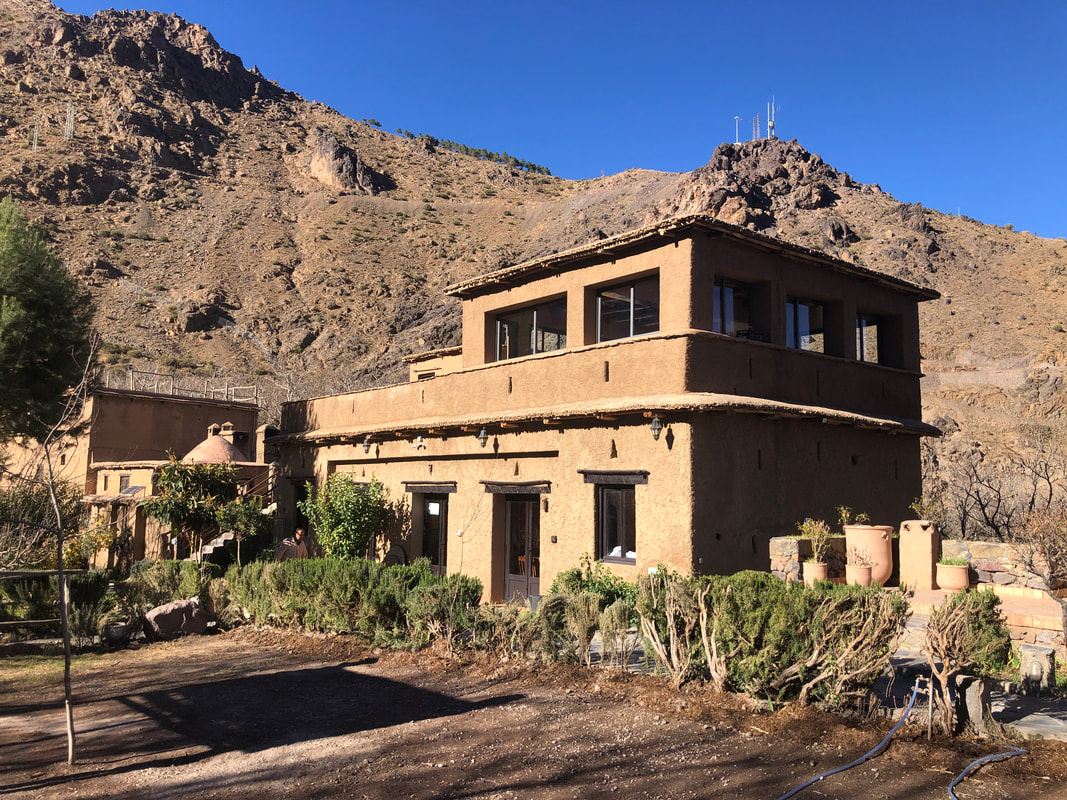 THE KASBAH DU TOUBKAL IS OPEN FOR BUSINESS!I arrived here on January 9th along with Helen Menhinick (ML) of Bryn Walking to deliver the annual programme of Mountain and First Aid Training to staff employed by the Kasbah du Toubkal.
Last September's tragic earthquake caused significant damage in the area but, here at the Kasbah du Toubkal, this was limited to the loss of the main dining room and the tower/terrace above. All other areas are fully operational and work is in progress to clear debris and rubble from the old dining room ready for new construction. It has to be said that, during my stay here, there was no disturbance from the clear up areas which are screened off and out of site. So, it really is, "business as usual"! During our stay here, visitors were arriving for residential stays and day visits from Marrakech to enjoy an excellent lunch on the rooftop which overlooks Imlil and the mountains al around with Mt Toubkal (4167m) to the south. The Kasbah du Toubkal now have 14 Mountain Guides who have qualified through the UIAA Mountain Hiking Skills syllabus along with an appropriate REC Outdoor First Aid course. Senior Management recently attended the RGS Off Site SAfety Management Scheme. I've used the Kasbah du Toubkal for several Mt Toubkal (4167m) trips and can highly recommend it as a great place to stay pre- and post-trek and their Mountain Guides are top class! Below is a gallery of our recent trip..... Kasbah du toubkal - mountain training programme: january 9th to 20th 2024I've been providing training to Moroccan Mountain Guides at the Kasbah du Toubkal for five years or more now. This training is delivered through Corporate Social Responsibility (CSR) whereby the training is delivered free of charge but our expenses are covered by the parent company, Discover Ltd. Last year I was accompanied by Helen Menhinick (ML) of Bryn Walking and Helen is with me for this year's Training Programme at the Kasbah du Toubkal for:
January 8th: Travel to LHR t2 - hilton garden inn hotelTravel to LHR T2 and the Hilton Garden Inn for overnight accommodation and dinner due to an early TAP Air Portugal flight departure on Tuesday. I picked Helen up at the M4 Magor Services where James had driven her from Newtown. A long section of the M4 was closed from an incident the night before but we never found out why. january 9th: fly tap via lisbon to marrakech - drive to imlil and walk up to the kasbah du toubkalTAP to Marrakech via Lisbon and the road transfer to Kasbah du Toubkal, I’d chosen TAP Air Portugal as BA flights would have been out of LHR but back into LGW which was very inconvenient. Checking into TAP was effortless at 0600 and we were soon through formalities and into the lounge area which was quiet and quite comfortable and operated by Lufthansa as a Star Alliance lounge for member airlines which TAP belong too. The flights to Marrakech via Lisbon, with a 2hr transit, were enjoyable with good service on both sectors. On arrival into Marrakech, passage through formalities and money changing went well but we were asked by a senior customs officer where we were going with so much luggage. He was happy that we were going to be training Moroccan Mountain Guides on a voluntary basis and wished us well. After an hour and a half we arrived at the Kasbah du Toubkal office in Lower Imlil where three mules were waiting to transport our luggage up to the Kasbah du Toubkal, a twenty minute walk up through Imlil and then on the trail towards Aremd. We had been allocated two adjacent en-suite rooms in the main house and these were both nice rooms where Mike McHugo one of the main owners lives whilst there. It was late by the time we’d enjoyed dinner in the Garden Room which is above the Conference Room which we’d be using for our two week training visit. After our long day it was good to turn into beds warmed by nightly hot water bottles and after a Shackleton nightcap. We’d not known what to expect after the September earthquake but were surprised at how much had been achieved with a new sun terrace which was very pleasant and overlooked Imlil. Damage was far less than we’d expected and none of the bedrooms had been affected. The kitchen was more or less as before so the only rooms no longer available were two Berber Dormitories, the old traditional Dining Room and the tower roof terrace. A new terrace had already been built above the kitchen. Building works were in progress on the Imlil side of the complex but were well screened off with no sound disturbance at all experienced during our stay there. january 10th: PREPARATION DAYPrep day – Helen and I spent the morning setting up the Conference Room ready for the training courses we were to deliver. We had expected to deliver a REC Life Saver 4hr First Aid course for a group of House Mothers from the Education for All project down in Imlil which was established by the Kasbah du Toubkal but this didn’t materialize as they were simply too busy to attend. After lunch we went for a circular walk down the main trail into Imlil to visit some shops which Helen had previously used before we returned up through terraced fields and walnut groves to the Kasbah du Toubkal. It was in the terraced fields where we met Hussain who had recently retired from the Kasbah du Toubkal to spend more time at his home and looking after his sheep. It was good to see him and we chatted for quite a while and, next day during the “Call to Prayer” we were told that it was his voice resonating out across Imlil. Having previously worked with Latifa Asselouf over the last five years ago, I invited her to add her comments to this blog. On the nights that Mike was there, Helen, Latifa and I dined with Mike who was very open and informative about his plans for restoration and re-building after the earthquake. JANUARY 11TH: RGS OFF SITE SAFETY MANAGEMENT (OSSM) - DAy 1Royal Geographical Society (RGS) Off Site Safety Management (OSSM) Course Day 1 (0900 to 1700) – The four participants were the Senior Management Team from the Kasbah du Toubkal and included:
The course venue was in the Conference Room with Helen Menhinick observing and assisting. Latifa: “It’s a good opportunity to meet administration staff during the course through Alan, assisted by Helen who explained how to plan , how to manage and how to review our work activities when we have trekking clients with us”. JANUARY 12TH: RGS OFF SITE SAFETY MANAGEMENT (OSSM) - DAY 2RGS Day 2 (0900 to 1700) – The course continued as scheduled with course completion administration taking half an hour after the course and this was then submitted to RGS in London. Latifa: “It’s worthwhile to attend the course because I have got more information that I need to improve my administration work and make it easy and clear so it does not seem hard to answer my clients and make them to get my response quickly with good details in order to feel safe and accept my trek." january 13th: uiaa mountain HIKING skills - day 1UIAA Mountain Hiking Skills Day 1 attended by seven local Moroccan Mountain Guides and assisted by Latifa Asselouf who completed the course last year:
These Mountain Guides are of the Amazigh (Berber) peoples who are the indigenous peoples of North Africa and primarily speak Tamazight. The 2016 census in Morocco estimated the number of Tamazight speakers to be 28% of the population, or roughly ten million speakers.
Latifa: “As human beings , we take something small for granted like a RAB group shelter, it looks small but worth to have with us . It saves lives and gives more confidence to our clients. It means such a lot to us” january 14th: uiaa mountain HIKING skills - day 2UIAA Mountain Hiking Skills Day 2 – Participants arrived for a 0930 start and some theory with two new Mountain Guides replacing three no shows from yesterday. The two new Mountain Guides received an introduction to the course from Helen and an introduction to topics missed yesterday. We left the Kasbah du Toubkal at 1000 and walked up to the Aremd road where Helen demonstrated pacing which was a new experience for the participants. Throughout the day individual Mountain Guides would take turns at leading the group. At the westernmost hairpin bend we joined the path which leads up to the Tizi n’Mzik (2479m) and over the next two and a half hours up to the Tizi (mountain pass or col/saddle), various compass skills were demonstrated by Helen and practiced. Arriving at the Tizi by about 1300, our carpeted dining area was ready and Mint Tea was soon served after, of course, our hands were ritually washed. Lunch, when it arrived, was simply quite amazing, prepared by Chef Mohammed and his muleteer assistant. Our luggage and other equipment was transported by two mules and would be with us for these three days. After lunch there was the long descent to Tizi Oussem village but on this occasion we chose a more southerly and gentle ascent to arrive there from the south passing between traditional houses which had suffered earthquake damage and the new earthquake relief tents. One of the guides, Med, took Latifa and Helen further south to a viewing point overlooking the end of the valley where there were sheep folds at a summer grazing village and the lower lodge at Azib Tamsoult. On the way into the village we came across a group of young children of which the youngest needed some minor first aid treatment having been pushed over by his older brother. BoHo, one of the Mountain Guides dealt with this very well - Helen and I were suitably impressed! Earthquake damage was considerable in the village. We stopped at a local shop to buy a huge box of biscuits that would be shared with the guides enroute for the next couple of days. Latifa had arranged for a local minibus to take us over to Ait Aissa and the Azzenden Trekking Lodge for two nights. Latifa: “The course made everyone delighted because it made us meet each other and share information that every guide has including the ones Helen and Alan were teaching us about the orientations through a compass on the map, how to read a map as we have a lack of this. Here we know our mountains because we have sun most of the time so it’s easy for us to get the direction but Helen and Alan showed us how to know the directions, durations and calculate distances at any obstacle weather difficulties . They informed us when and how to make a decision on the right time and circumstances. Thank you .” JANUARY 15TH: UIAA MOUNTAIN HIKING SKILLS - DAY 3UIAA Mountain Hiking Skills Day 3 – In the Azzenden Valley. This middle day of the Kasbah’s “Trekking in Style” 3-day itinerary we changed so as not to visit the waterfall but to enjoy a walk through the surrounding villages which made for a very interesting and educationally informative day. After a good breakfast and catching up on some skills theory we left at around 1000 for our 6 hr cultural walk and exploration of the surrounding villages. We’d done exactly the same walk last year with the first batch of Moroccan Mountain Guides but it was still an incredibly interesting day. Before reaching the base of the valley we stopped for a break by a small patch of barley. A women passed a load of apples through the hedge to Mohamed (Med) for us to share. We were privileged to watch a women make bread in a traditional oven and then enjoy some mint tea in her home, which had been quite badly damaged by the earthquake. That night we enjoyed a special steamed lamb dish (a gift from the mountain guides to Helen and me) after a day into night navigation walk up to a nearby reservoir perched on a small ridge above our lodge. After dinner, Helen and I joined the others with a traditional song and dance routine in which we were both dressed up in traditional robes and shuffled around the room to the local music as best we could. Latifa: “ That day is mixture of cultures exchange and orientation walk through traditional villages, meeting children, women, men both working in their terrace cultivation. It showed how all the communities get involved in life. We walked up higher to the village each guide talked about something different but instructive for all of us and Helen and Alan also, during our walk , we met children going to school asking about pens . They noticed Helen and it made me happy because the children remember her when we visited the school last time . We had tea stop in a Berber house . A woman who now is our friend, showing us how to bake bread in traditional way, she served it with olive oil nuts , we enjoyed it all. Back down to lunch in the side of the river to meet our happy nice chef who cooked very delicious meal and the mule man who took all what we would need for food , water and all the equipments for our trek. Thank you”. JANUARY 16TH: UIAA MOUNTAIN HIKING SKILLS - DAY 4UIAA Mountain Hiking Skills Day 4 – Trek back to the Kasbah du Toubkal. The Tizi Oudite (2221m) to cross today wasn’t as high as our outward Tizi n'Mzik (2479m) on Day 1 of the 3-day trek. Throughout the walk back to the Kasbah du Toubkal the group were eager to continue with skills practice and learn from Helen and I. It was much windier today and a snow cloud was quickly forming on the mountain tops just south of us. The group was eager to reach the Tizi Oudite and continue on to the lunch stop. On reaching the lunch stop, on the spur, it certainly was extremely windy and had started to rain. It hadn’t rained here since June and was much needed so in a way we were very happy for them. (NB. Since the earthquake the valleys had had a lot more water in the streams even without having had snow, bedrock had somehow moved and allowed new springs to appear.). We descended into Imlil for a debriefing with mint tea before everyone headed for home. Latifa: “We continued our course for navigation features and how to manage and combine them with duration and distance during our walk in order to give estimation times to our guests and make them comfortable to reach the destination we want to reach. We had another lunch on an exposed spur but had to manage bit bad weather but we sorted out as a team (the chef, mule man, Helen, Alan, all the guides). We got of back to Kasbah." JANUARY 17TH: UIAA MOUNTAIN HIKING SKILLS - DAY 5 REC TREKKING FIRST AID (8HRS)REC Trekking First Aid (8hrs) for the UIAA participants. Today’s REC Trekking First Aid course was a unique syllabus which I’d recently developed and had approved by REC to use for the first time here in Morocco. Briefly the 8hr syllabus consists of:
The course went well with Latifa assisting us when necessary with translating some of the more advanced elements of the course. On completion of the REC Trekking First Aid course we decided to bring forward, from tomorrow, the UIAA Online assessment and certification process. The UIAA assessment and online certification process went well, assisted by Lahcen from Reception. They were all extremely pleased to receive their online certificates from UIAA and had worked hard to receive this qualification. Latifa: “ I really appreciated the first aid training. Every time I get new skills I can take my guests safely on any reasonable trek - thank you so much to UIAA and REC.” JANUARY 18TH:With the morning spent completing the various administration requirements for the Training Programme, we then delivered the REC Life Saver (4hr) First Aid course to five of the hotel staff. Having completed our objectives for the trip, Helen and I decided we’d head into Marrakech the next morning and I suggested we crossed the Tizi-n-Tamatert (2279m) via the mountain road by 4WD (a Toyota Landcruiser) into the Iminane Valley. Helen had a henna tattoo after dinner which was quite pretty. january 19th:After staying good bye to the staff, we walked down into Imlil for a morning coffee and some wonderful pancakes, cooked especially for us, before one final visit to Ibrahim’s shop for Helen to make a few last purchases. We walked past the school which had been badly damaged in the earthquake. Our luggage had been transported down to the office and Latifa nipped down to get the 4WD and met us at Ibrahim’s shop. We then drove up to the Tizi-n-Tamatert (2299m) for a photographic opportunity before continuing into the Imanane Valley where we made several stops at significant viewpoints. The highest villages were at about 2500m where we saw hundreds of goats in all the small and colourful villages we passed through. Towards the lower end of the valley we saw villages that had suffered earthquake damage with an abundance of temporary tented accommodation alongside ruined properties. On the way into Asni for lunch, we looked across the valley at the ruined Kasbah Tamadot which remains closed. Kasbah Tamadot is part of the Richard Branson portfolio of global luxury resorts. The Kasbah du Toubkal Duty Manager wasn’t able to satisfactorily arrange our two nights’ accommodation in Marrakech so Latifa took us the Riad Omar which was very close to the Place Jemaa el Fna, the famous square which is the central hub of the Marrakech Medina area. Helen and I agreed to share a suite type room where we had our own sleeping areas but it was a little basic. Dinner for Helen and I was at a local restaurant close to our Riad Omar which Latifa had recommended. Our plans for the next day were to visit the coastal fortified city of Essaouira, some three hours away. Latifia organized our transport which turned out to be the same 4WD and driver from our drive into Marrakech from Imlil. As the price seemed to be cost effective we agreed to do this. january 20th0730 and we were on the road to Essaouira with Latifa. I think Helen and I slept for considerable parts of the journey, and on the way back to Marrakech later that afternoon. “Essaouira, known until the 1960s as Mogador, is a port city in the western Moroccan region of Marakesh-Safi, on the Atlantic coast. It has 77,966 inhabitants as of 2014. The foundation of the city of Essaouira was the work of the Moroccan 'Alawid sultan Mohammed bin Abdallah, who made an original experiment by entrusting it to several renowned architects in 1760, in particular Théodore Cornut and Ahmed al-Inglizi, who designed the city using French captives from the failed French expedition to Larache in 1765, and with the mission of building a city adapted to the needs of foreign merchants. Once built, it continued to grow and experienced a golden age and exceptional development, becoming the country's most important commercial port but also its diplomatic capital between the end of the 18th century and the first half of the 19th century." This was my third visit to this fascinating city (a UNESCO World Heritage site since 2001) and after arrival we spent the first hour or so in the fort and harbour area before exploring the medina area and enjoying a simple light seafood lunch in the old fish market. Wandering through the narrow and colourful streets we finished up on the fortified city sea walls which look out to sea and which were a location for parts of the Game of Thrones series and one of my favourite films, Kingdom of Heaven. We were back in Marrakech by early evening, had a light meal at a nearby café before an early night. january 21st:We were up early for breakfast and ready for our 0900 transfer to Marrakech International Airport. On arrival there were no delays getting into the terminal via security and by the time we’d had a coffee and snack our TAP check in desk was open.
Passing through formalities was easy enough and we found a quiet place to sit and relax for a while before visiting a café for a sandwich. I think the flight boarded on time and the flight to Lisbon was good with us being well looked after by our cabin crew. Lunch was a prawn cocktail and then steak which was quite rare and to Helen’s liking. We each had a fabulous TAP gin and tonic and I also had a small glass of Douro red wine with my steak. The Cabin Services Officer was pleasant to talk to and gave us each a disembarkation gift of two miniatures to take home. Our transit in Lisbon was about 2hrs but there was a delay due to a last minute crew change. I suspect that with Storm Isha waiting for us at LHR that a more senior captain might have been allocated to our aircraft. The flight over the Bay of Biscay and France was smooth but after beginning our descent we were in a holding pattern at about 10000ft over South London. Eventually we heard the undercarriage go down and we landed after what I can only describe as the scariest landing I’d ever experienced. We later found out that some flights were being diverted up to 500 miles away so well done to our TAP flight crew! Luggage came through quickly and we collected my car at the T2 Short Stay Car Park before a challenging M4 drive to drop Helen off at Maghor M4 Services where James was waiting and I continued on to Cardiff and home. |
Details
2021 OnwardsFollowing on from retirement, more time will be available for hill and mountain walking on a personal basis with friends. Categories |
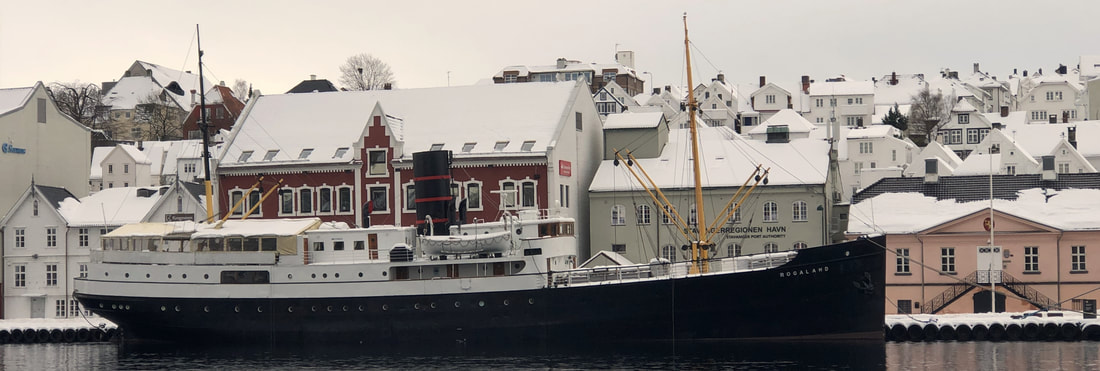
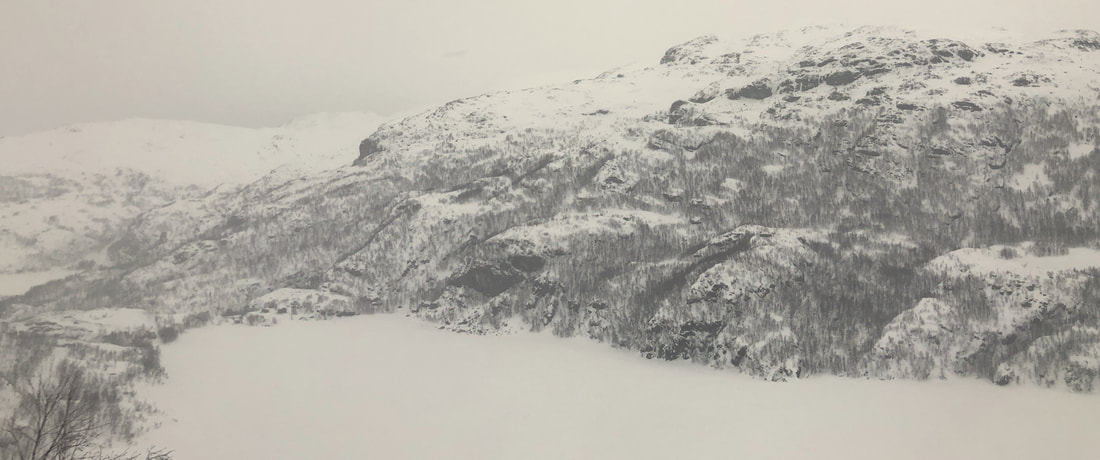
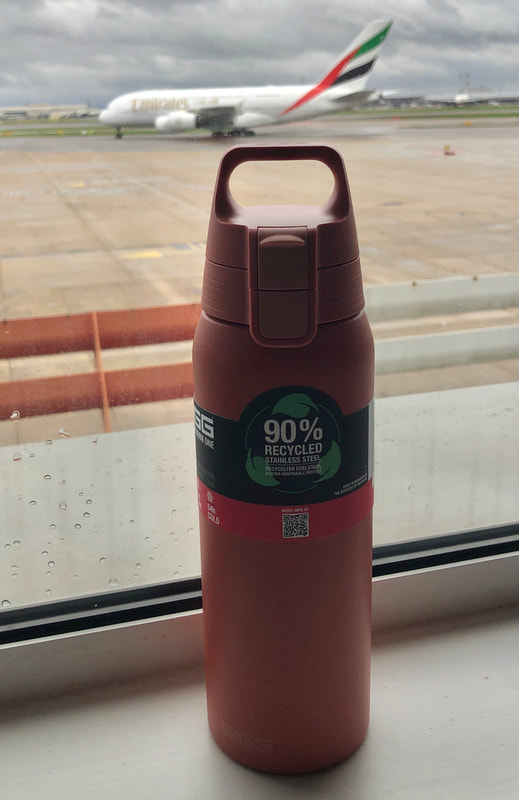
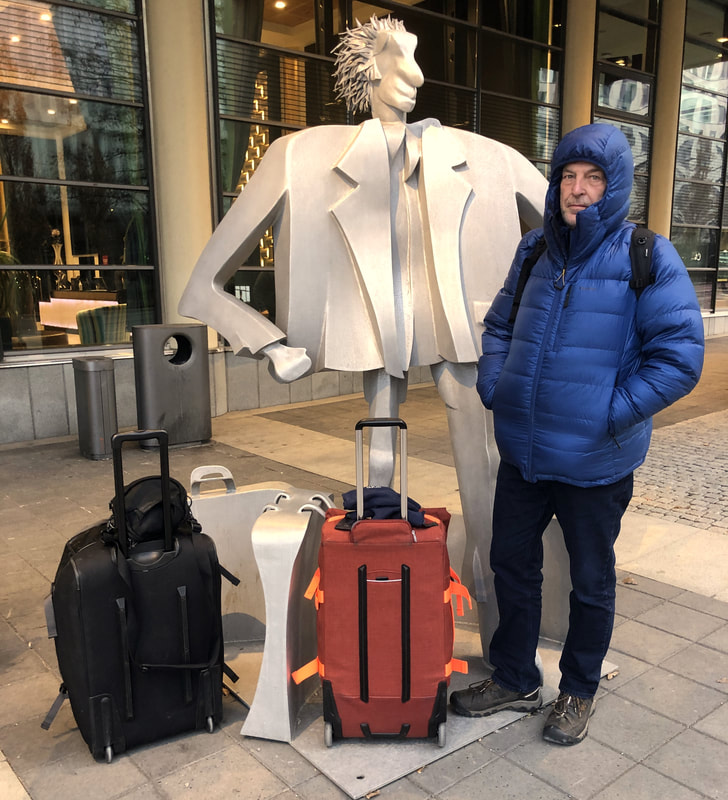
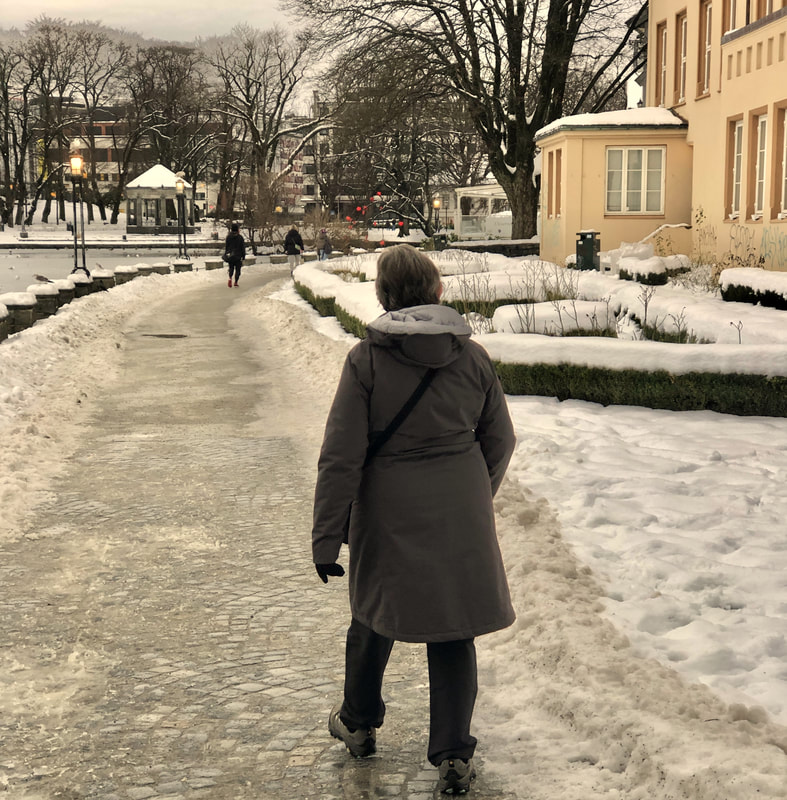
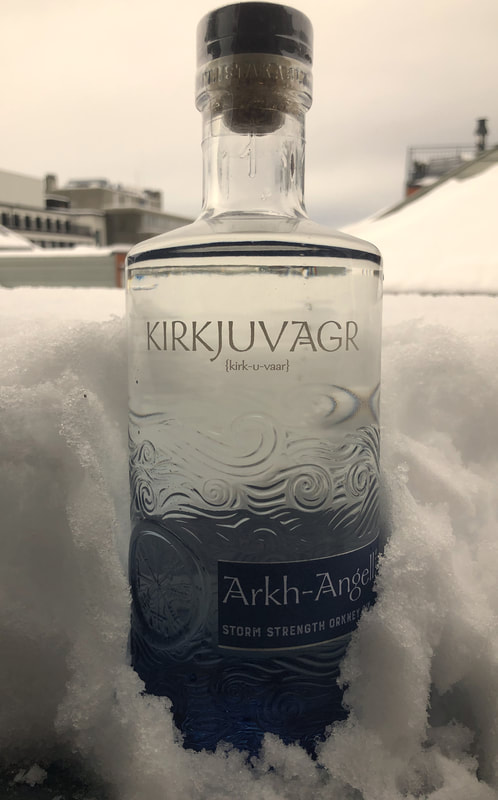
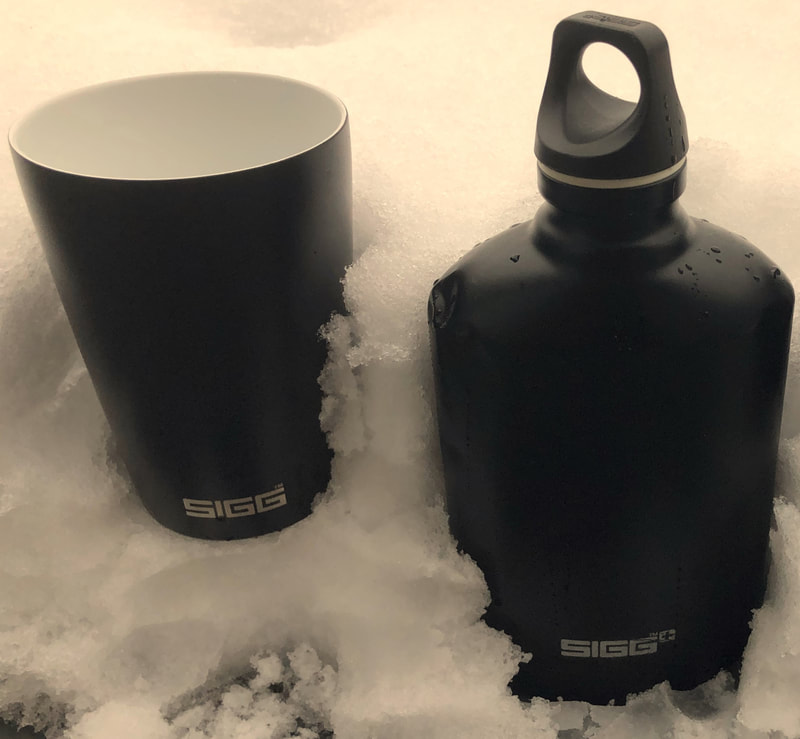
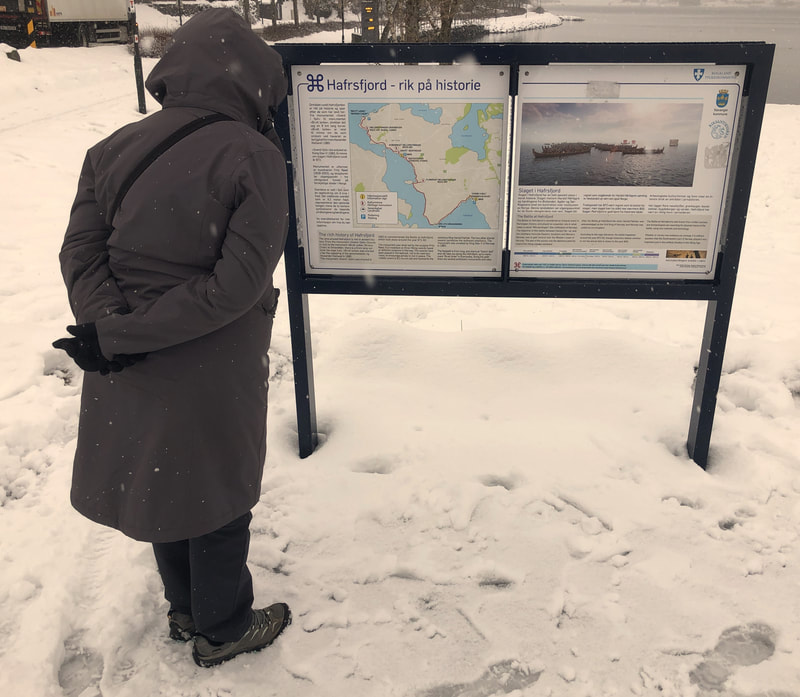
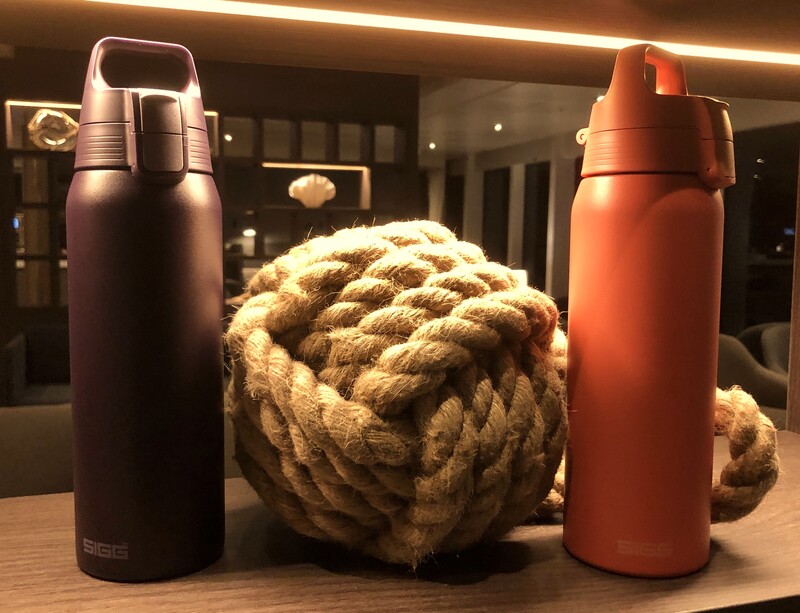
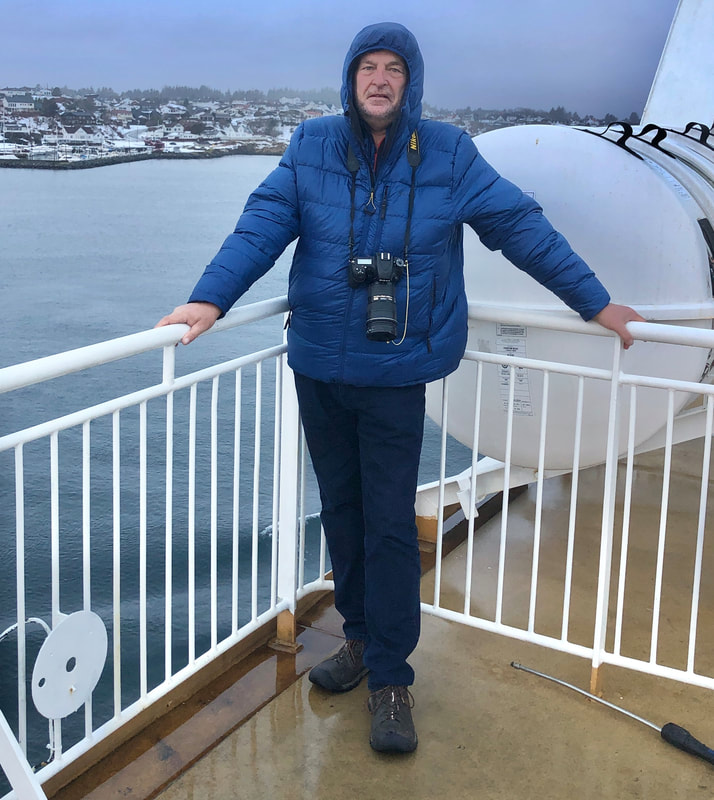
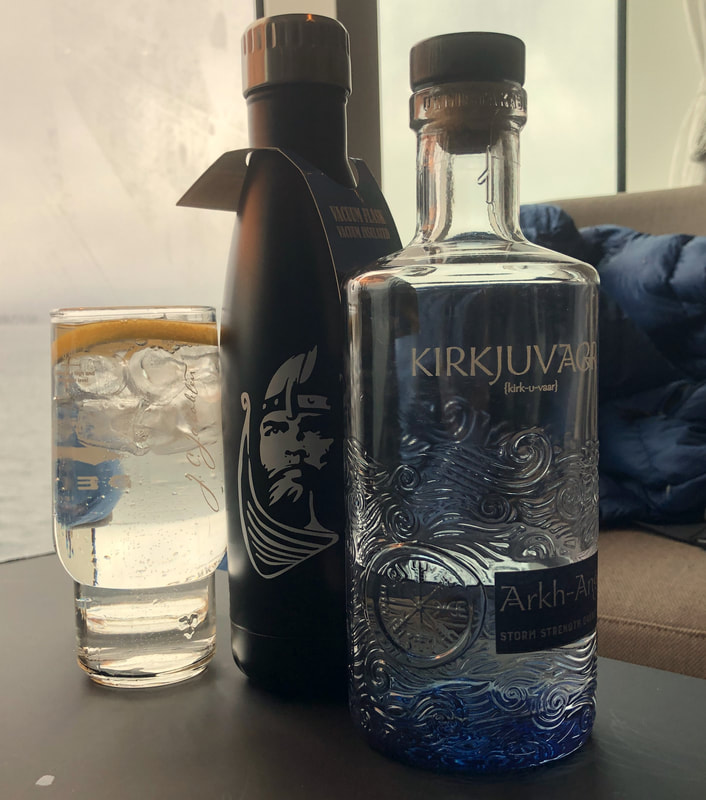
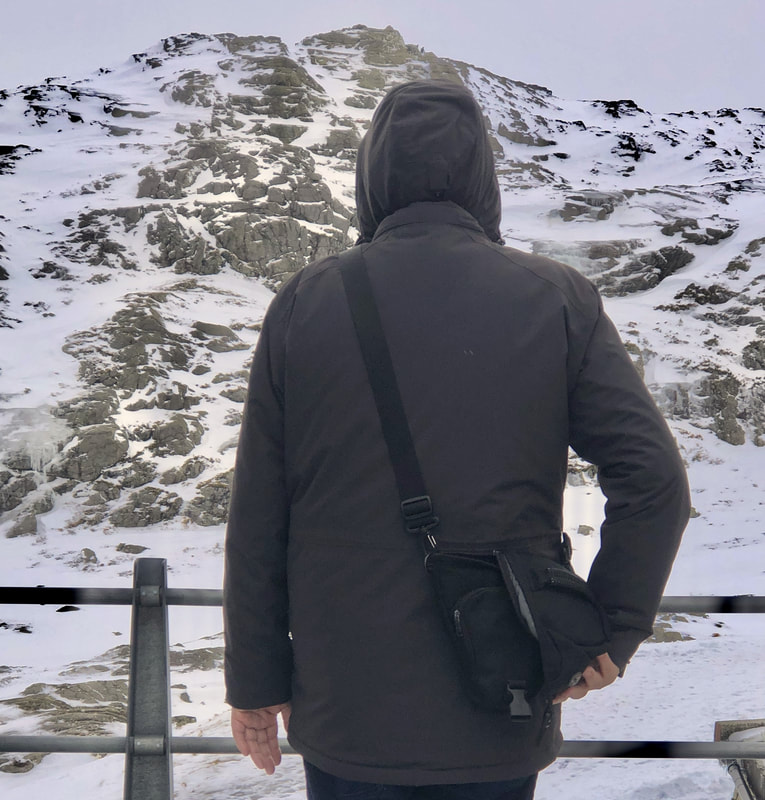
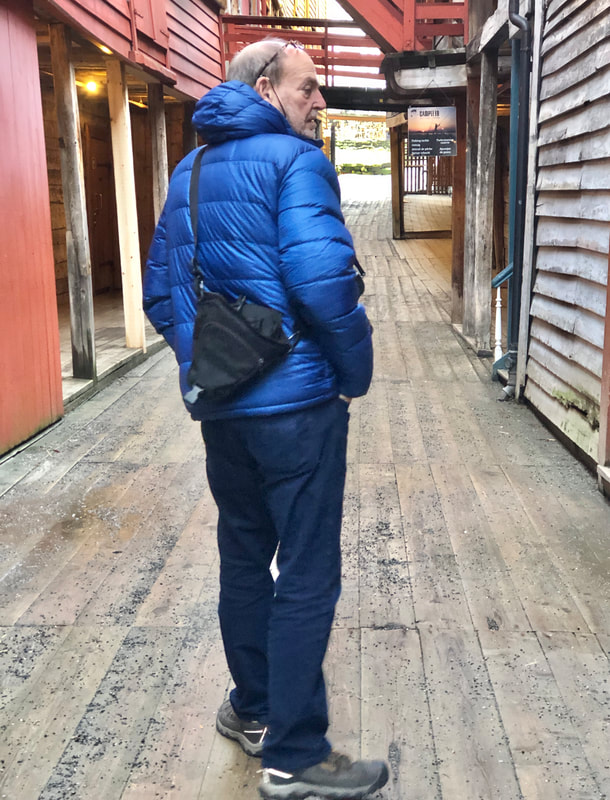
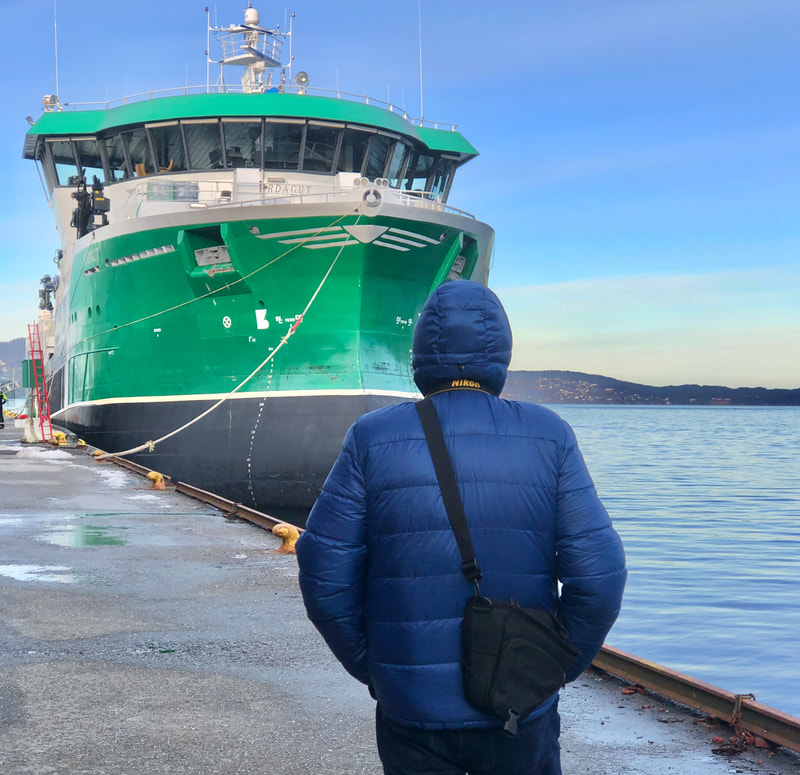
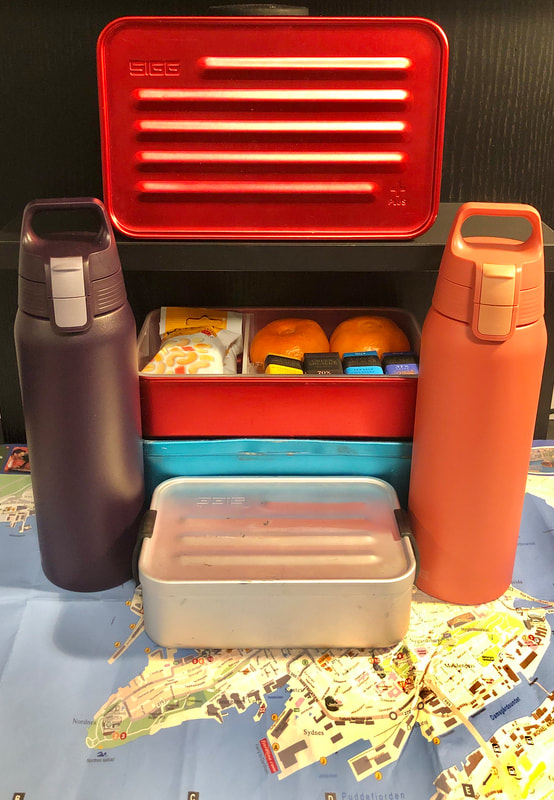
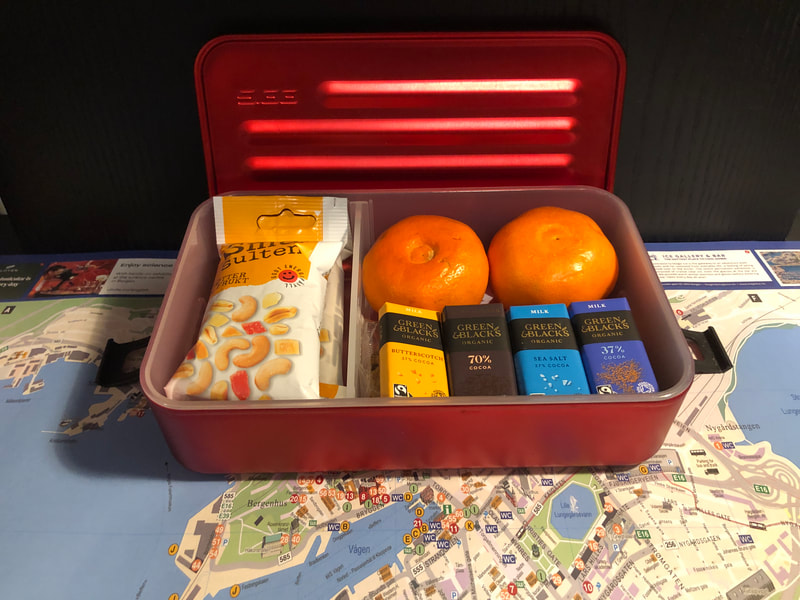
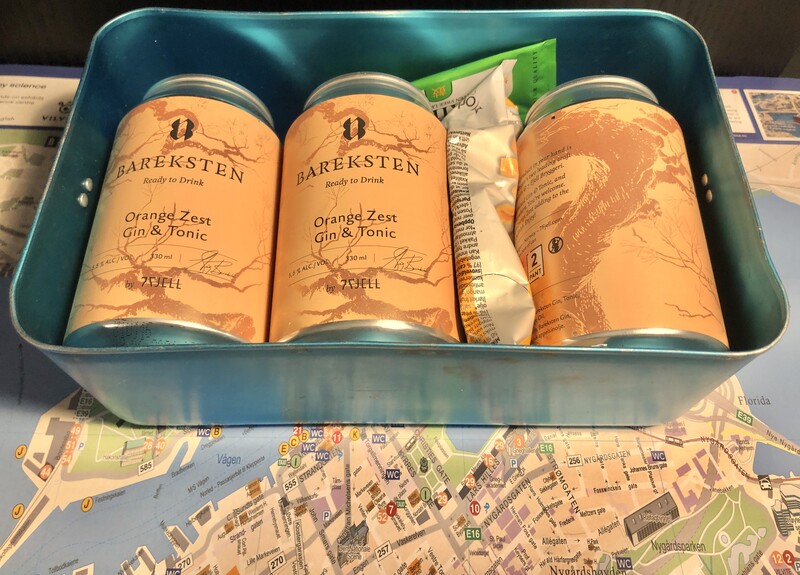
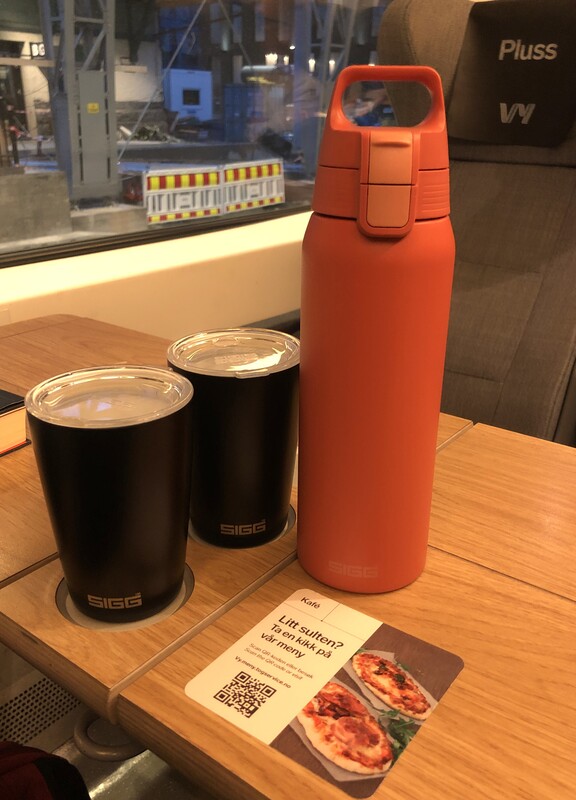
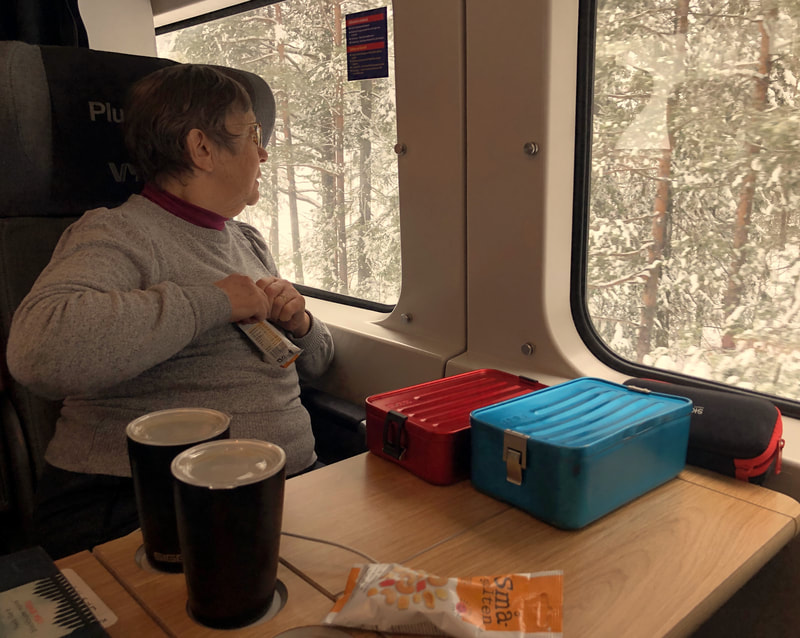
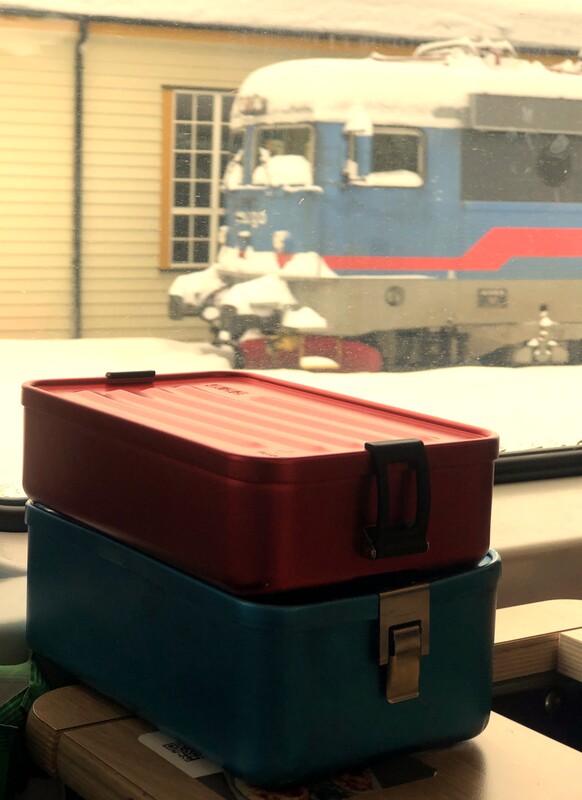
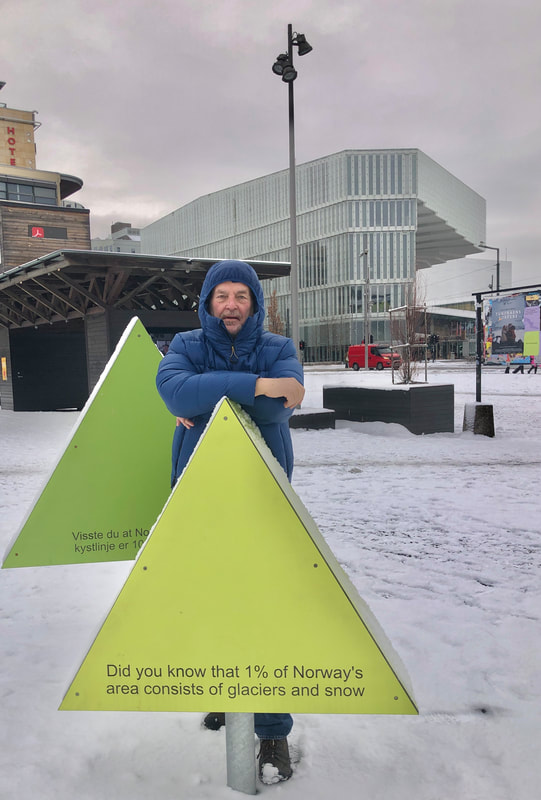
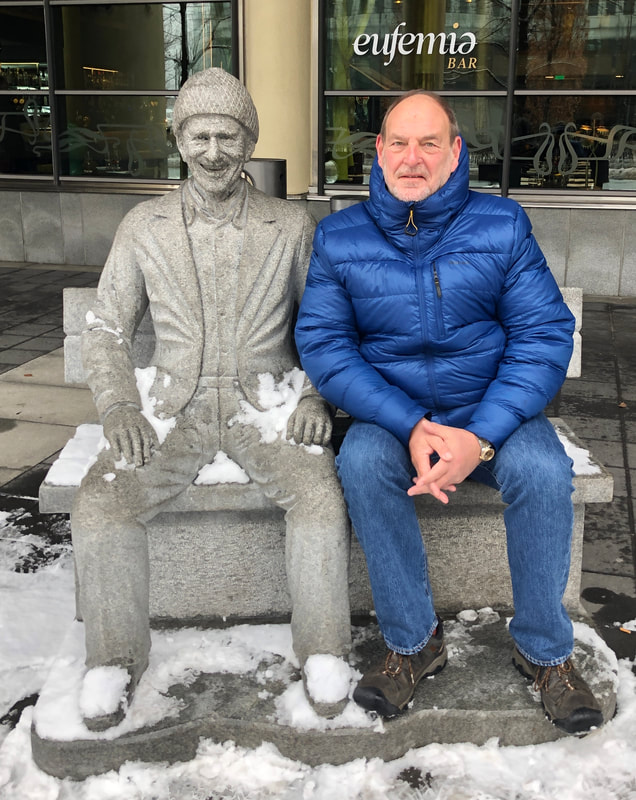
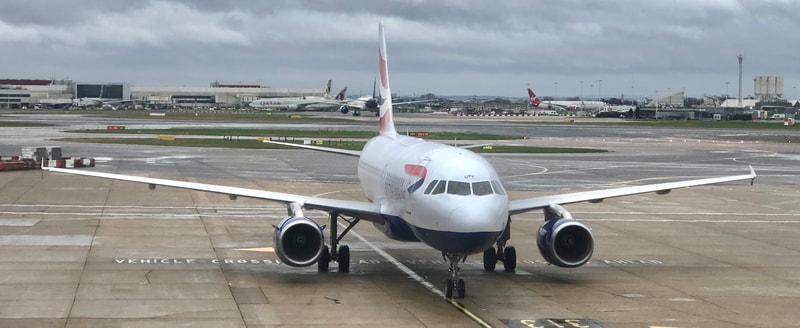
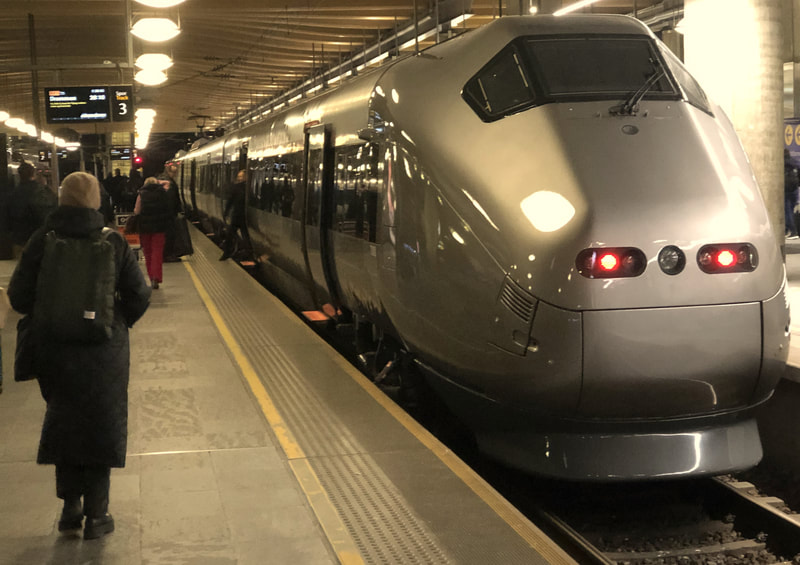
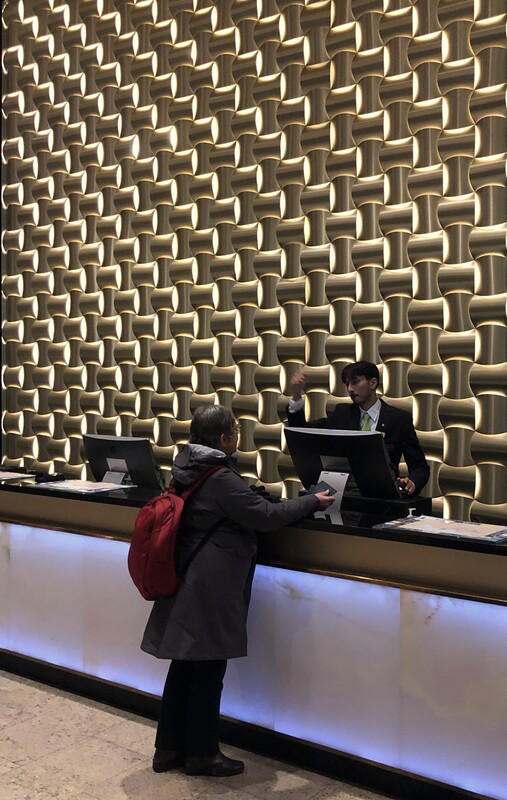
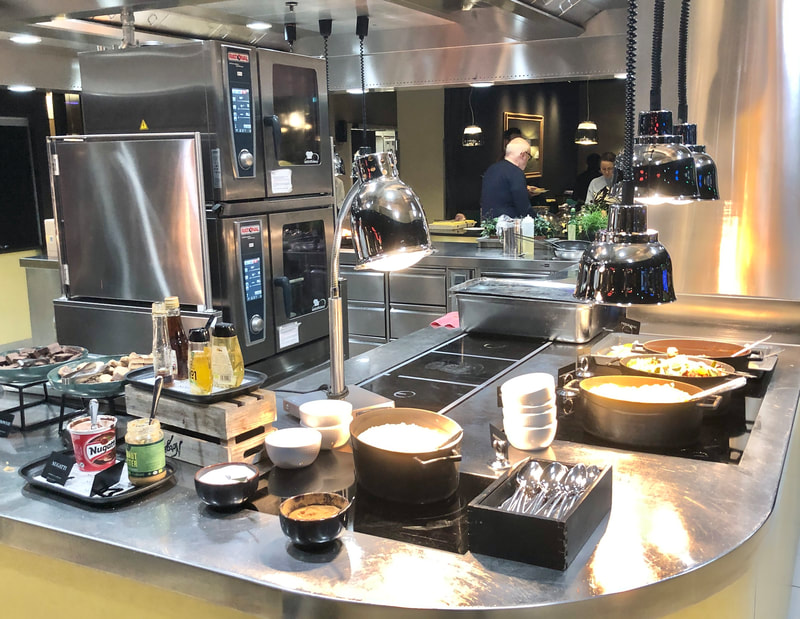
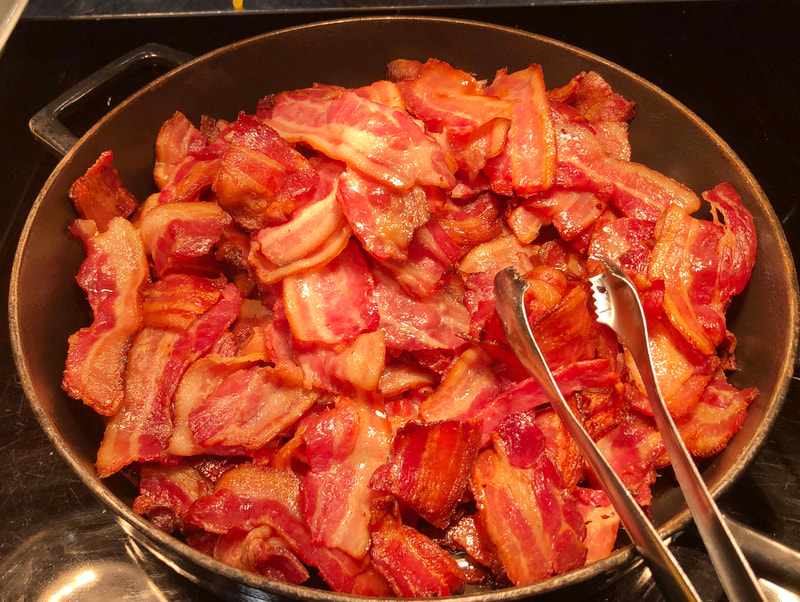
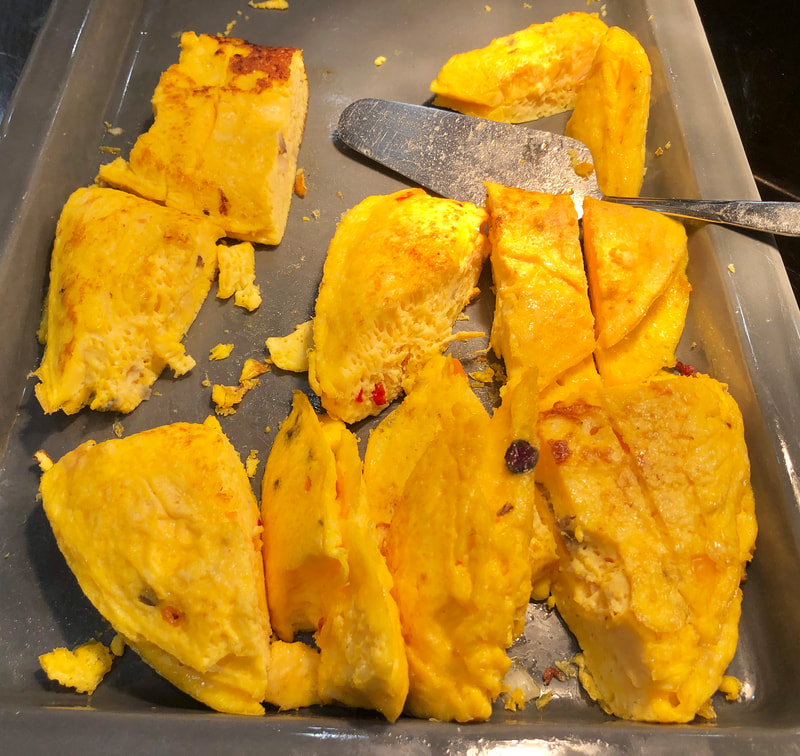
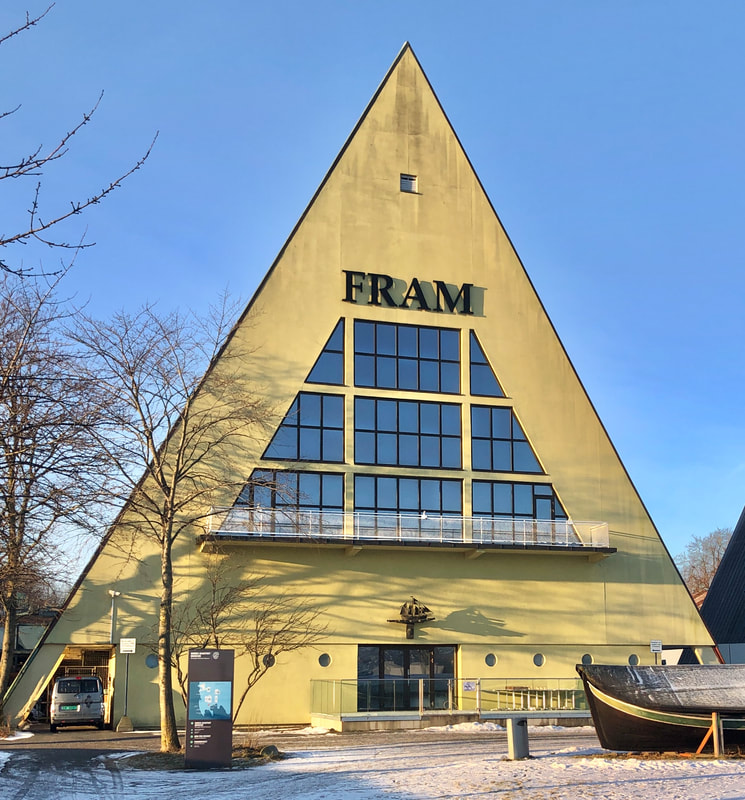
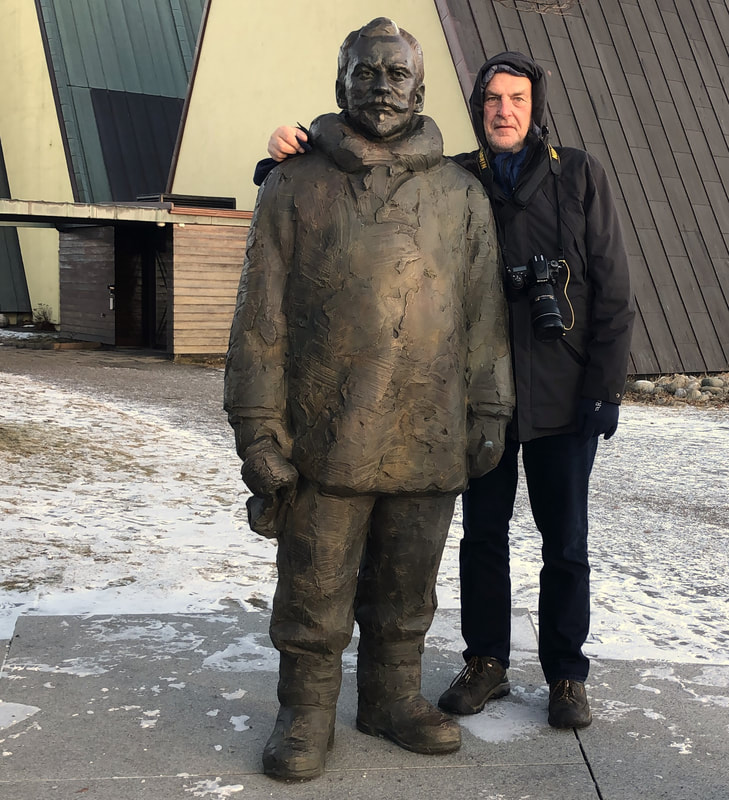
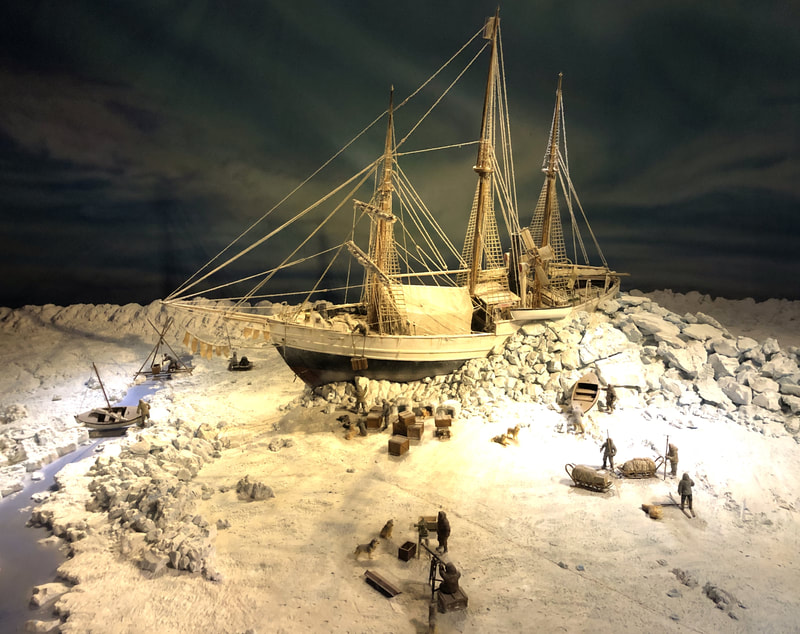
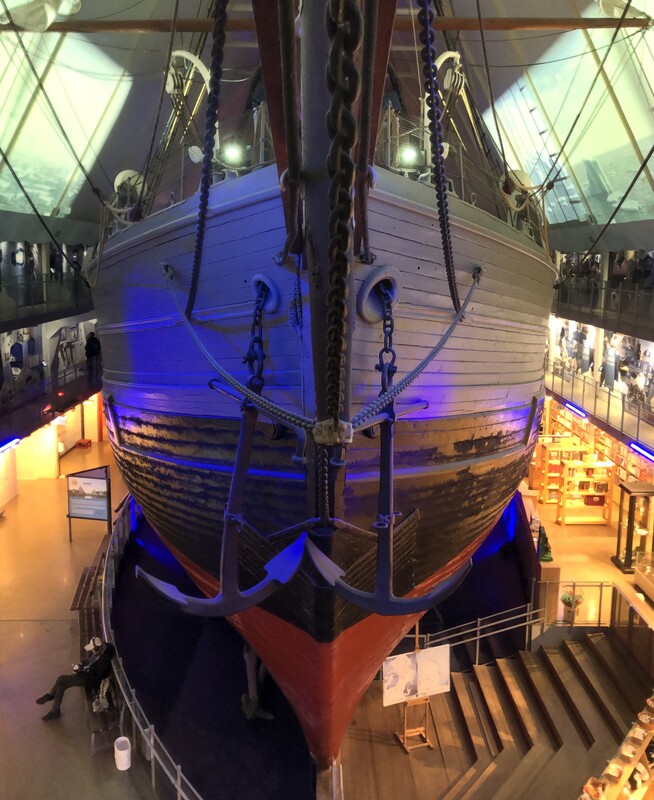
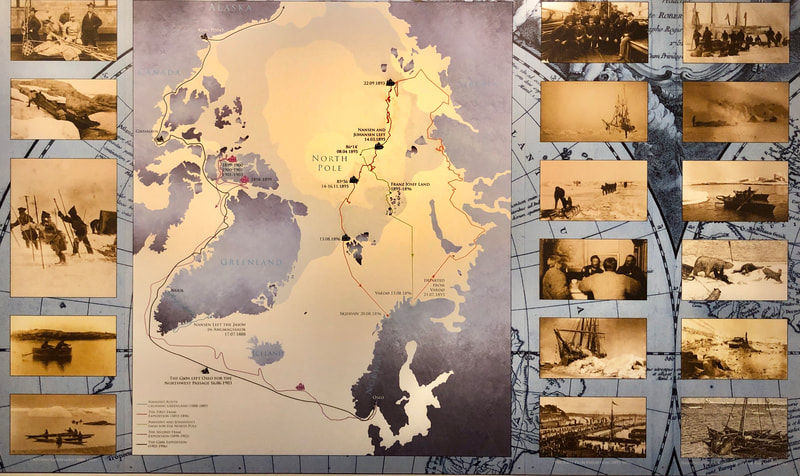
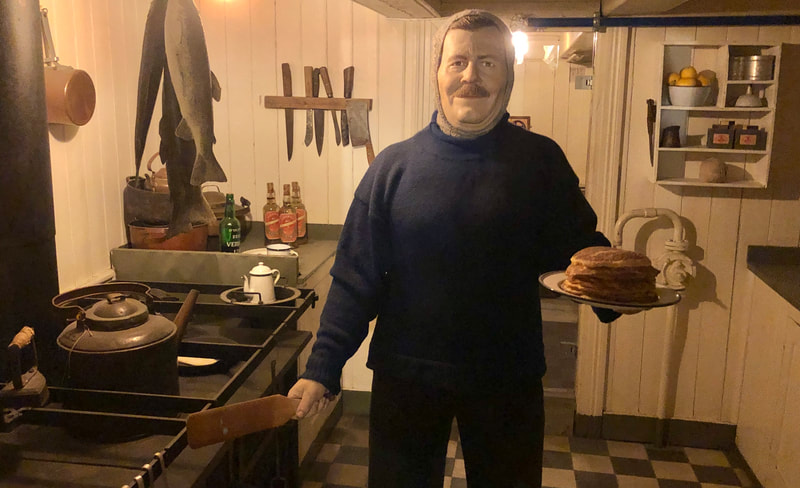
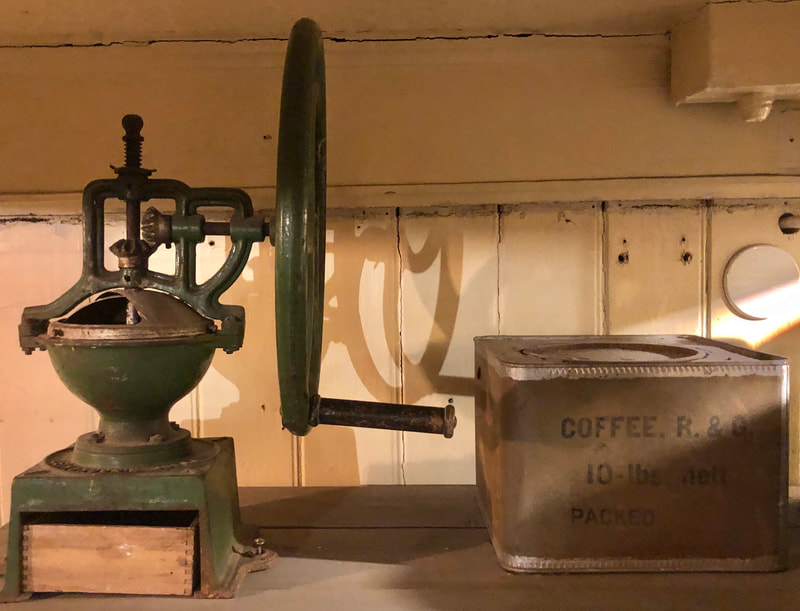
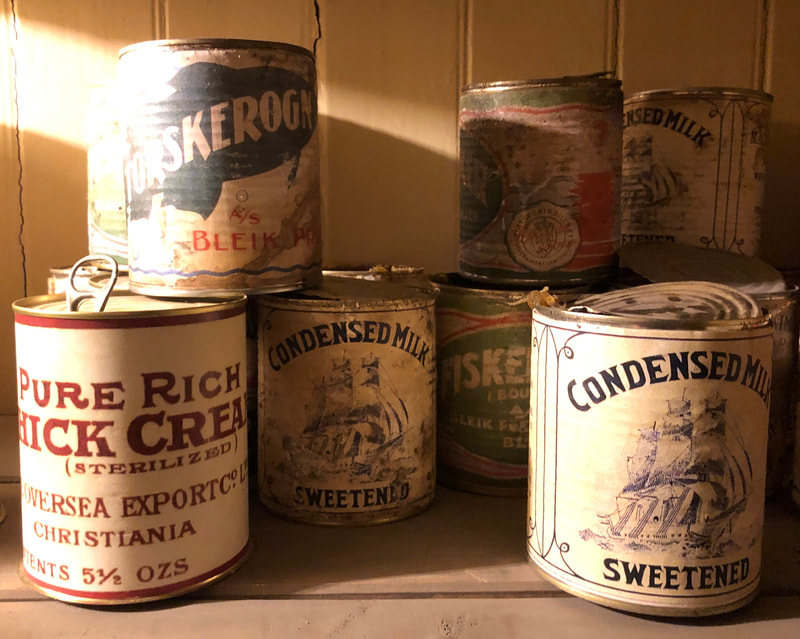
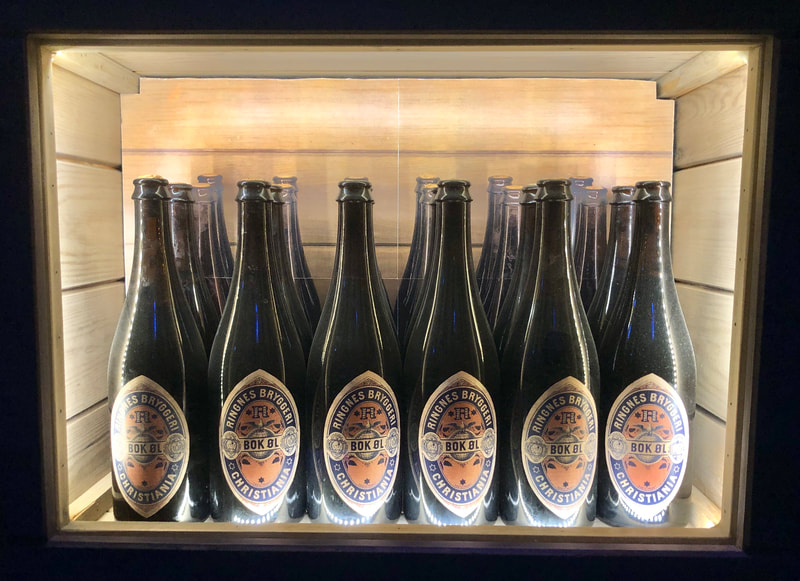
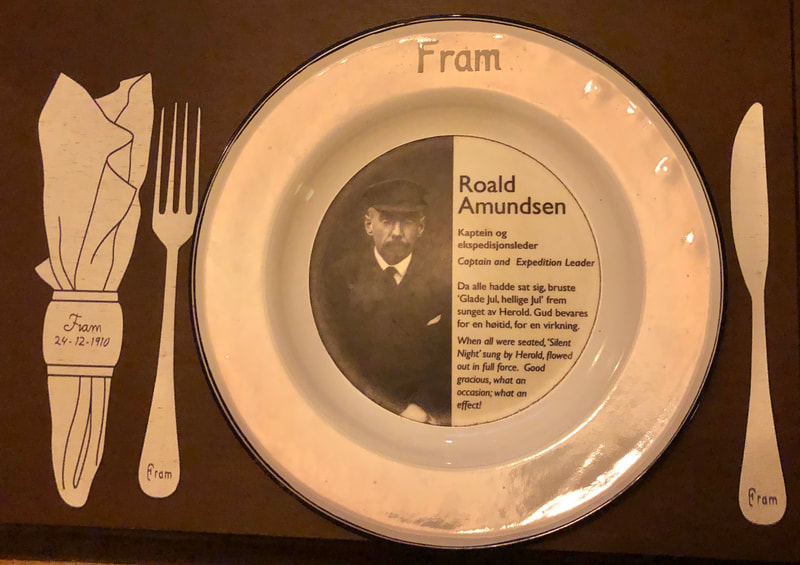
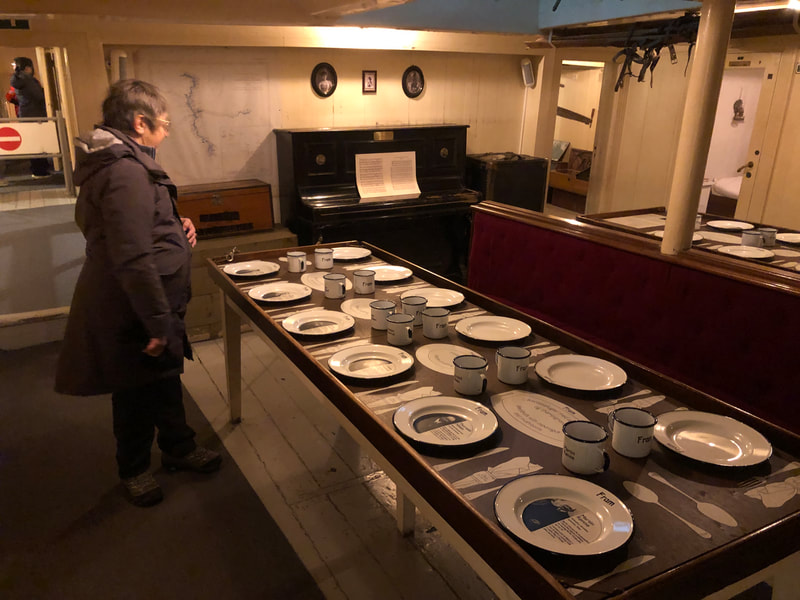
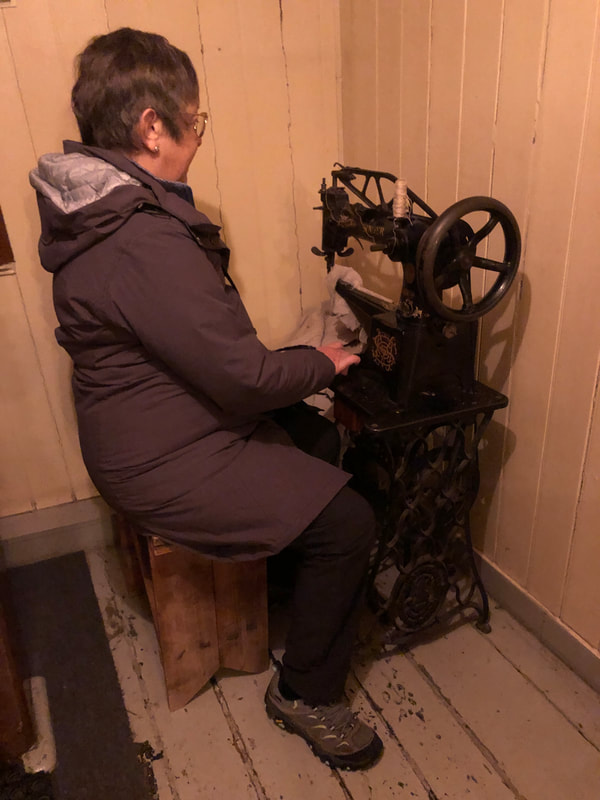
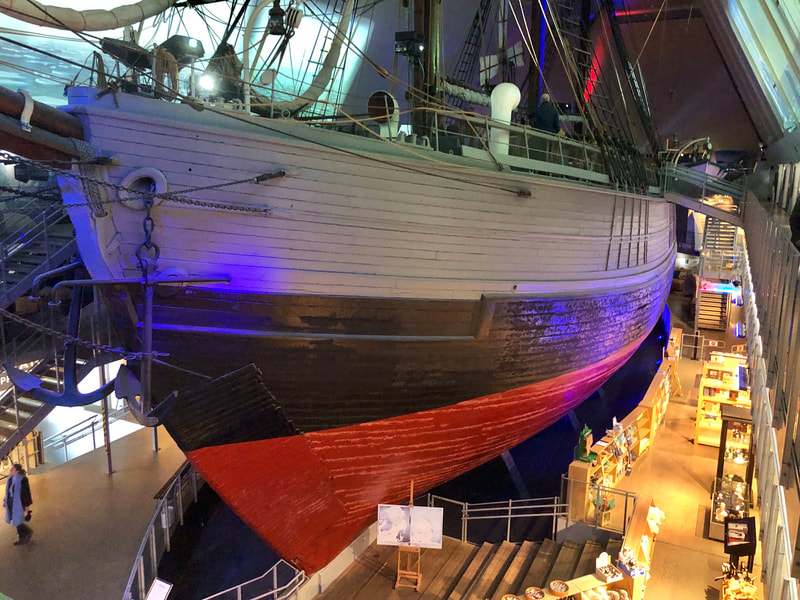
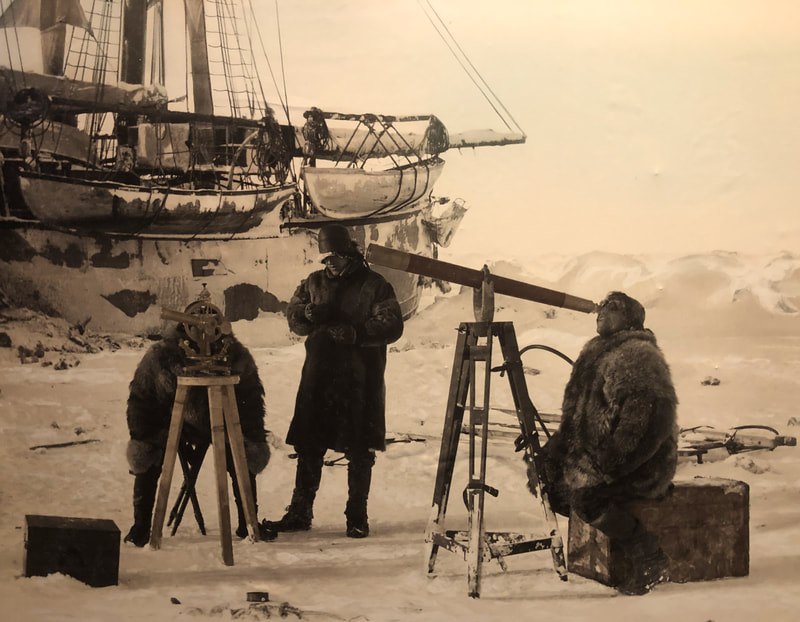
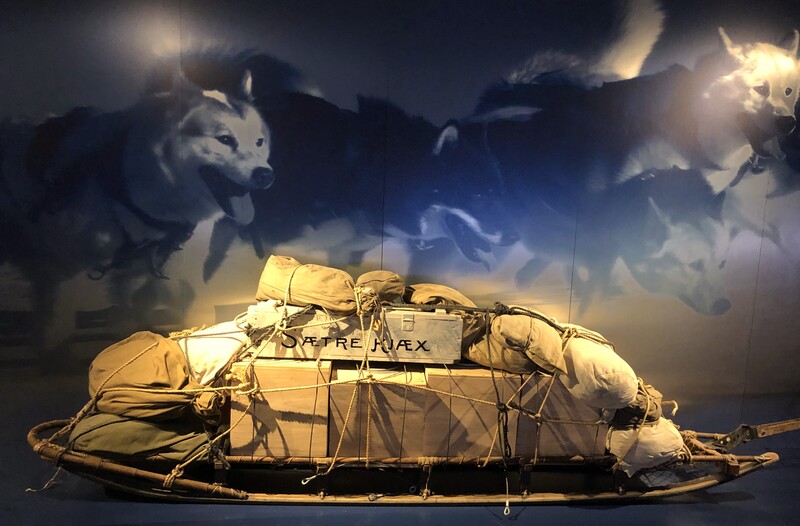
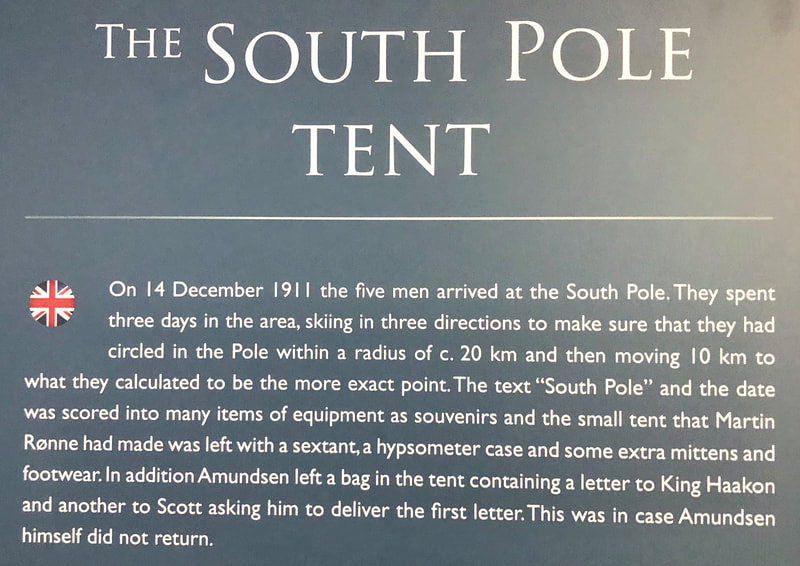
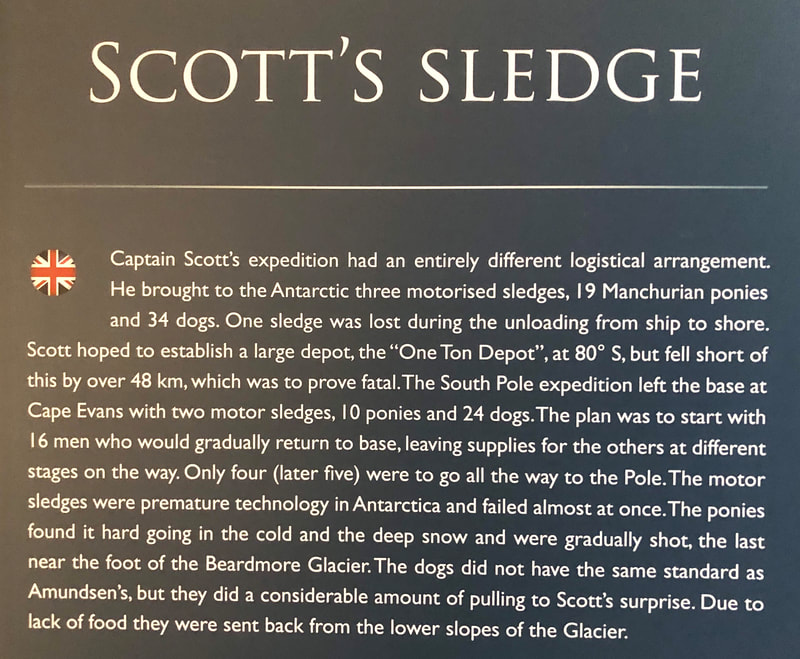
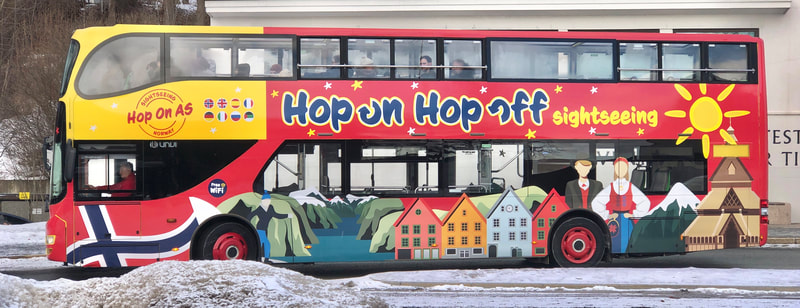
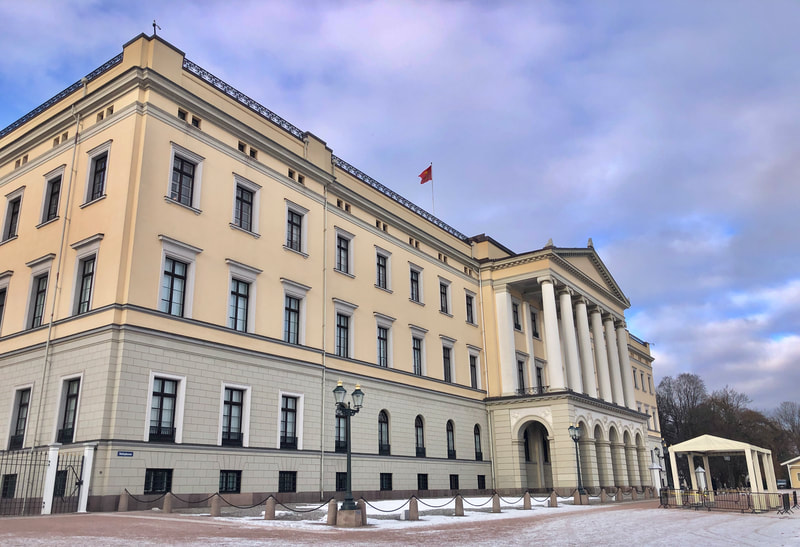
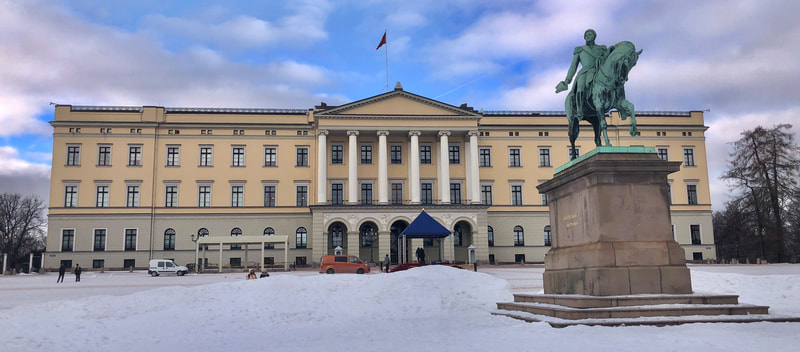
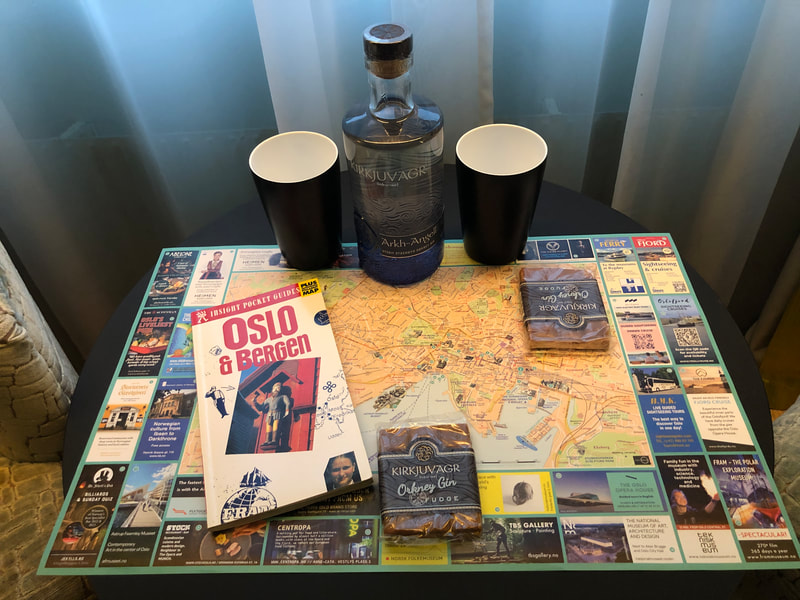
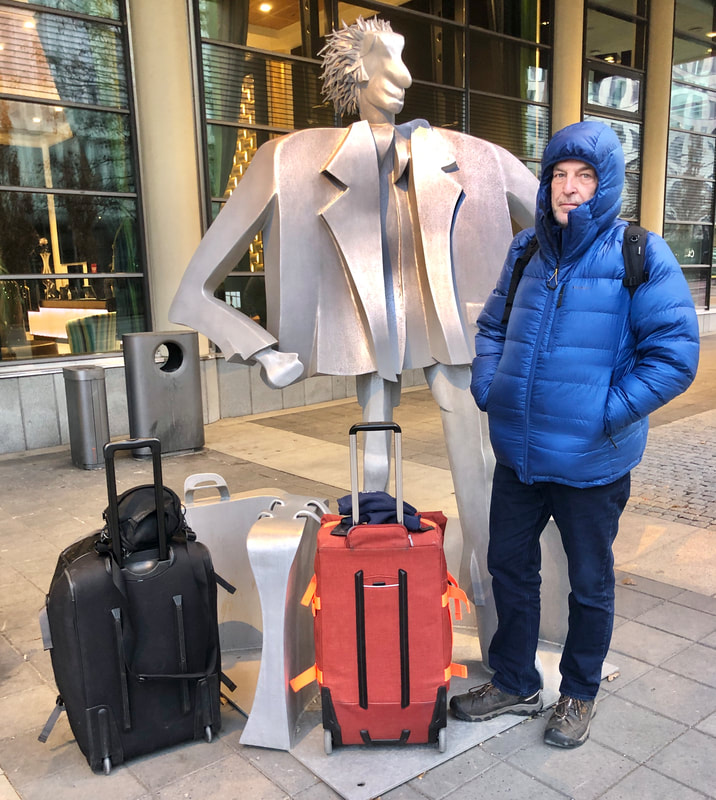
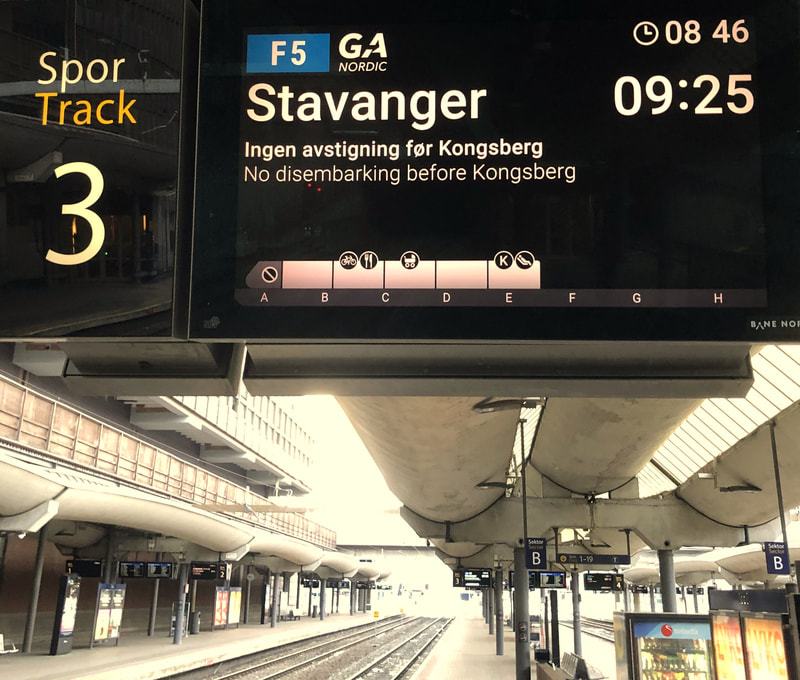
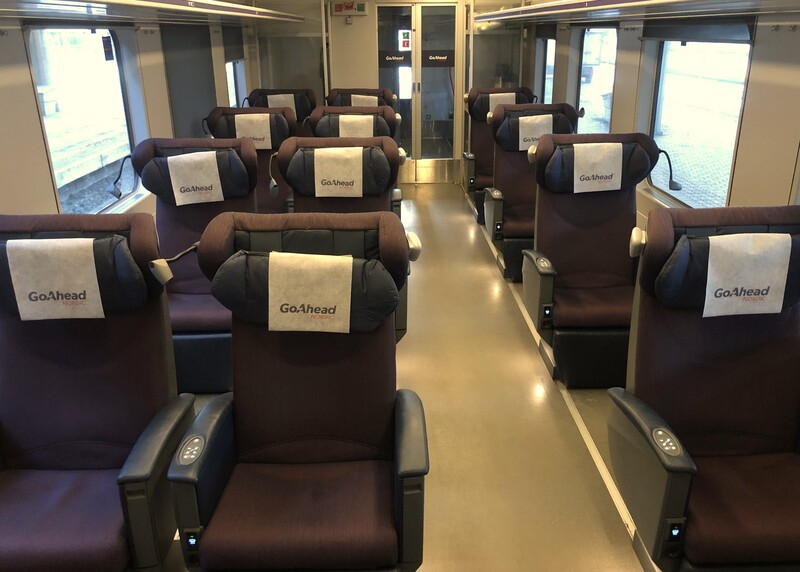
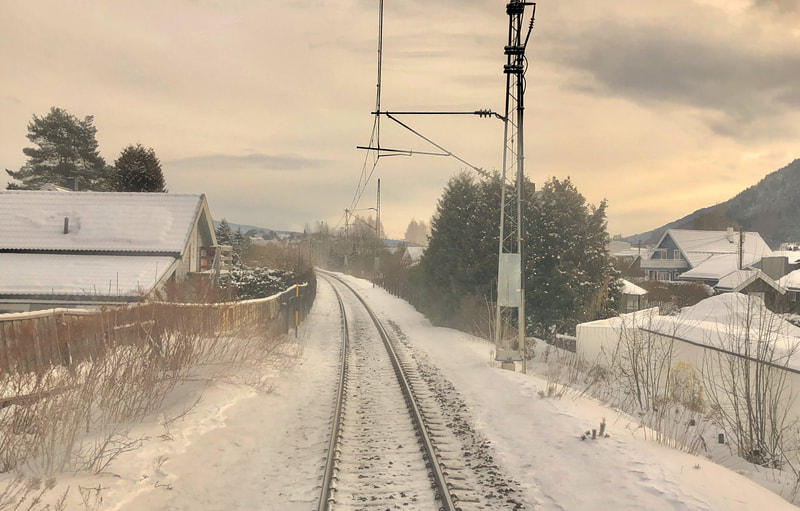
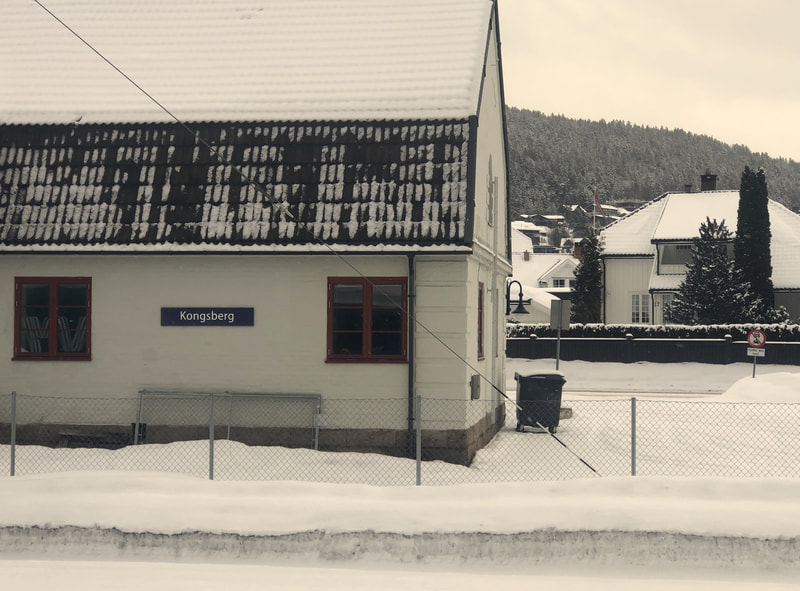
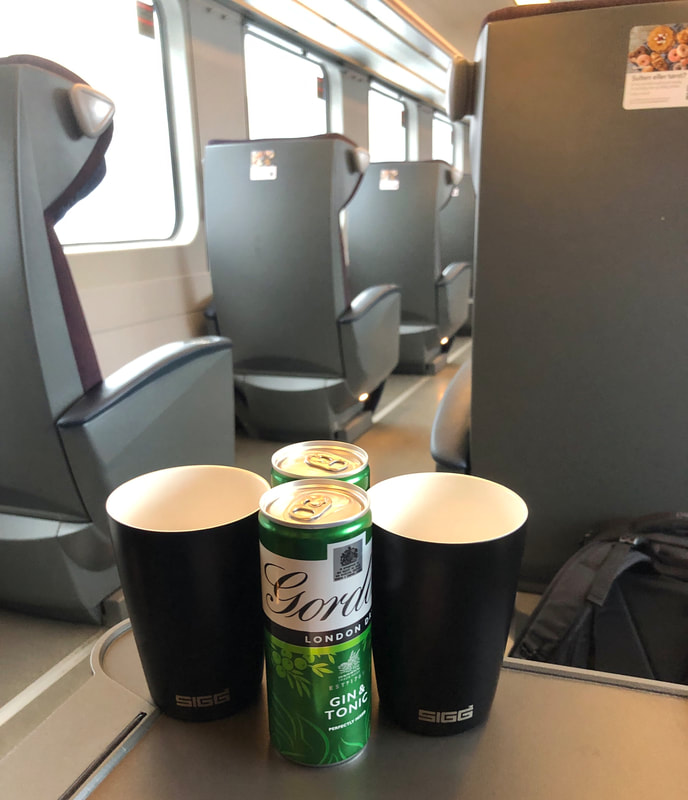
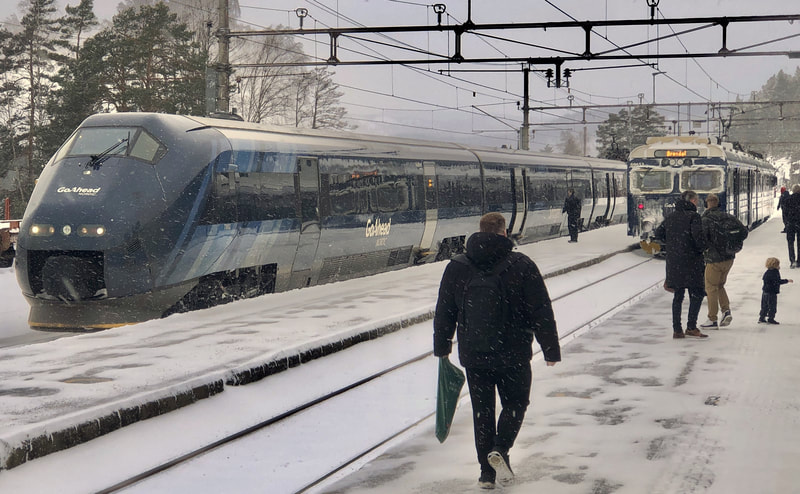
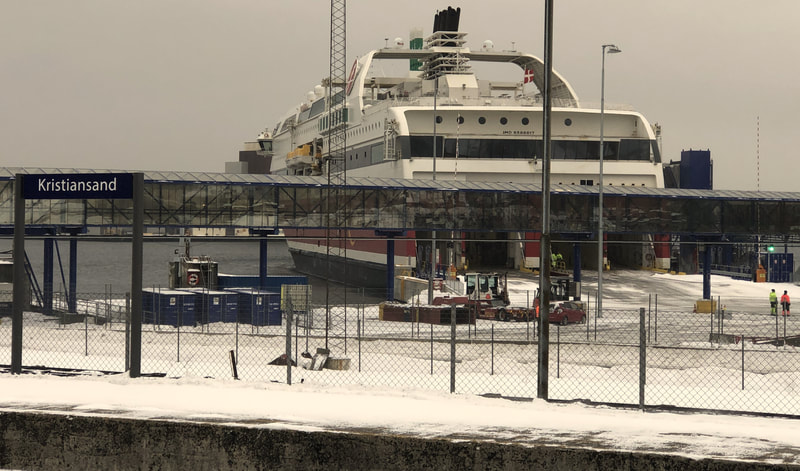
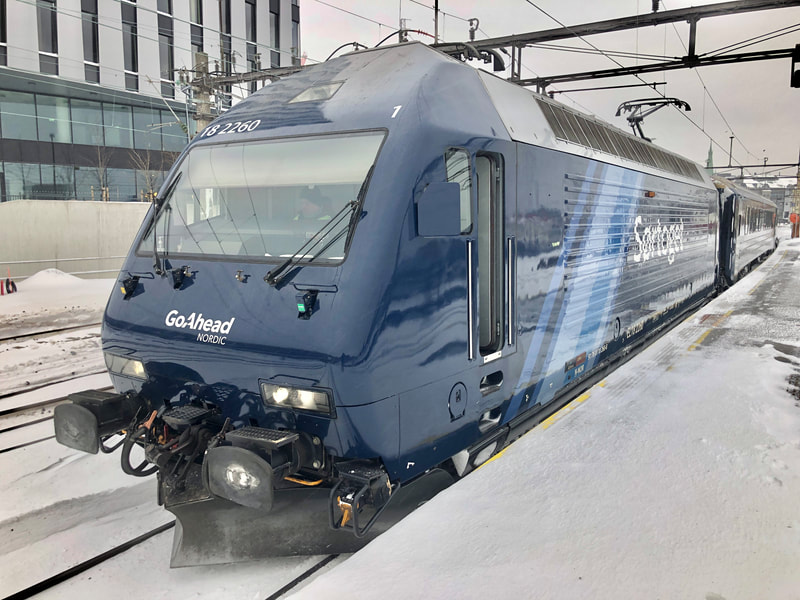
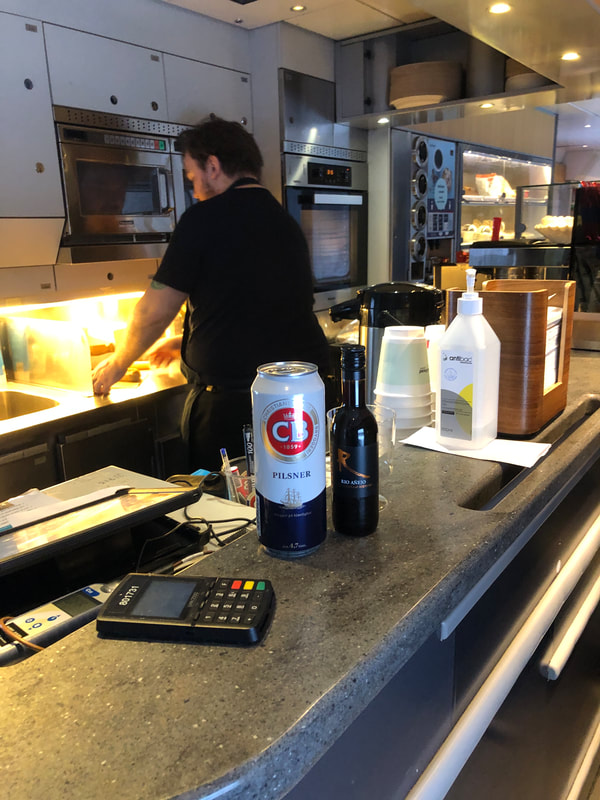
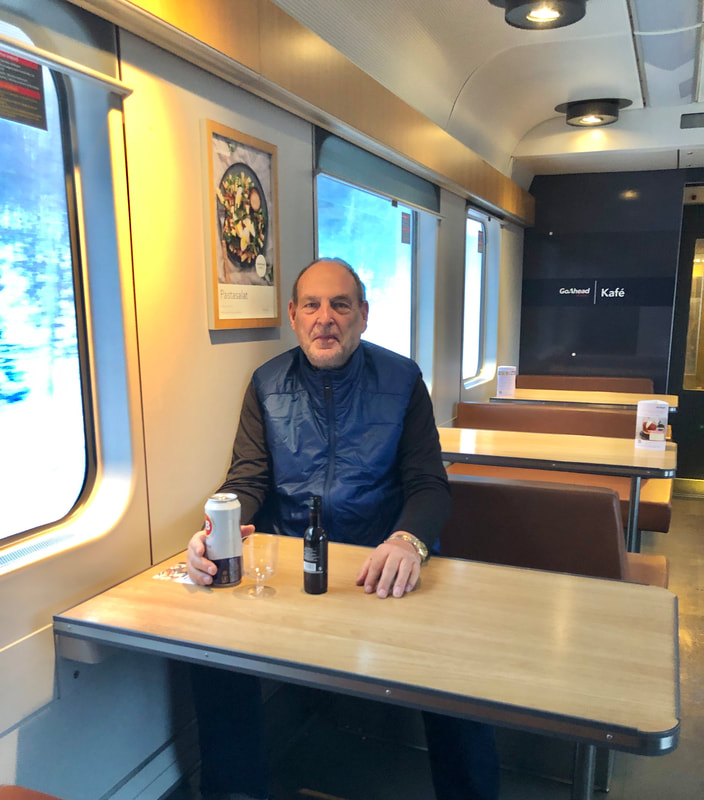
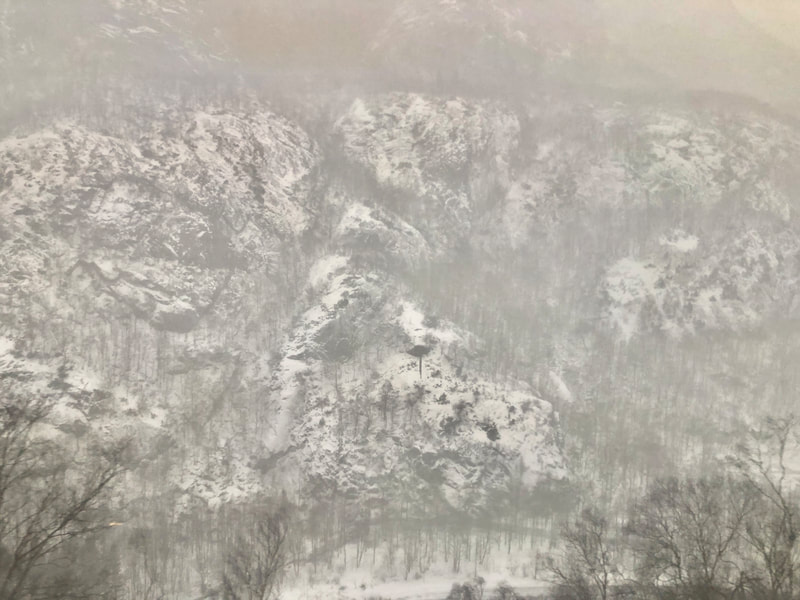
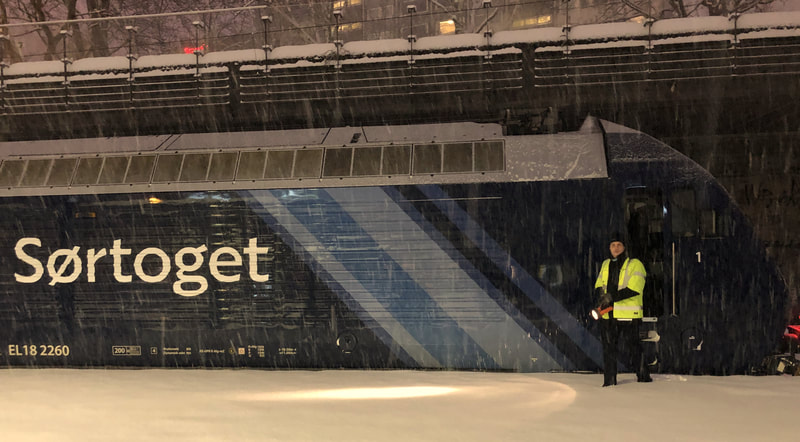
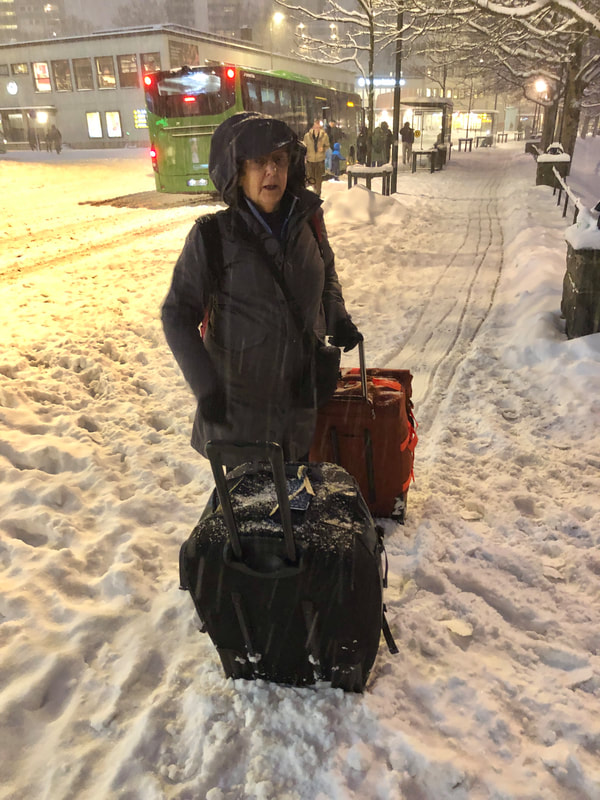
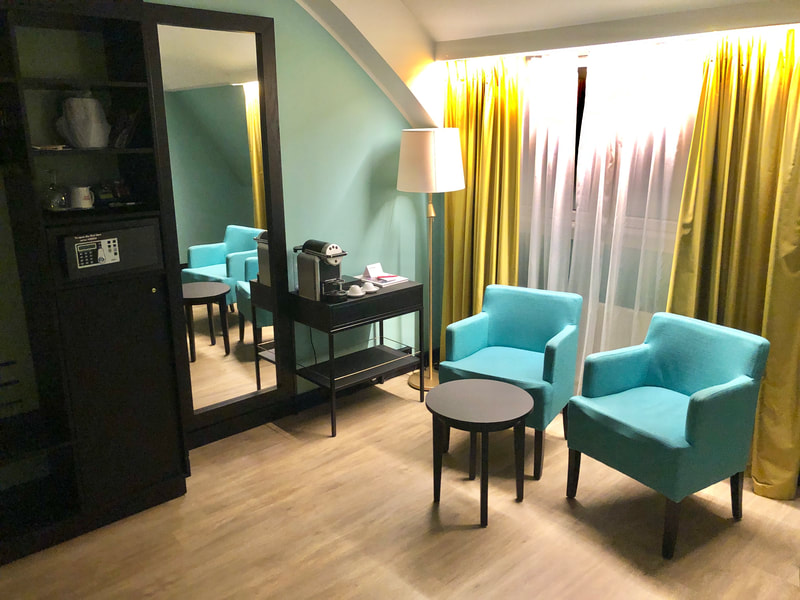
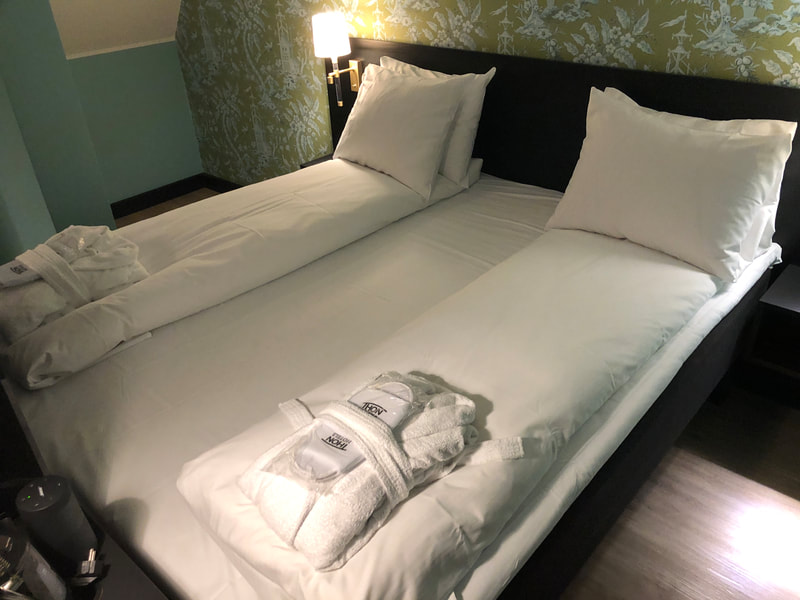
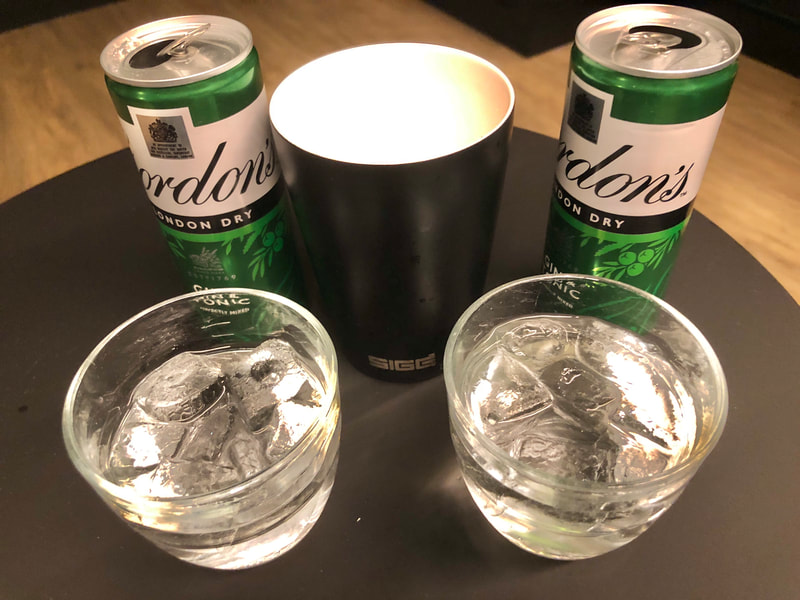
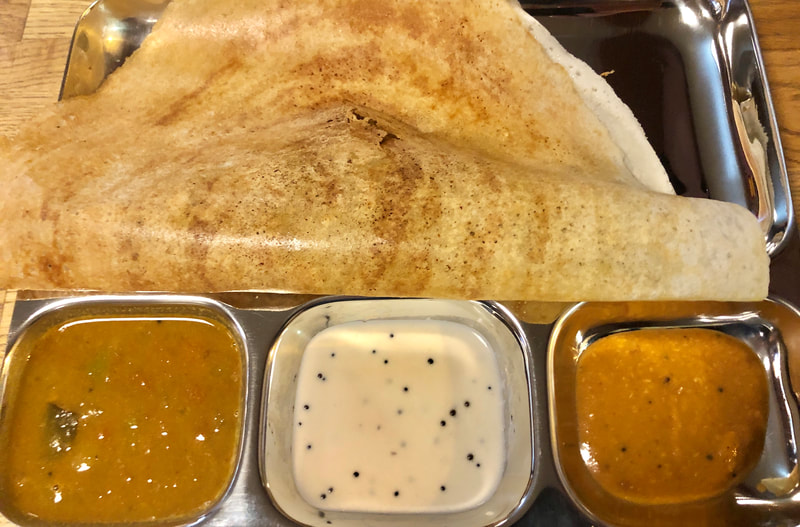
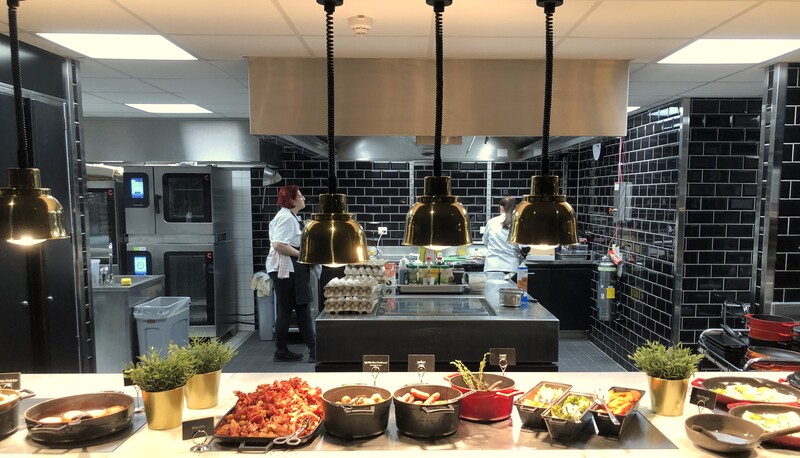
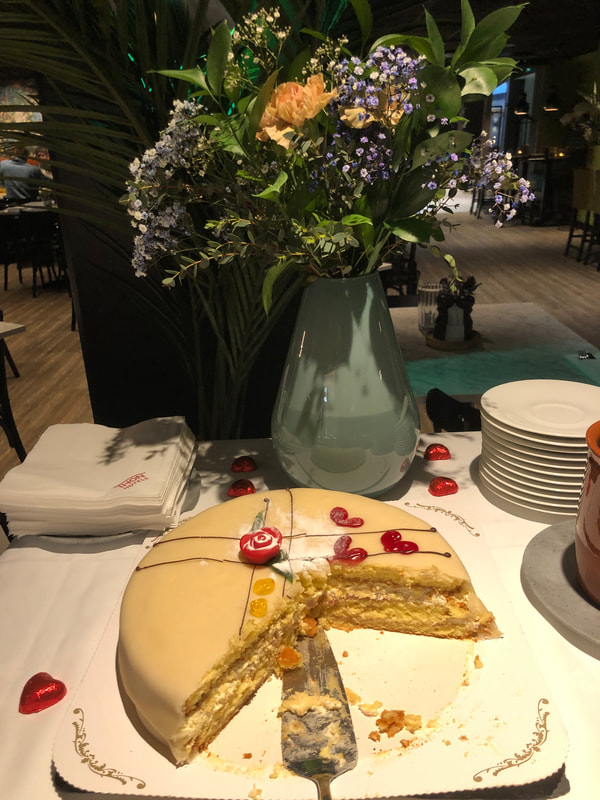
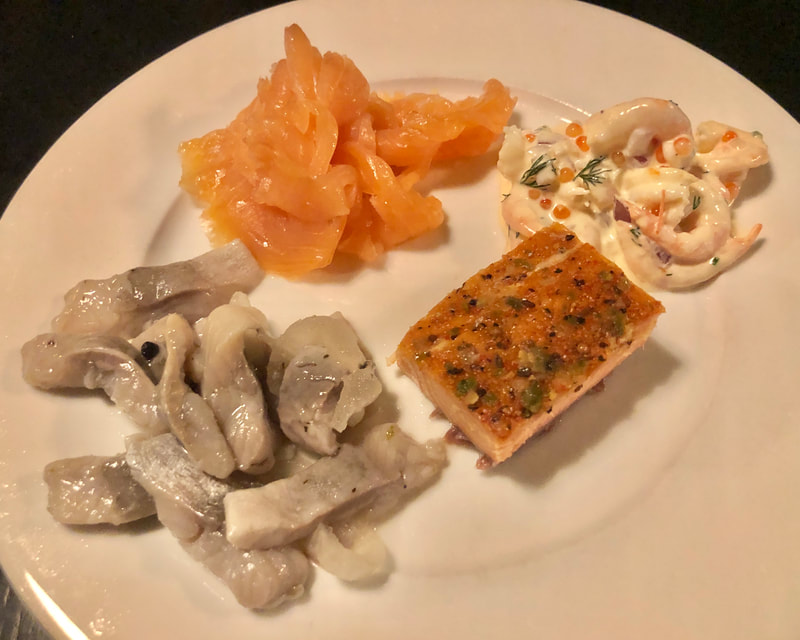
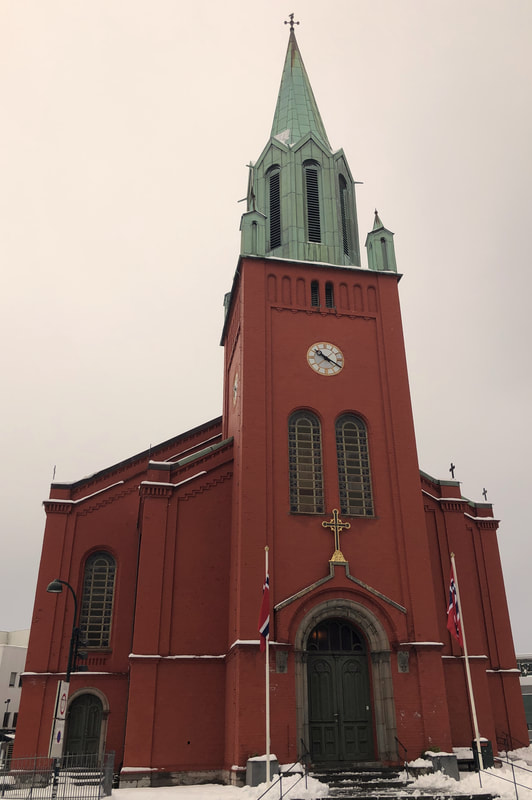
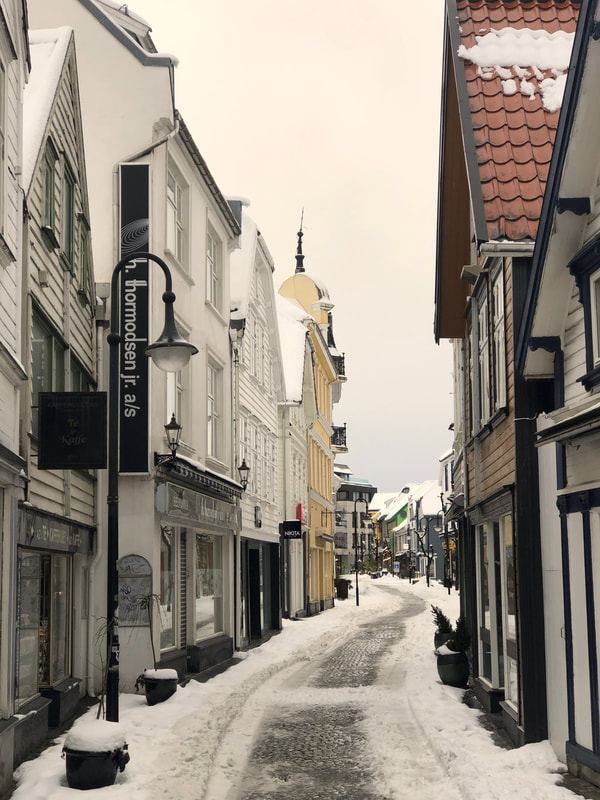
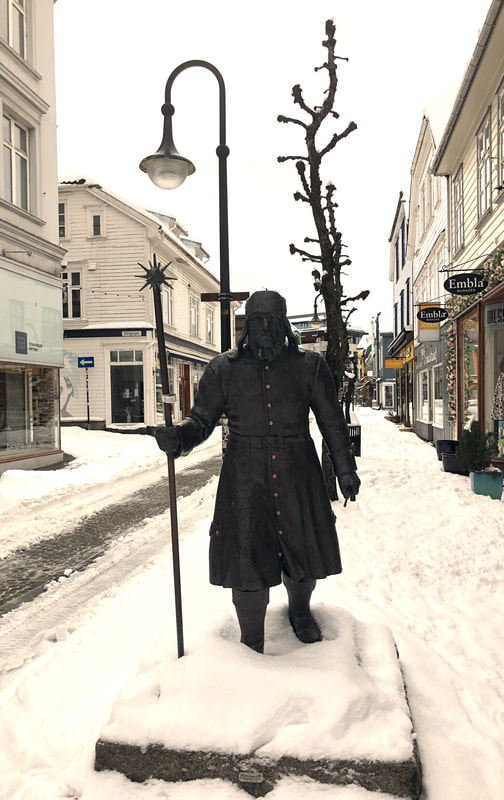
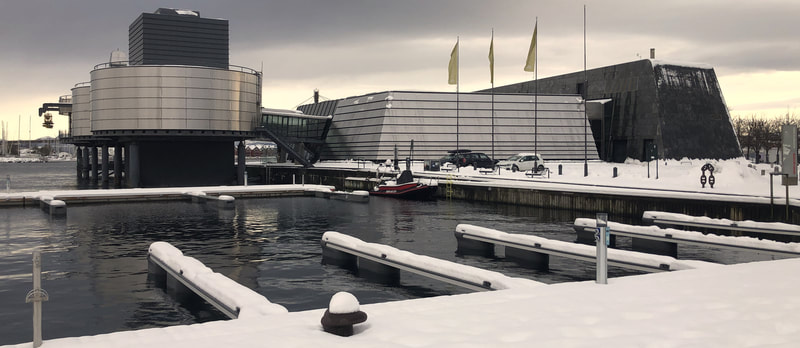
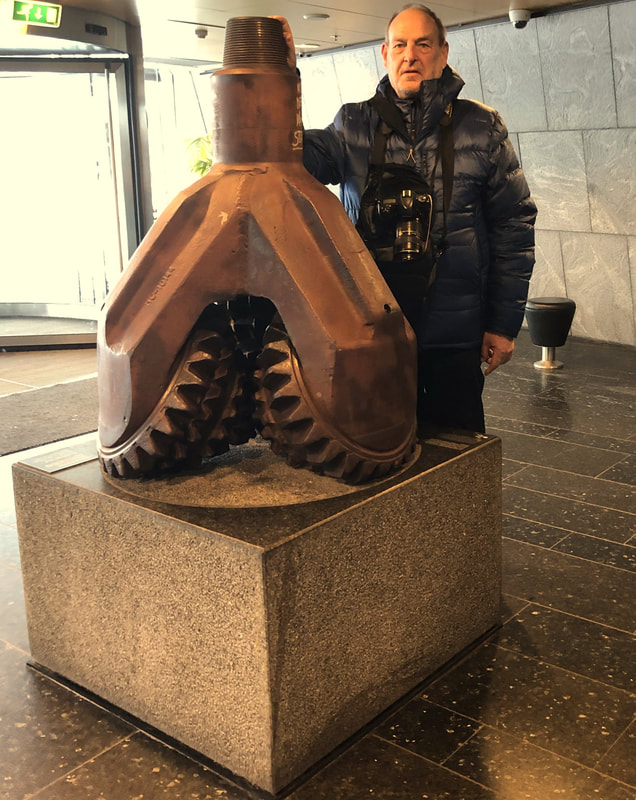
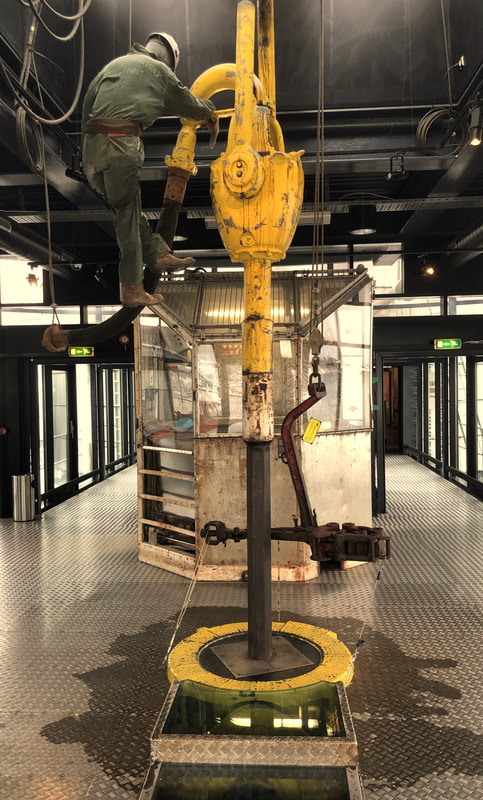
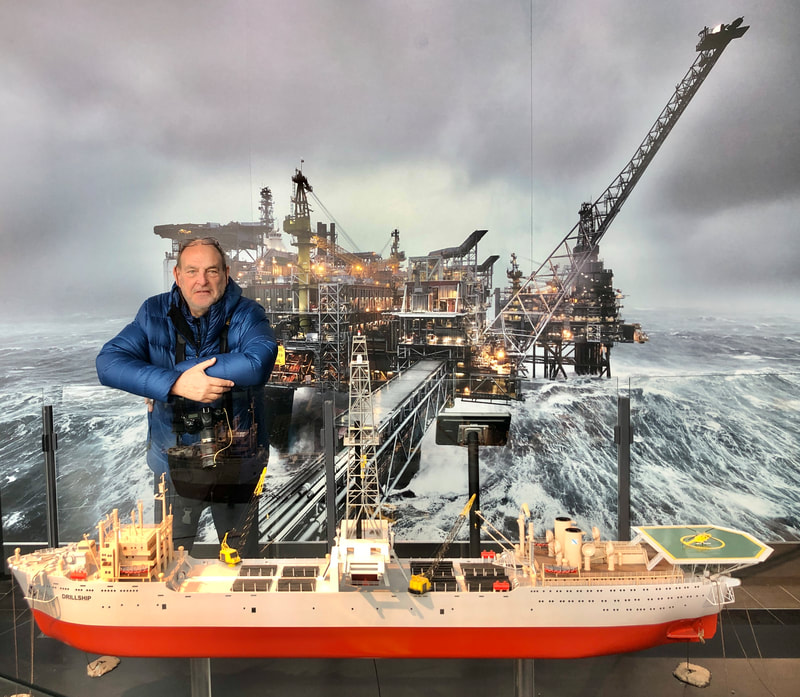
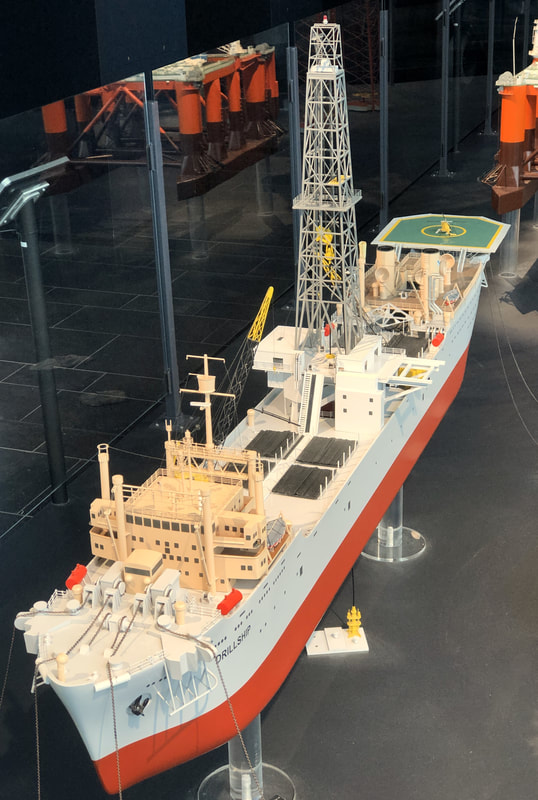
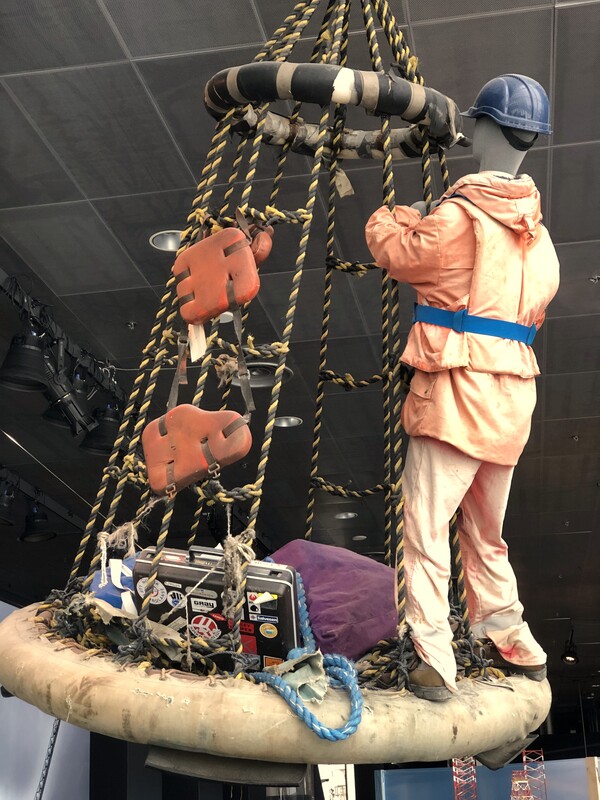
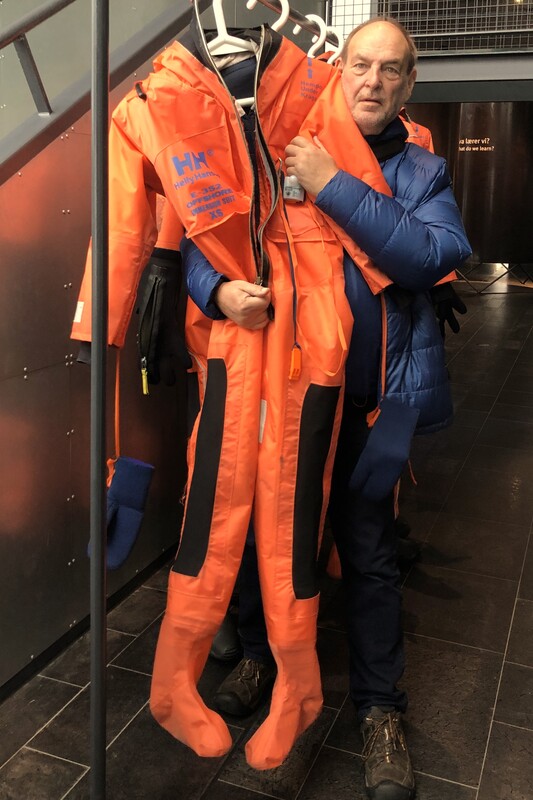
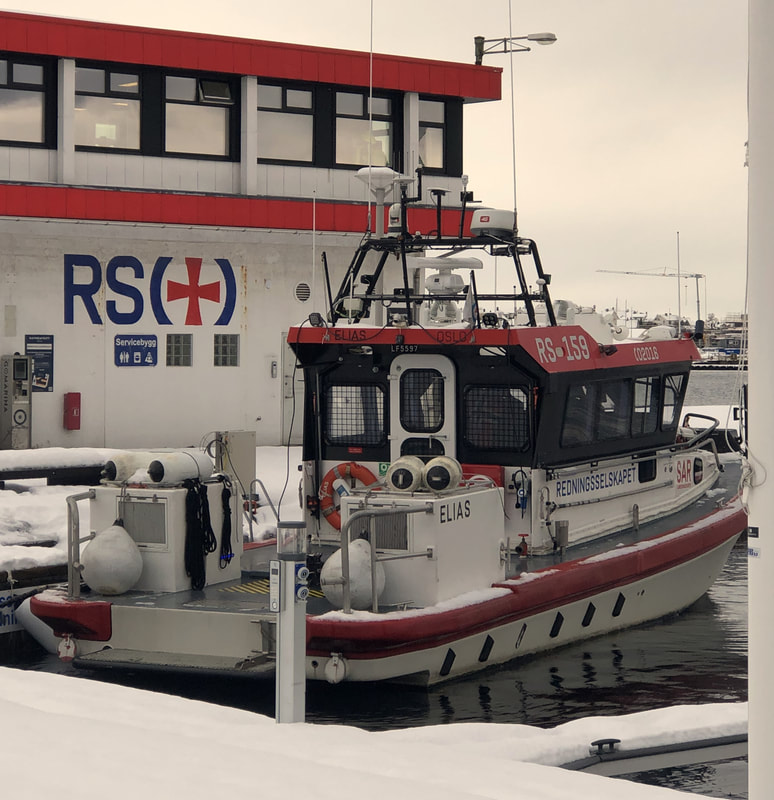
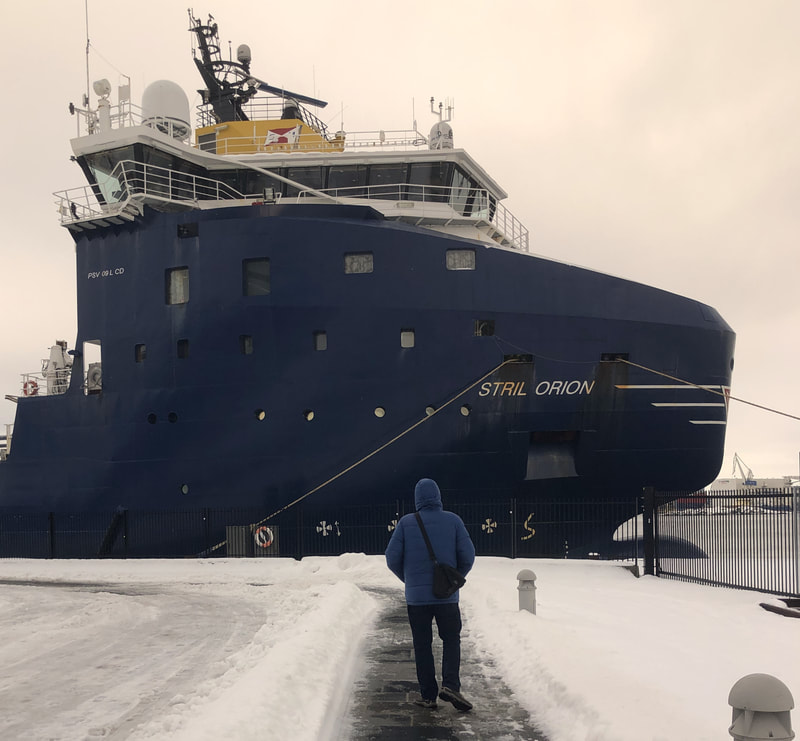
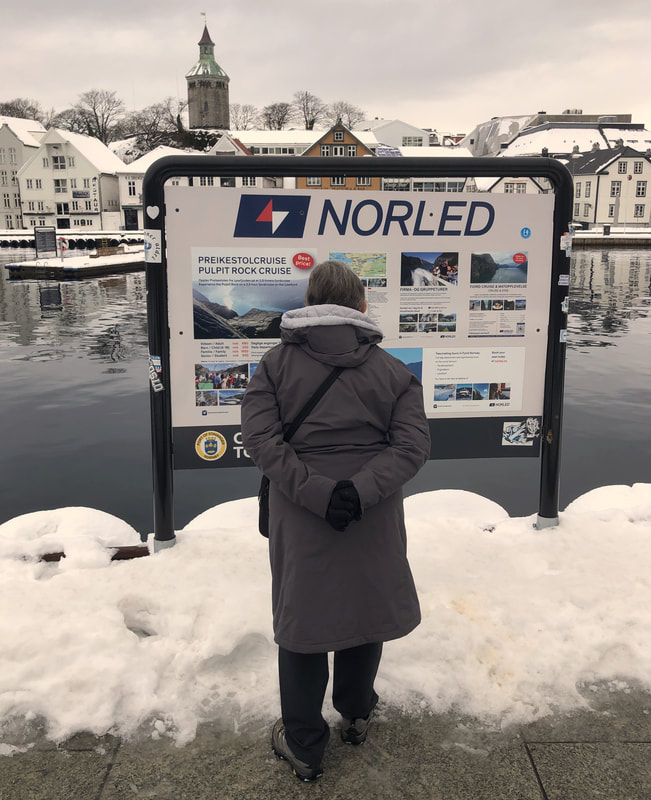
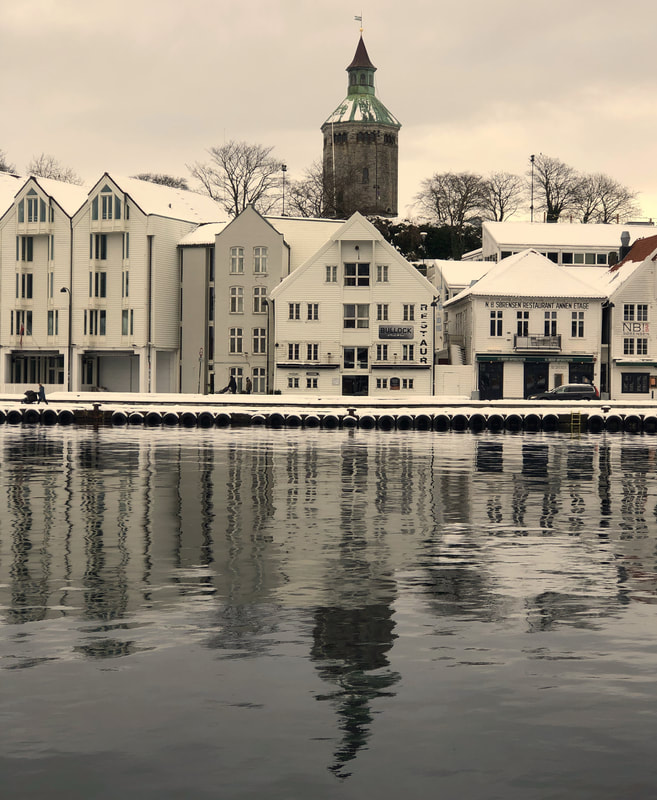
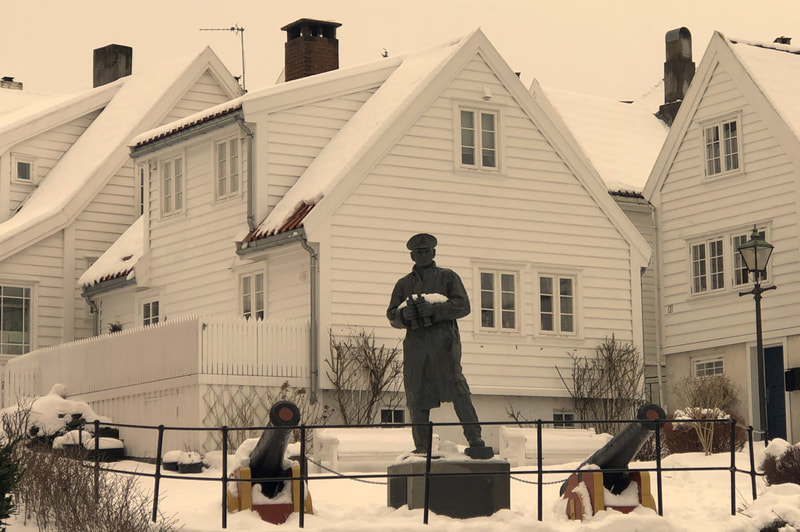
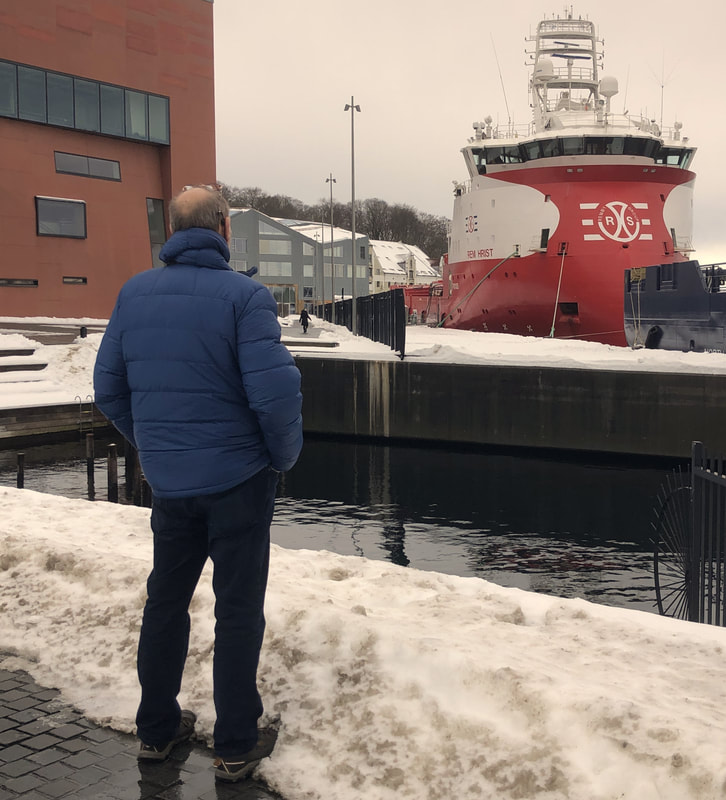
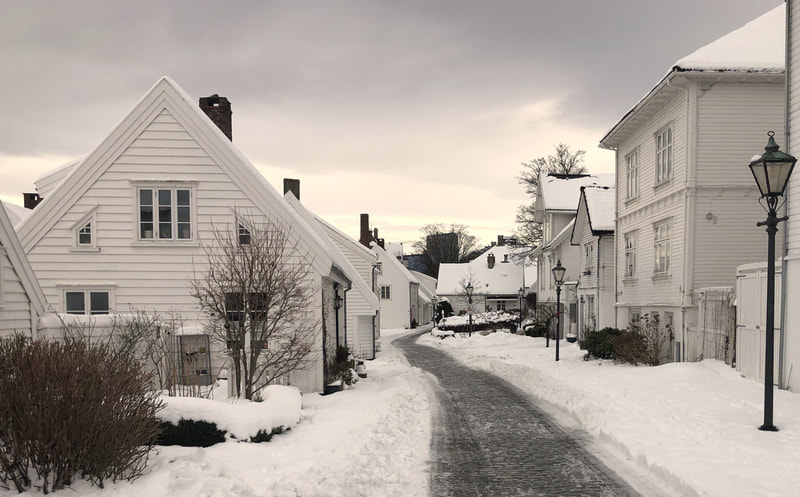
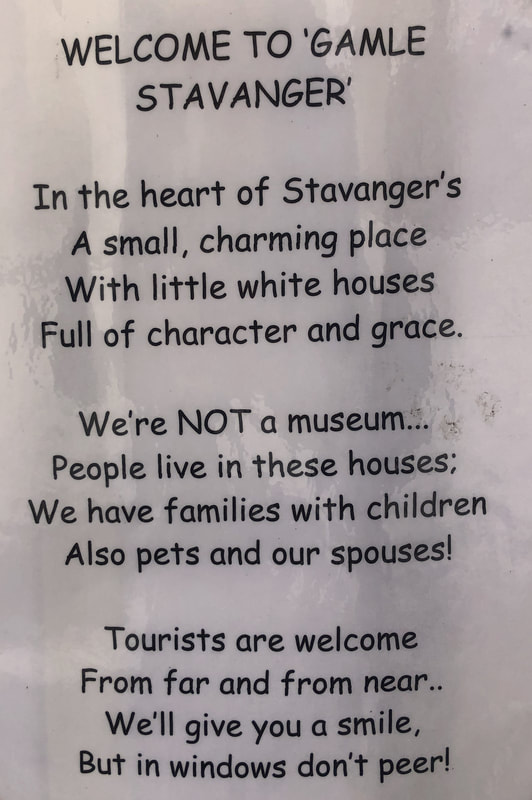
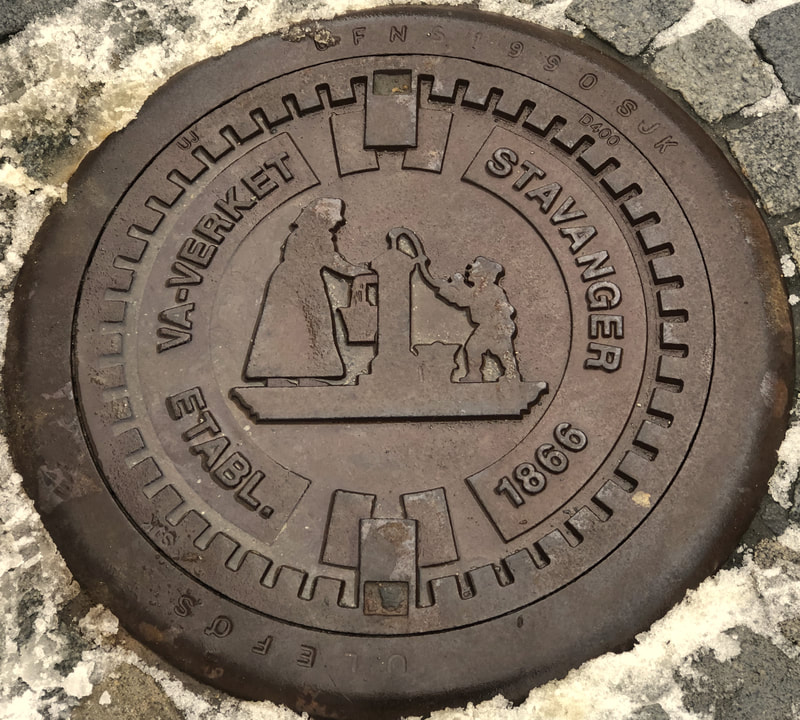
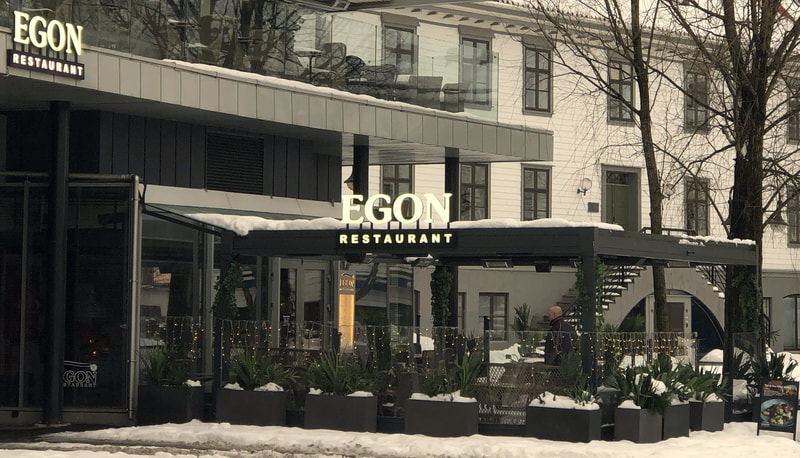
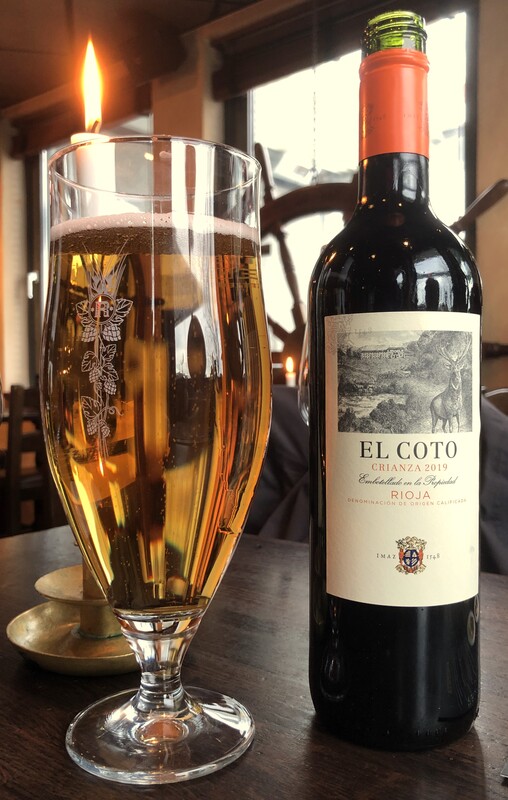
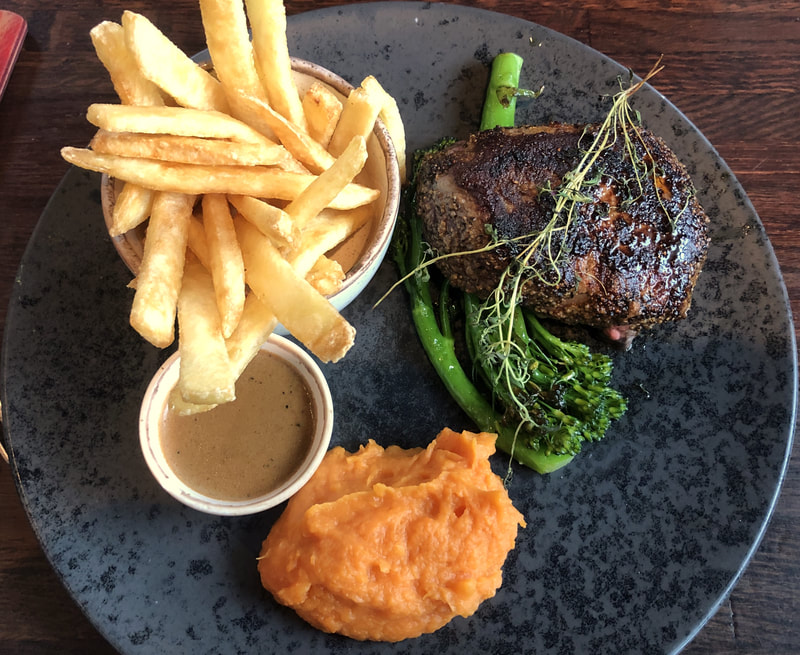
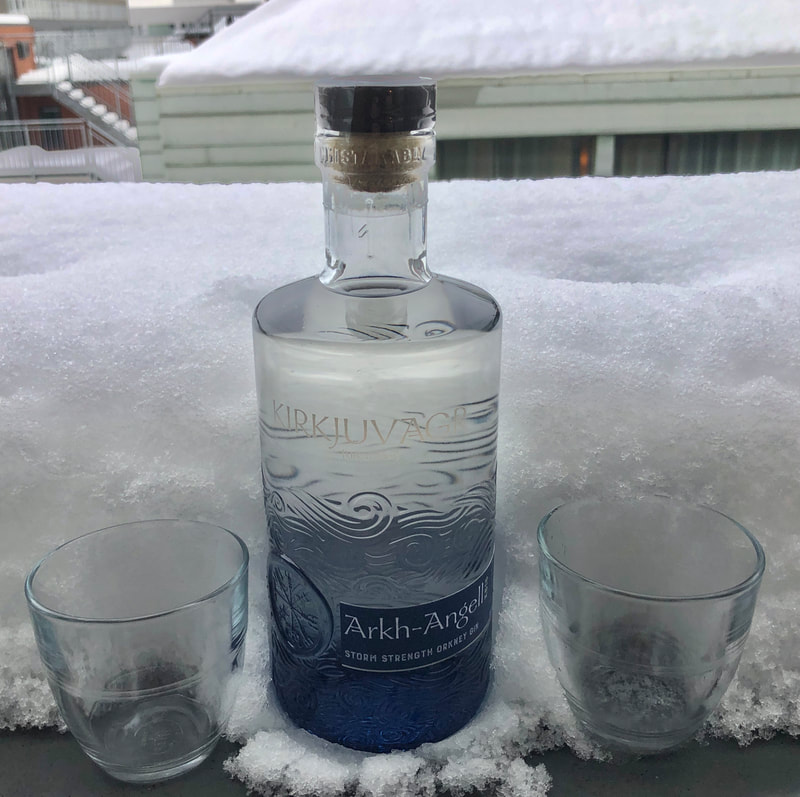
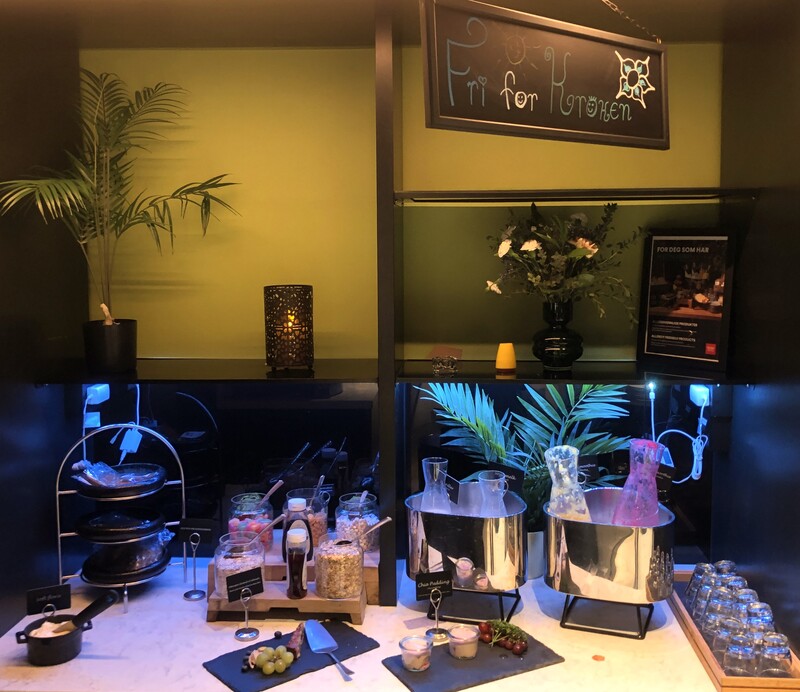
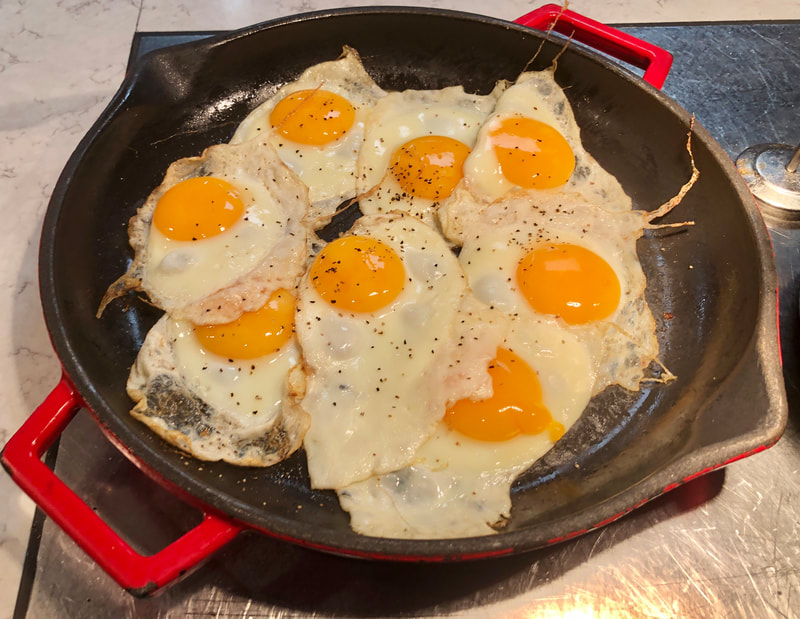
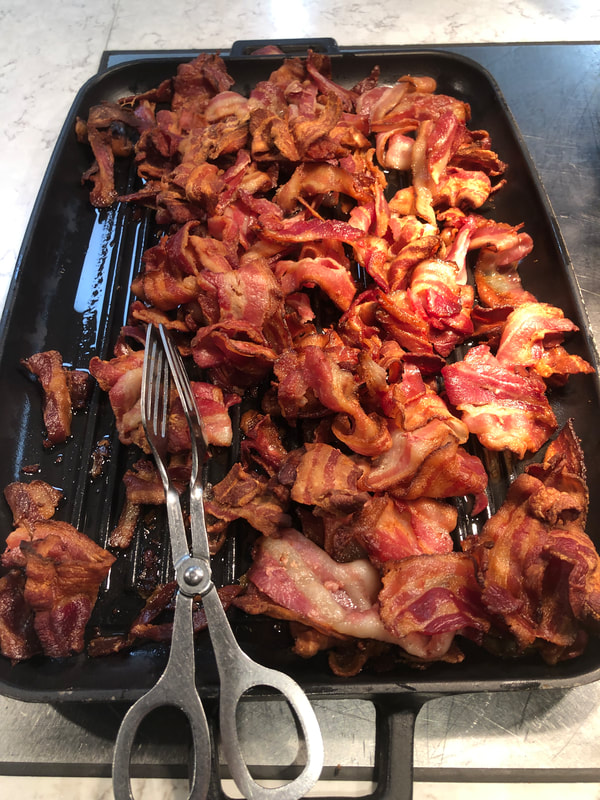
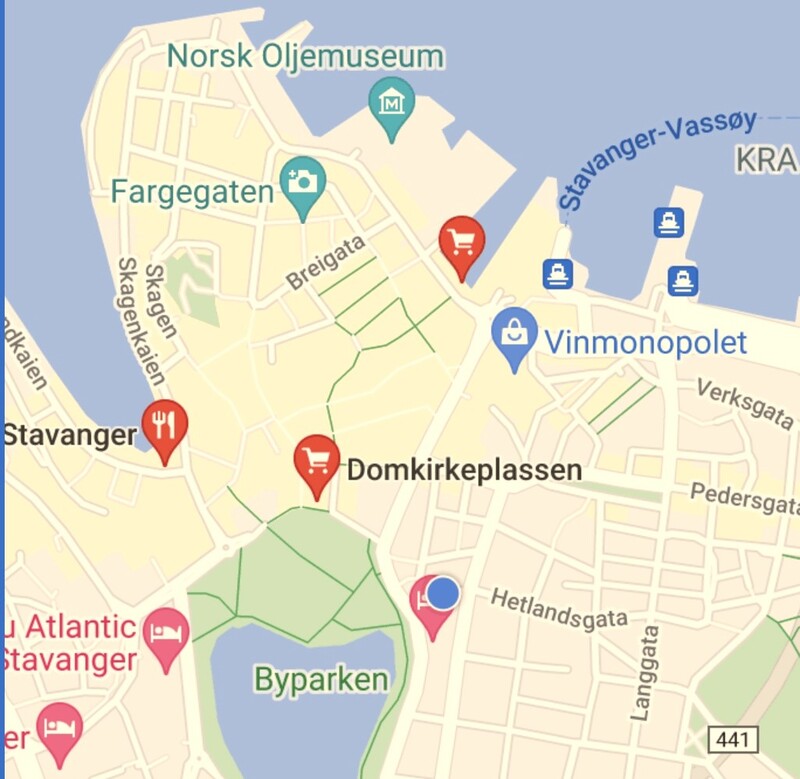
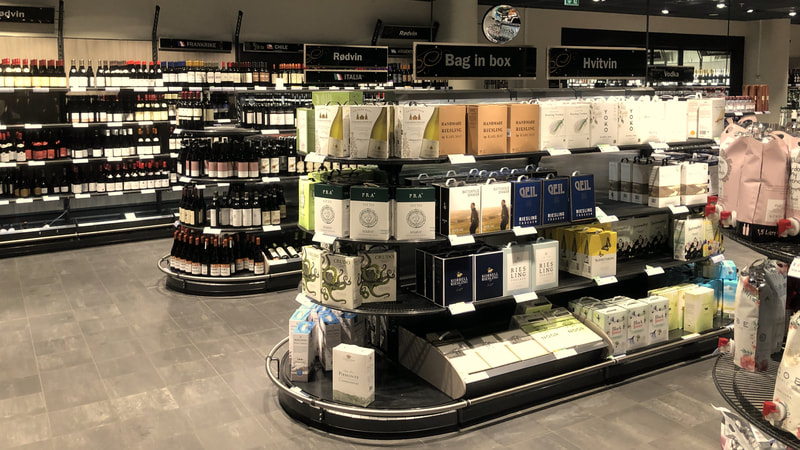
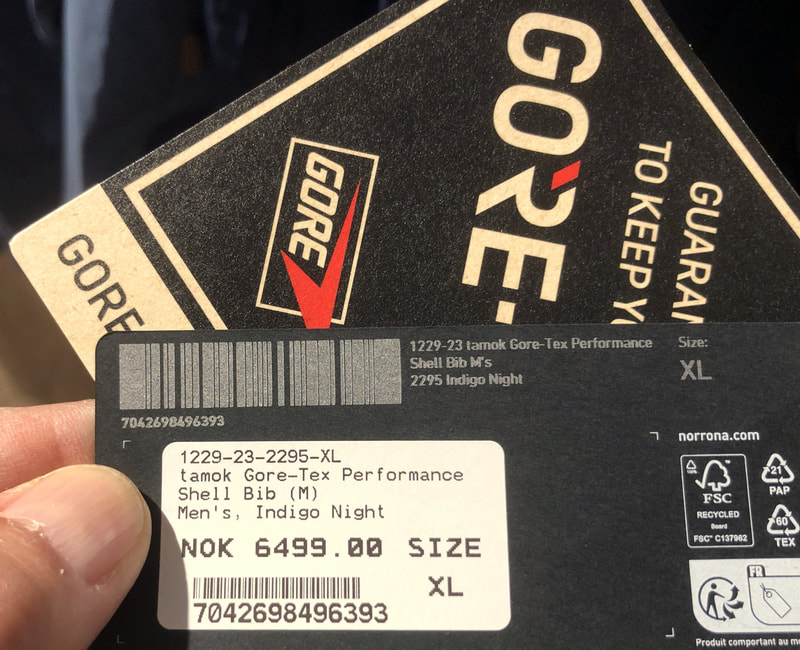
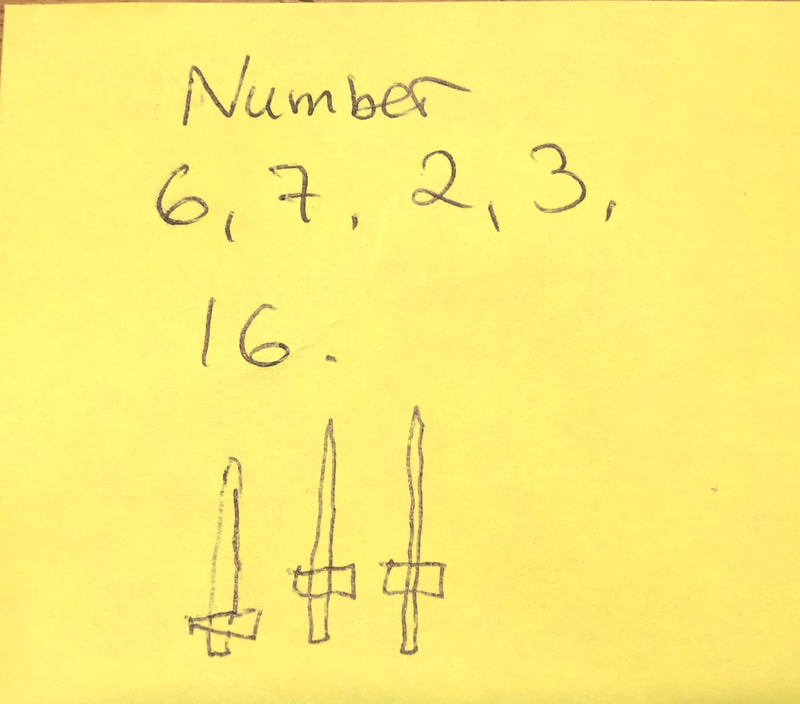
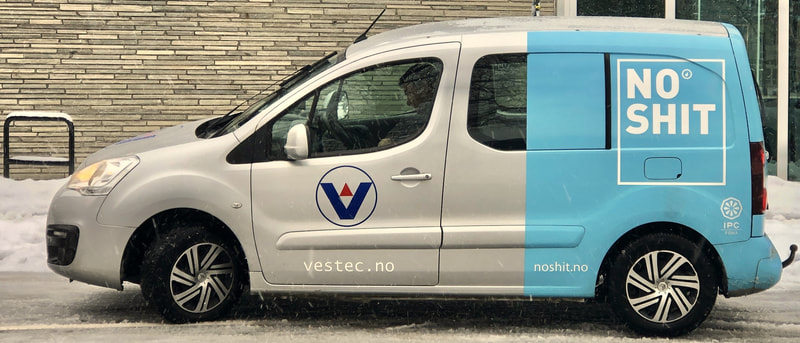
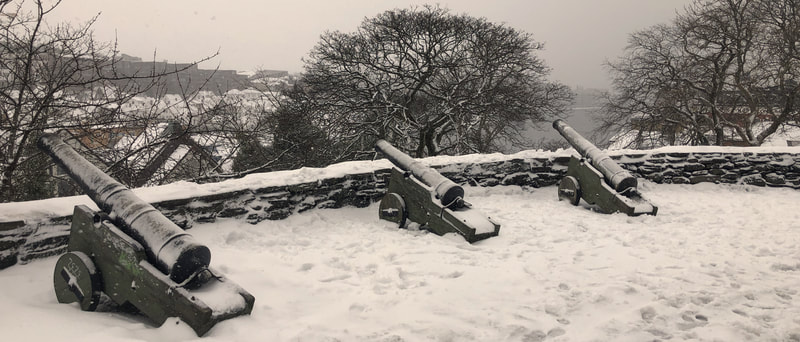
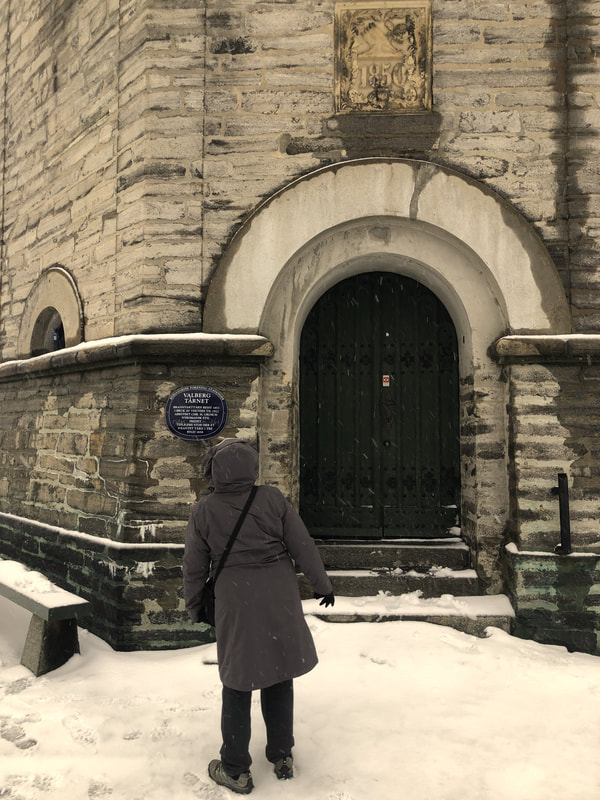
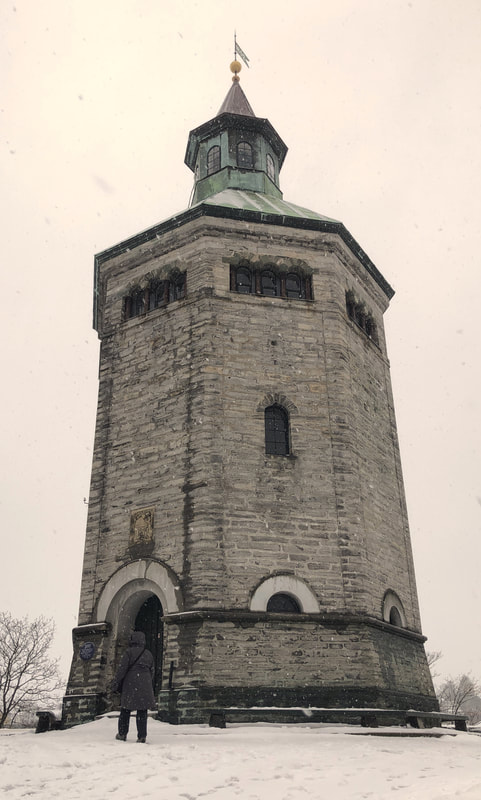
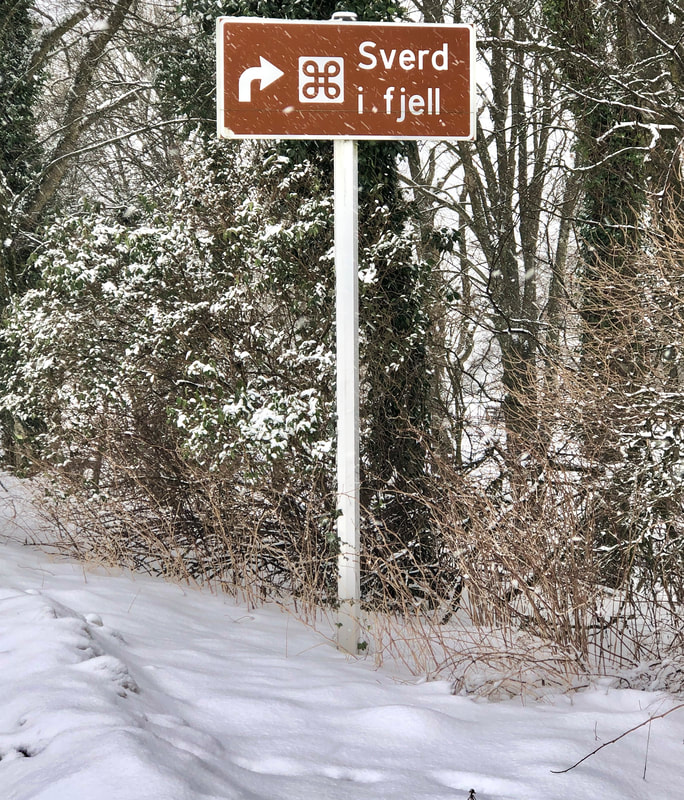
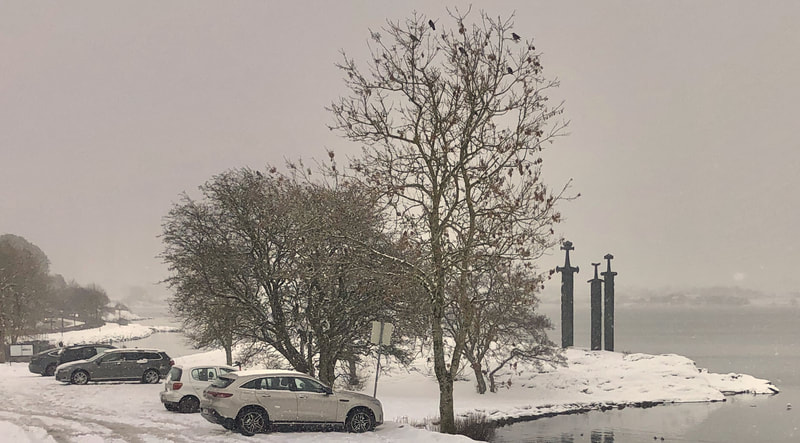
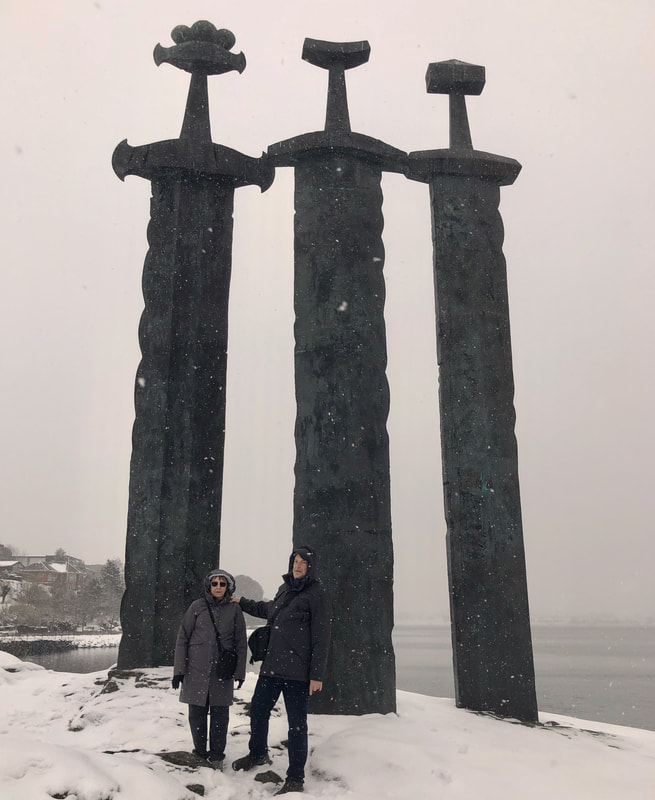
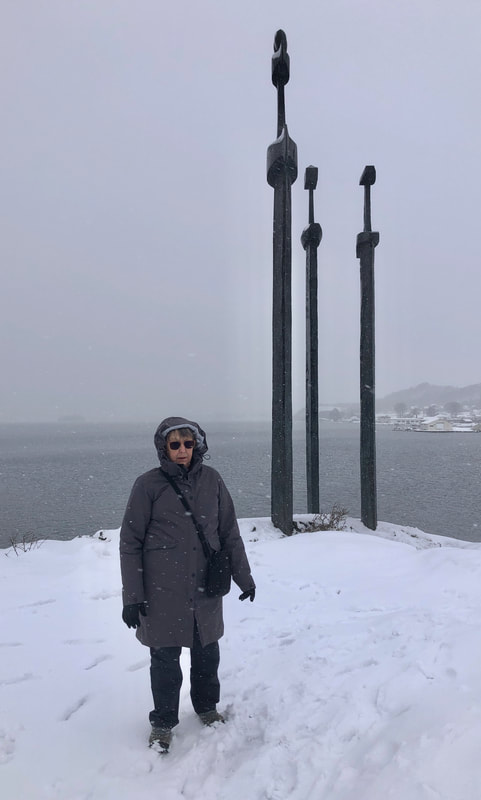
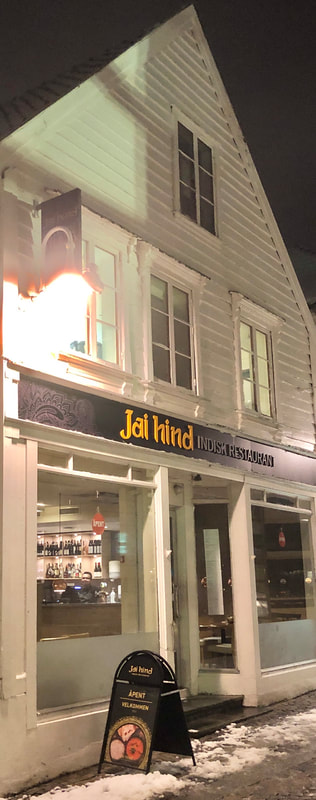
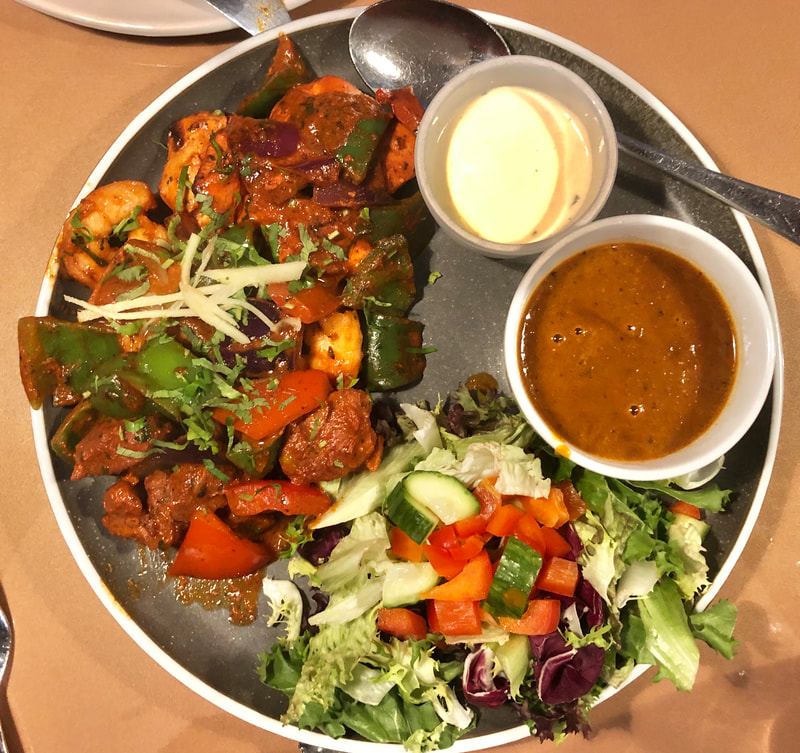
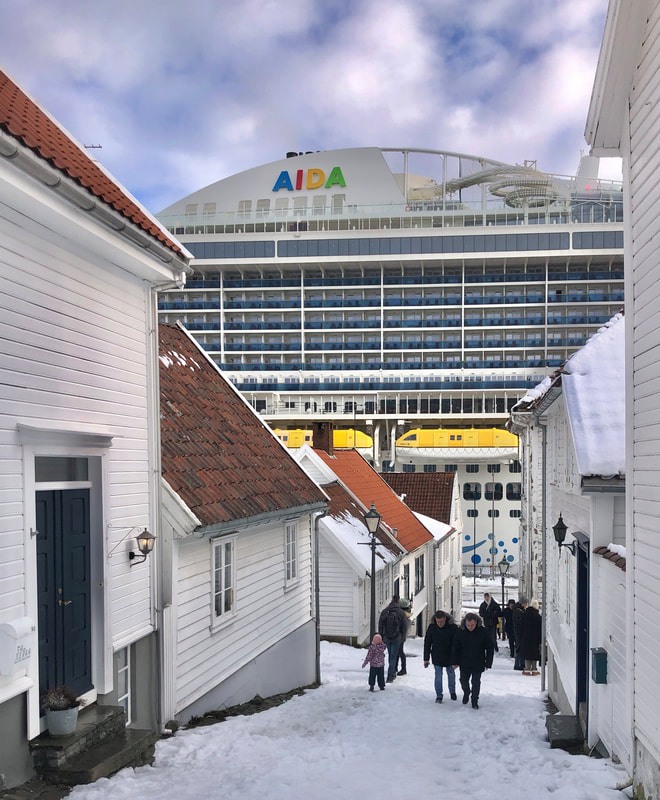
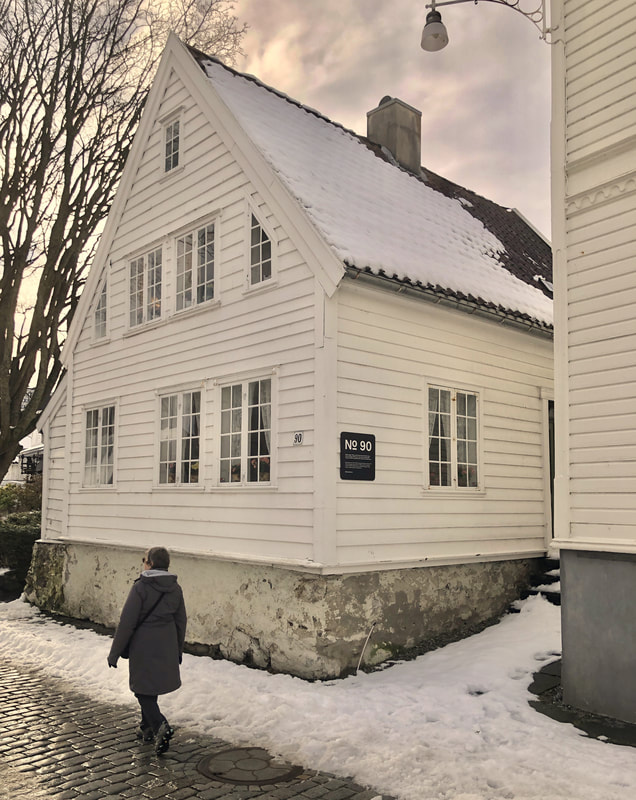
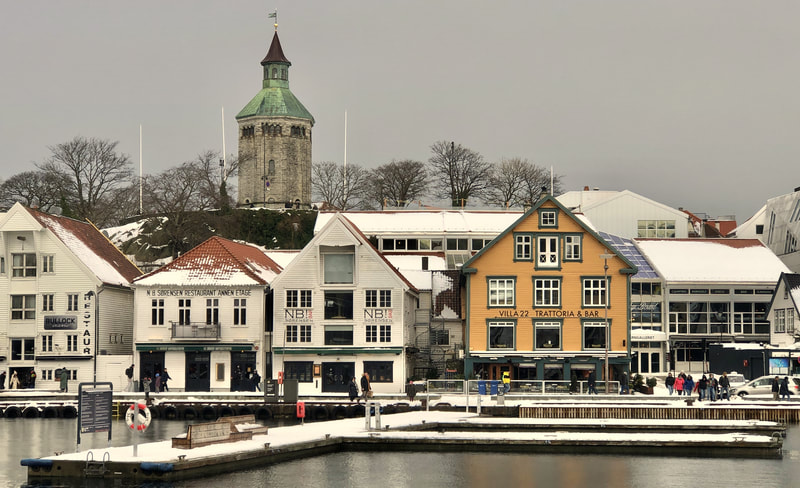
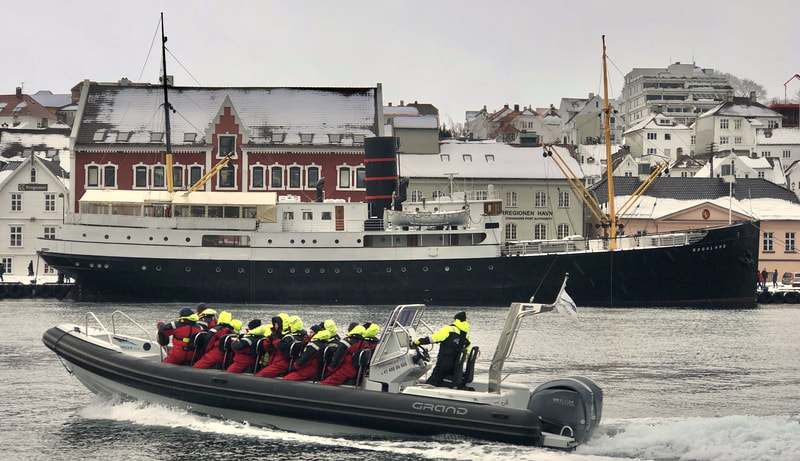
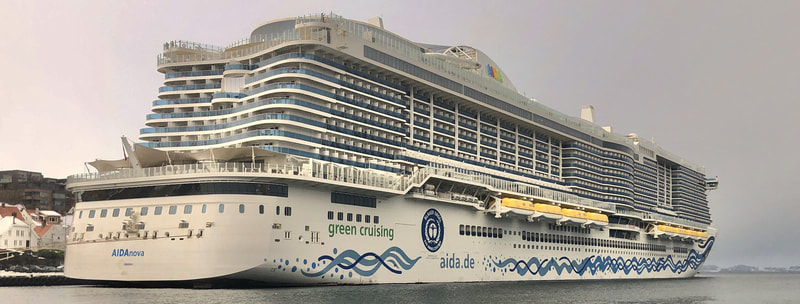
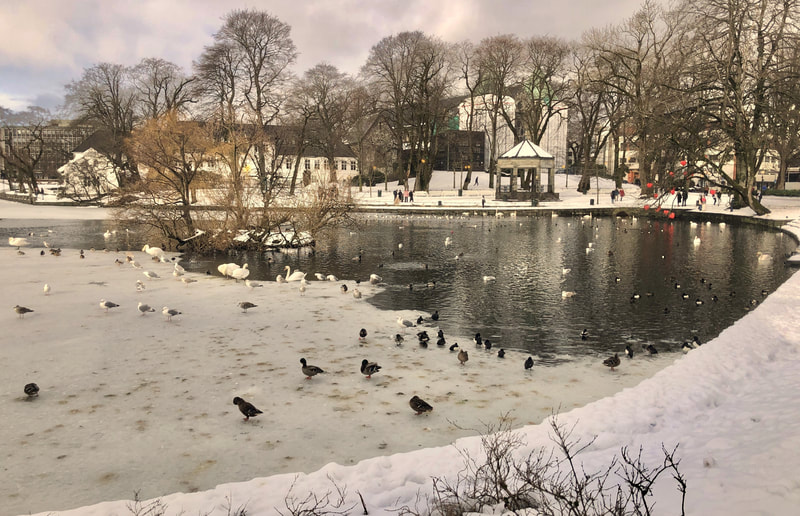
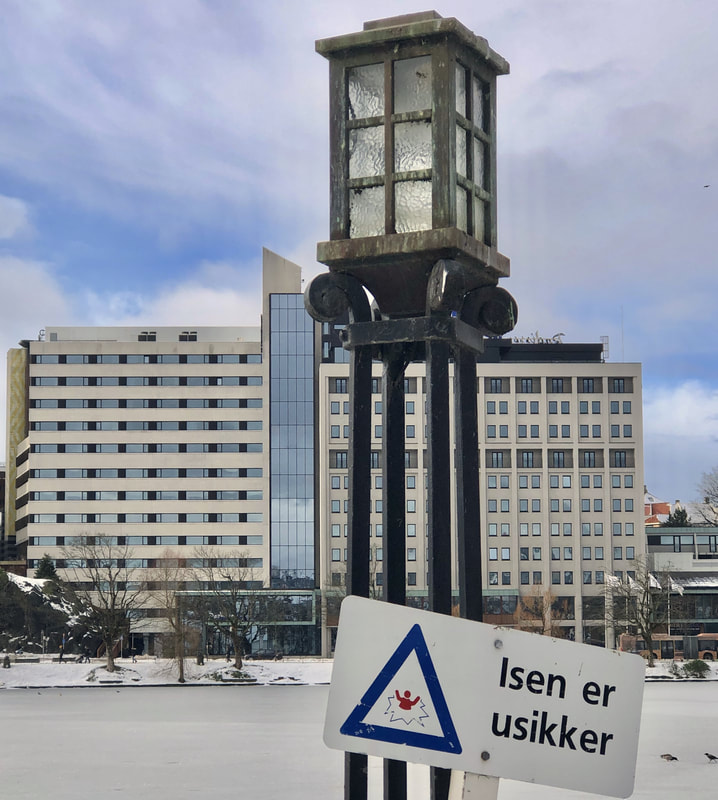
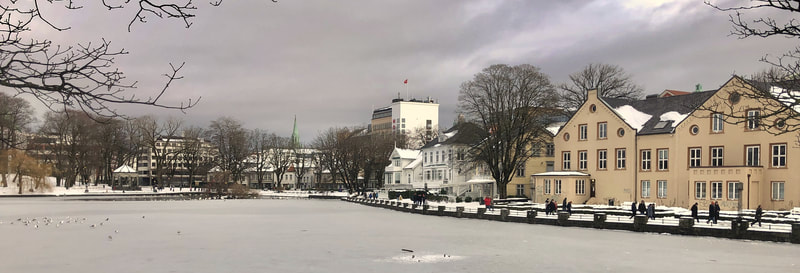
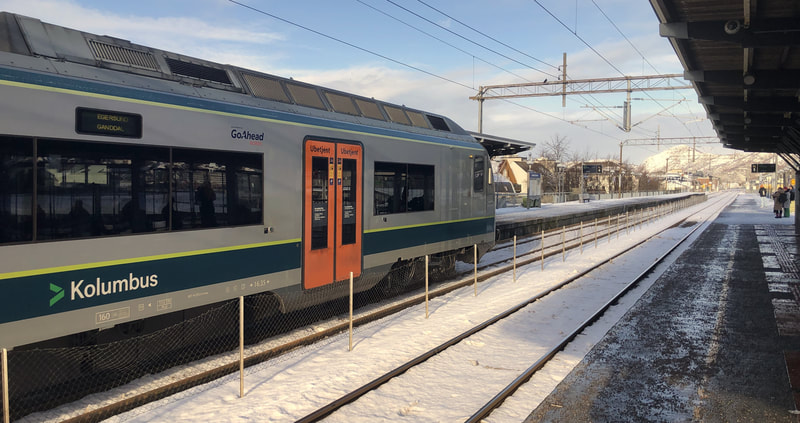
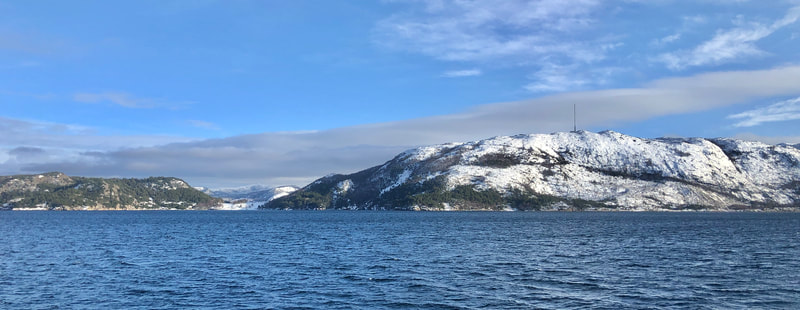
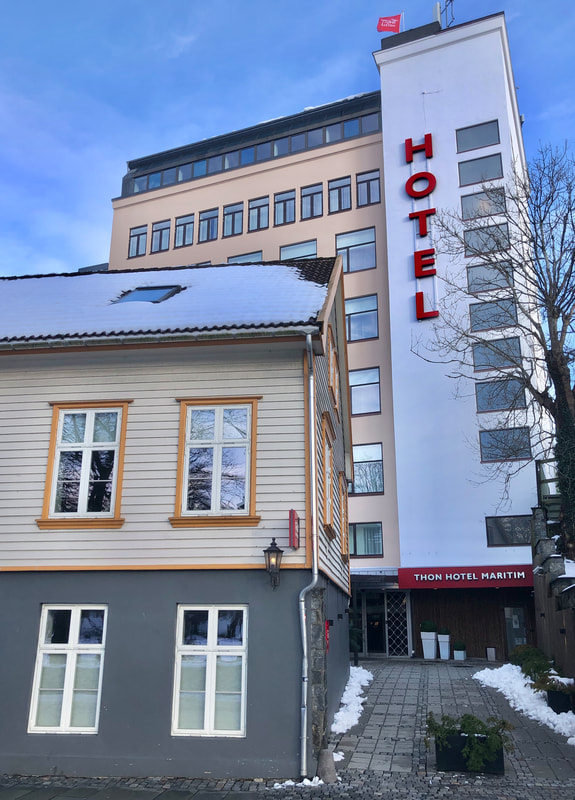
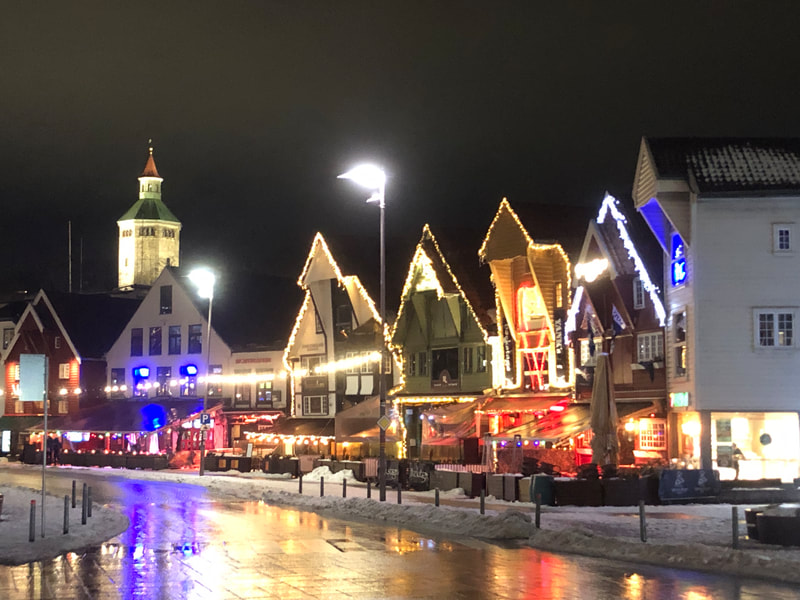
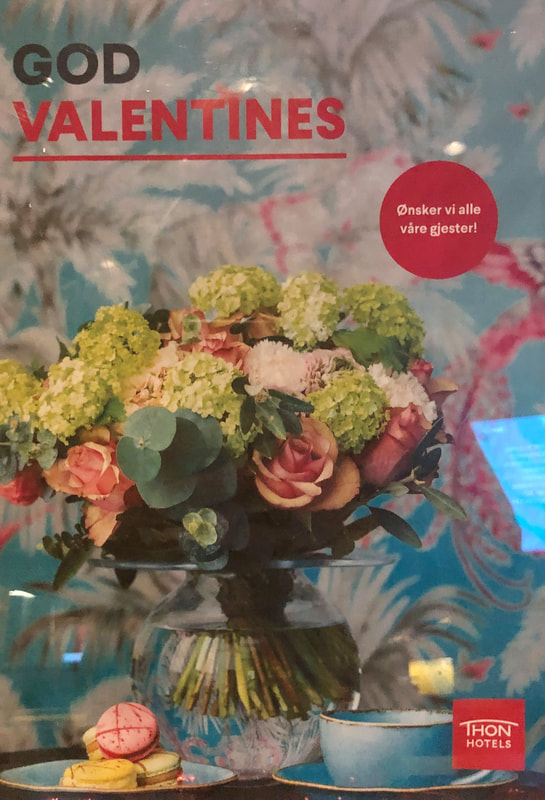
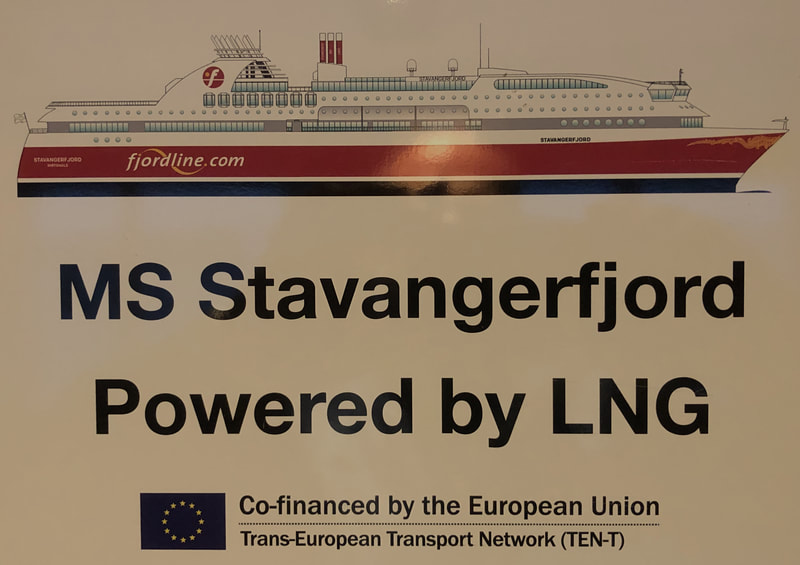
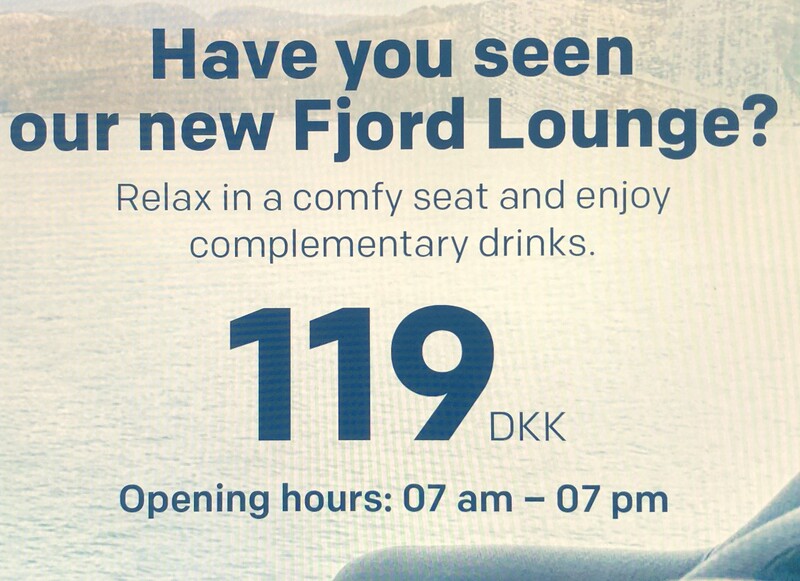
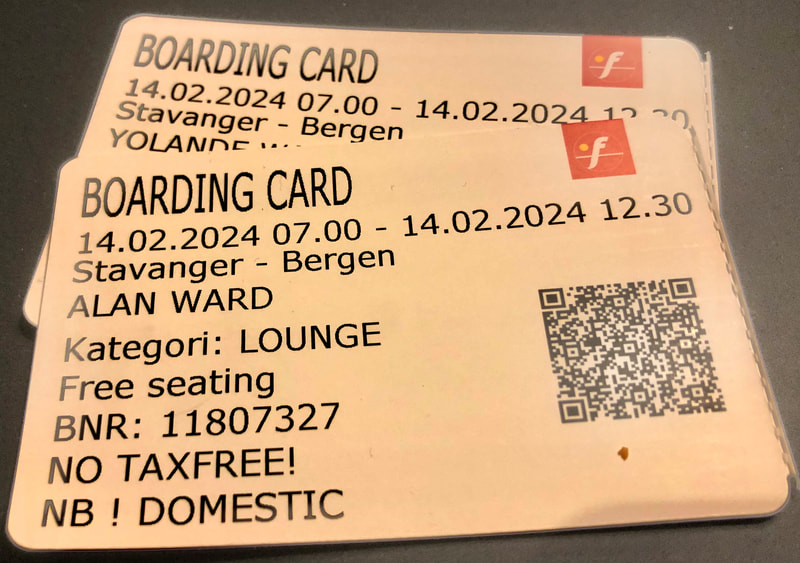
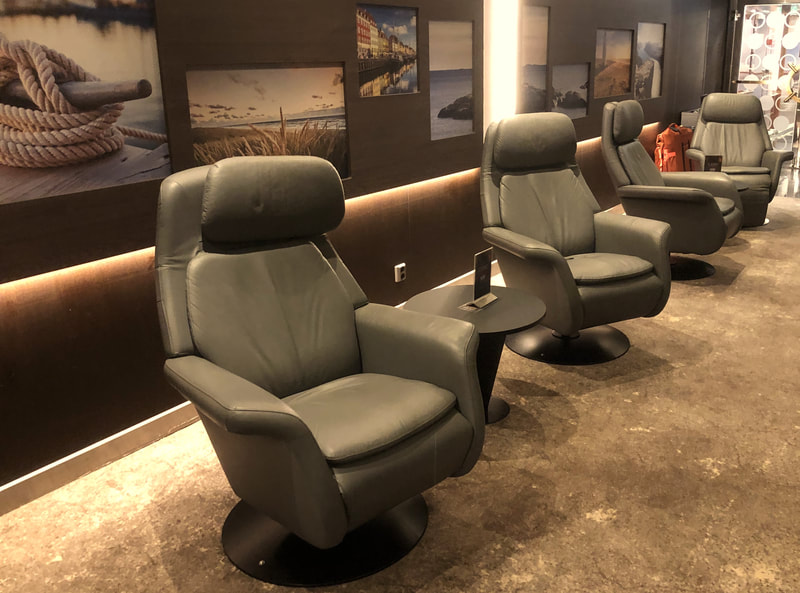

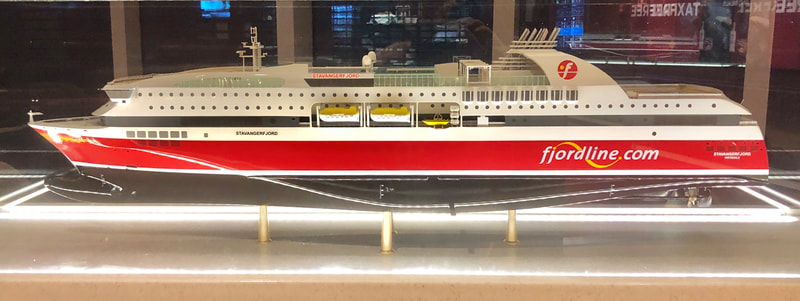
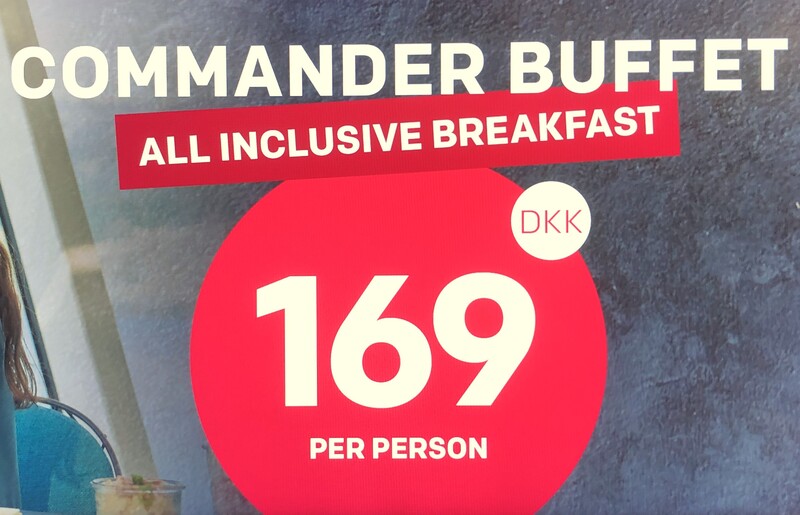
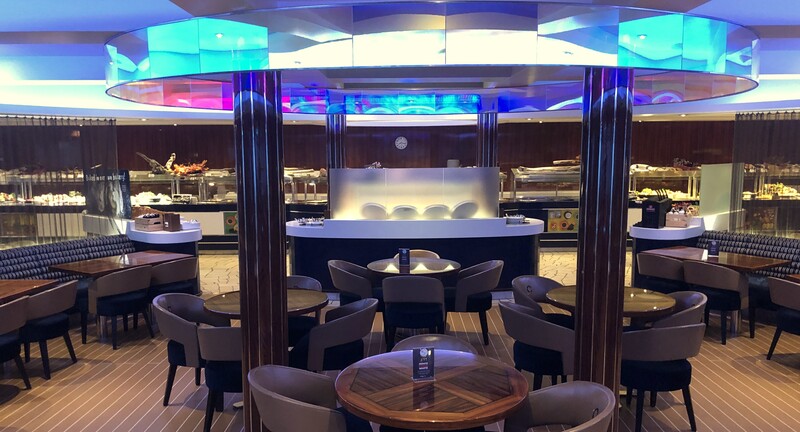

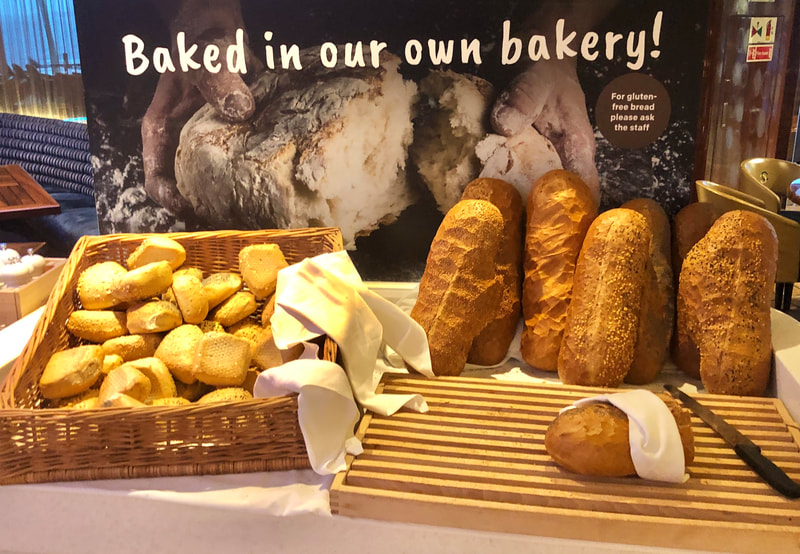
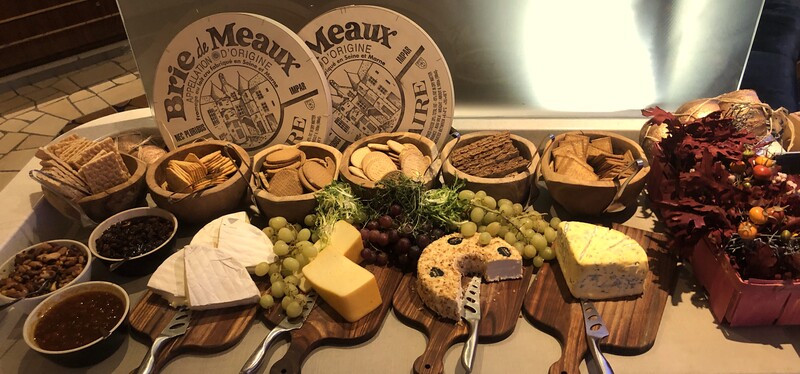
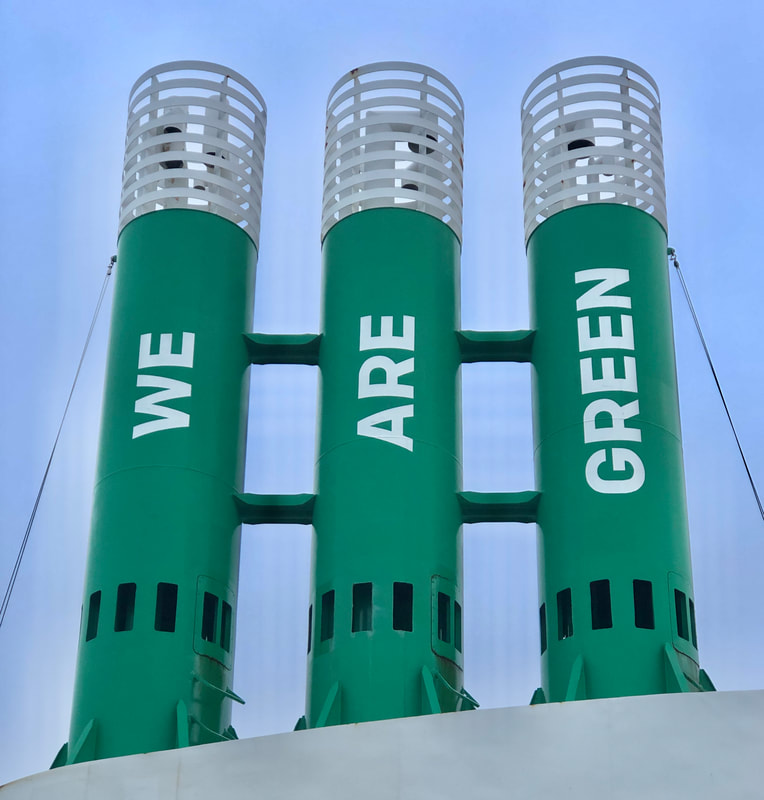
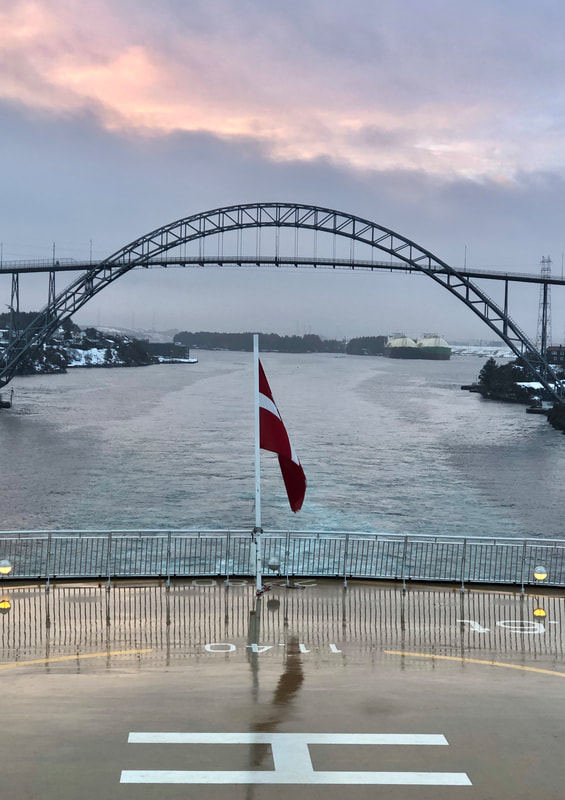
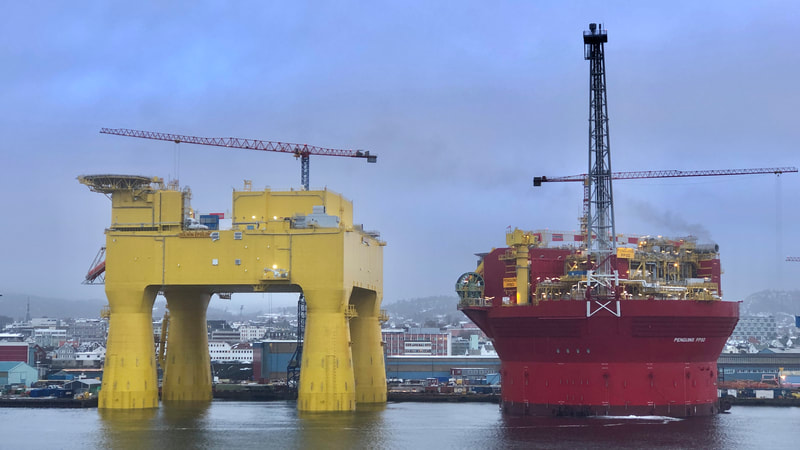
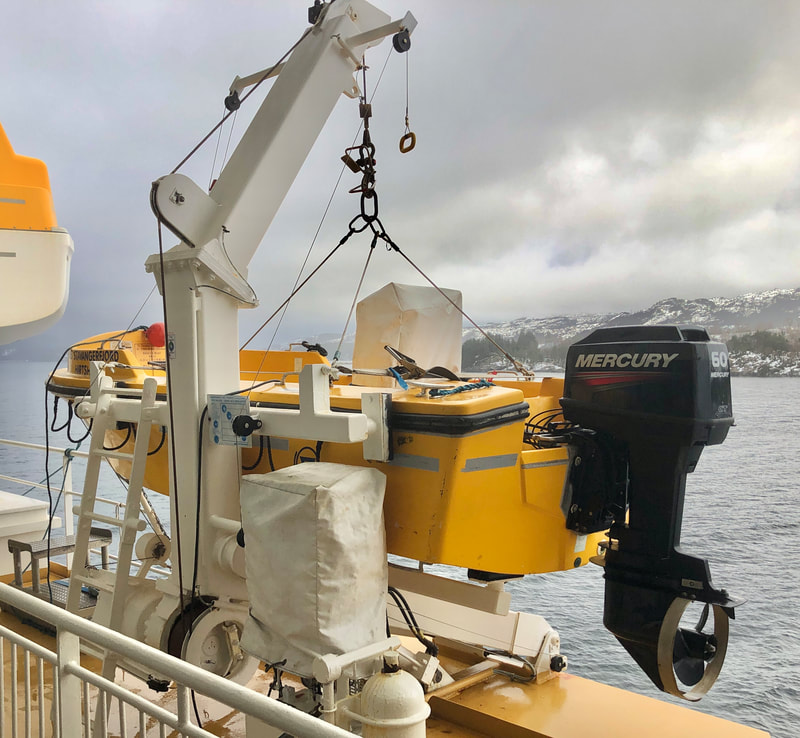
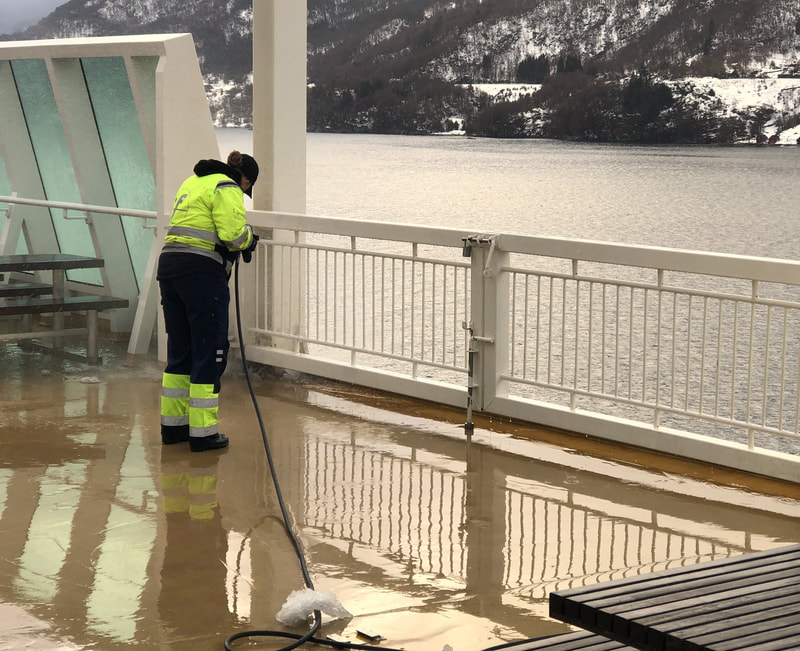
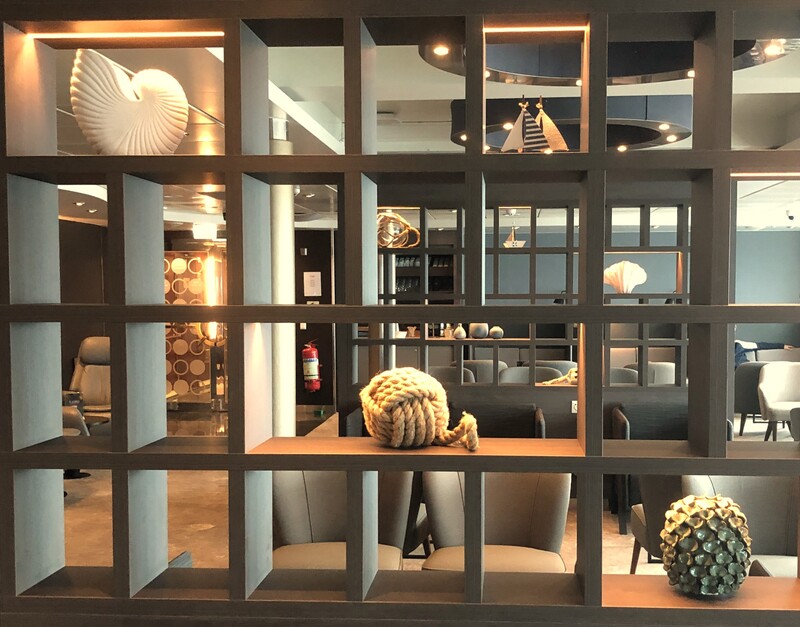
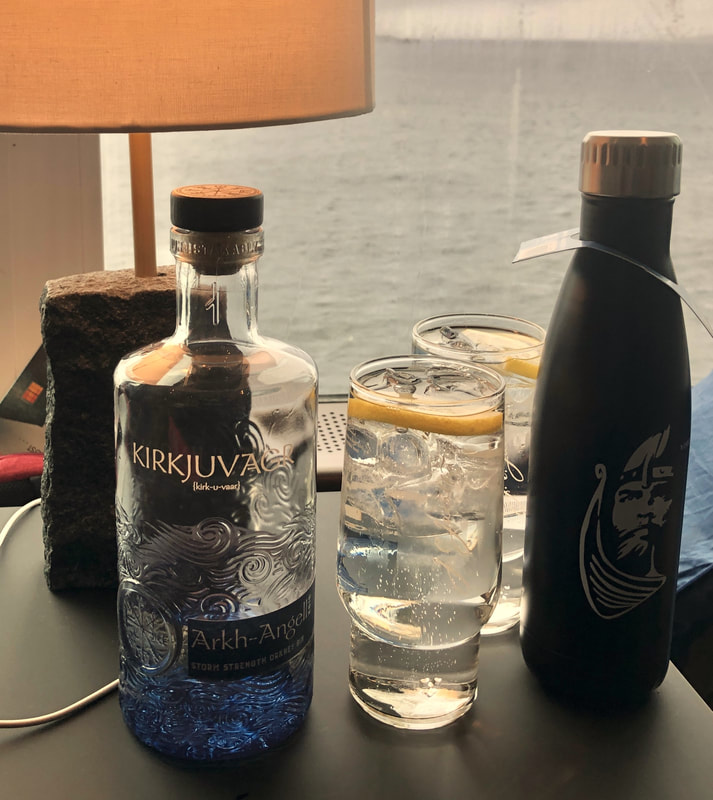
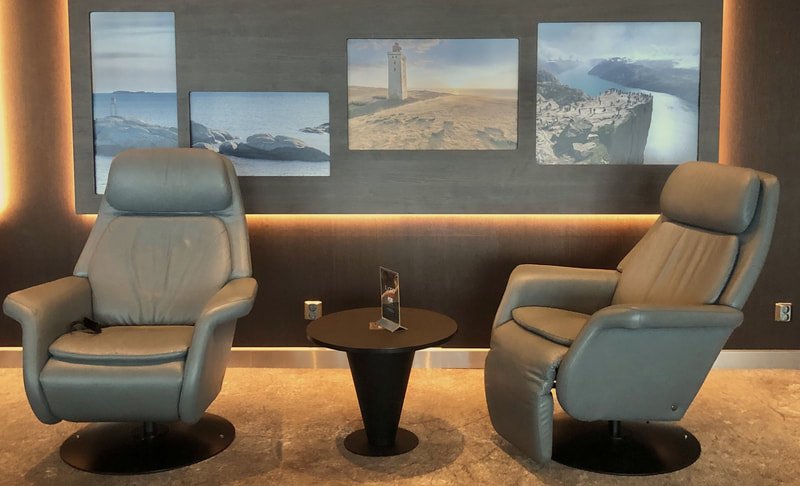
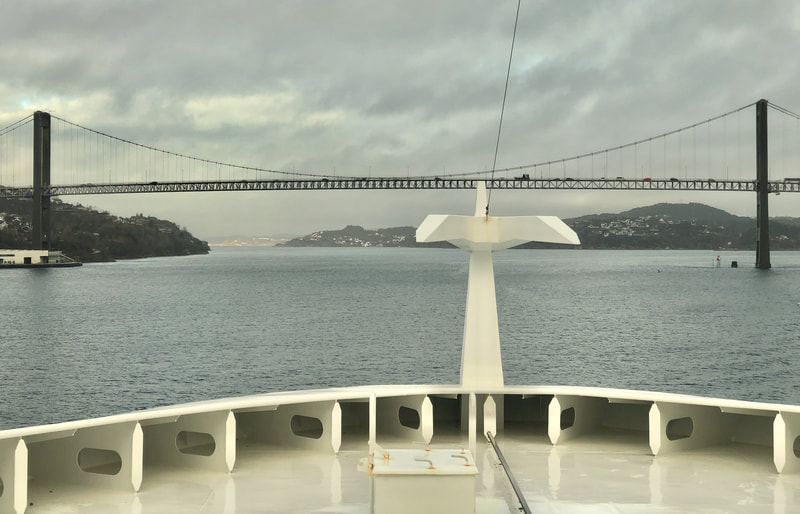
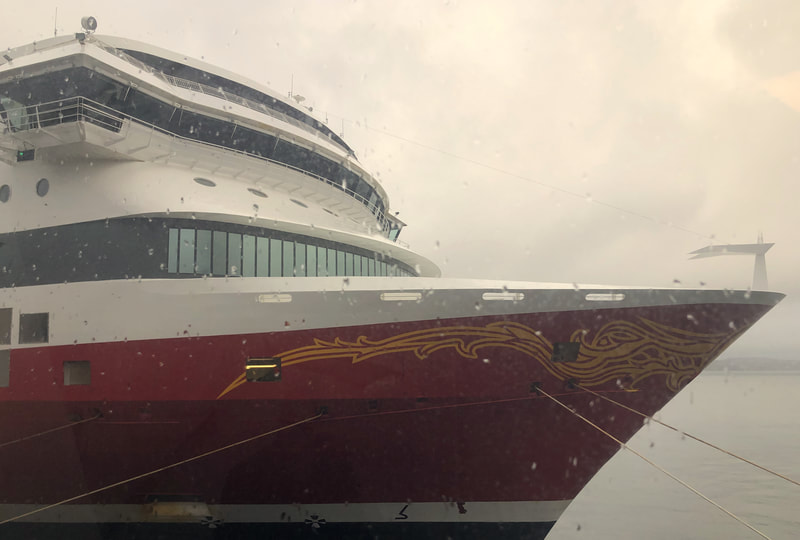
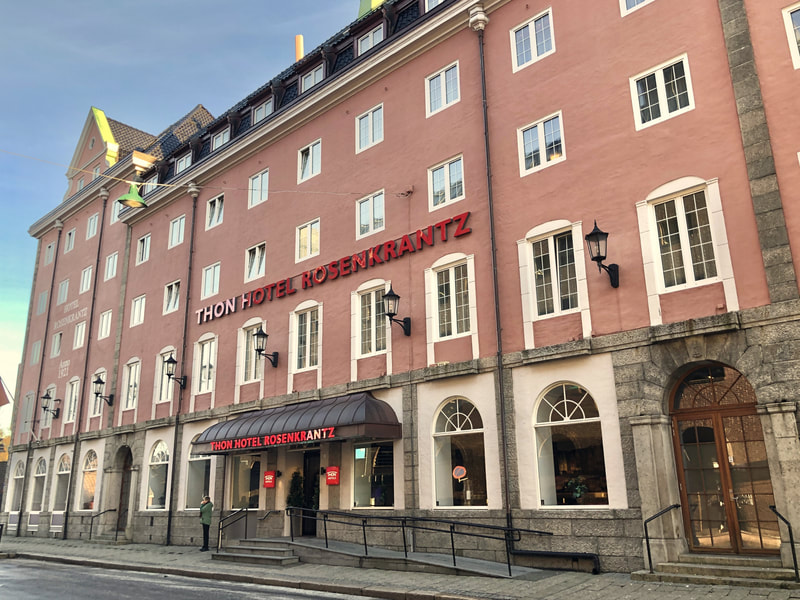
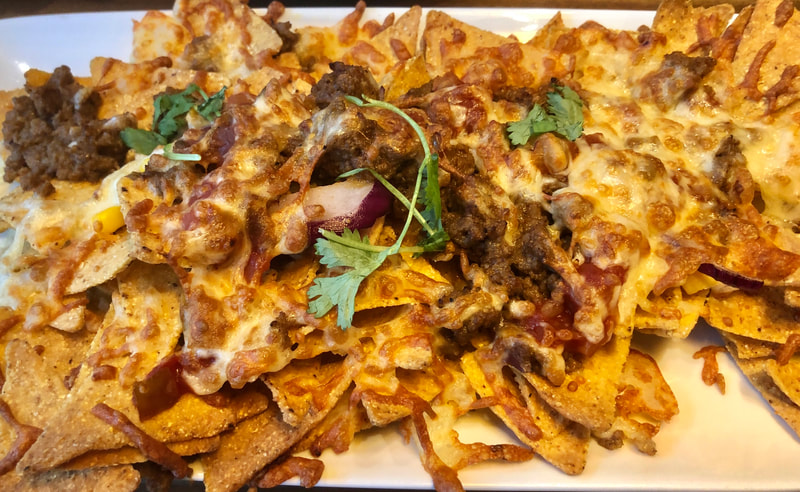

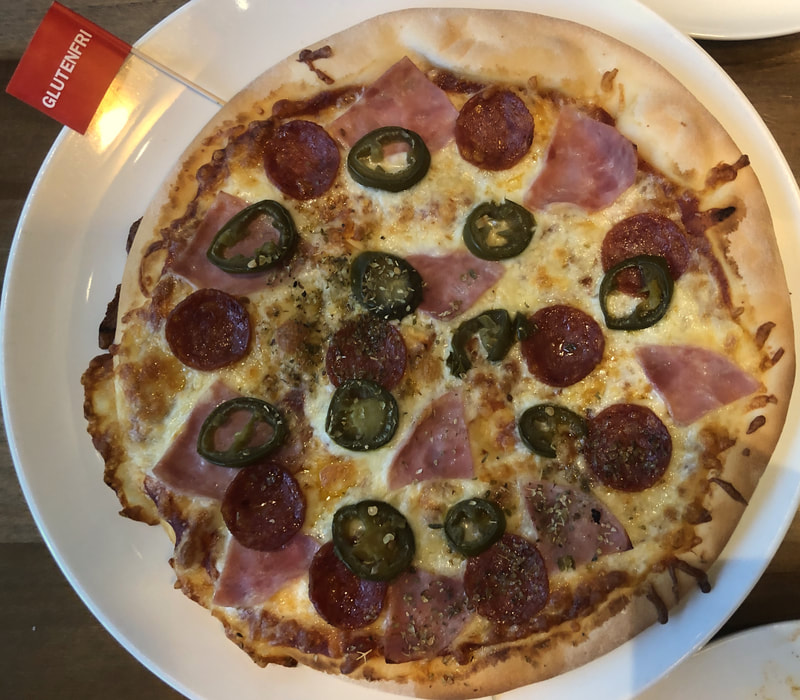
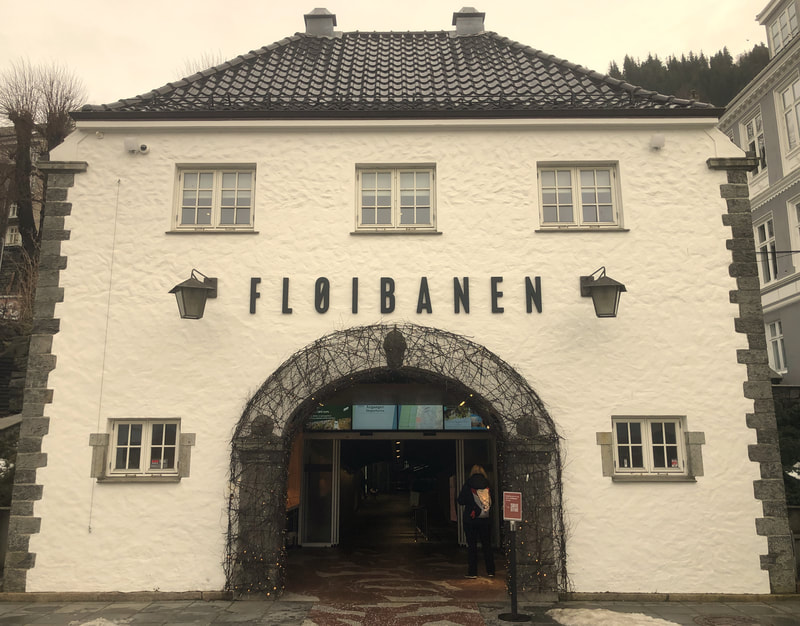
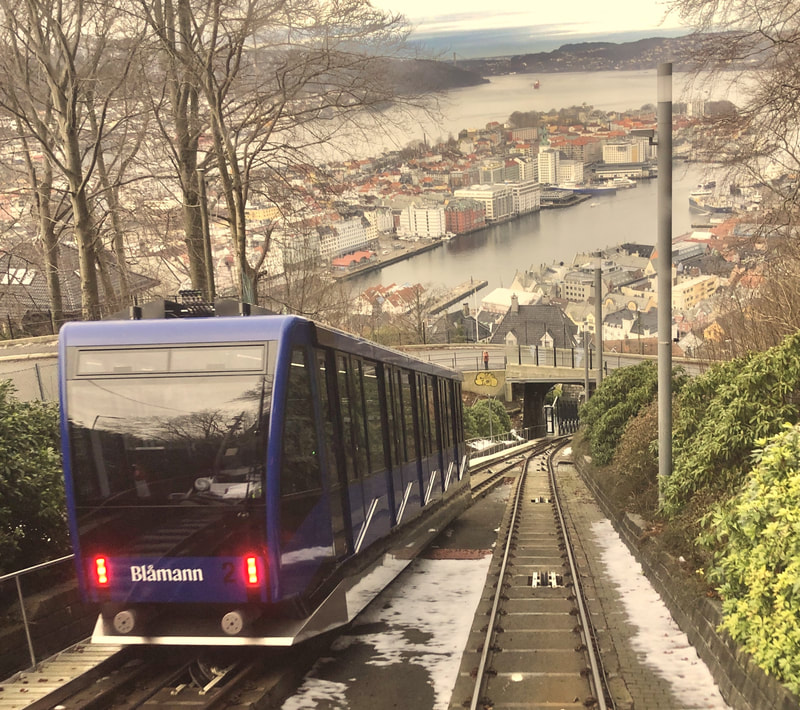
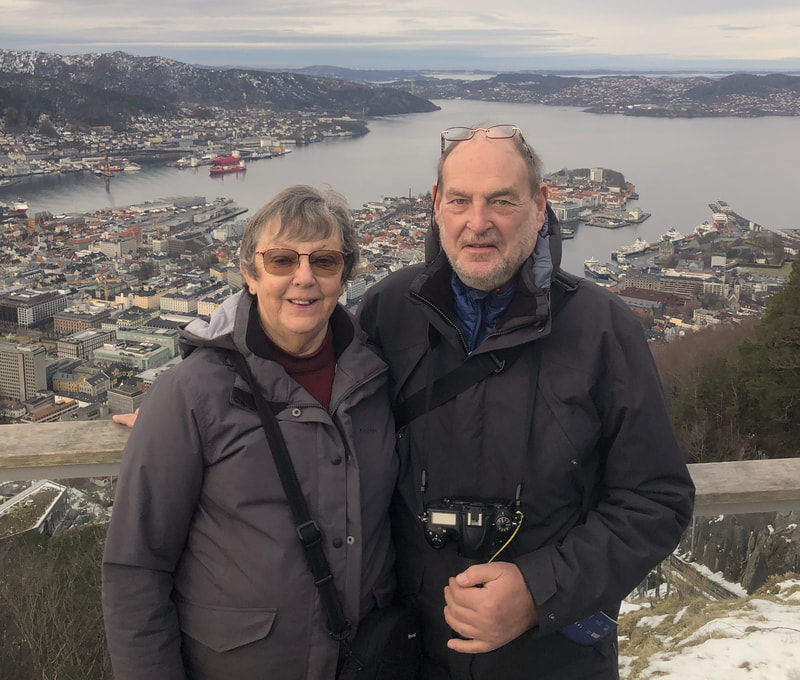
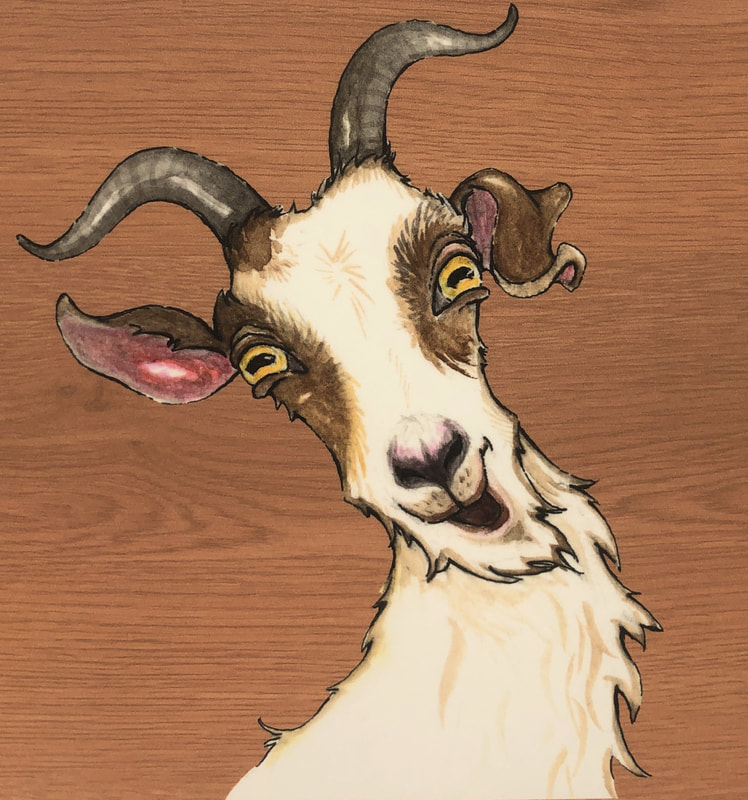
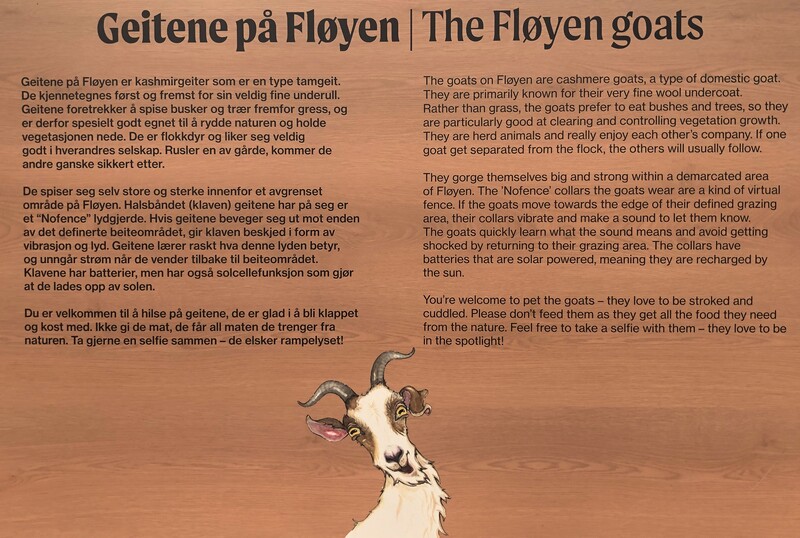
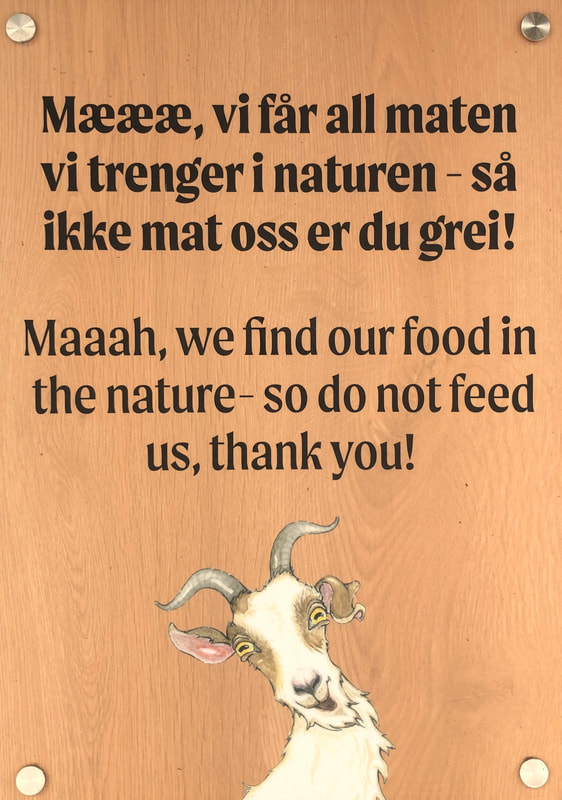
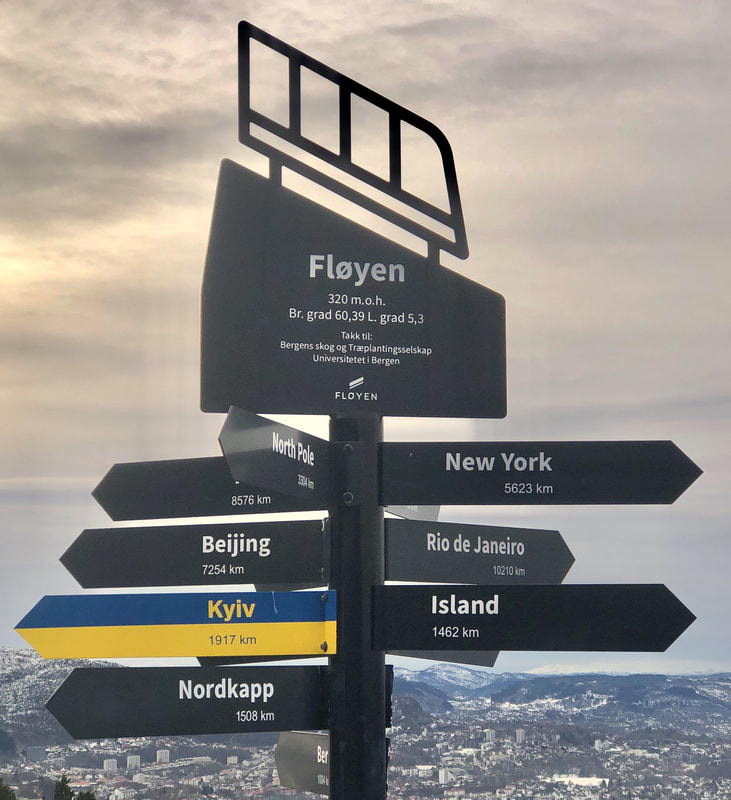
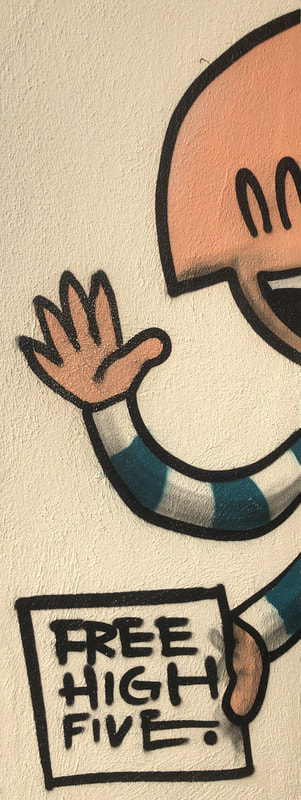
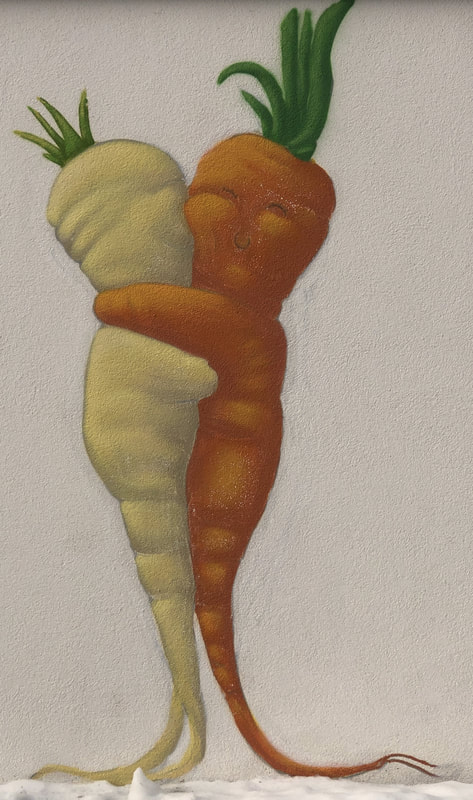
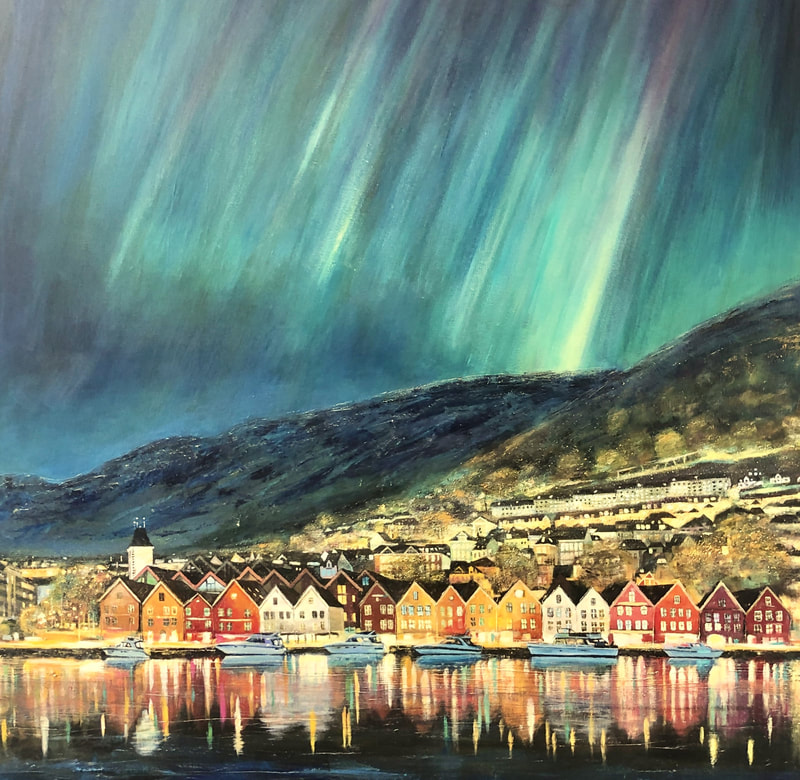
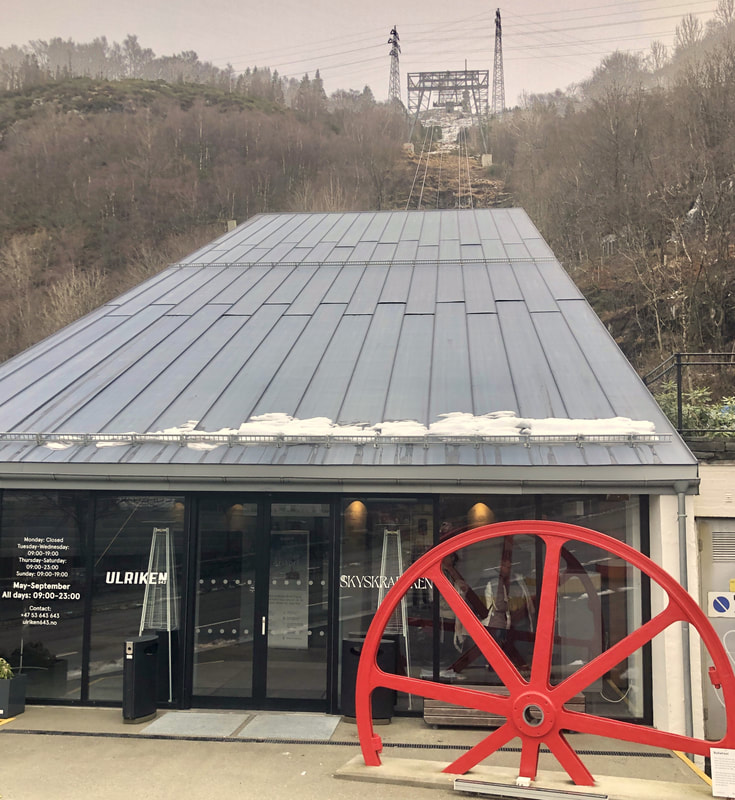
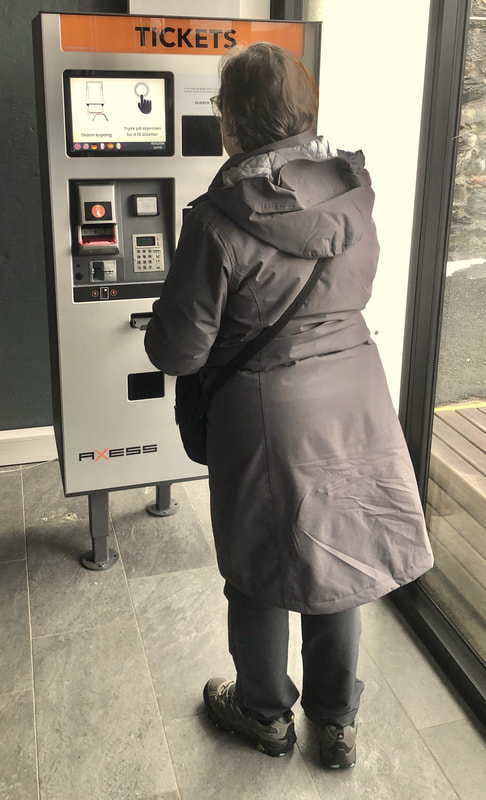
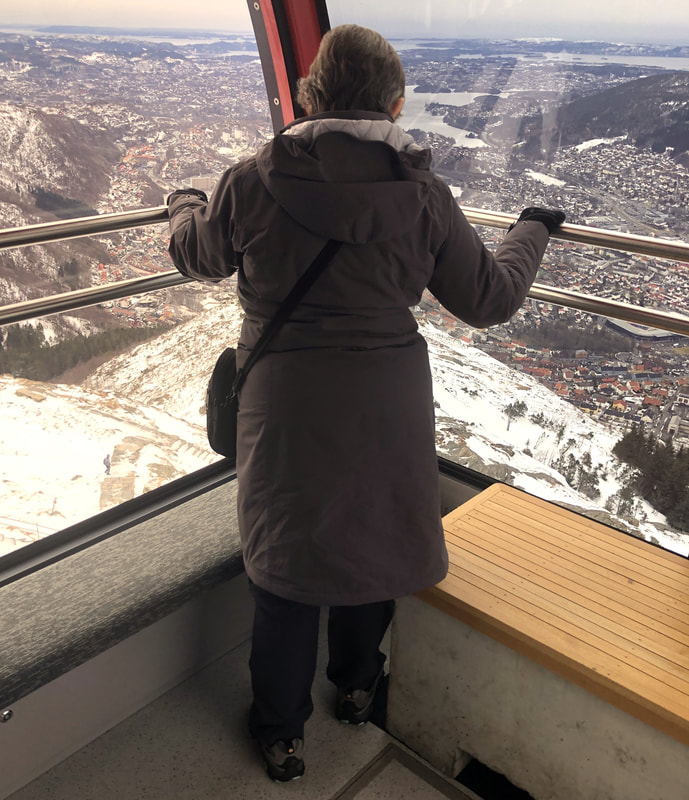
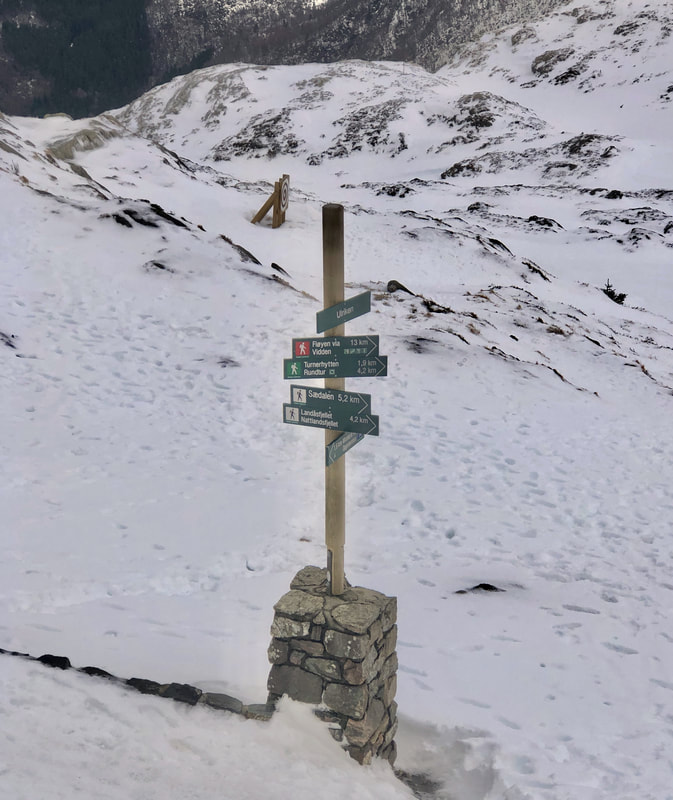
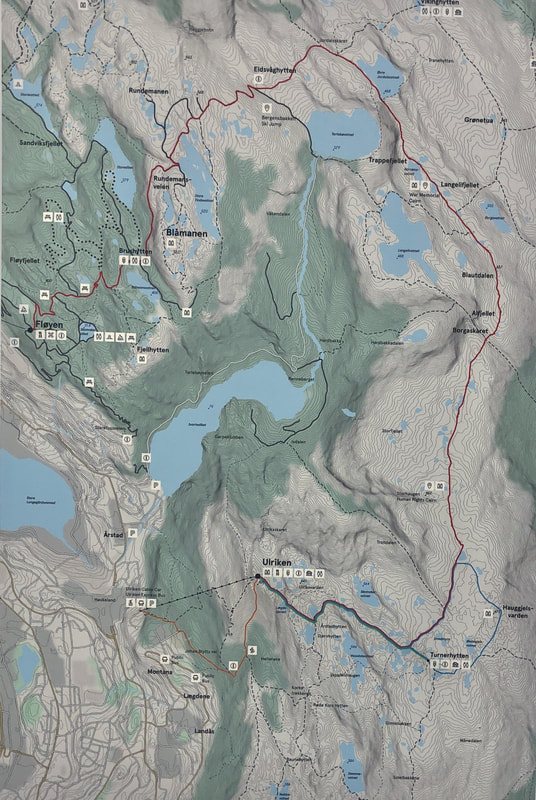
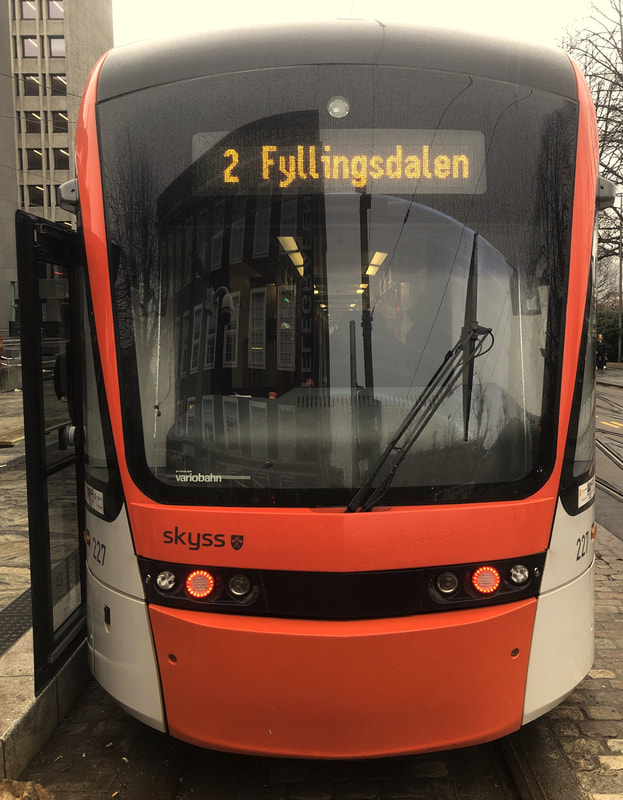
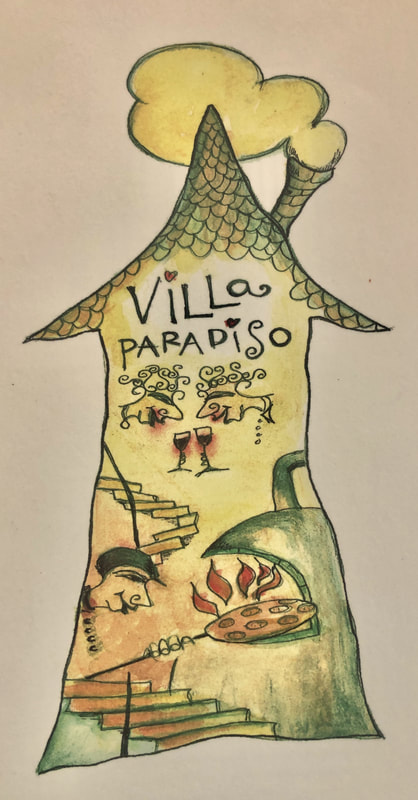
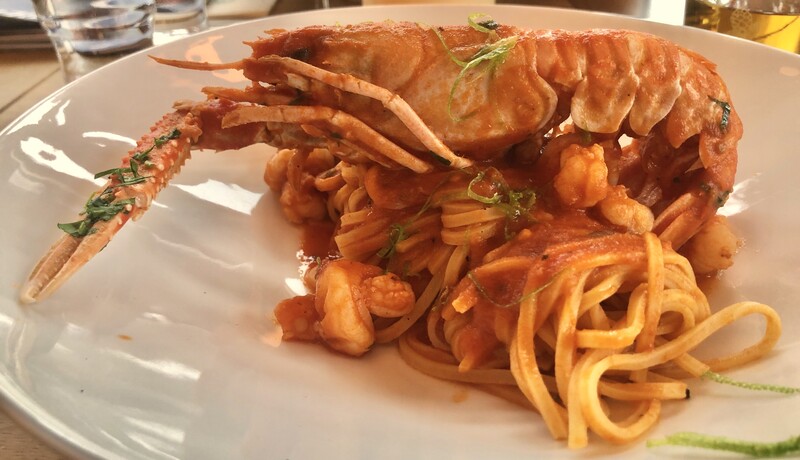
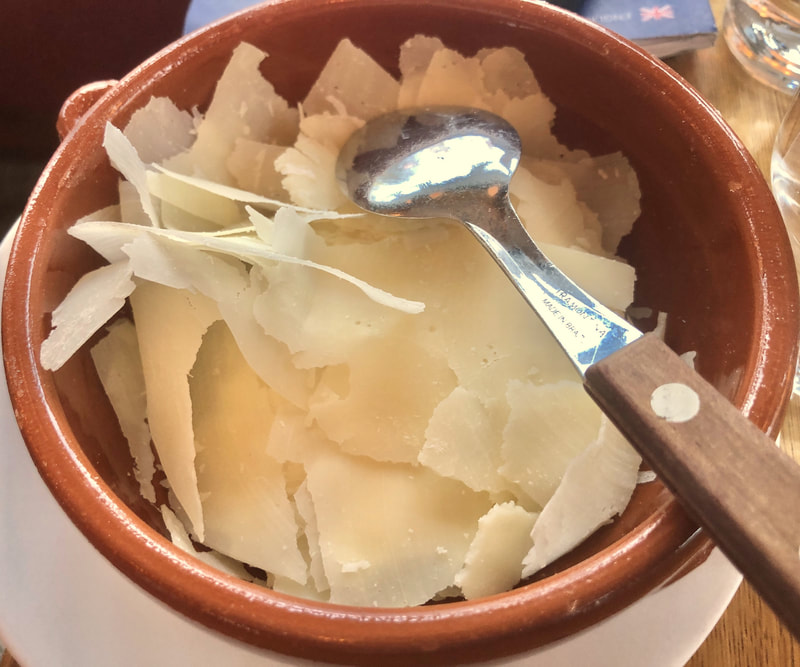
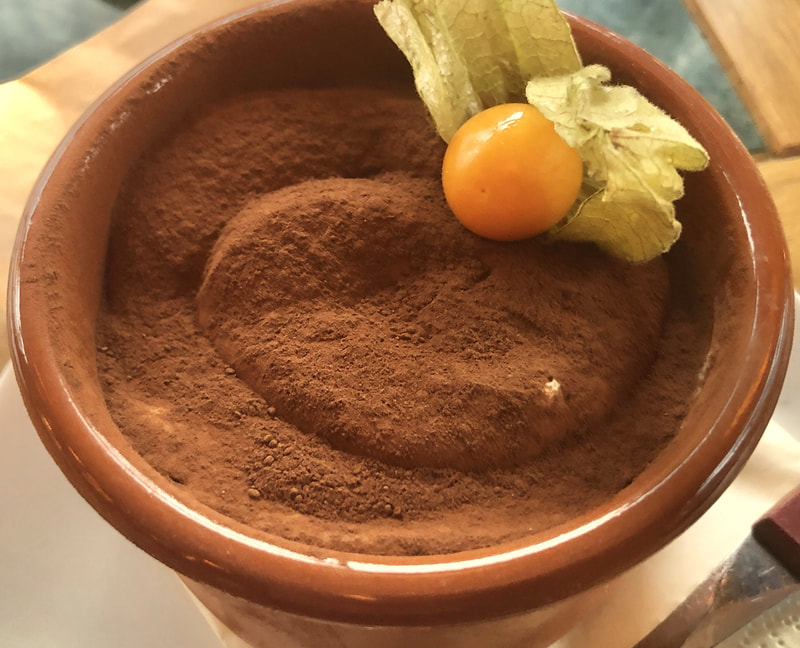
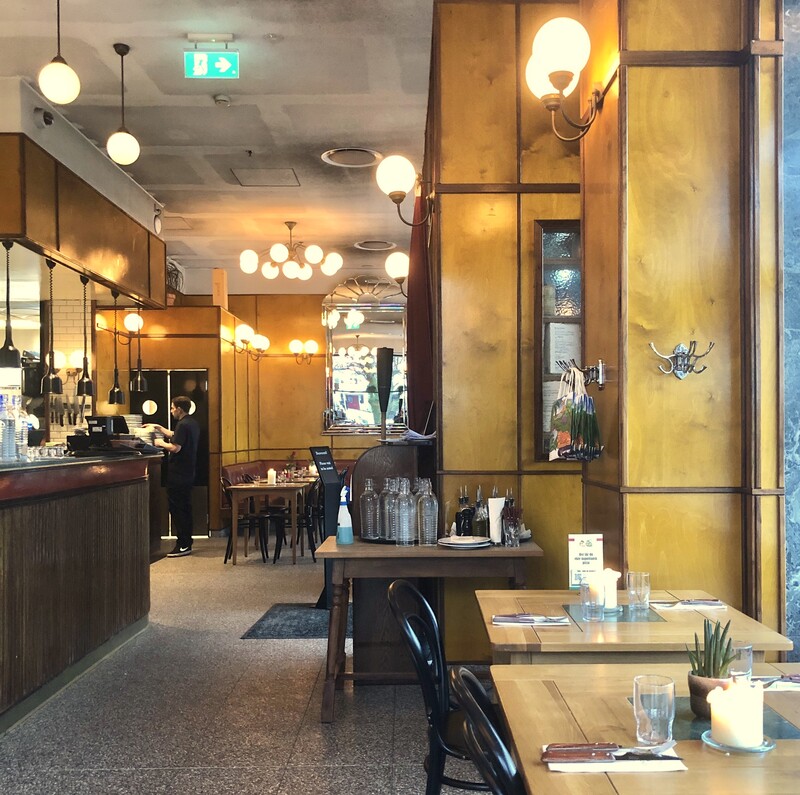

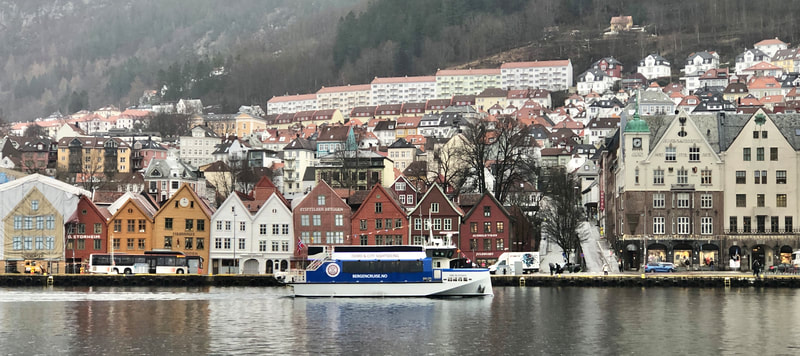
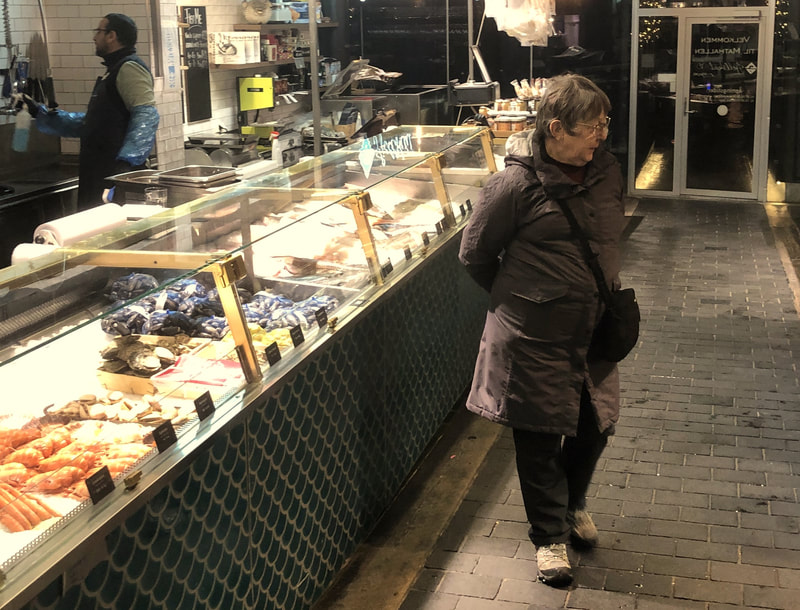
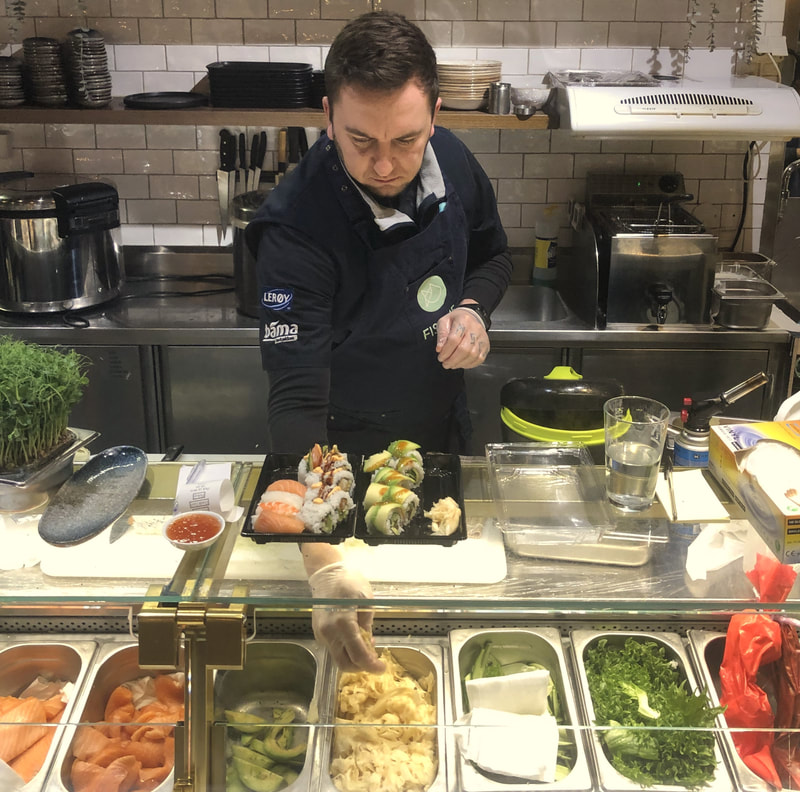
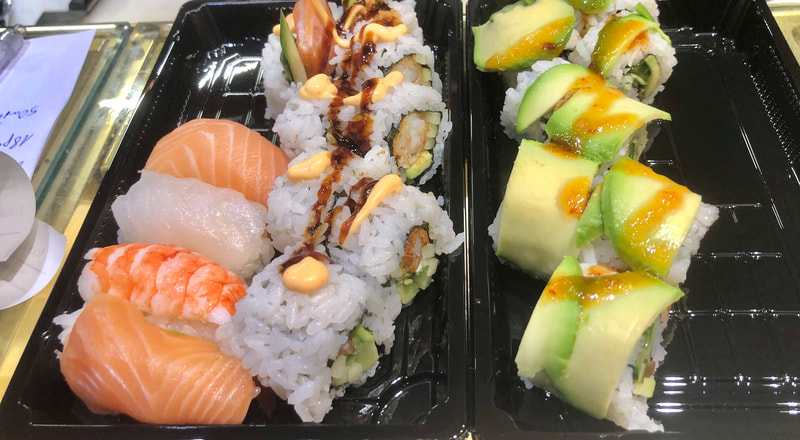
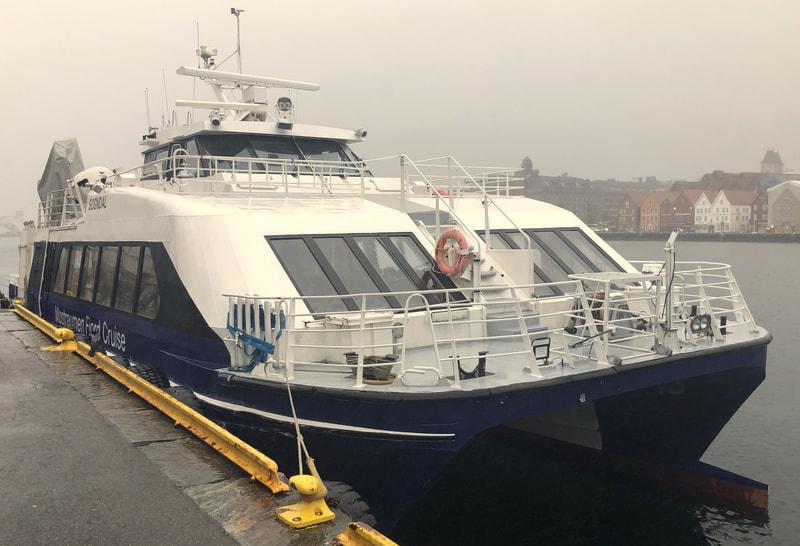
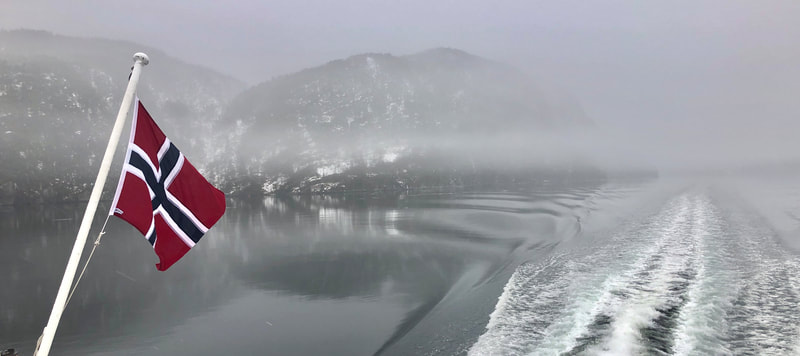
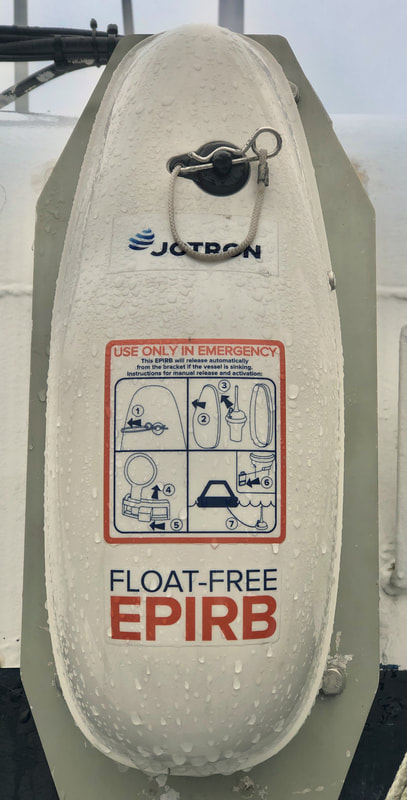
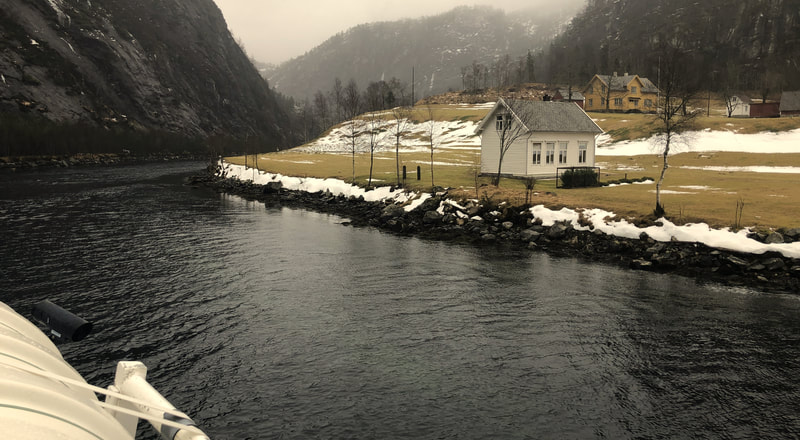
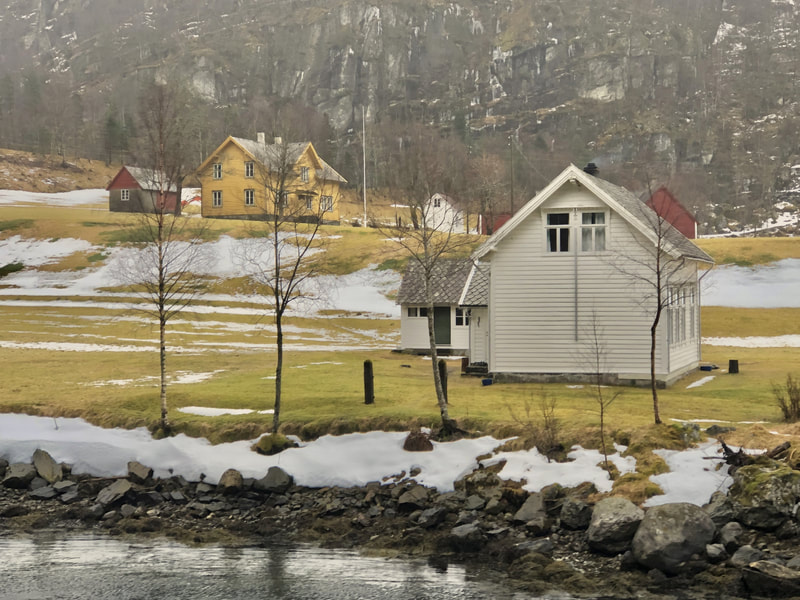
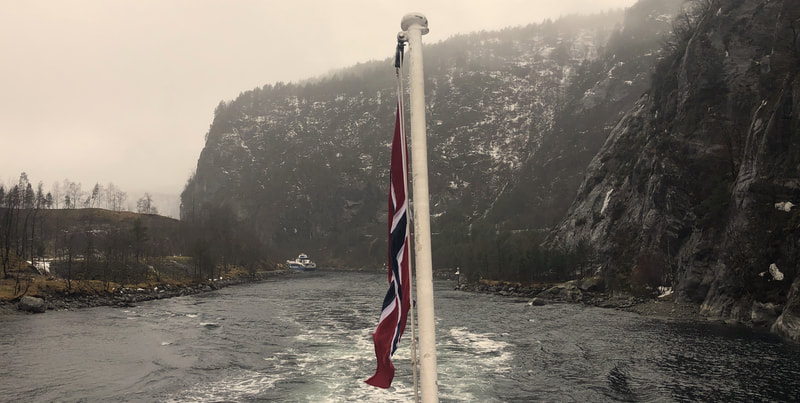
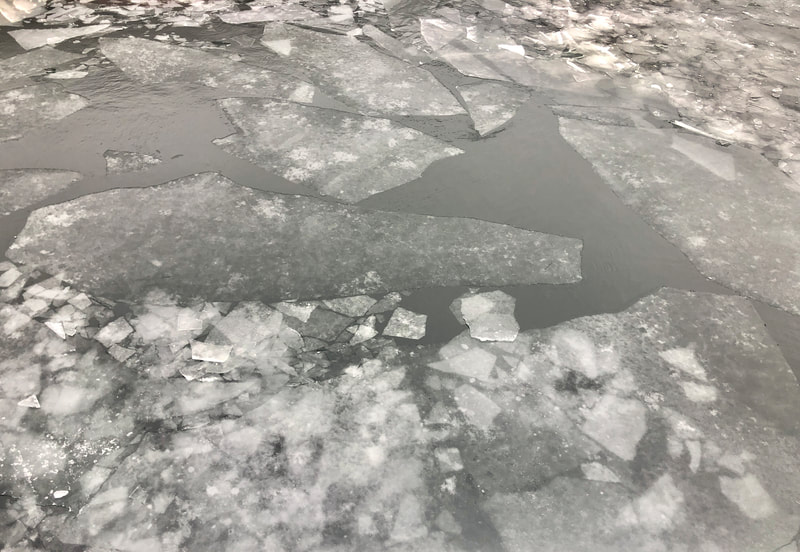
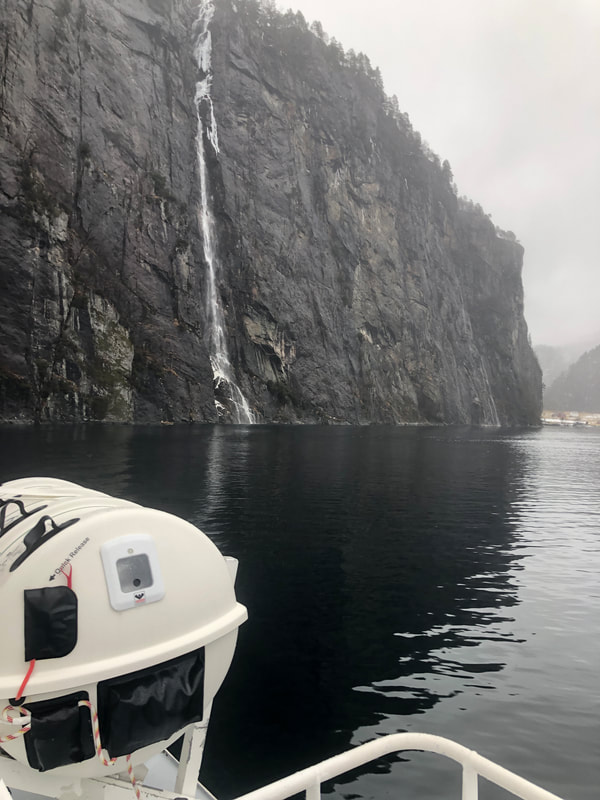
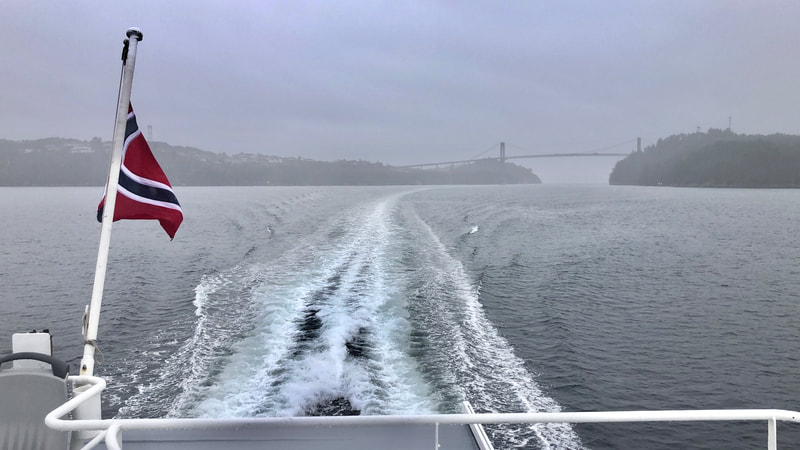
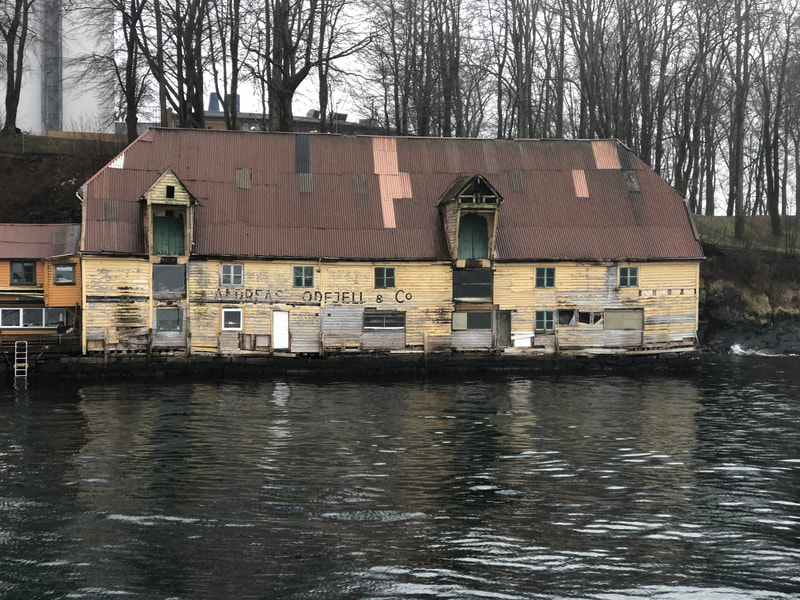
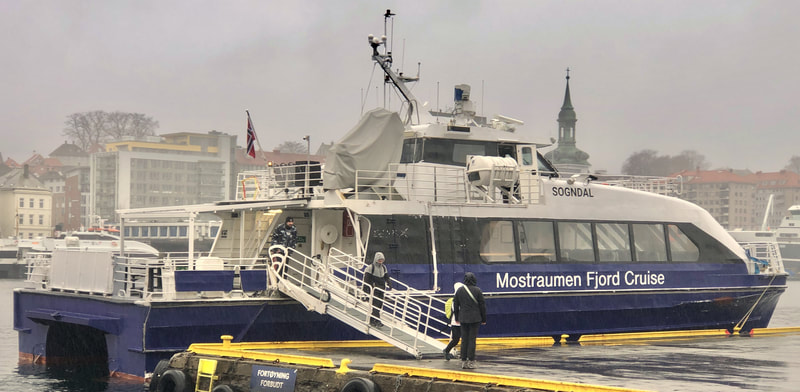
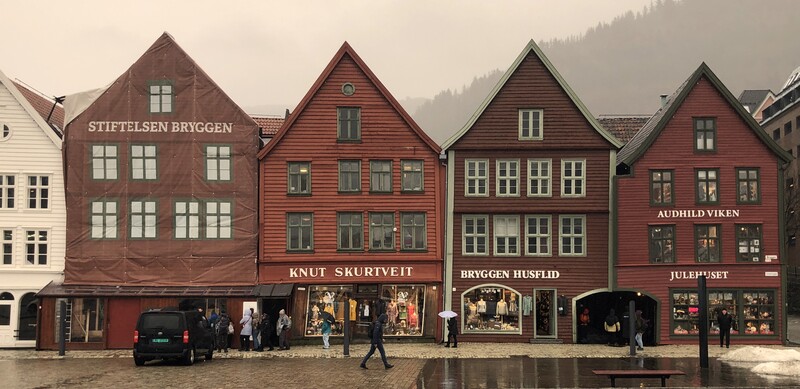
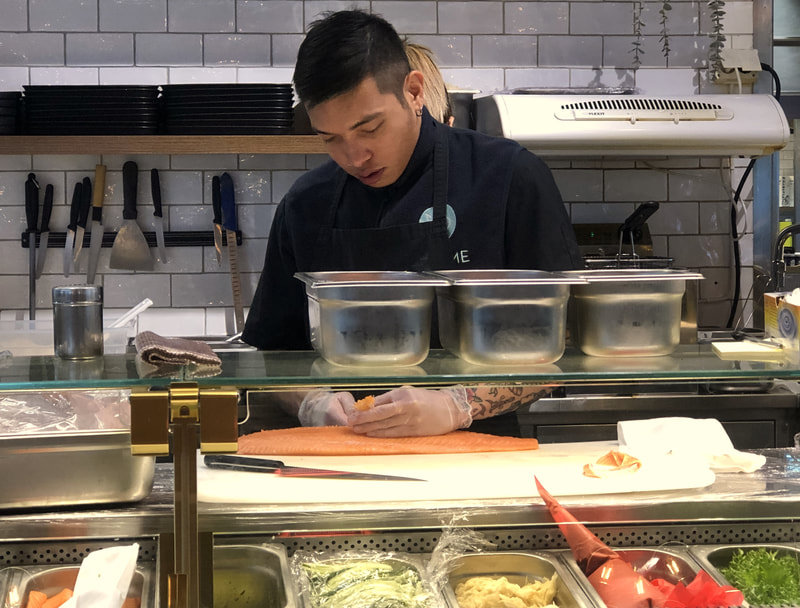
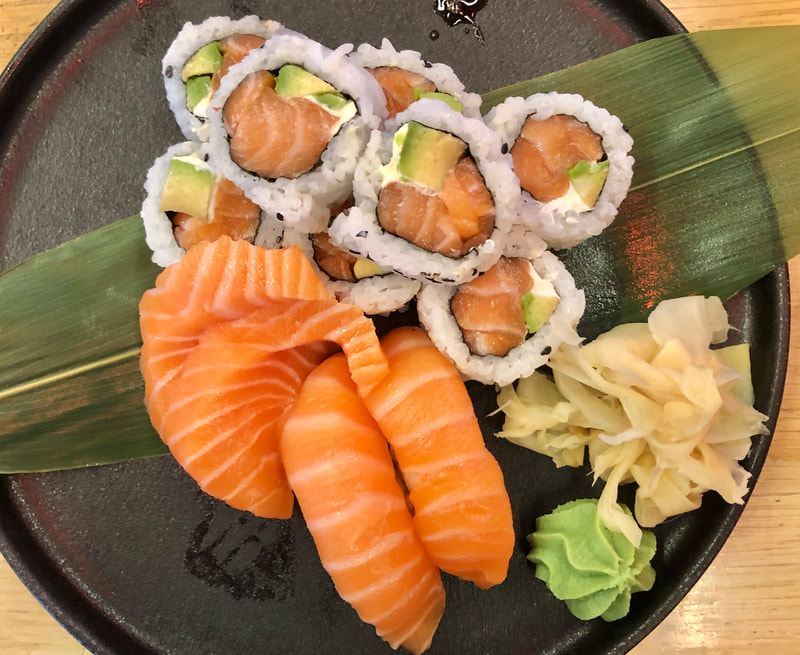
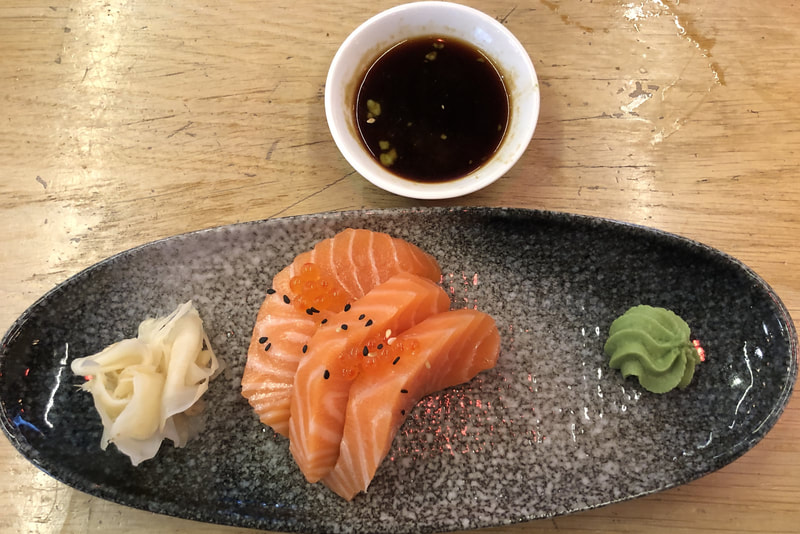
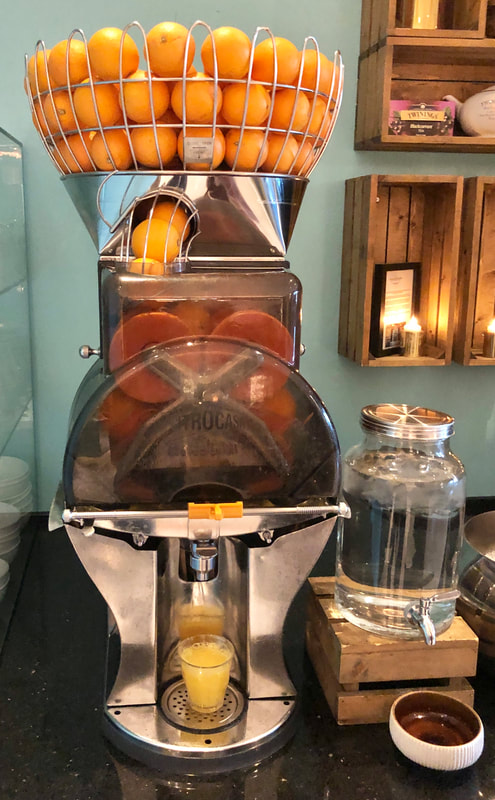
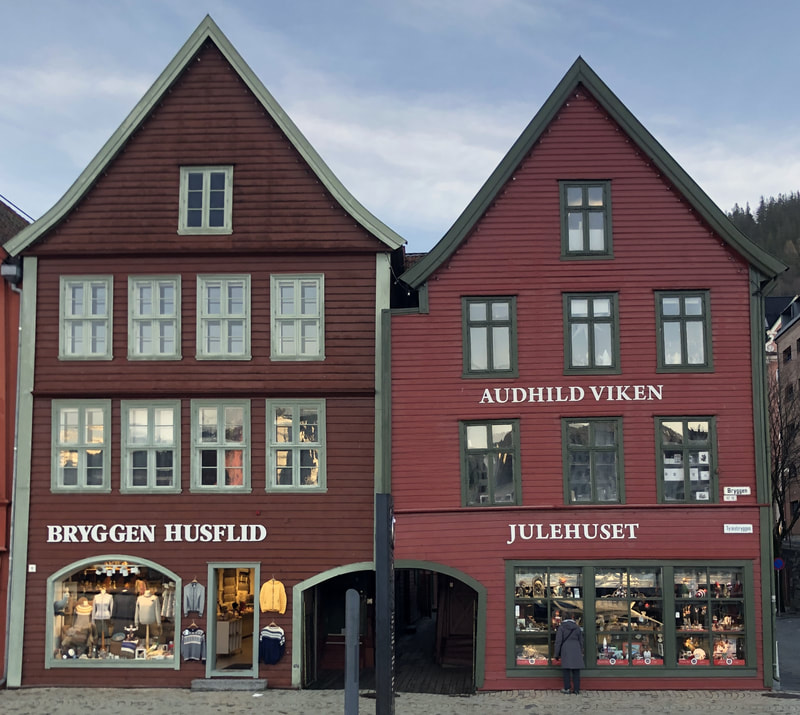
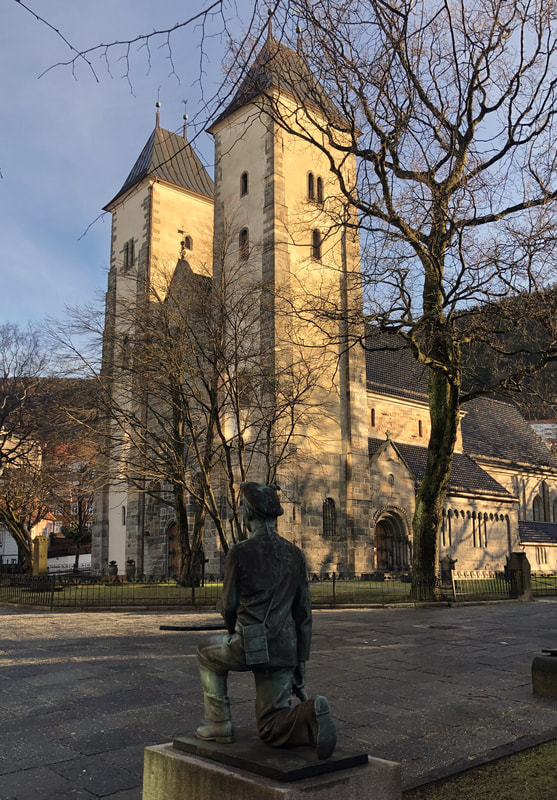
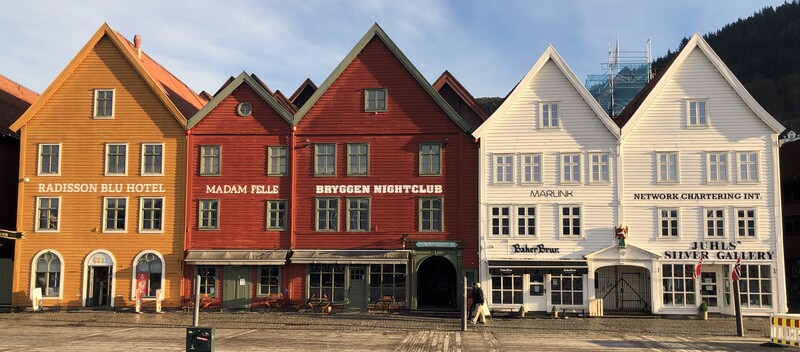
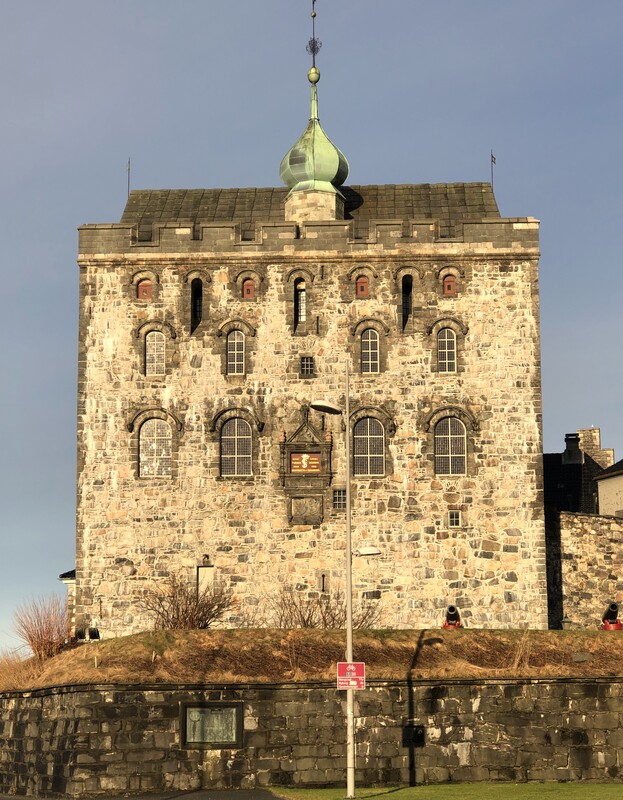
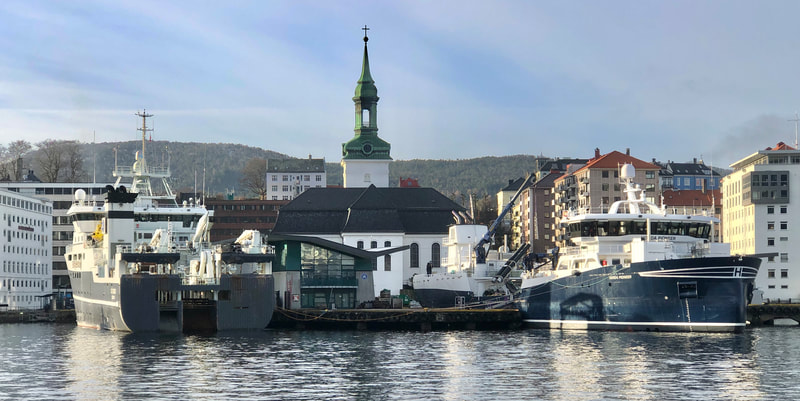
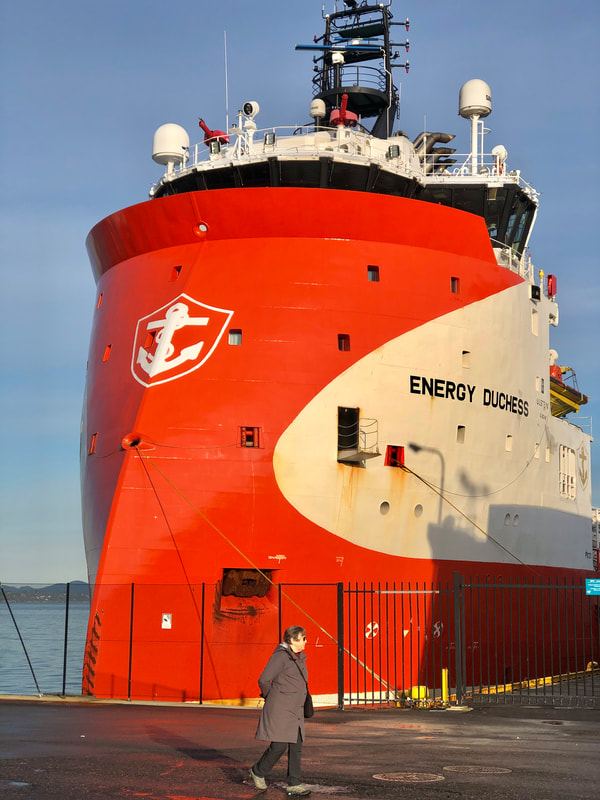
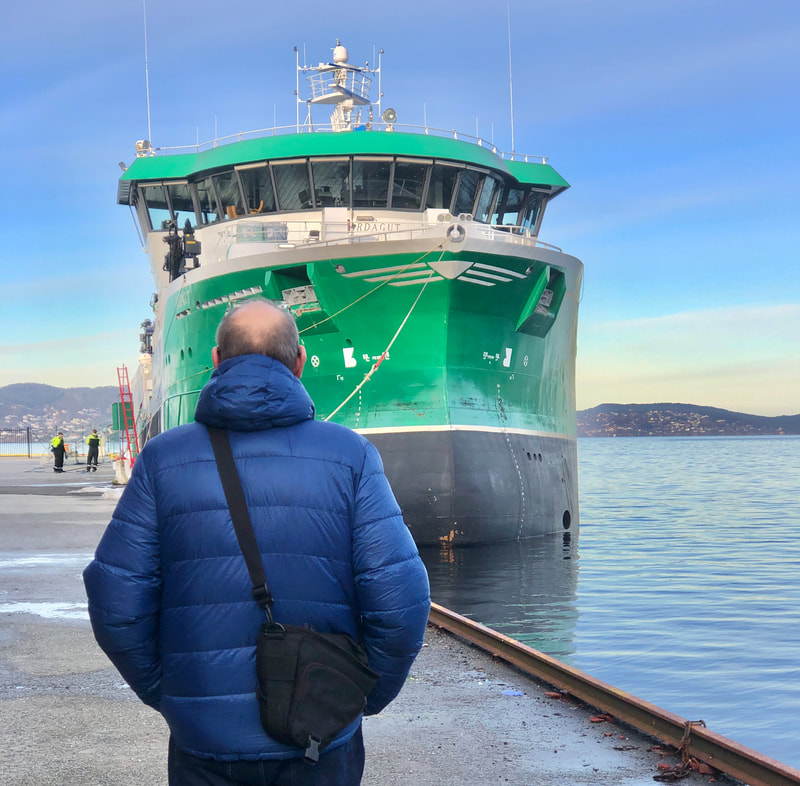
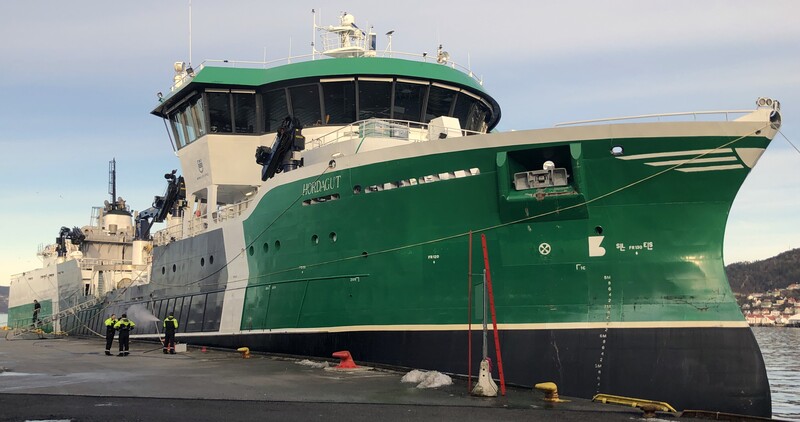
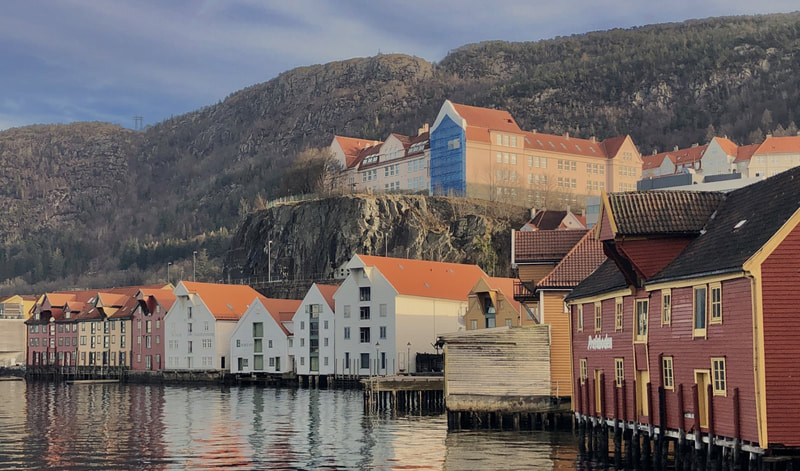
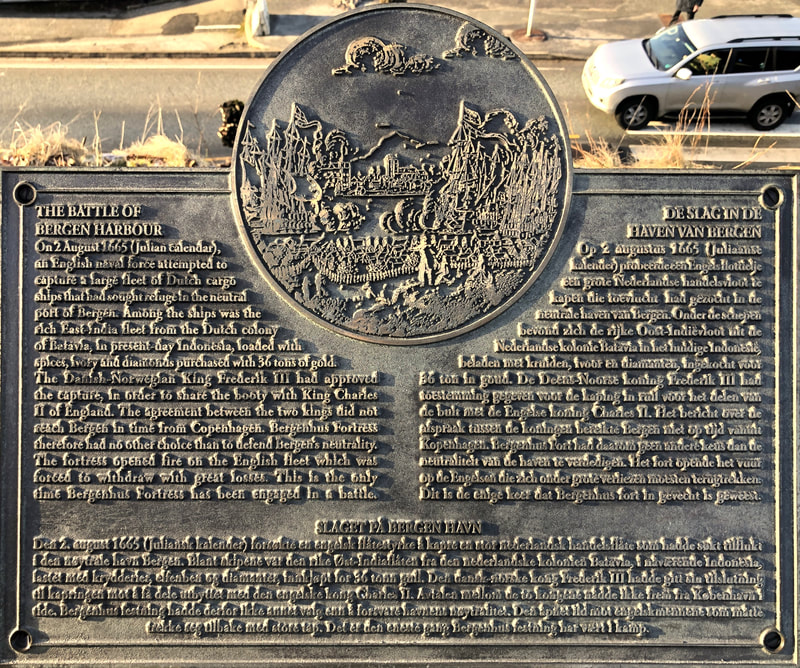
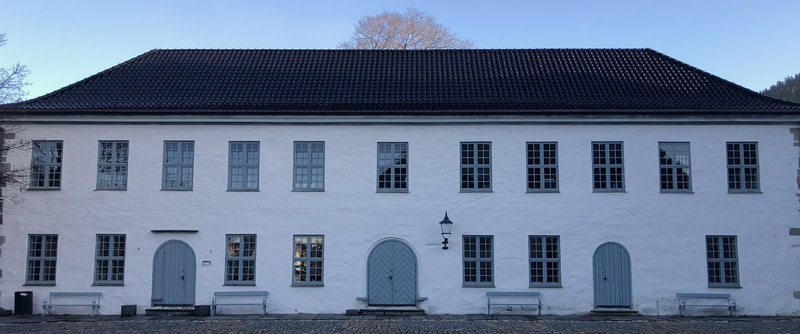
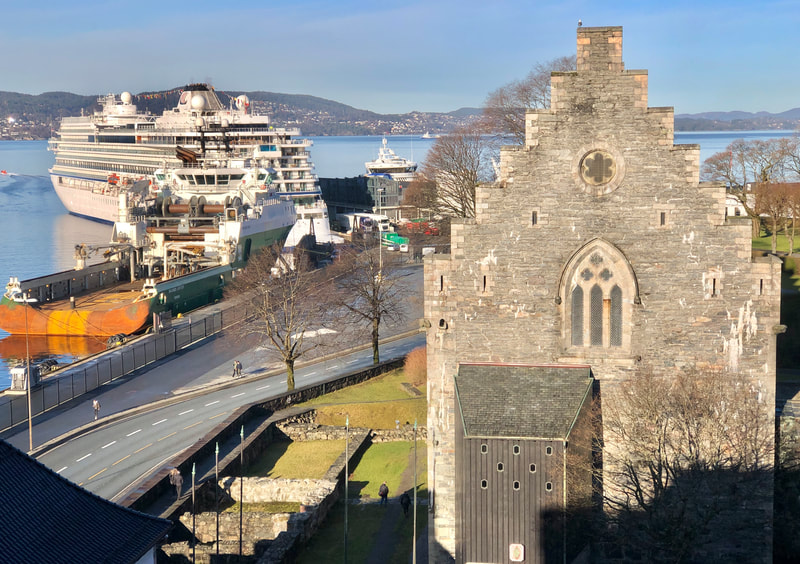
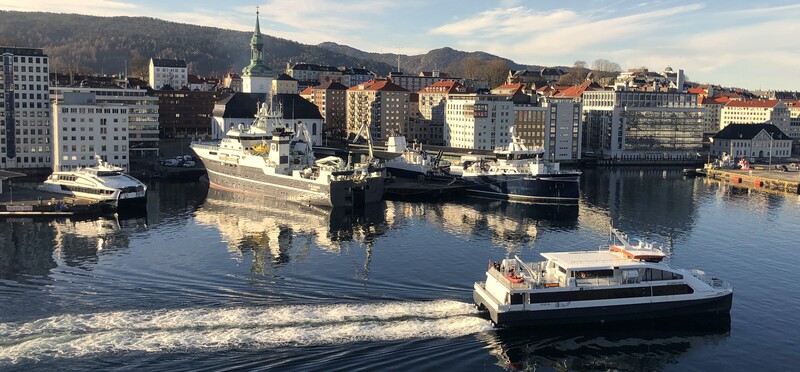
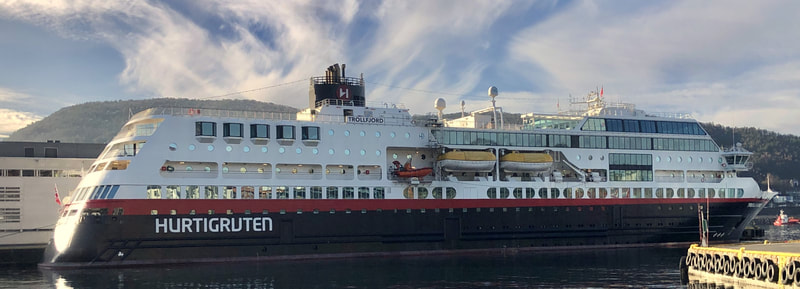
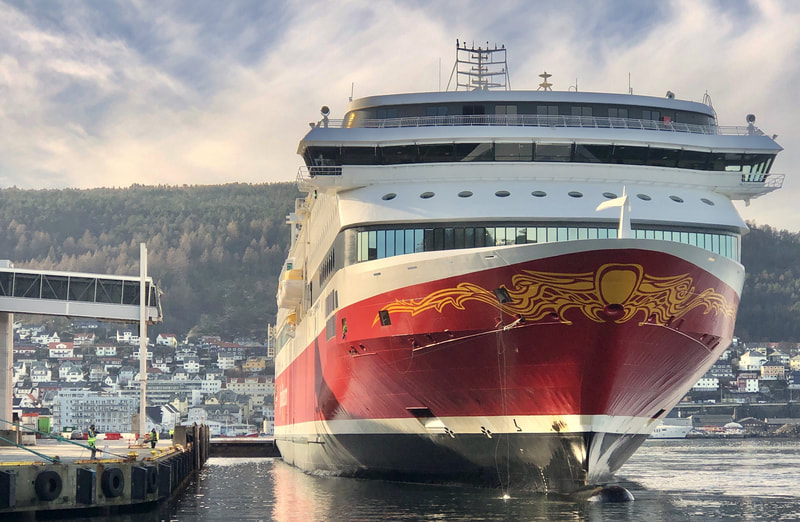
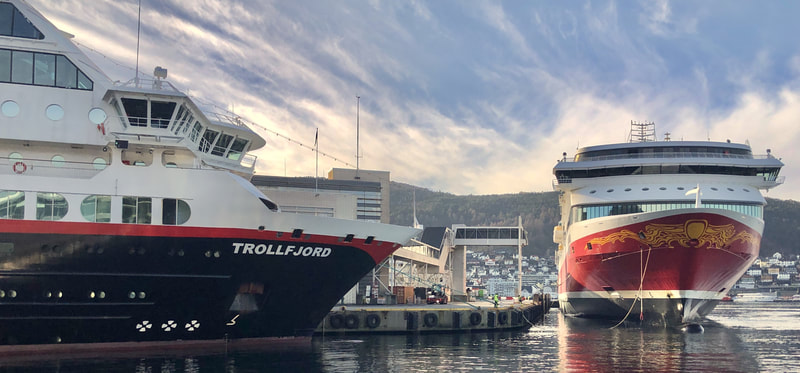
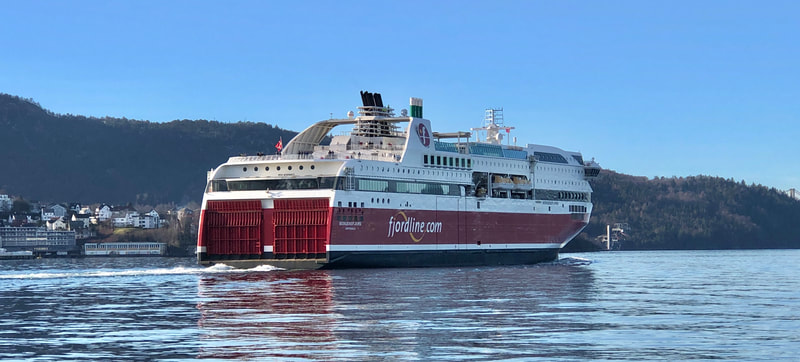
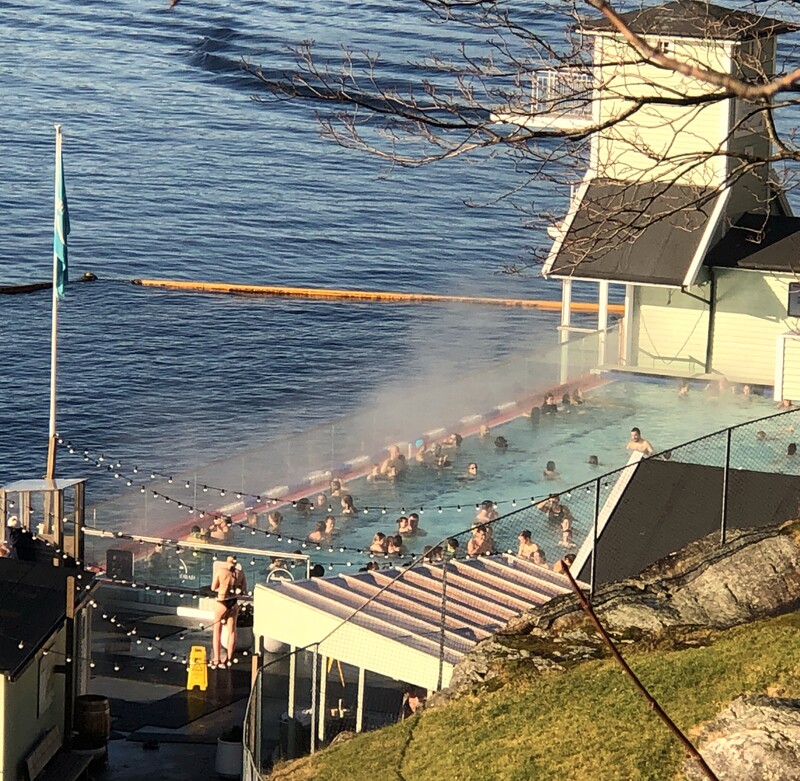
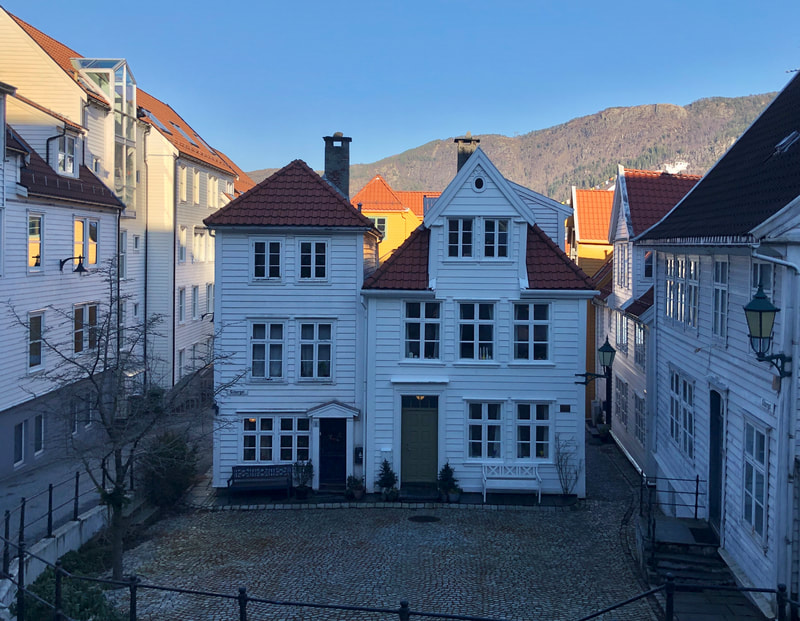
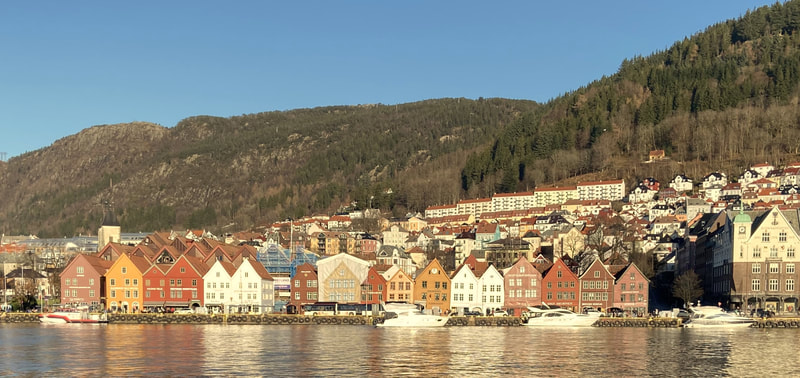
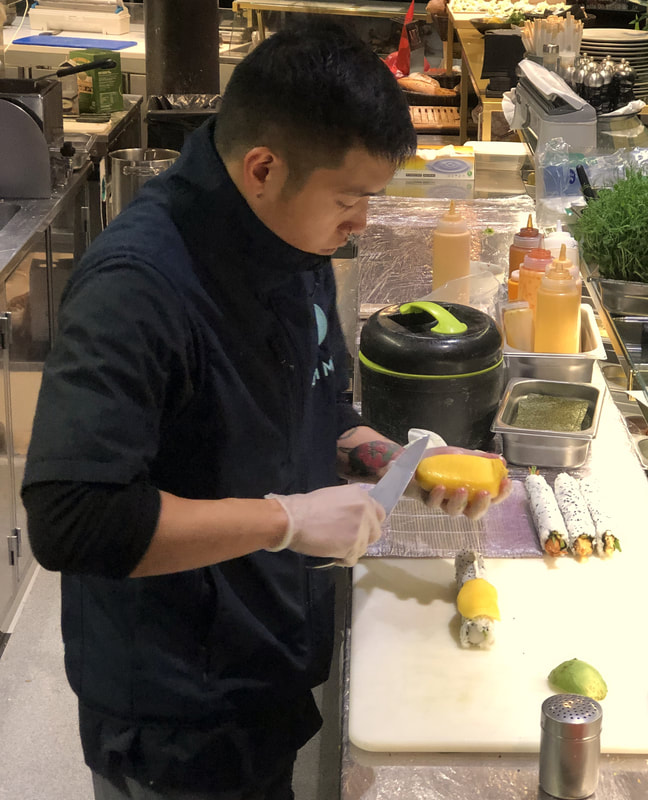
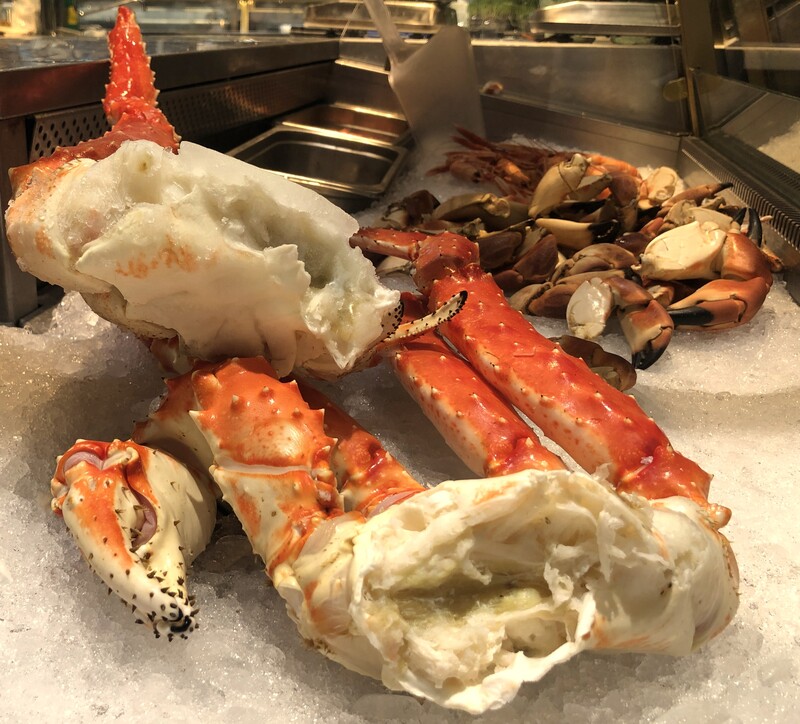
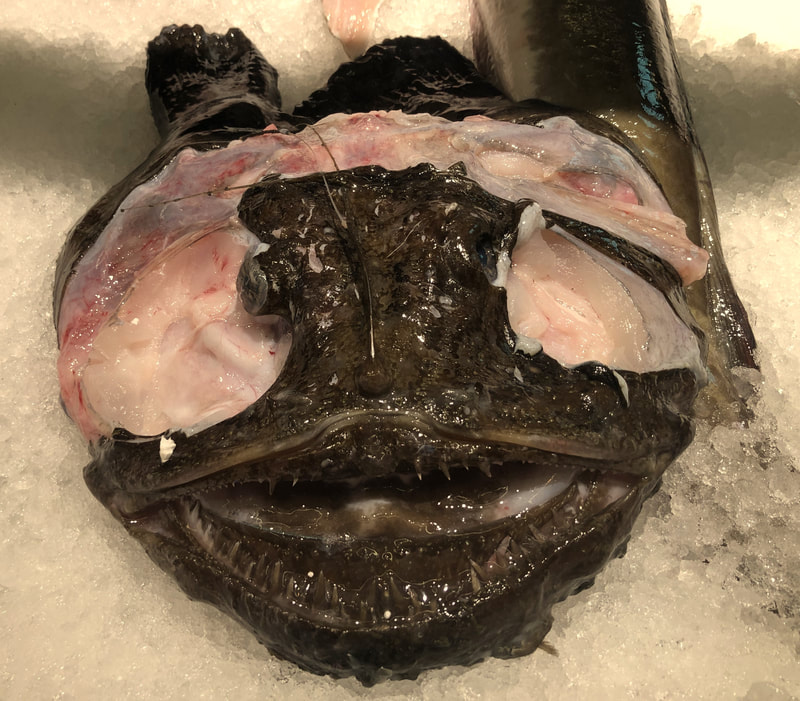
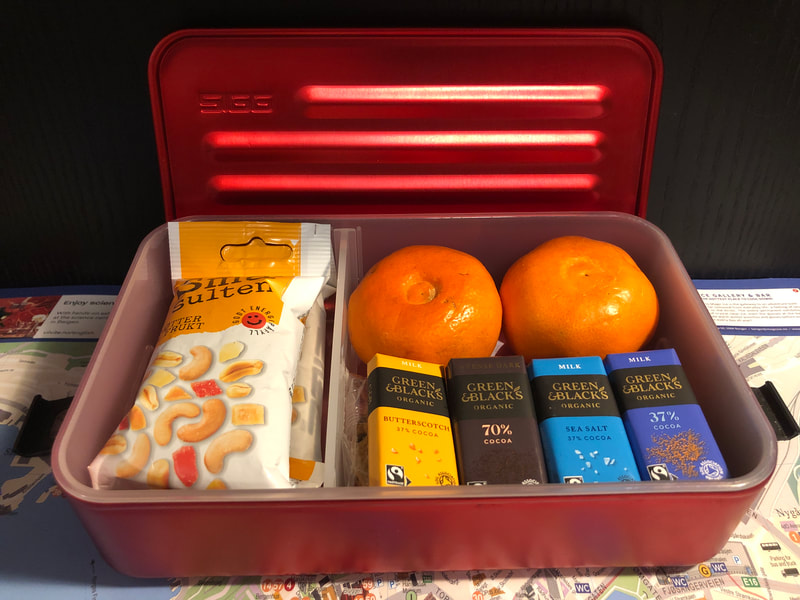
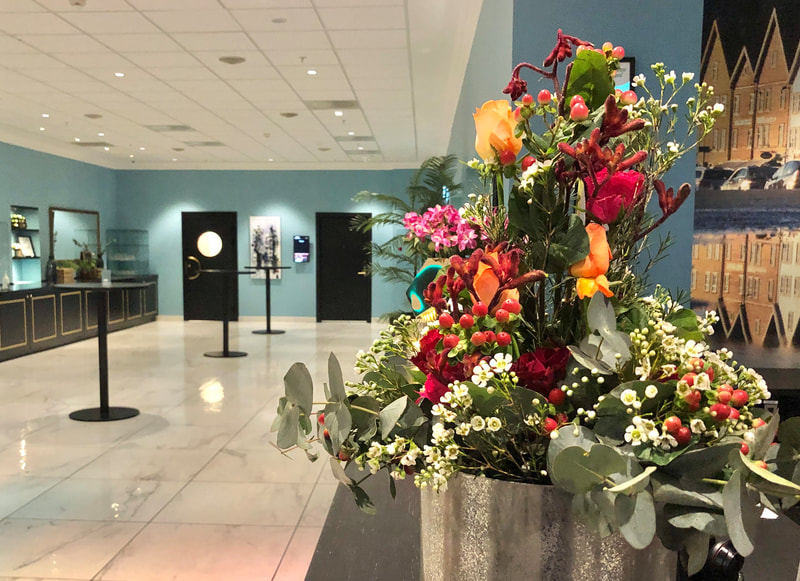
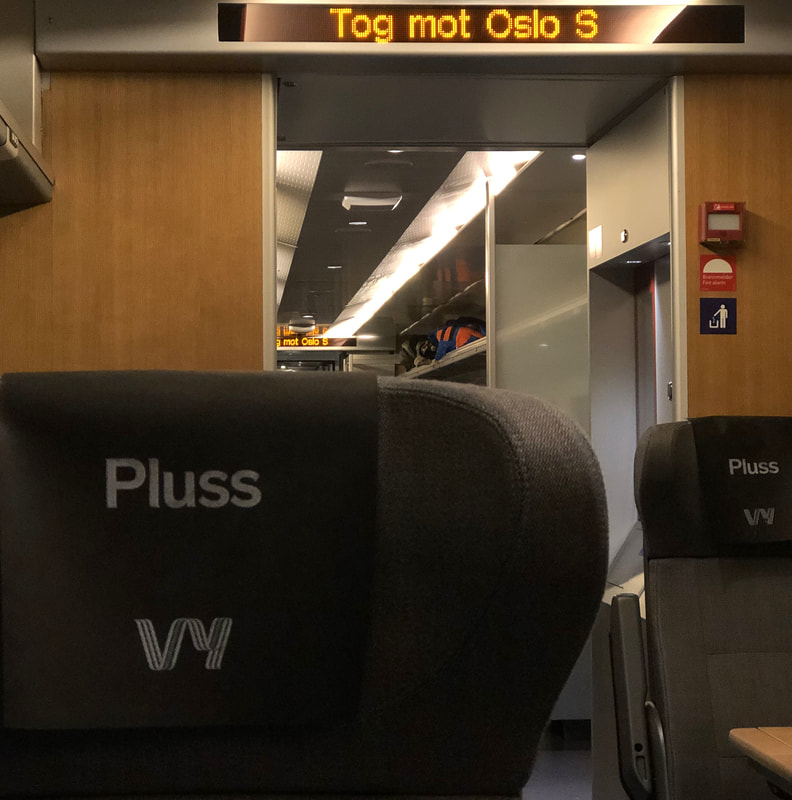
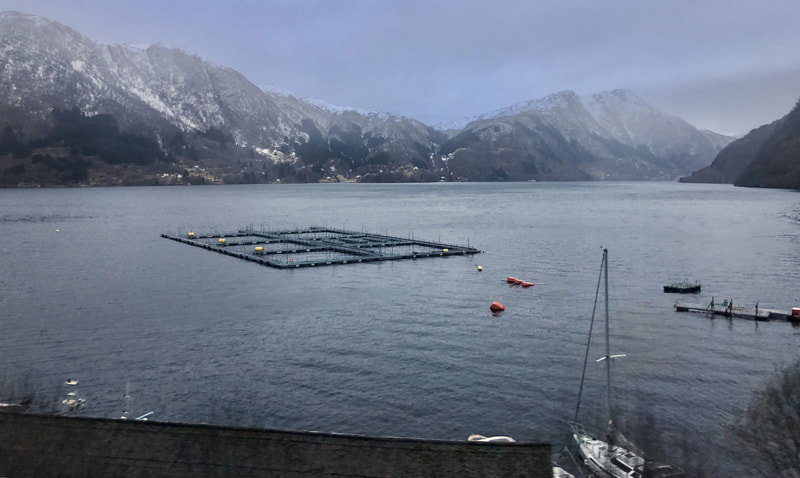
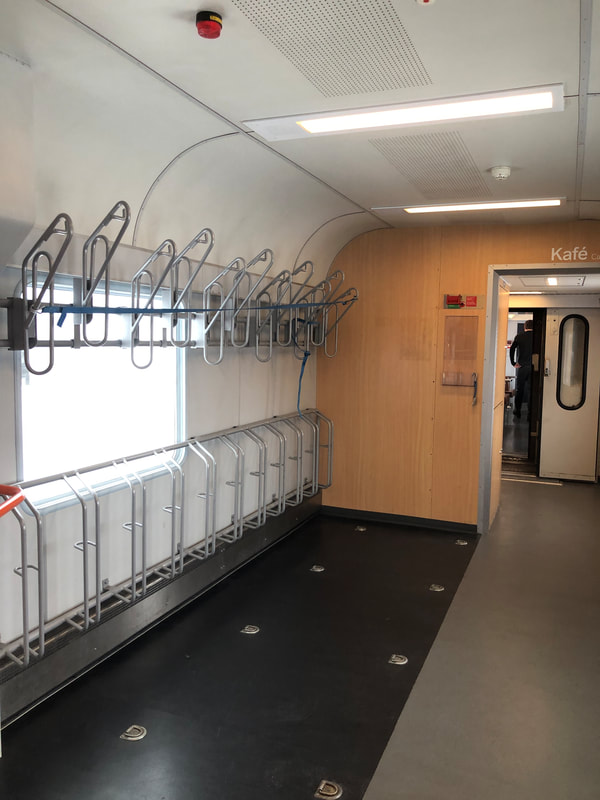
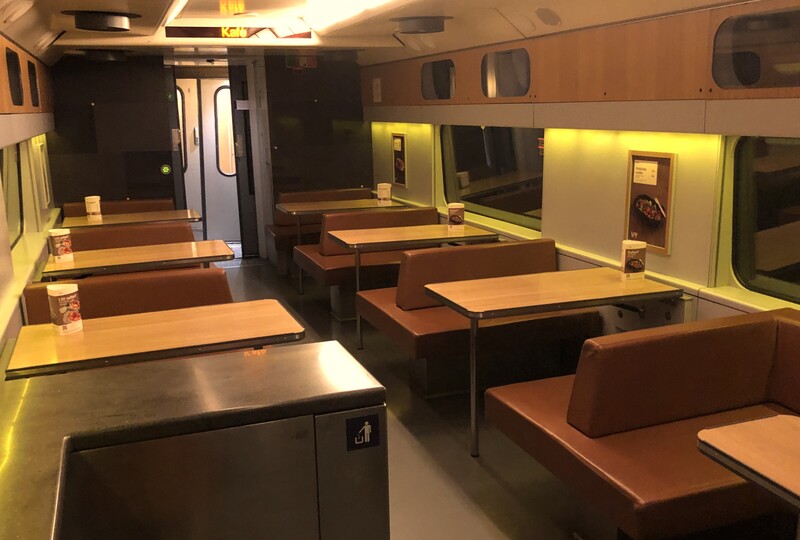
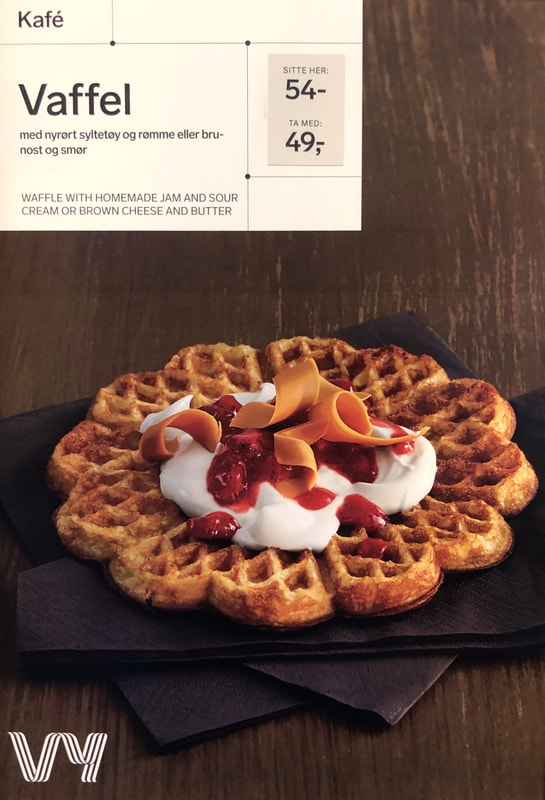
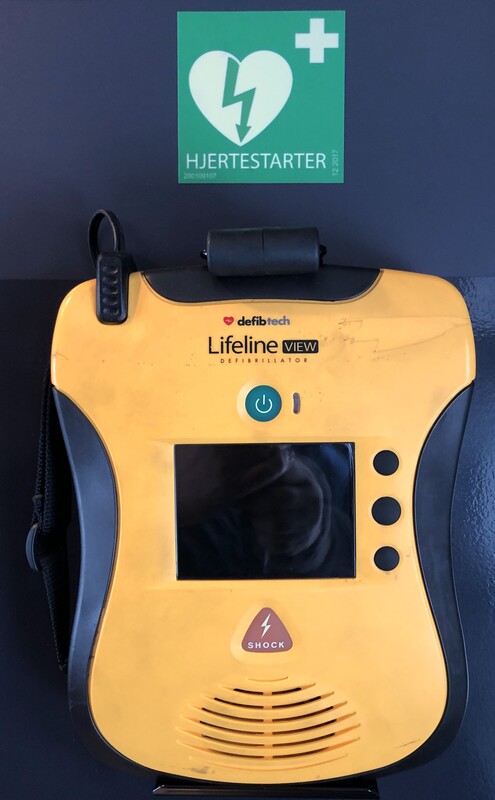
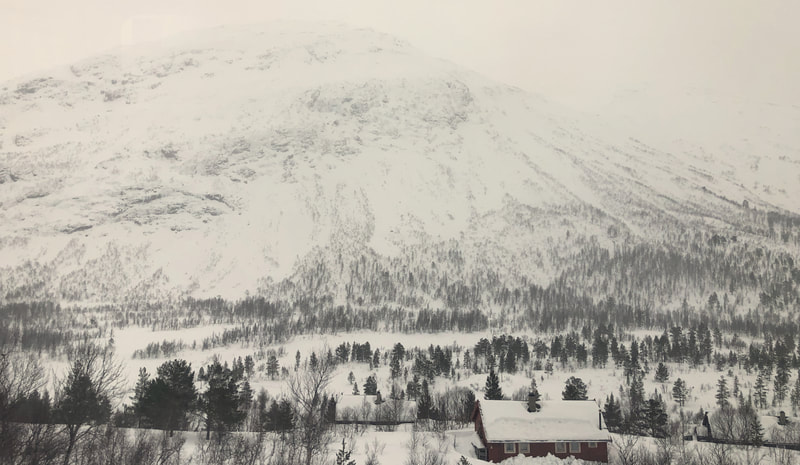
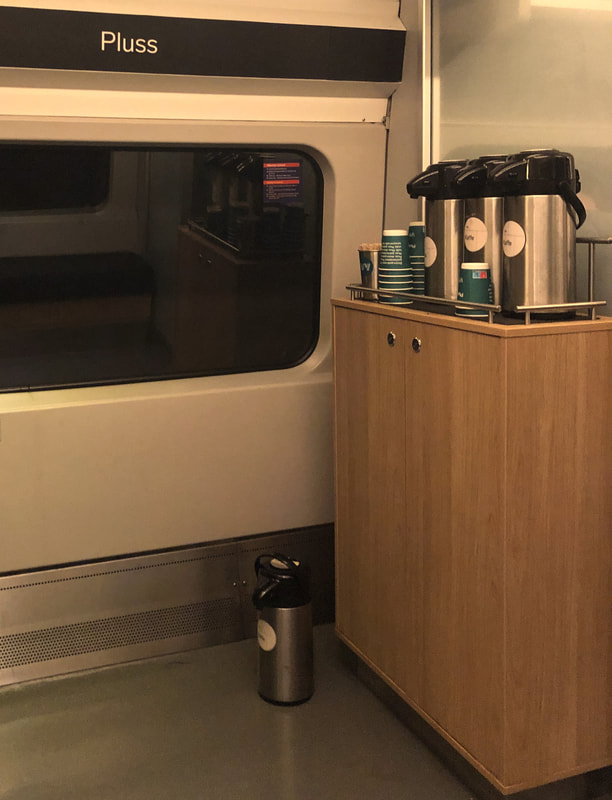
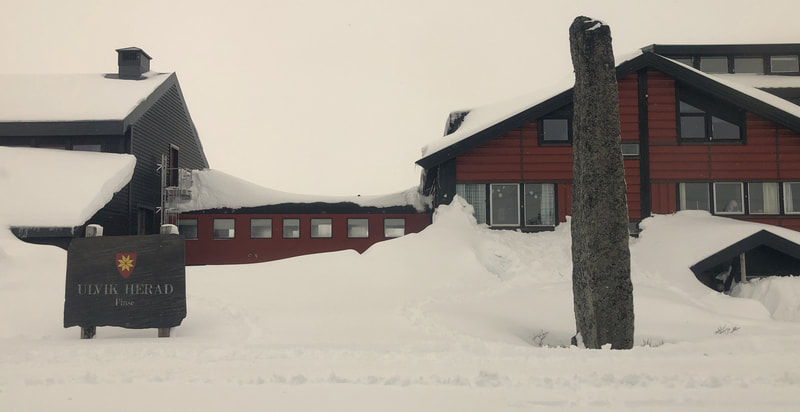
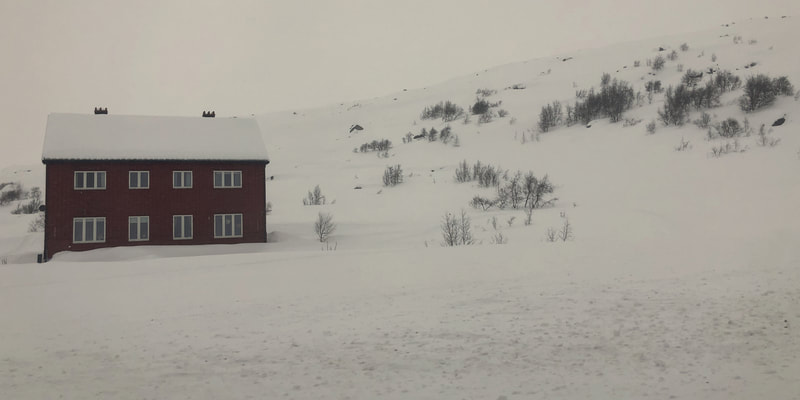
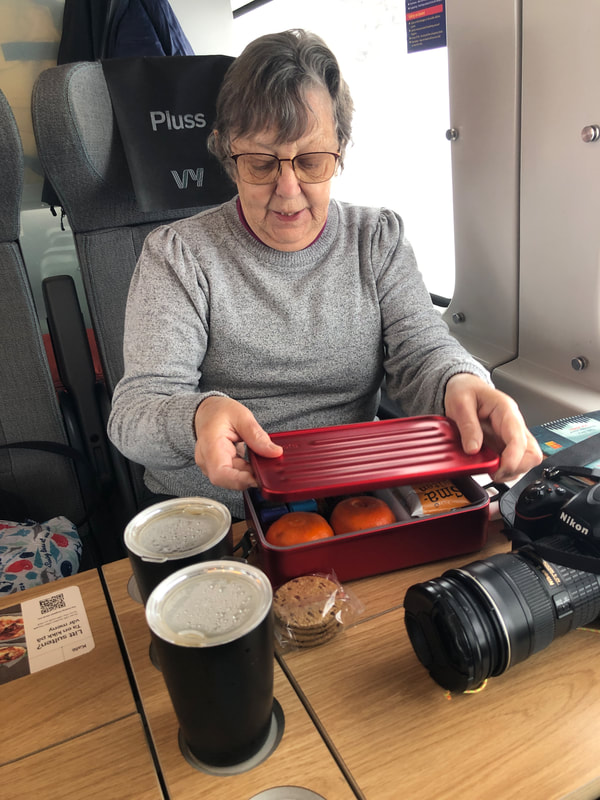

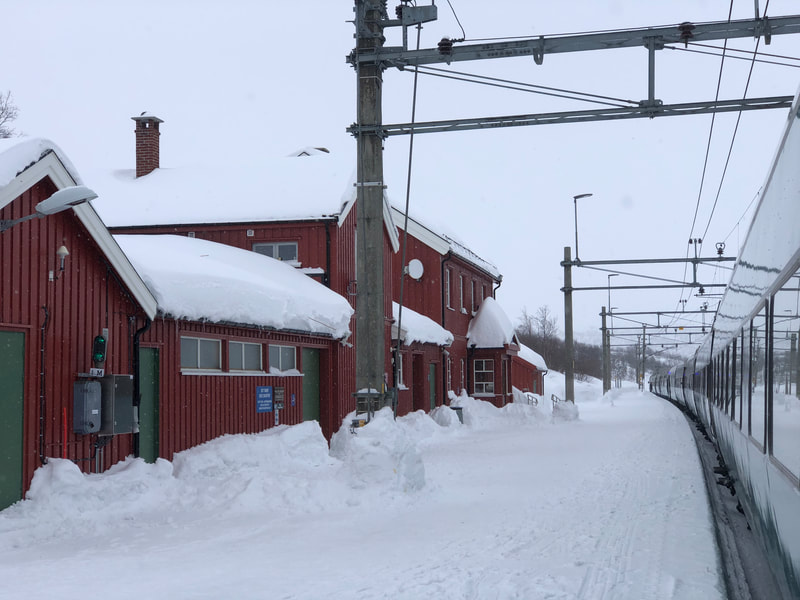
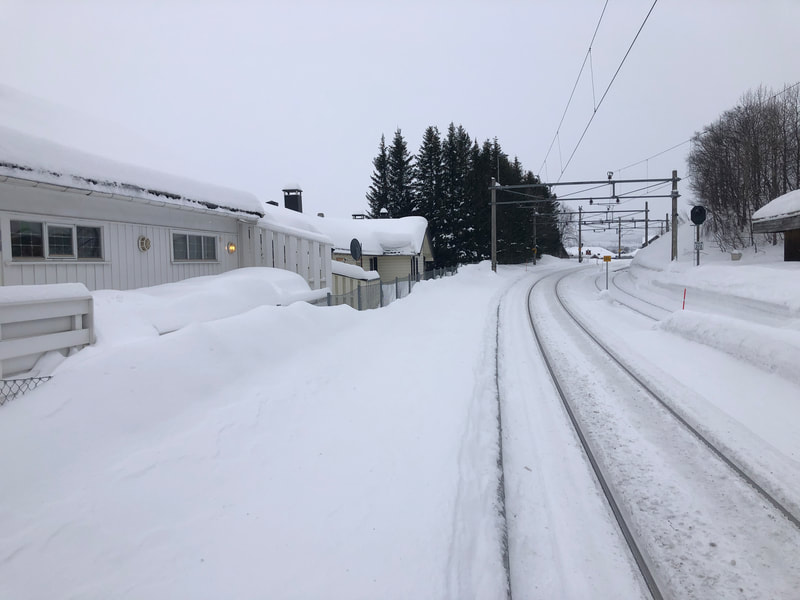
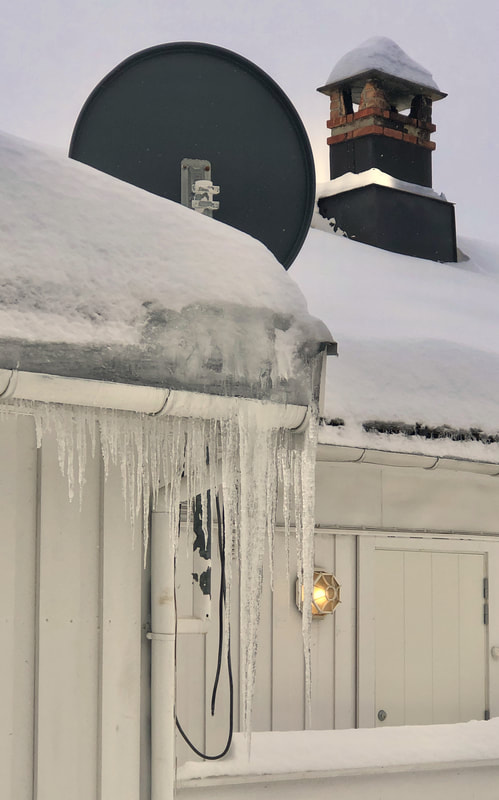
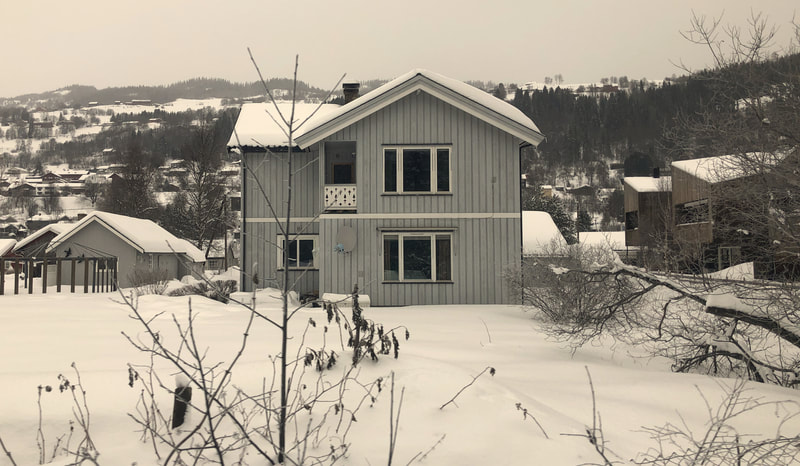
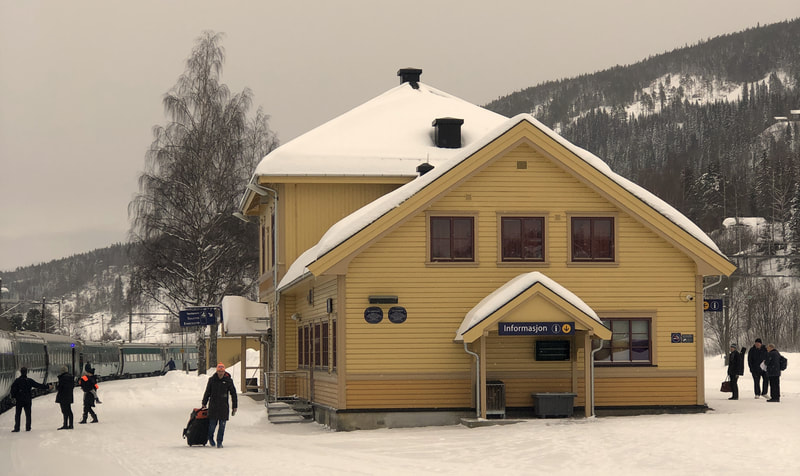
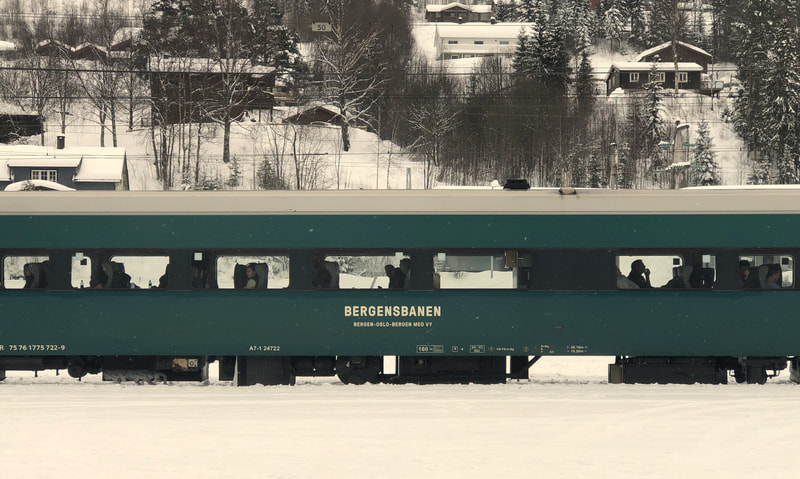
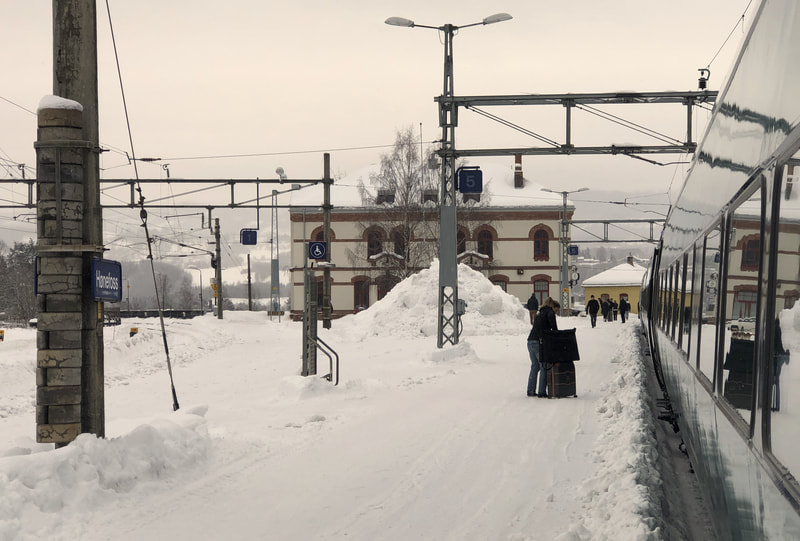
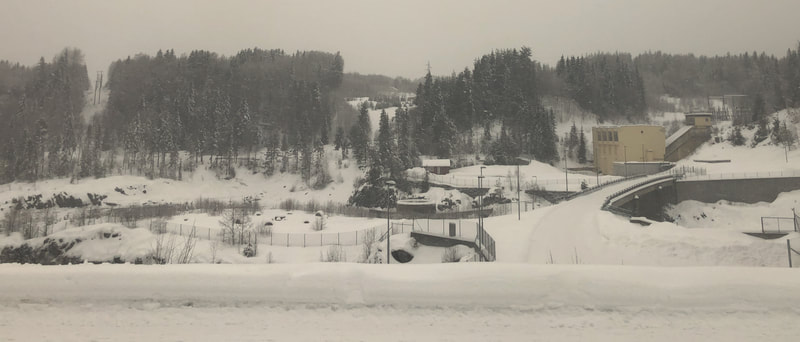
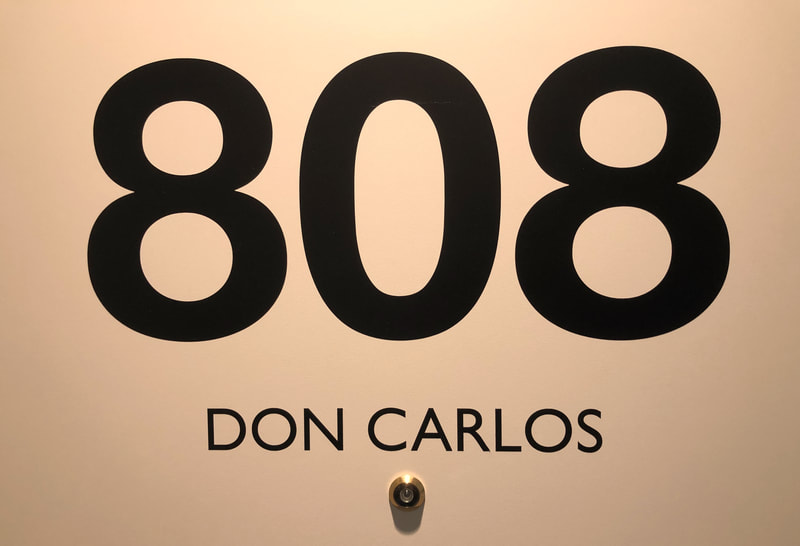
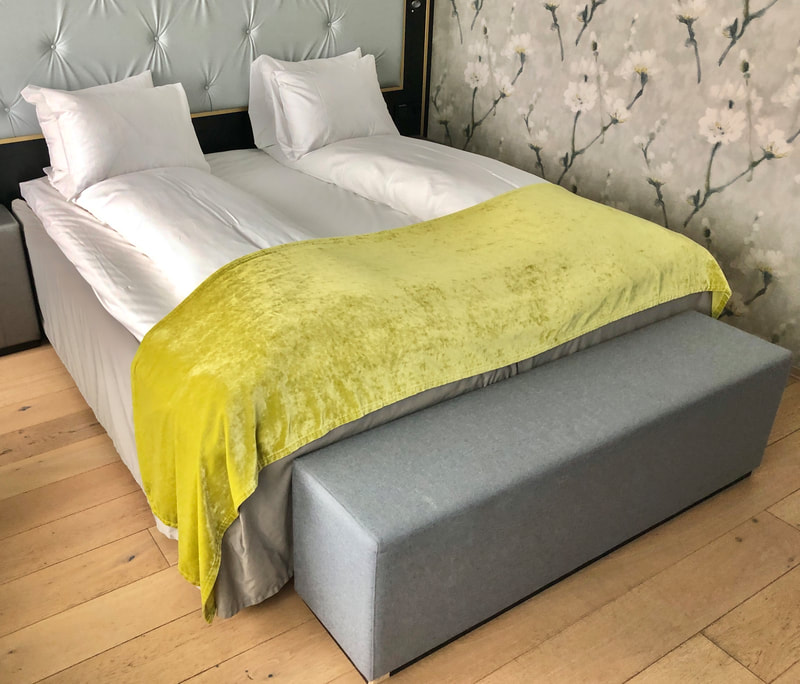

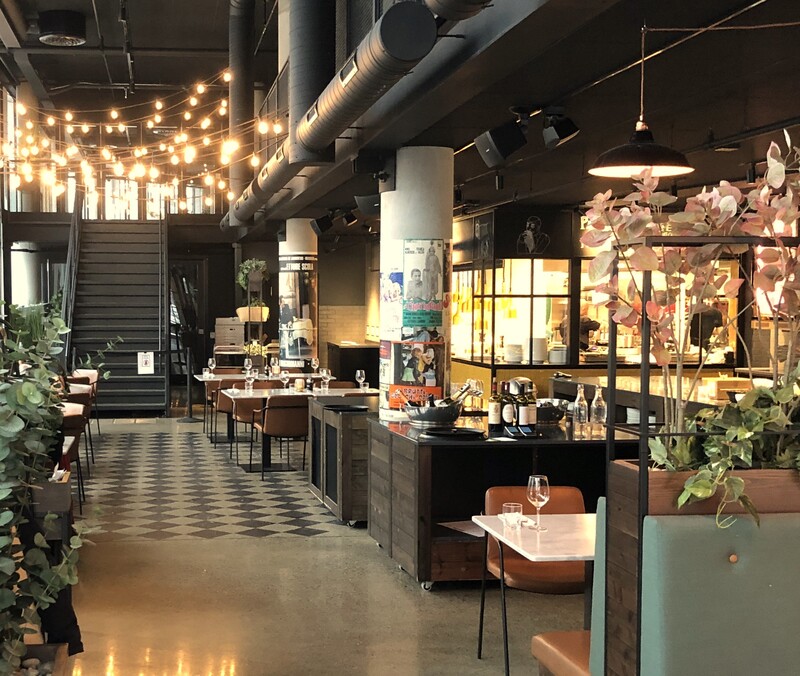
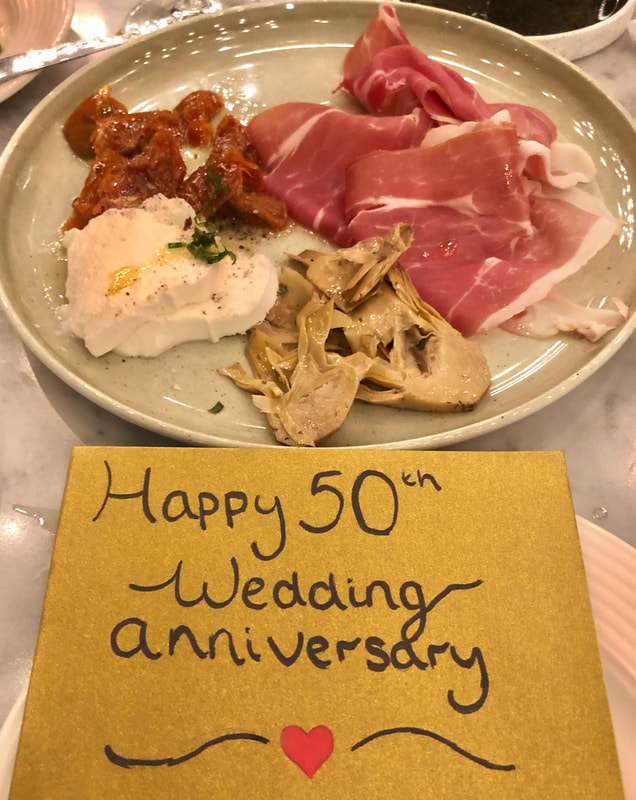
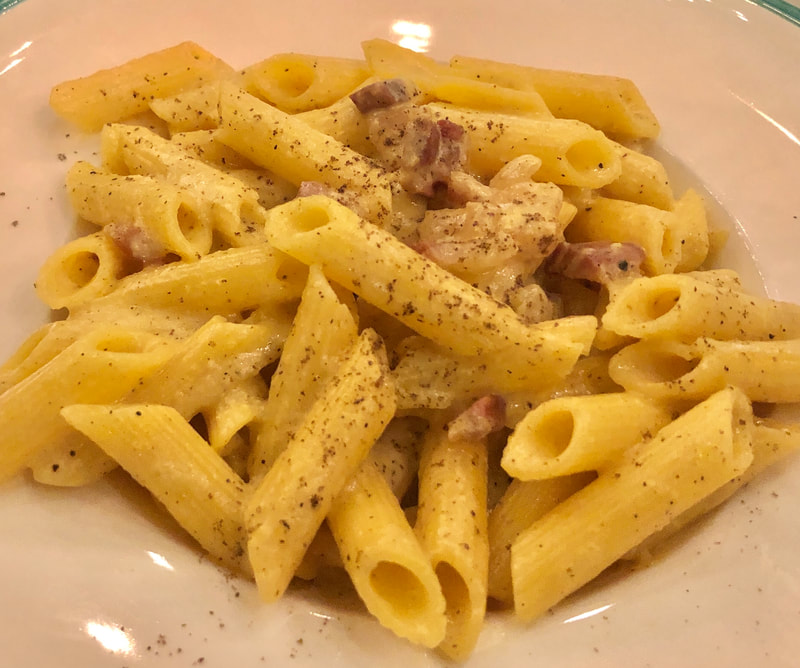
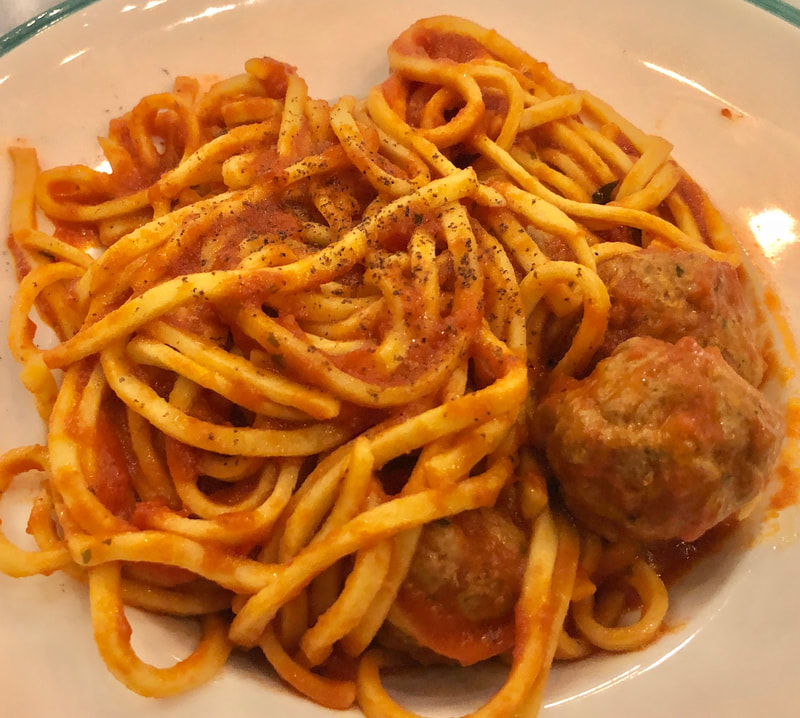
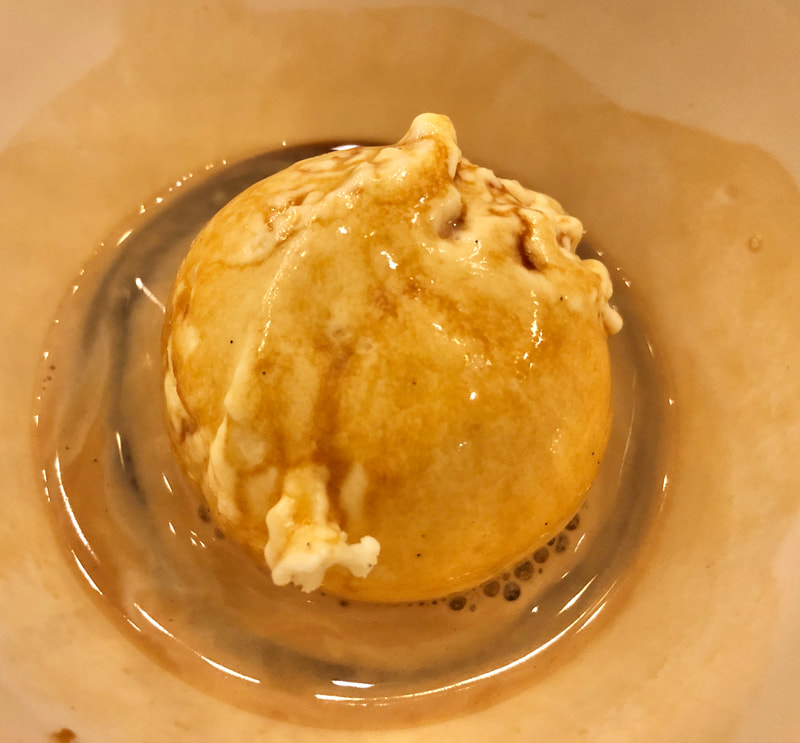
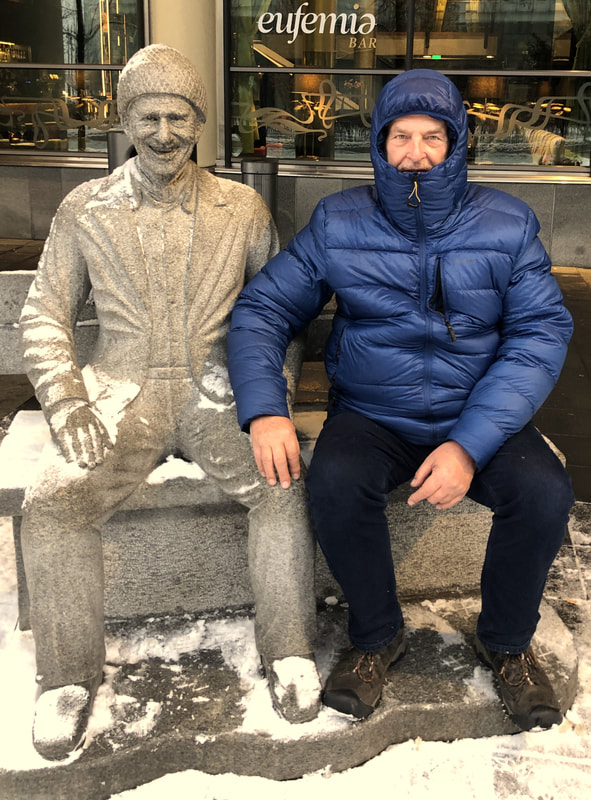
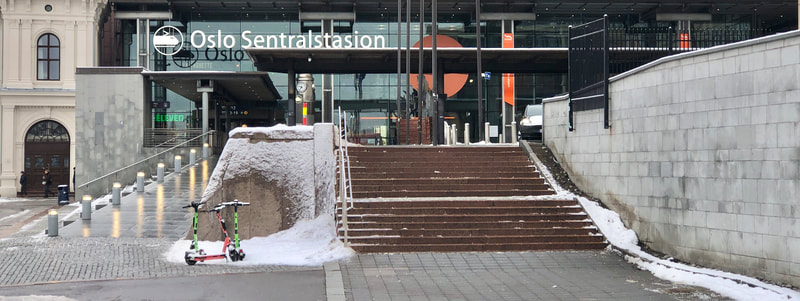
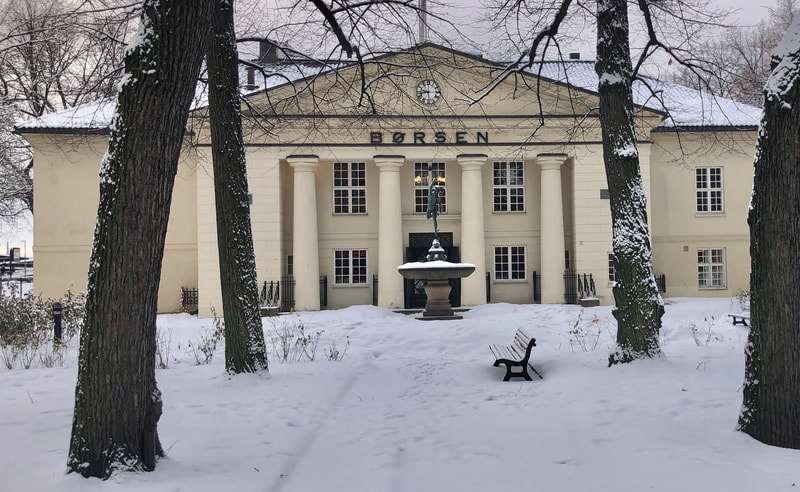
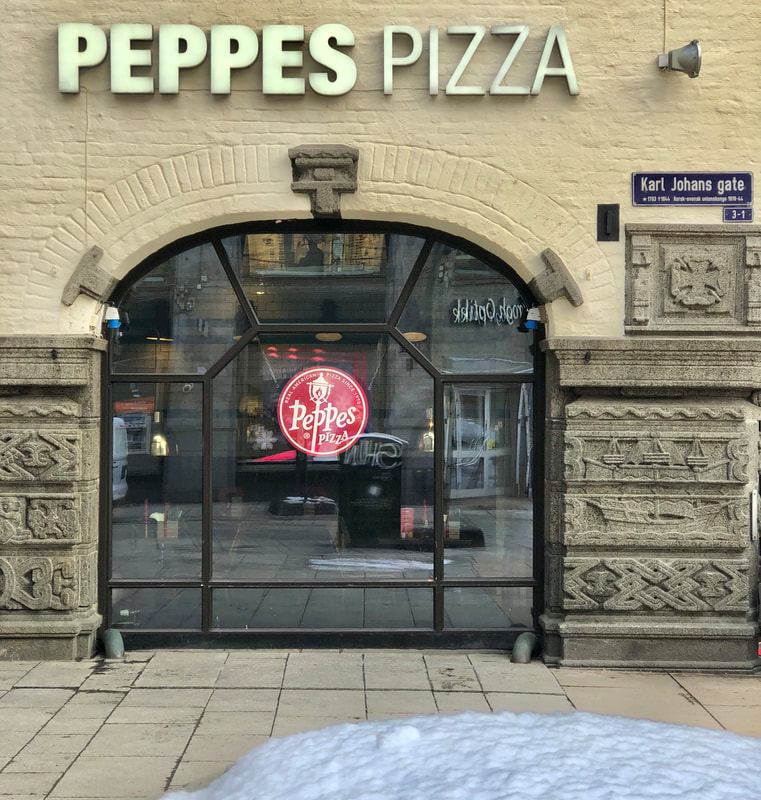
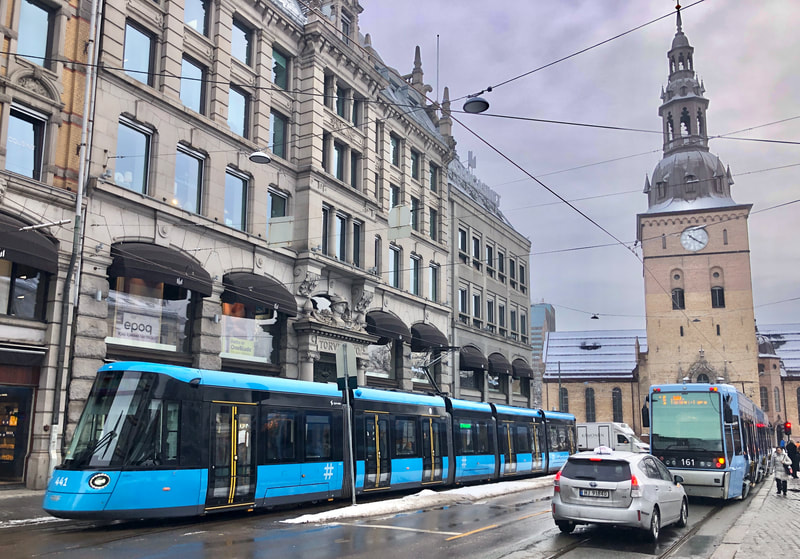
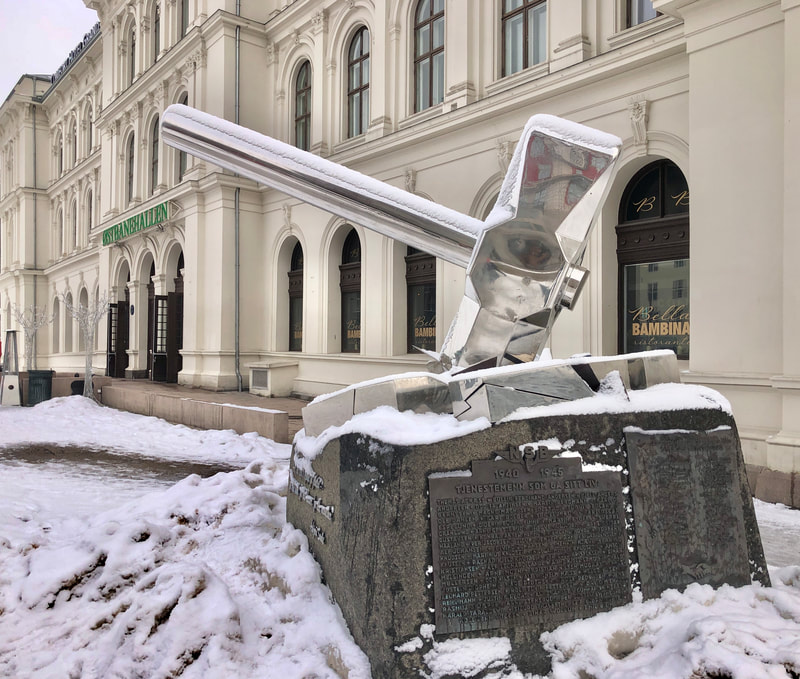
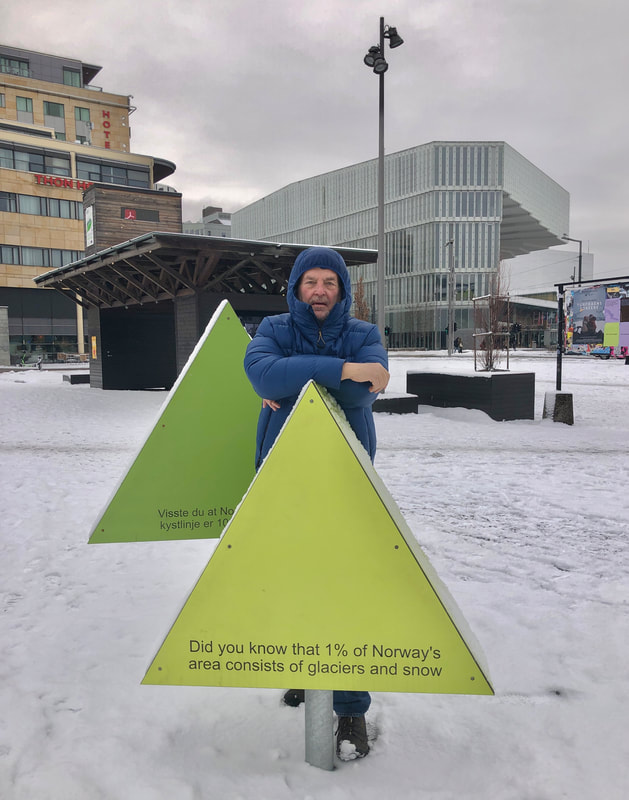
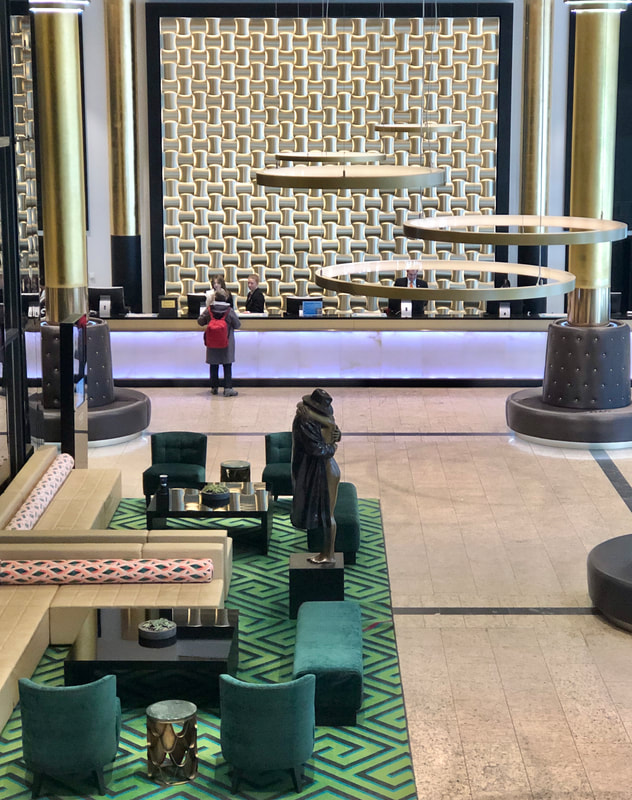
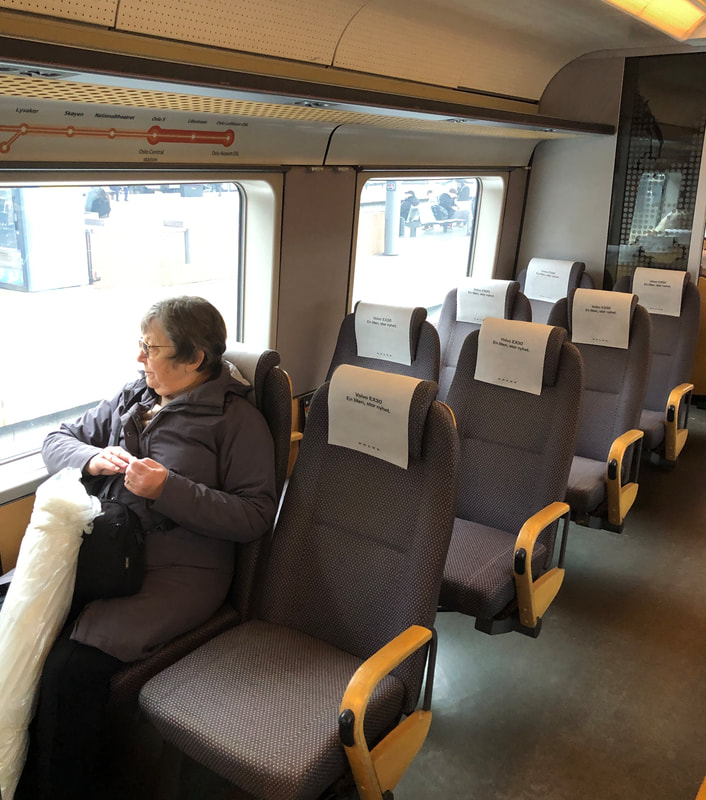
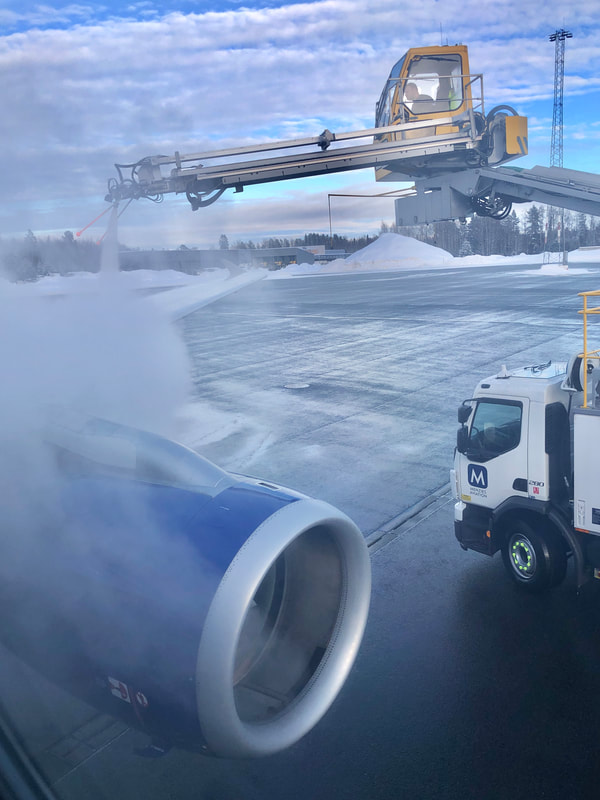
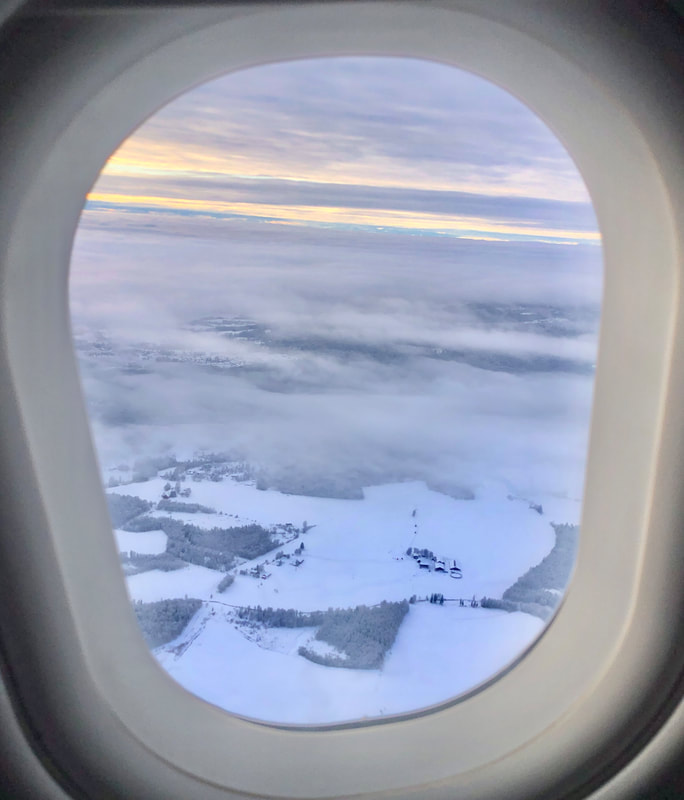
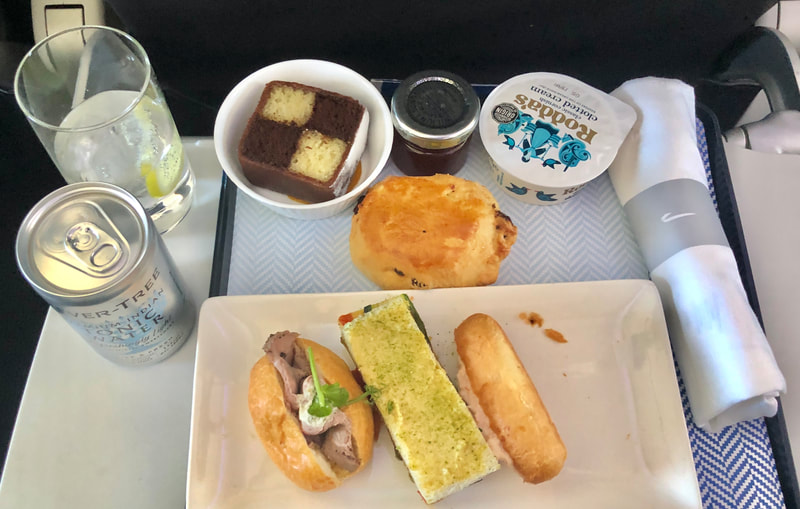
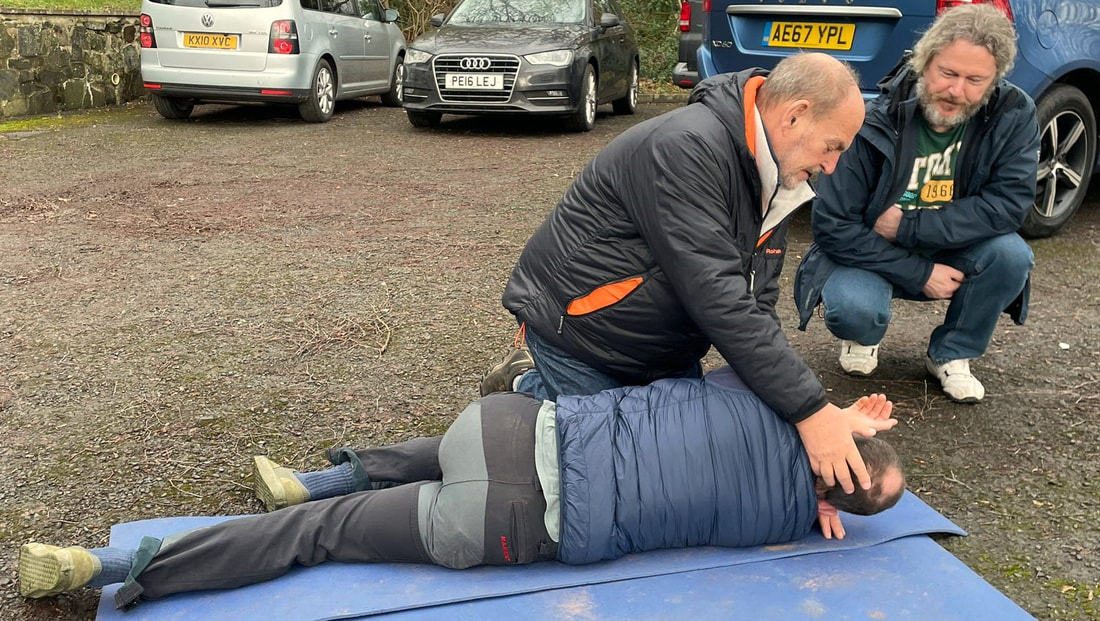
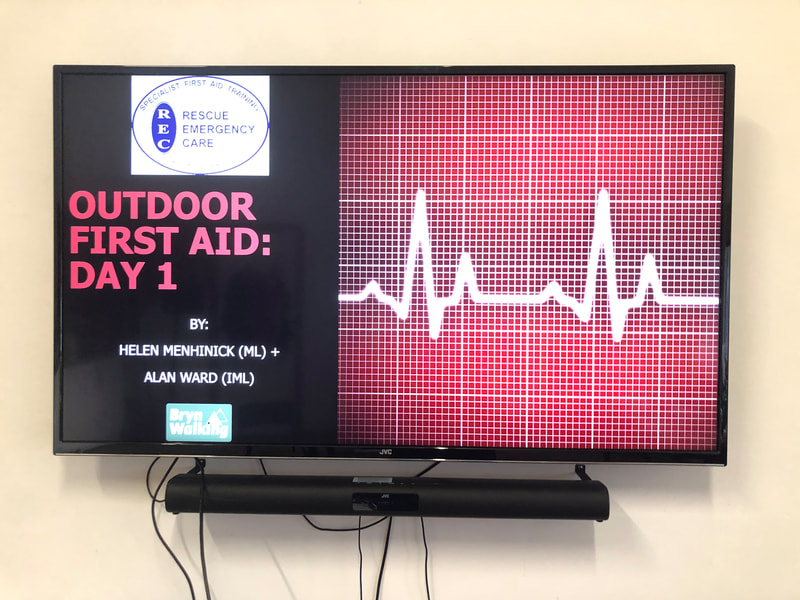

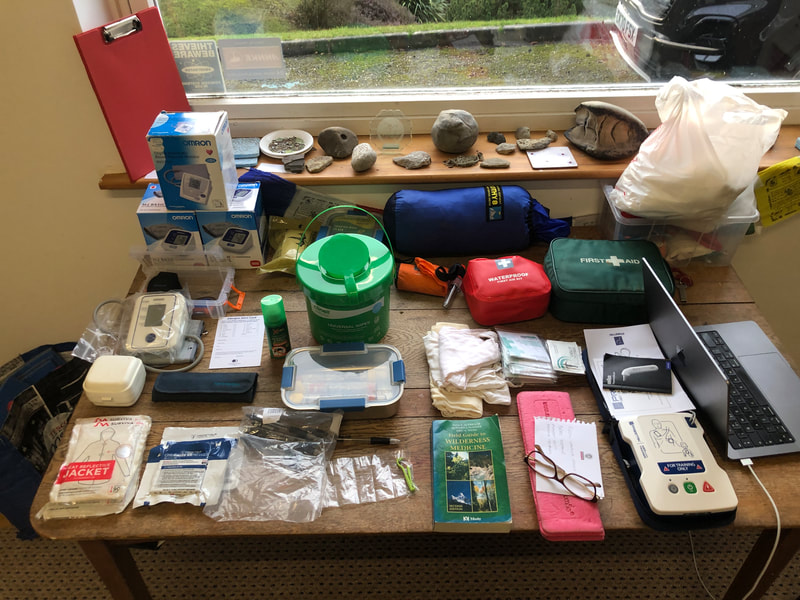
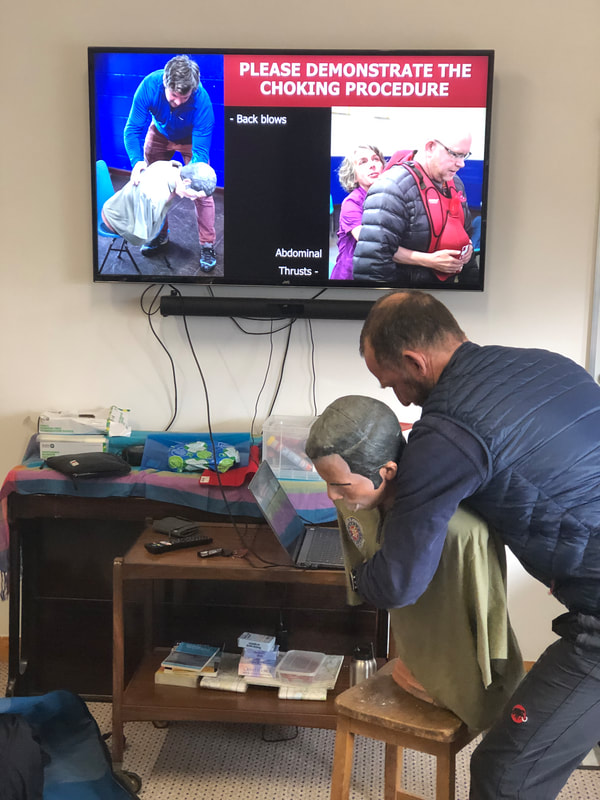
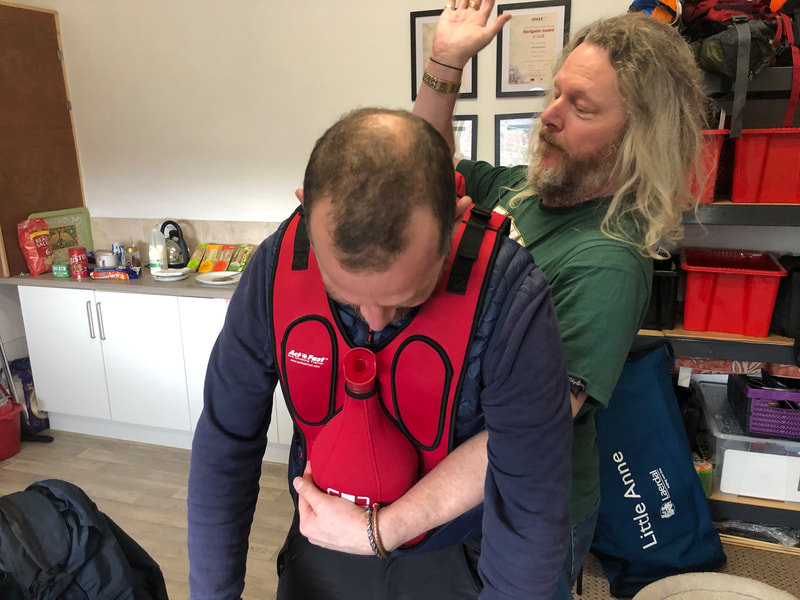
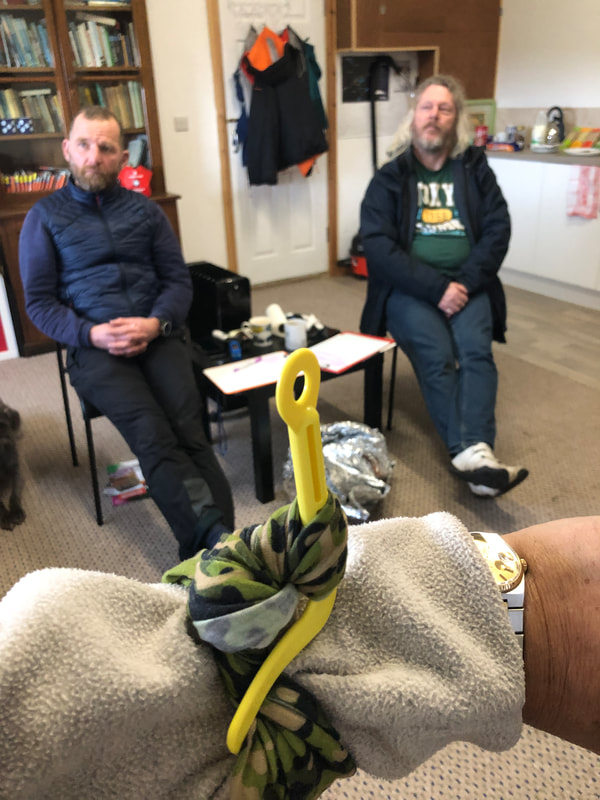
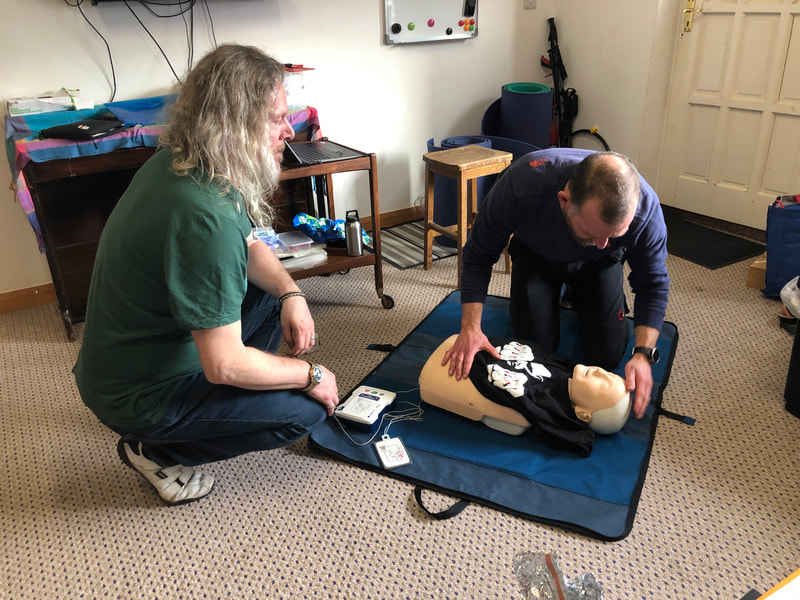
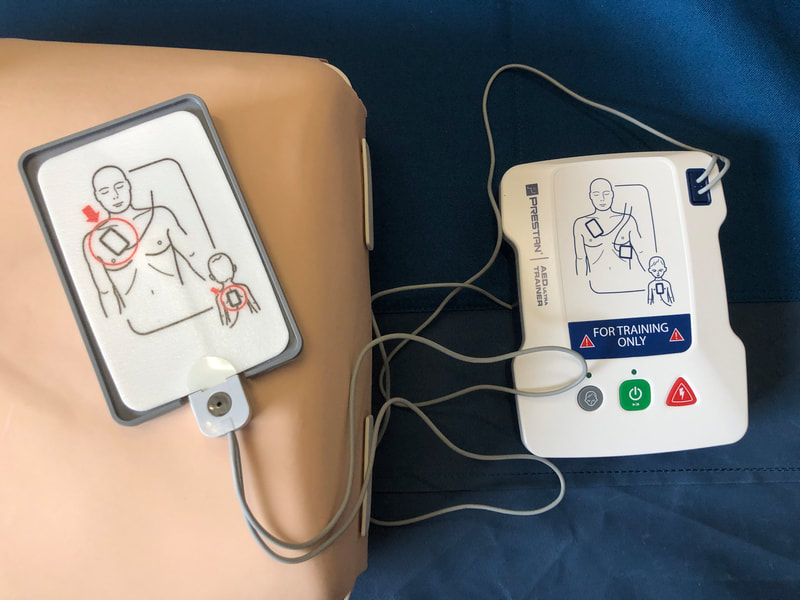
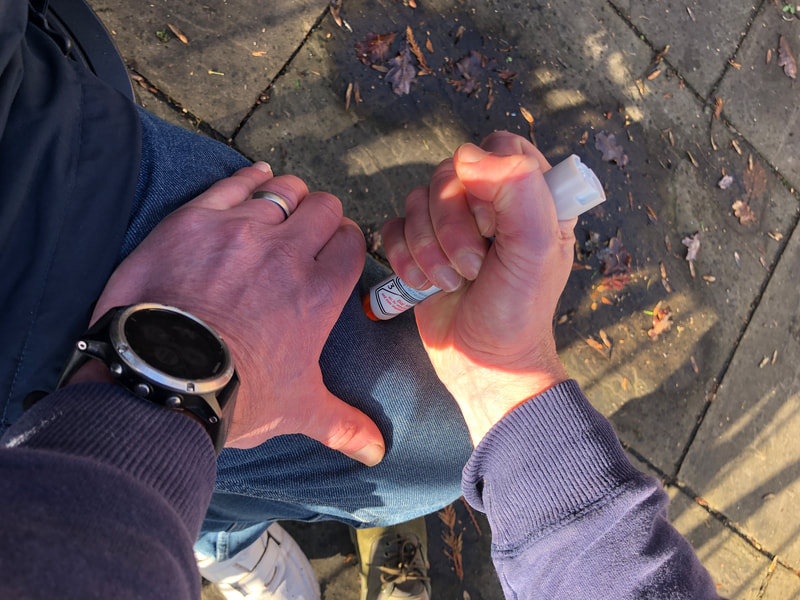
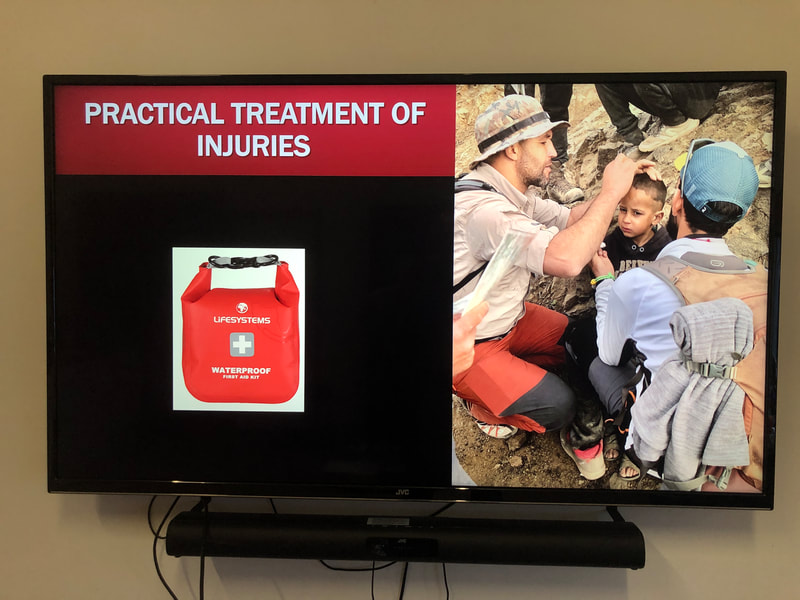
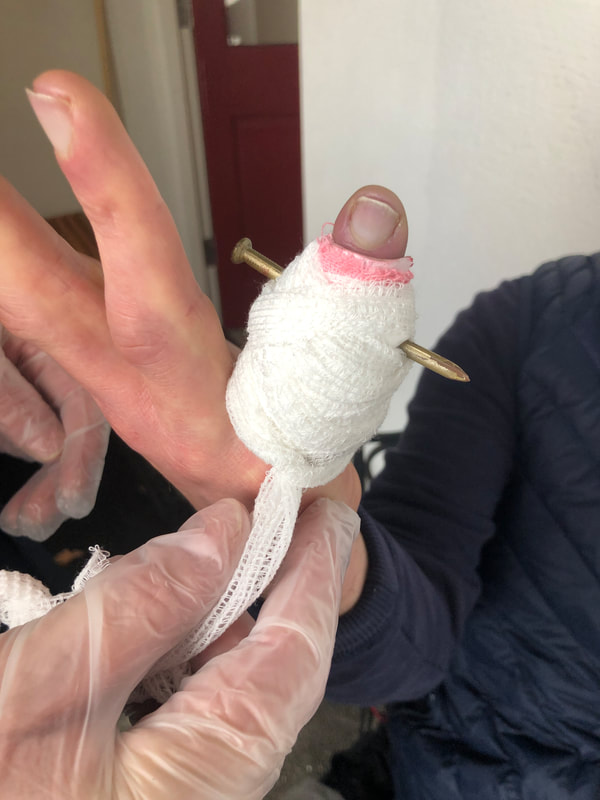
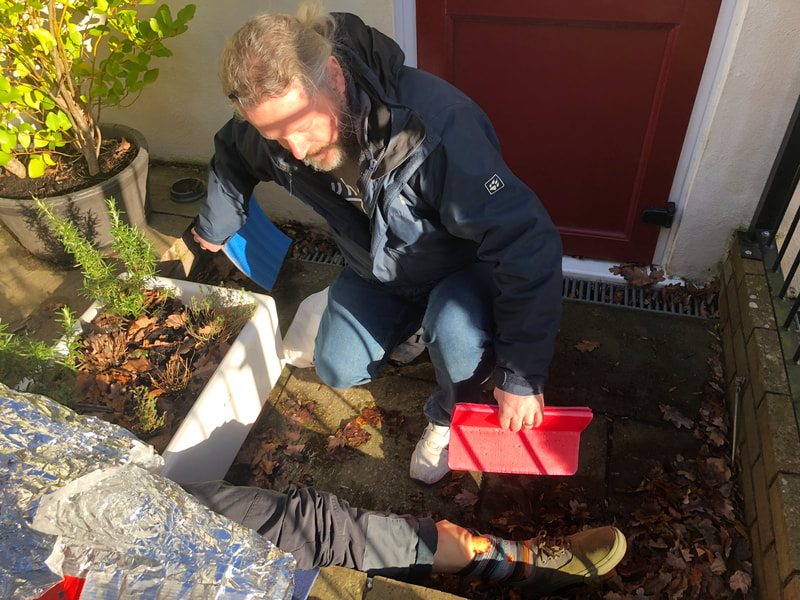
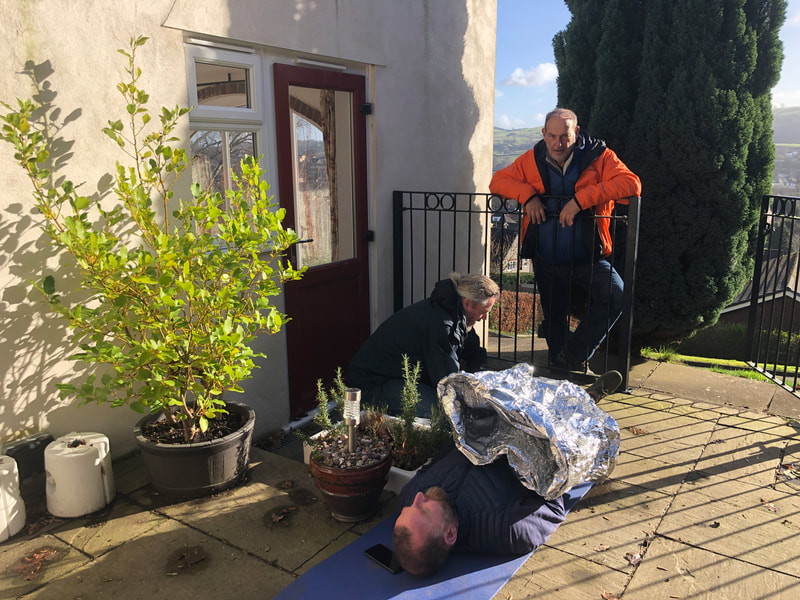
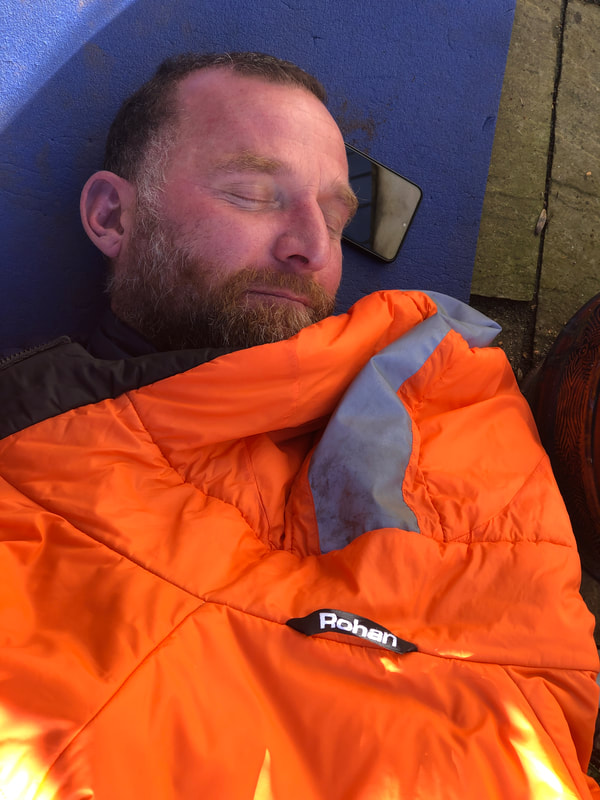
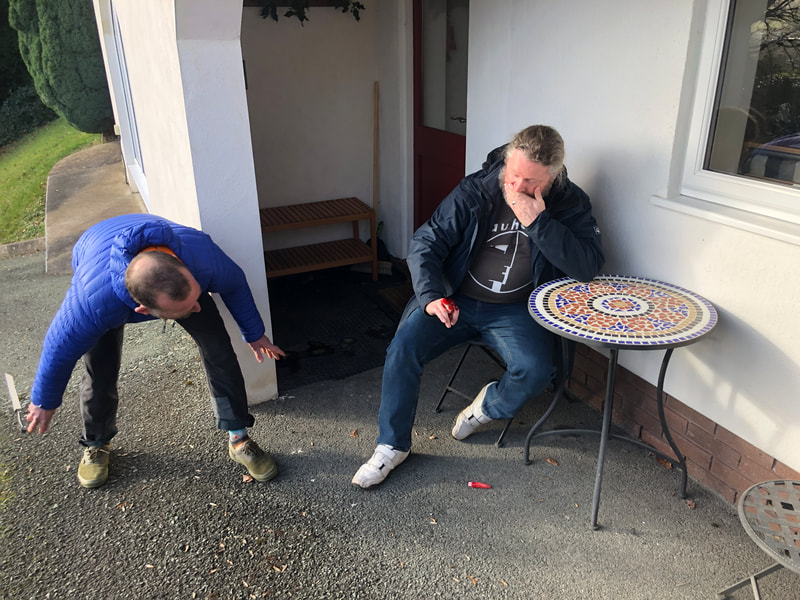
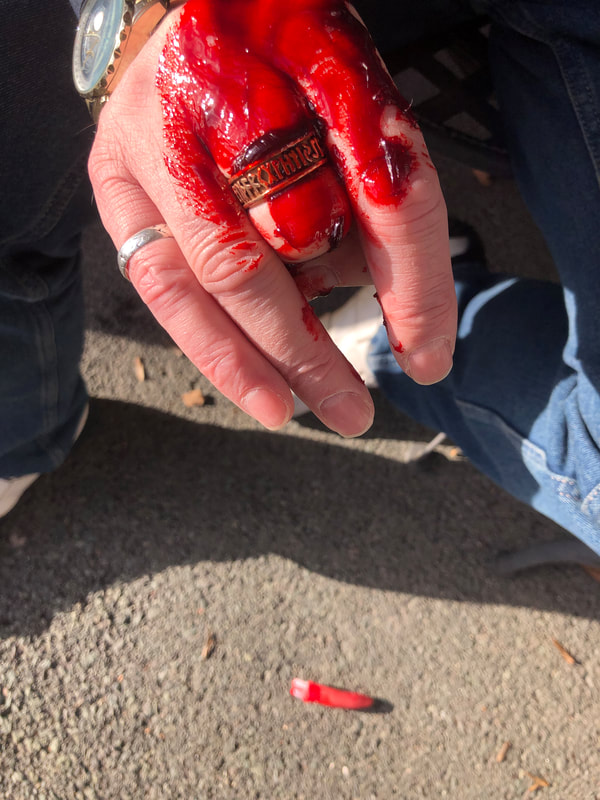
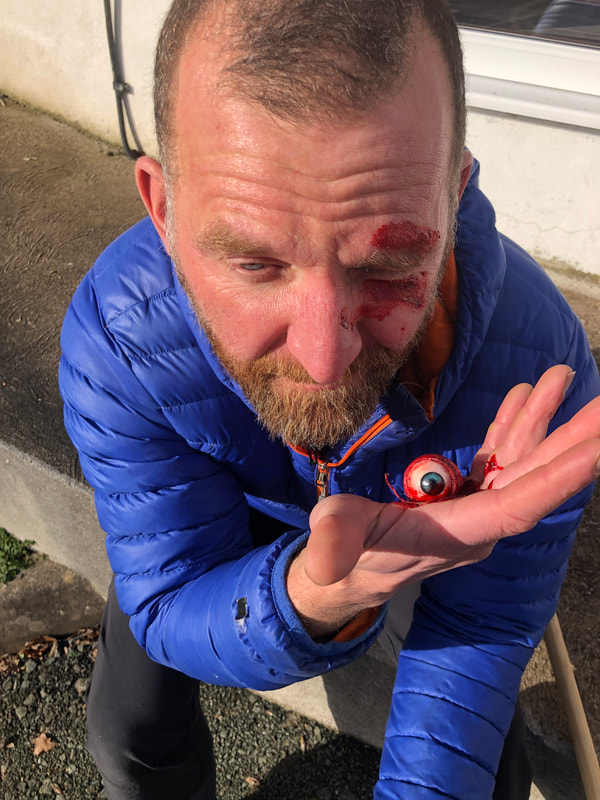
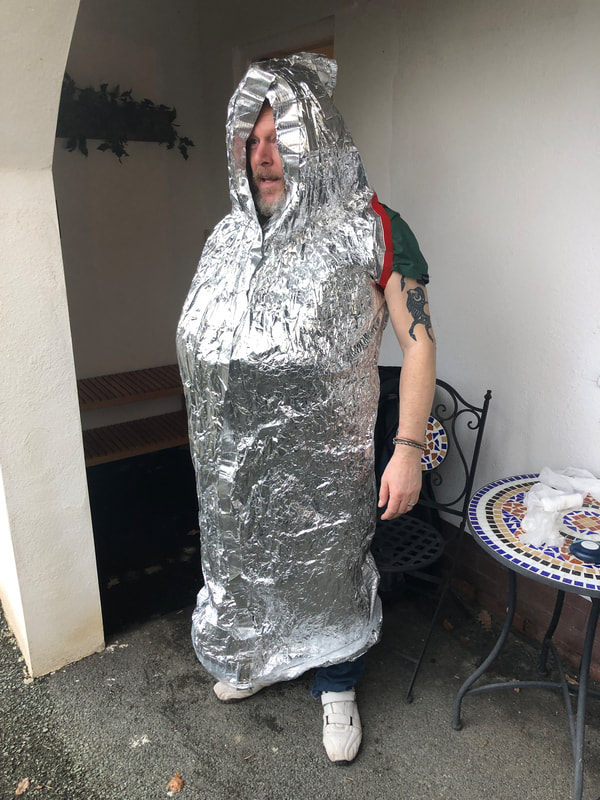
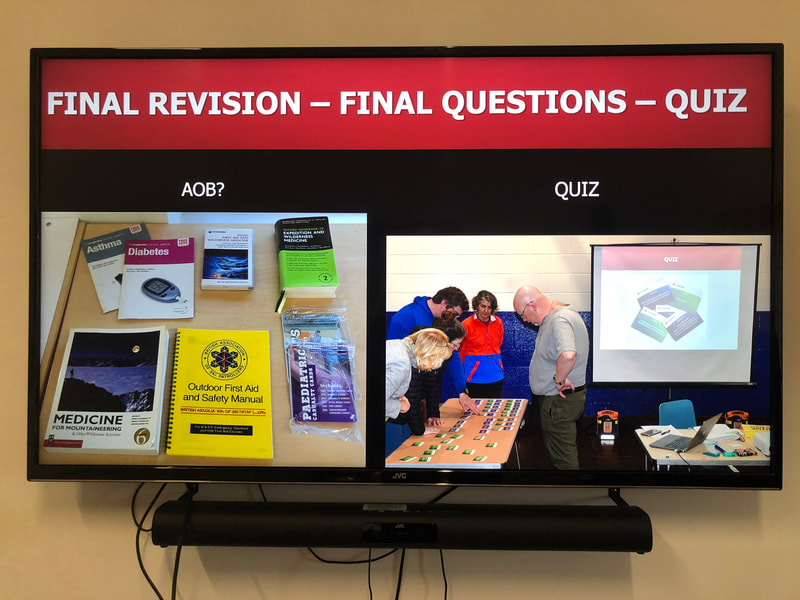
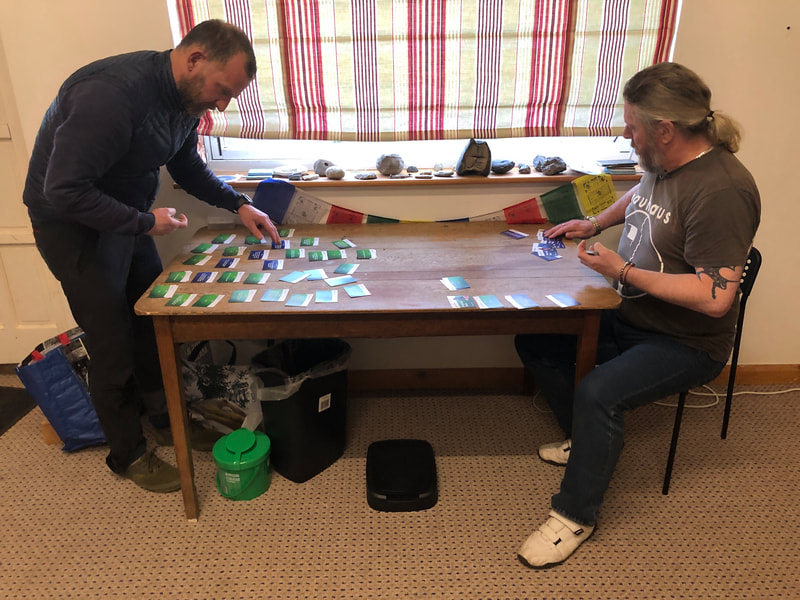
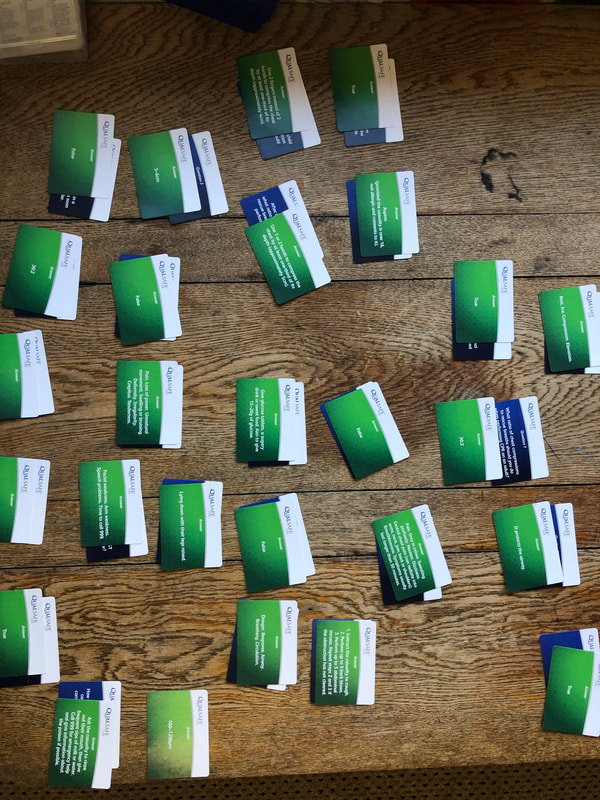
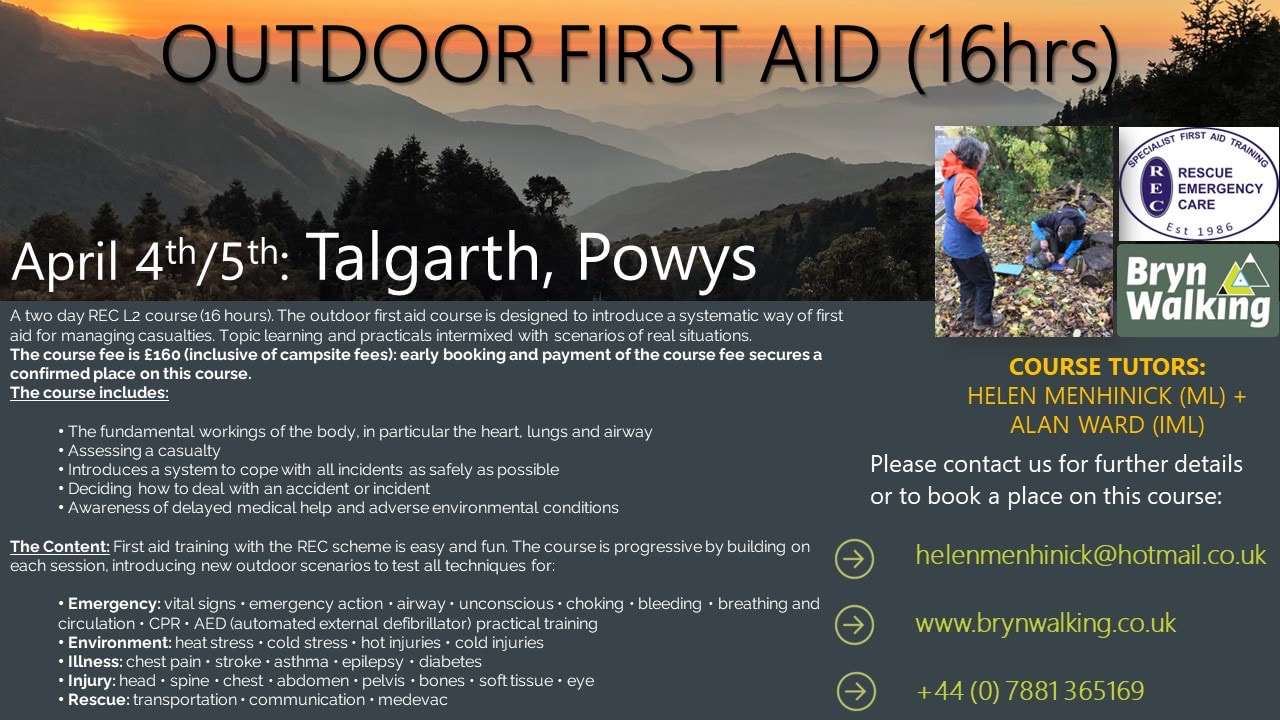
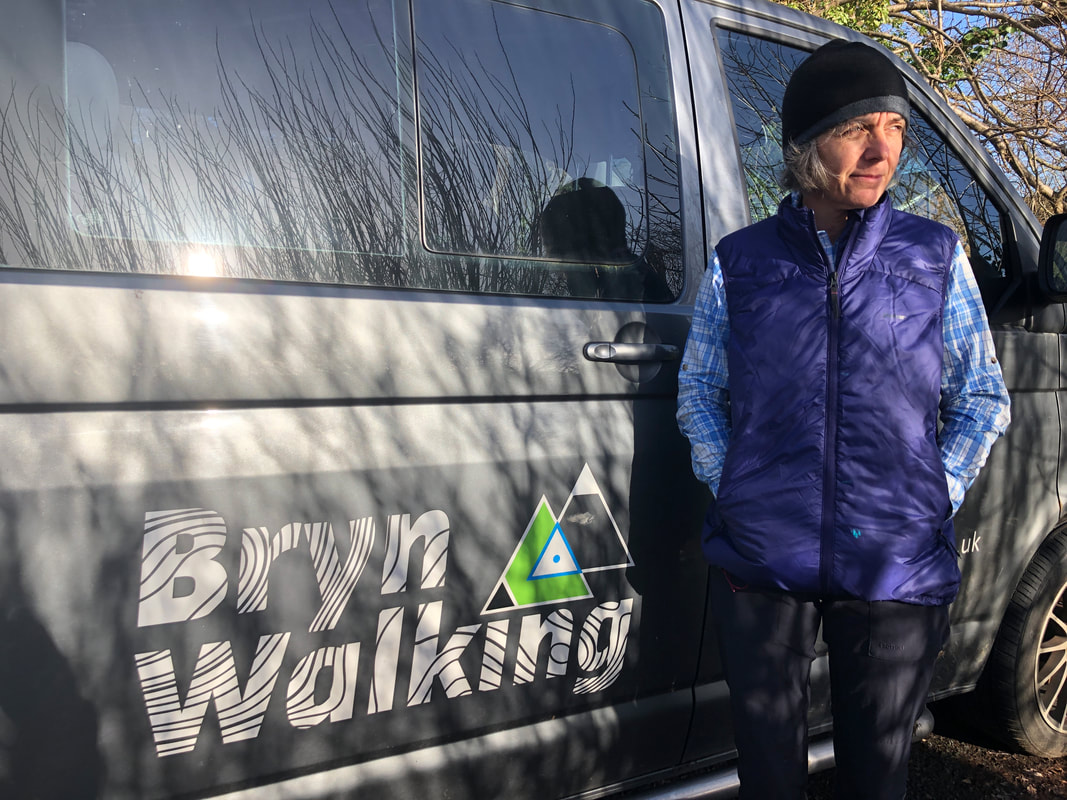
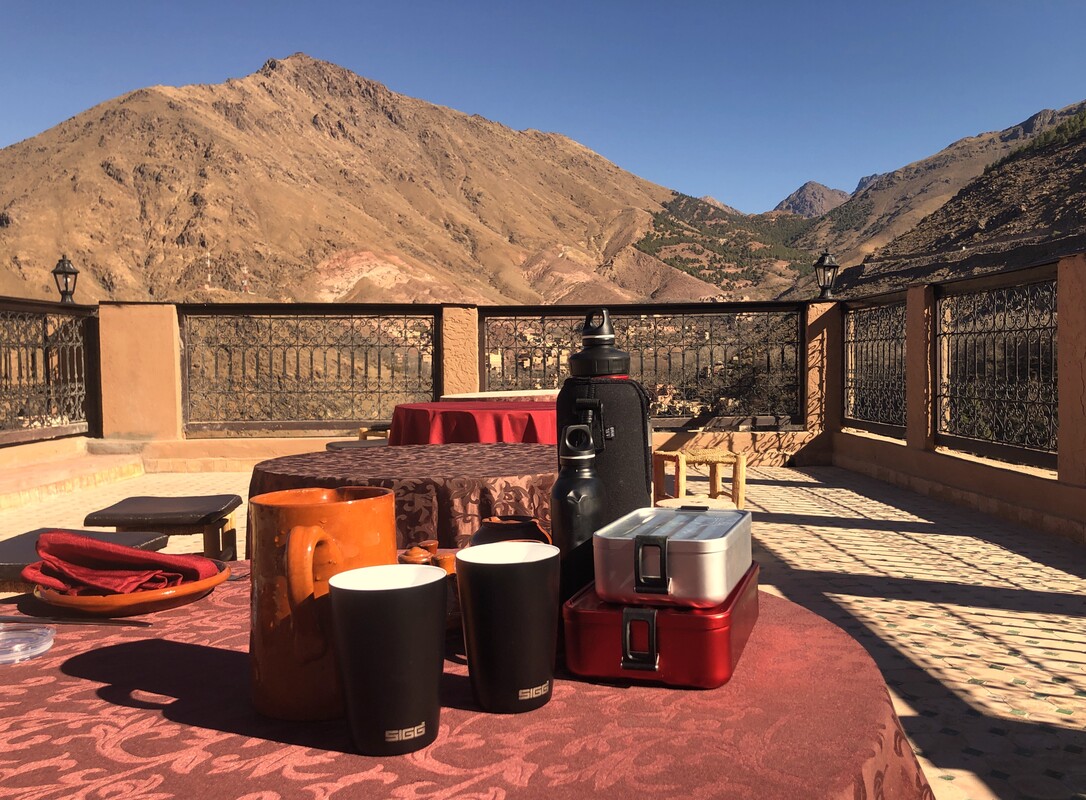
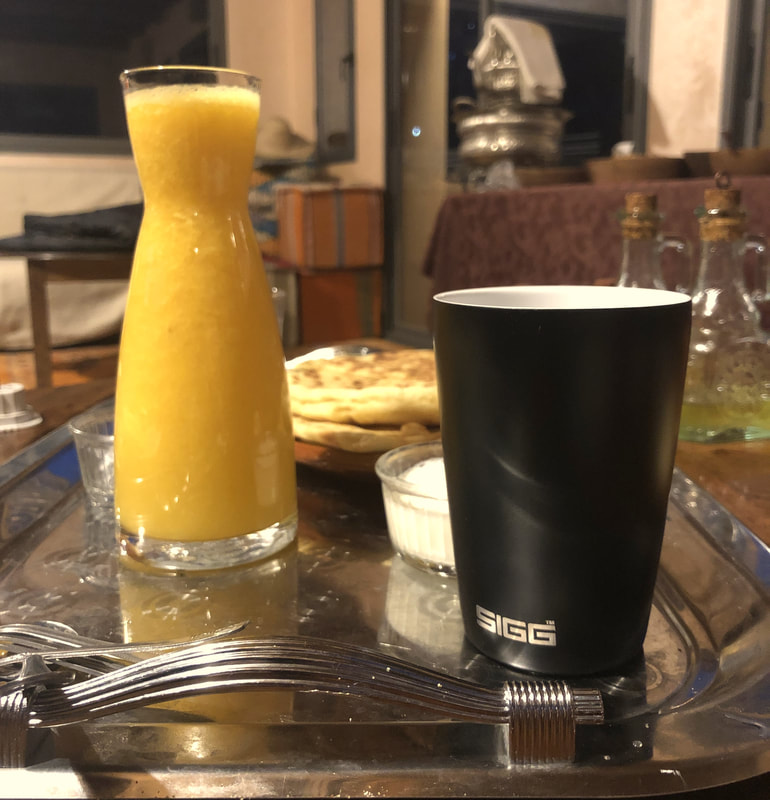
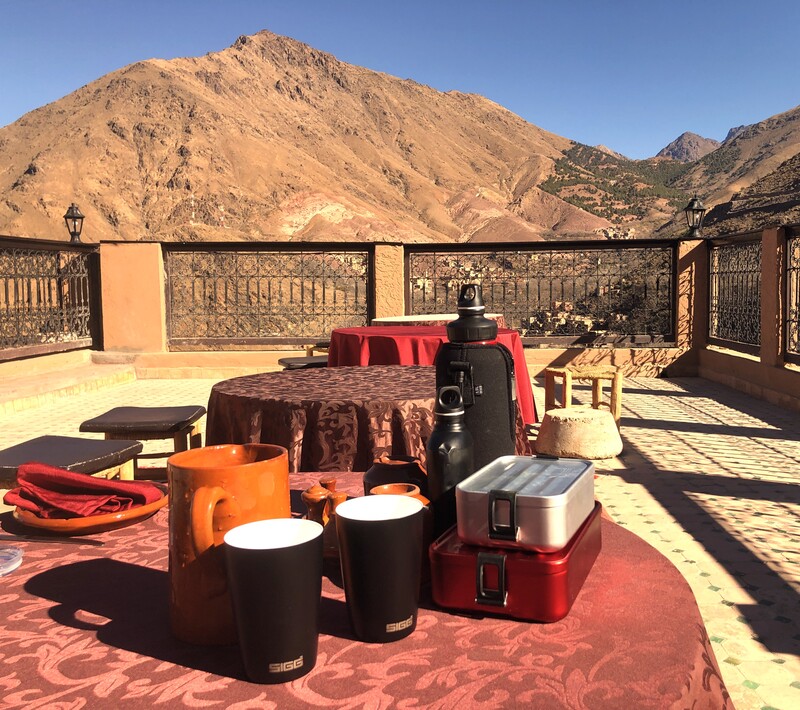
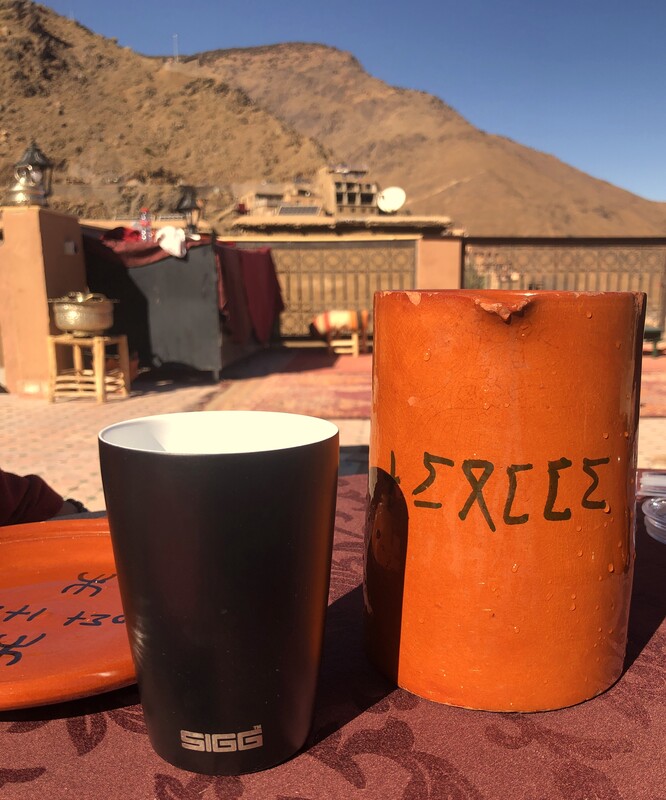
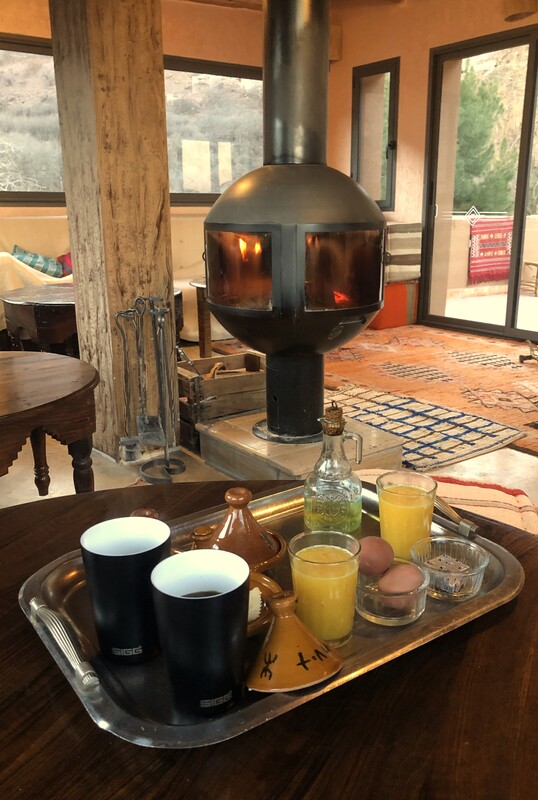
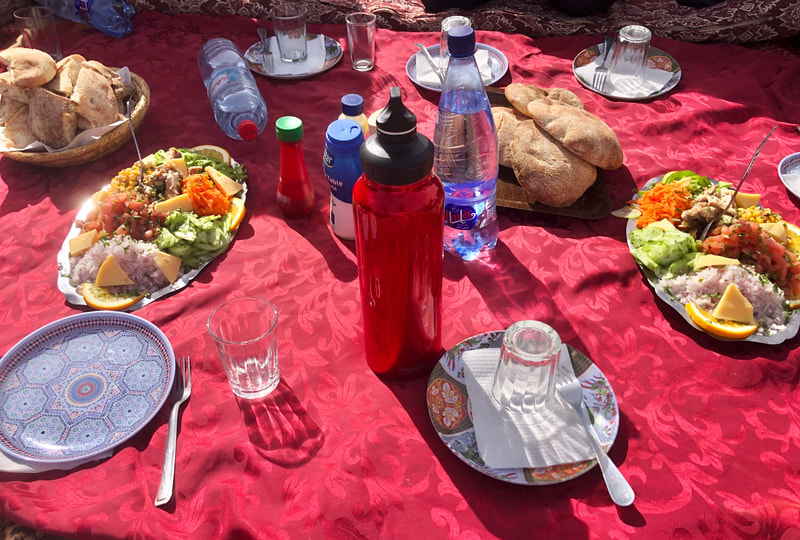
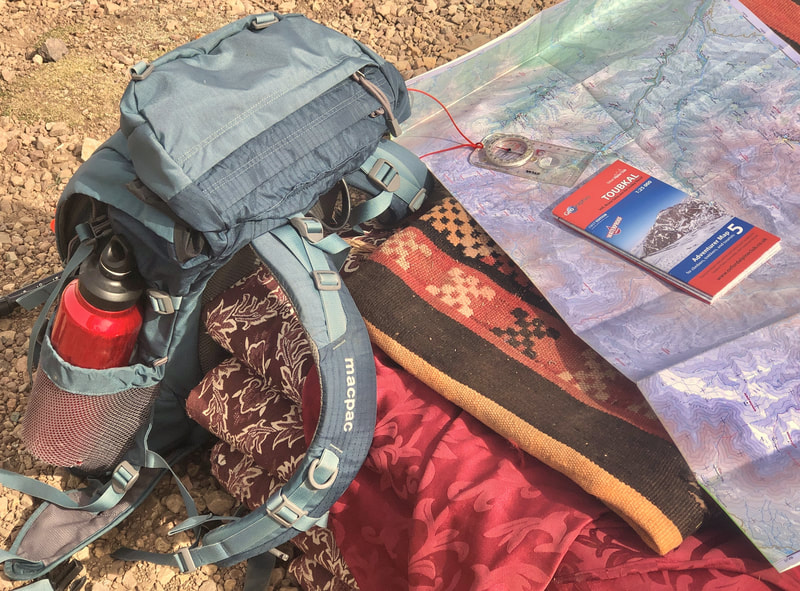
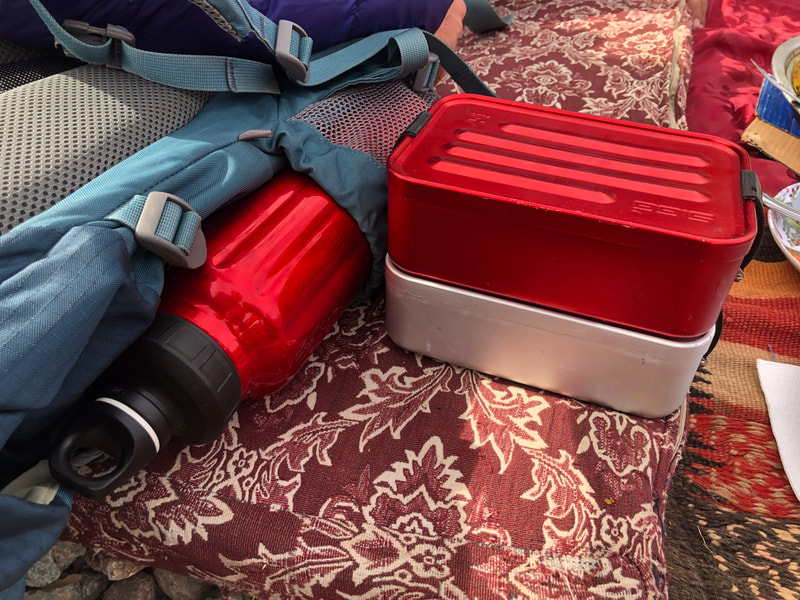
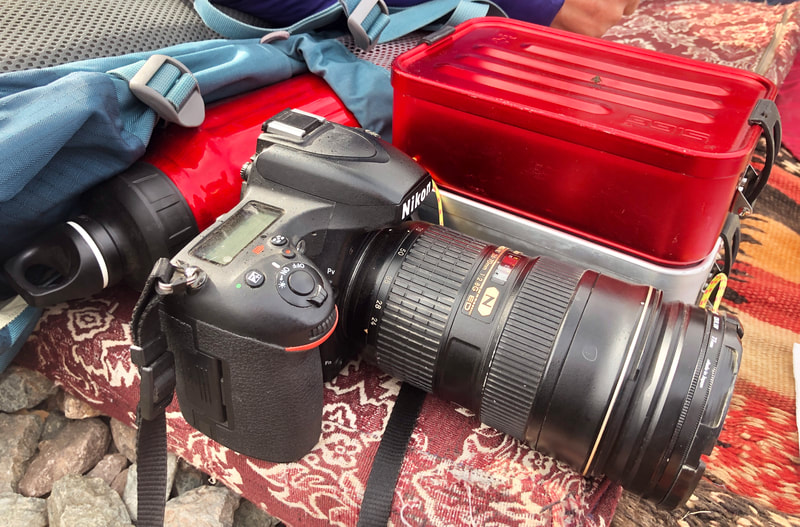
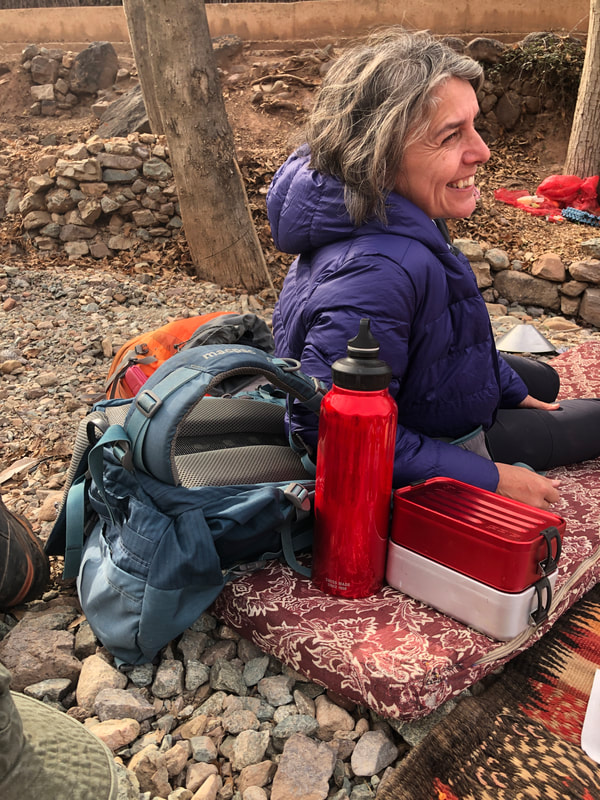
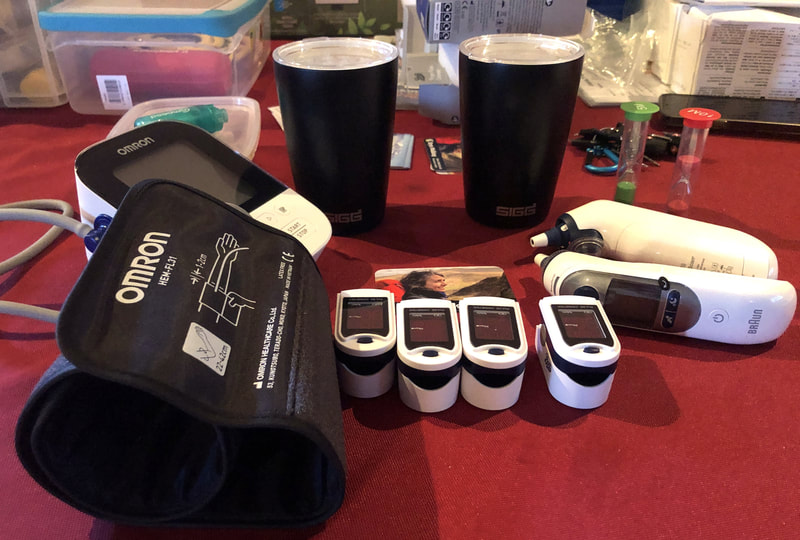
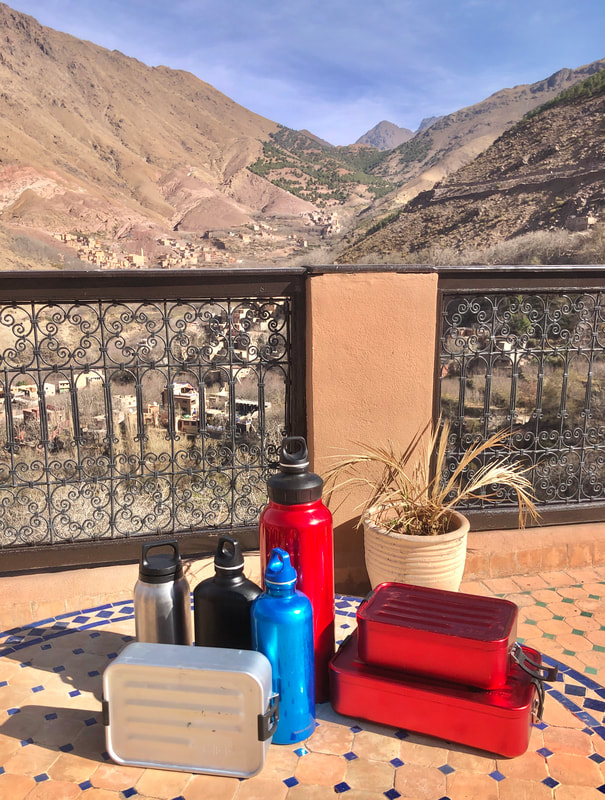
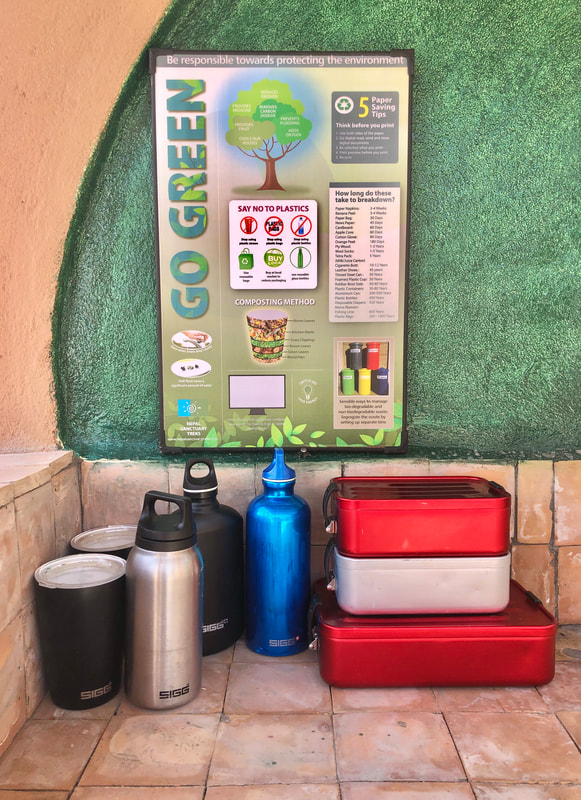
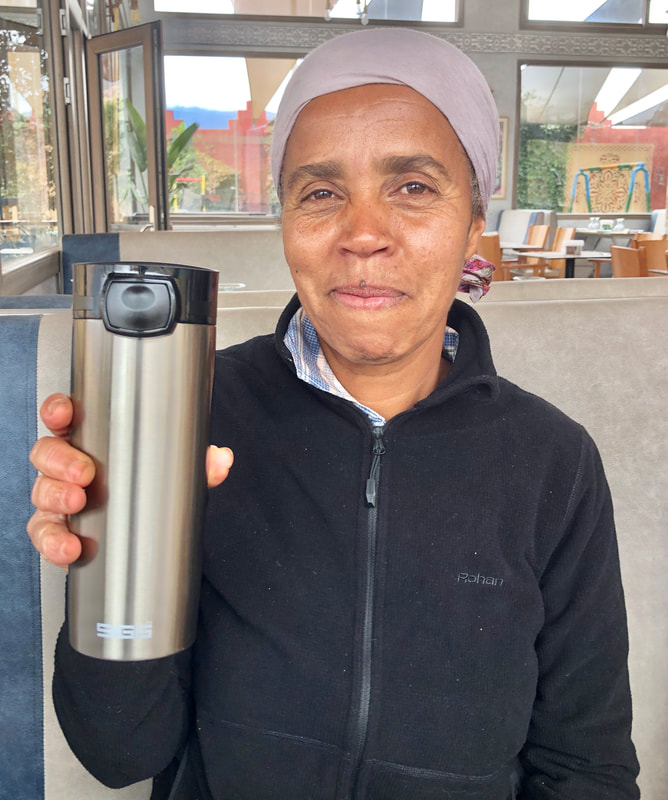
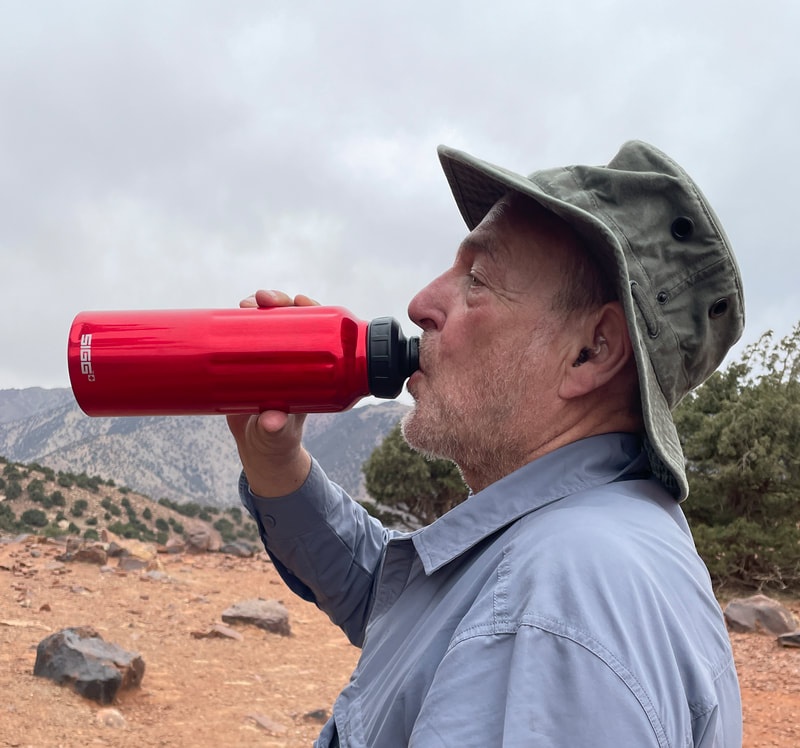
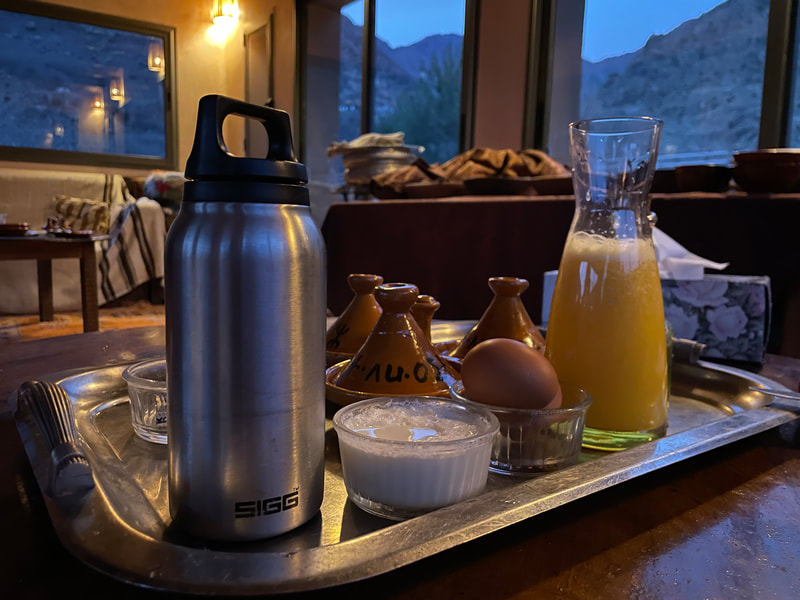
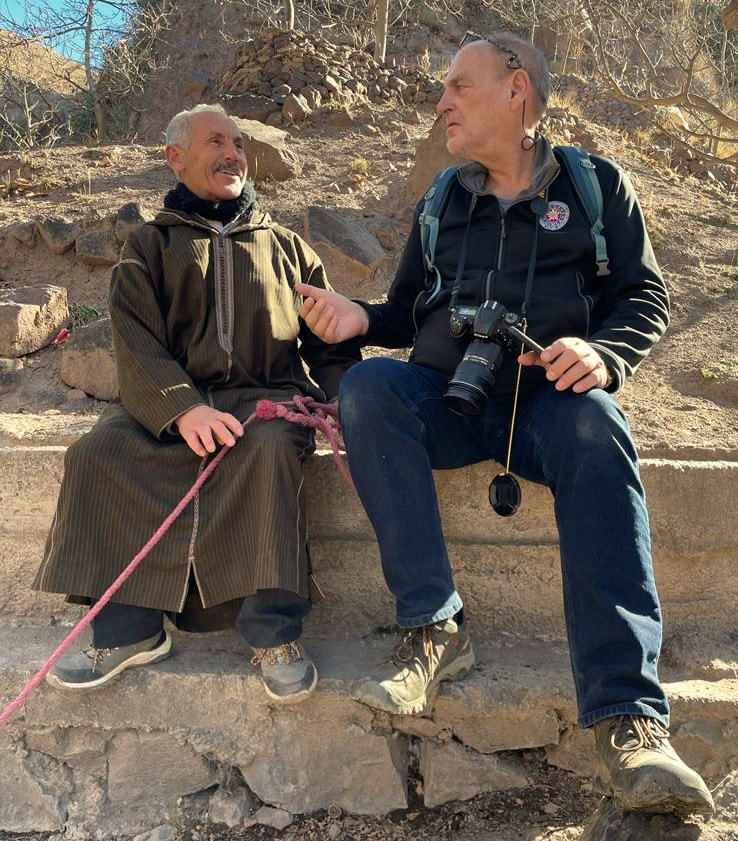
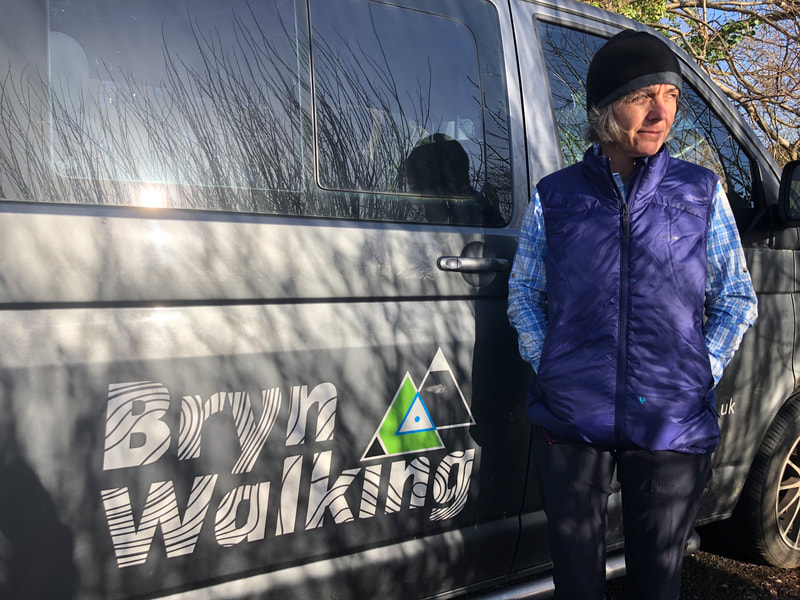
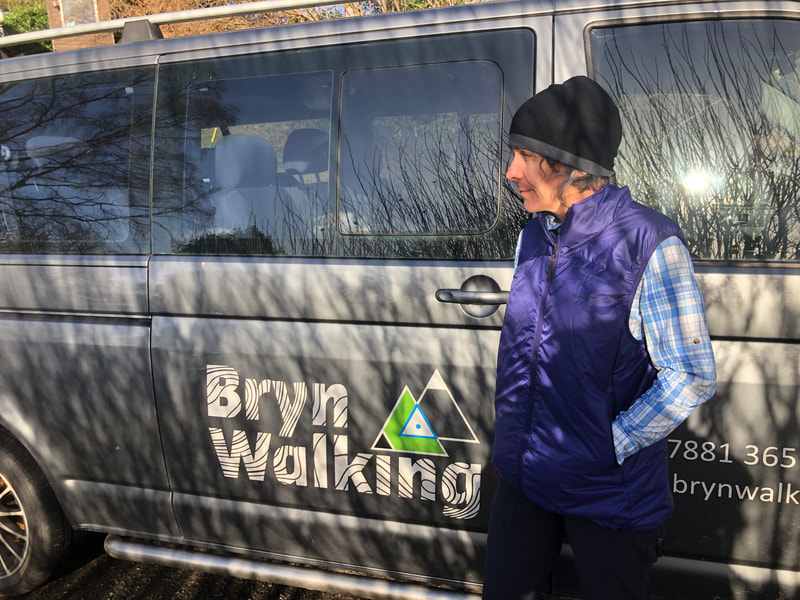
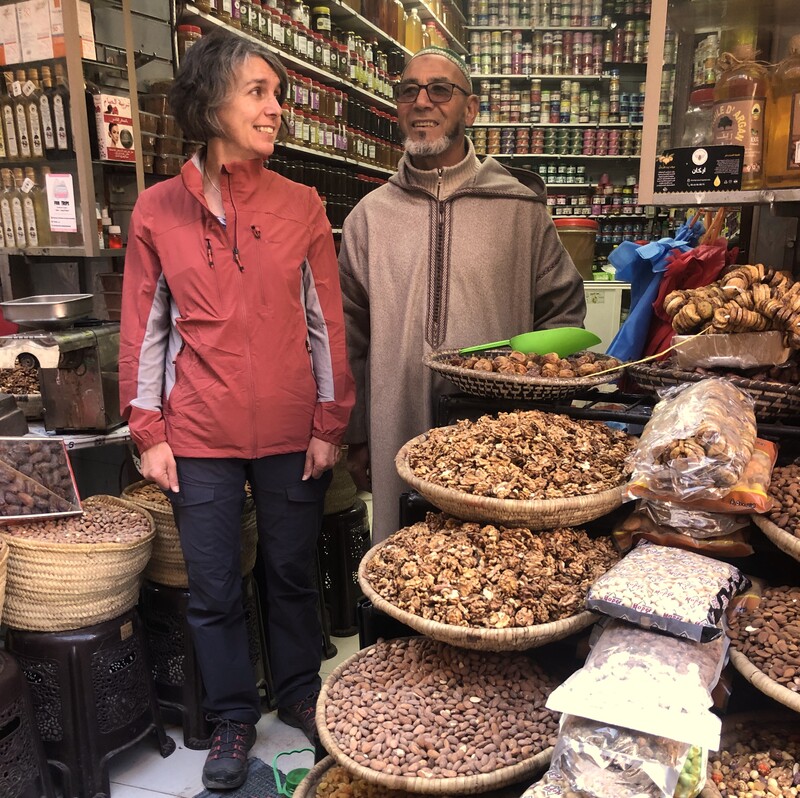
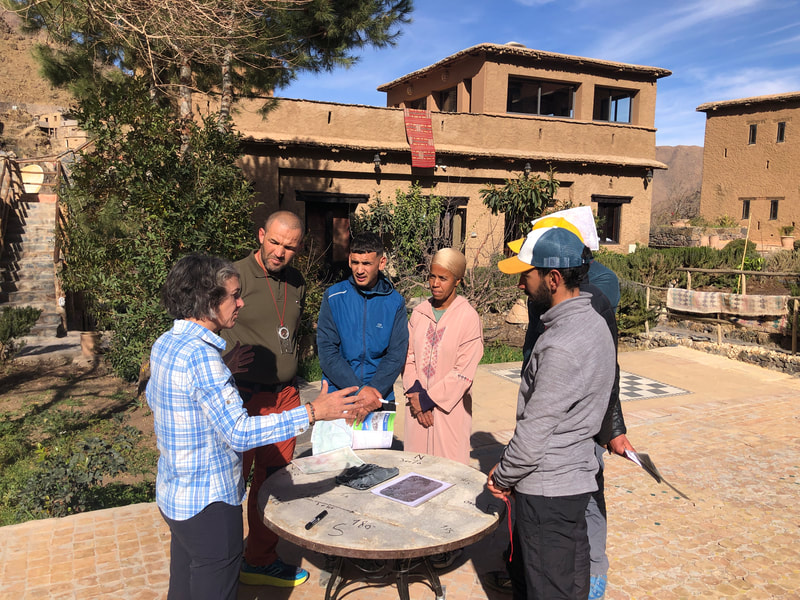
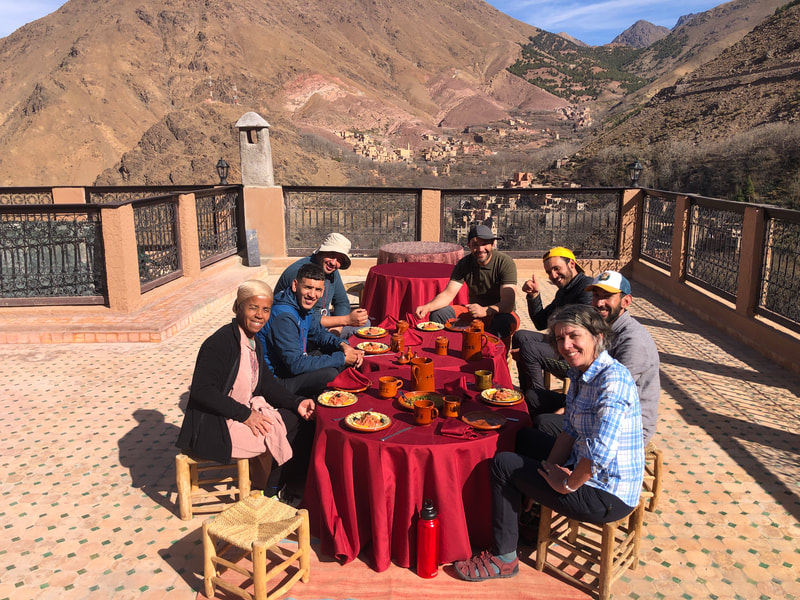
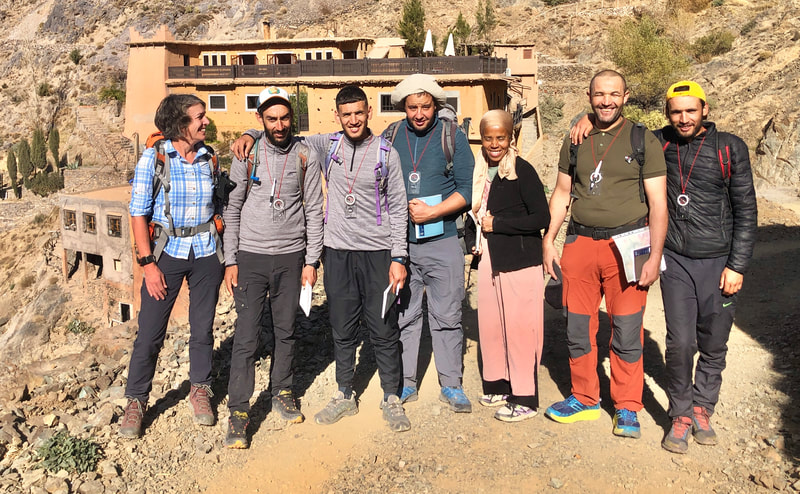
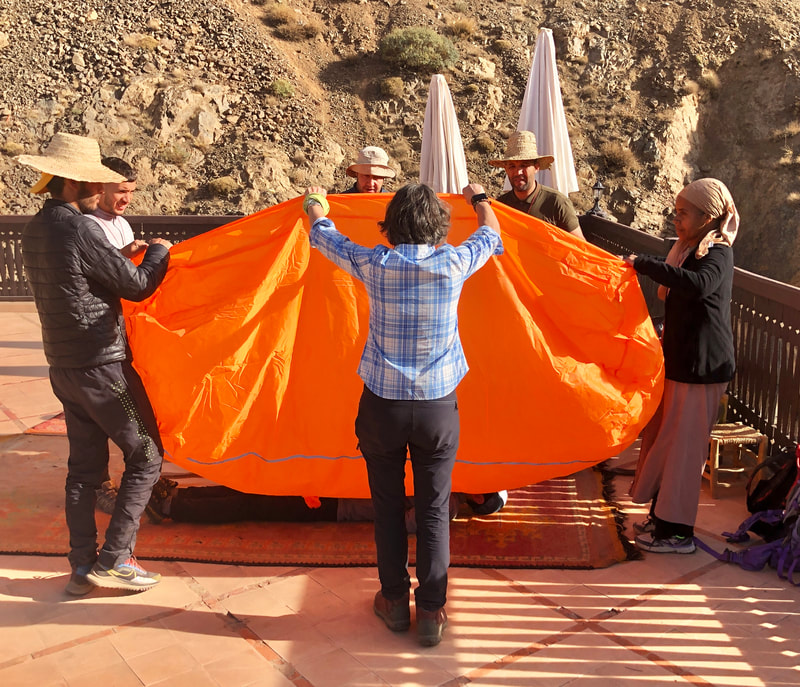

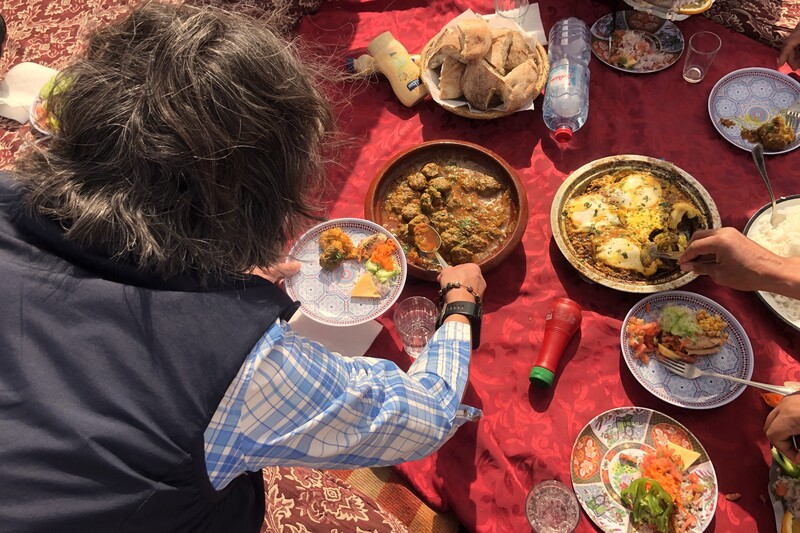
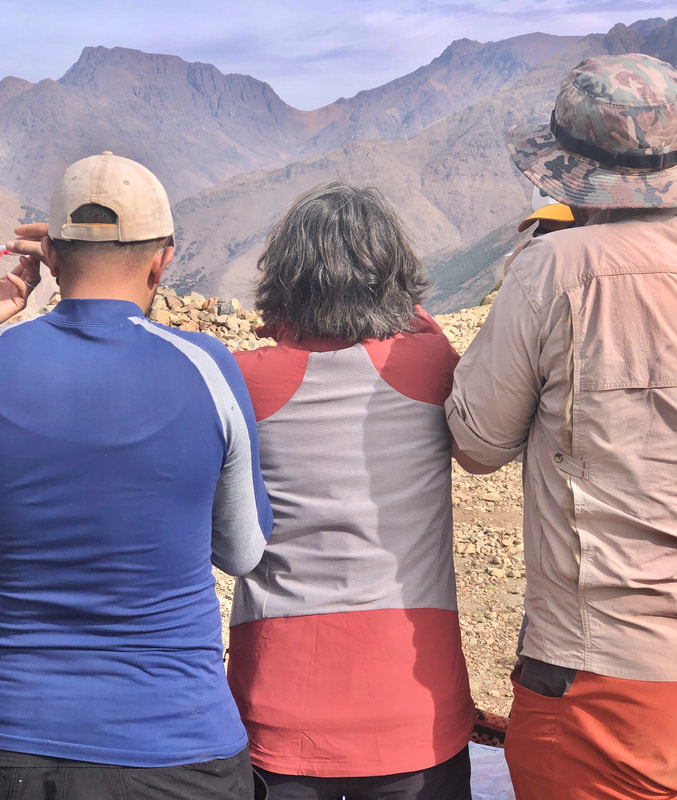
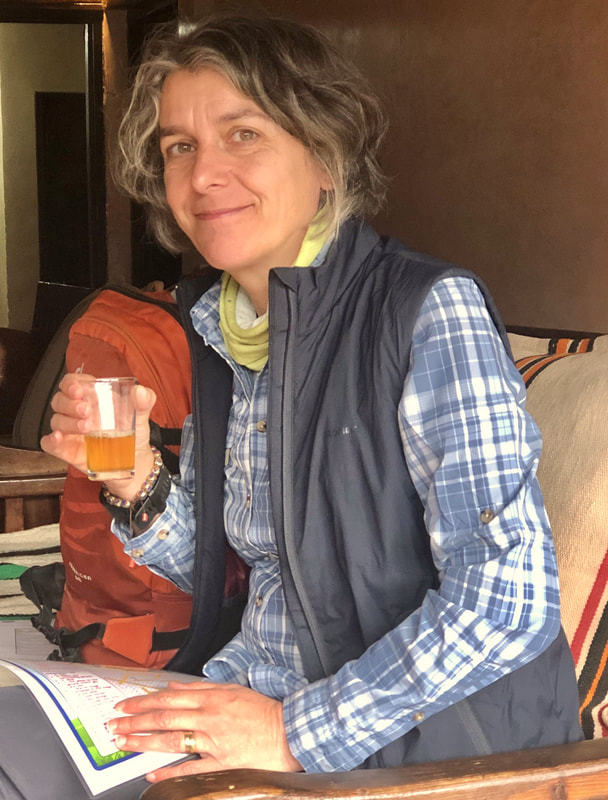
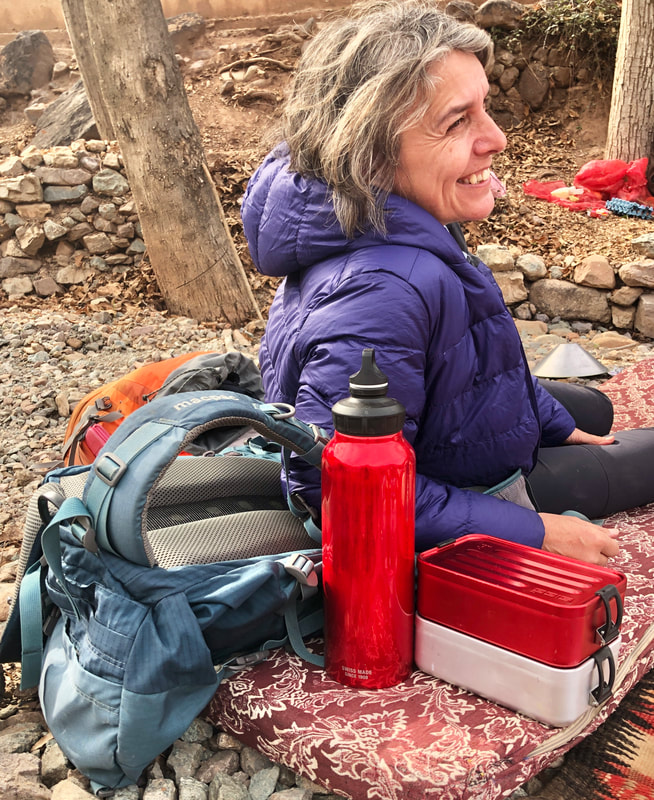
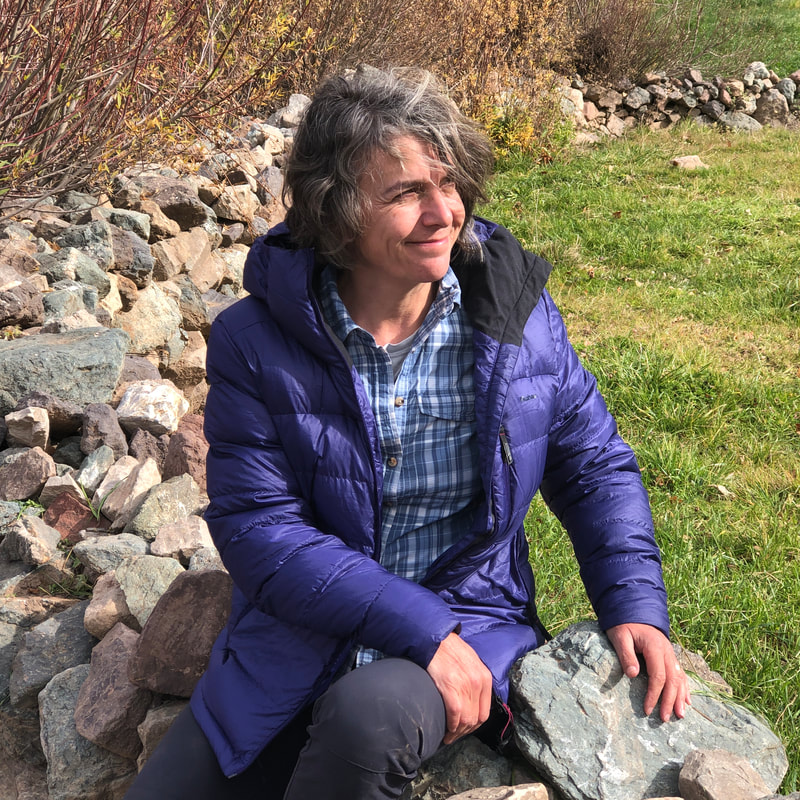
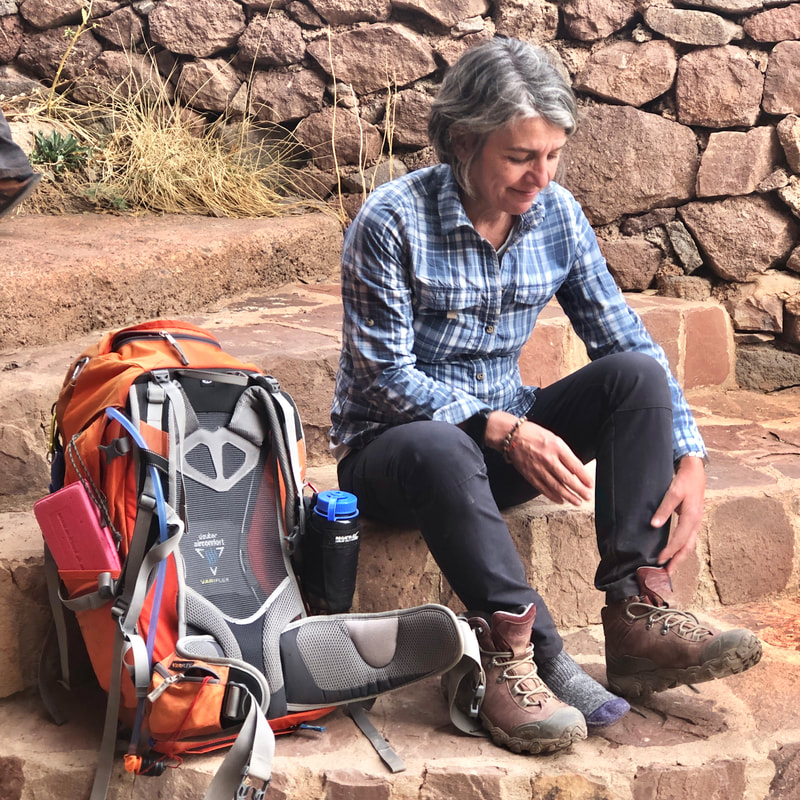
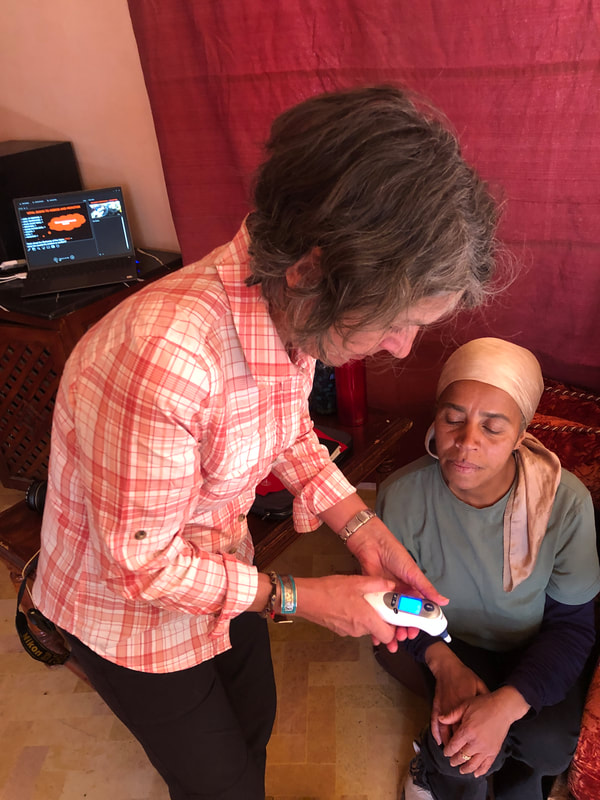
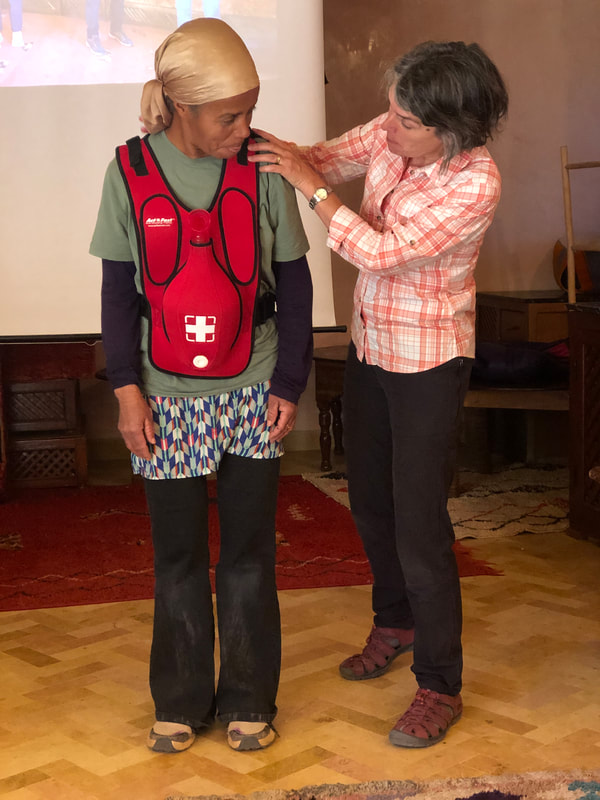
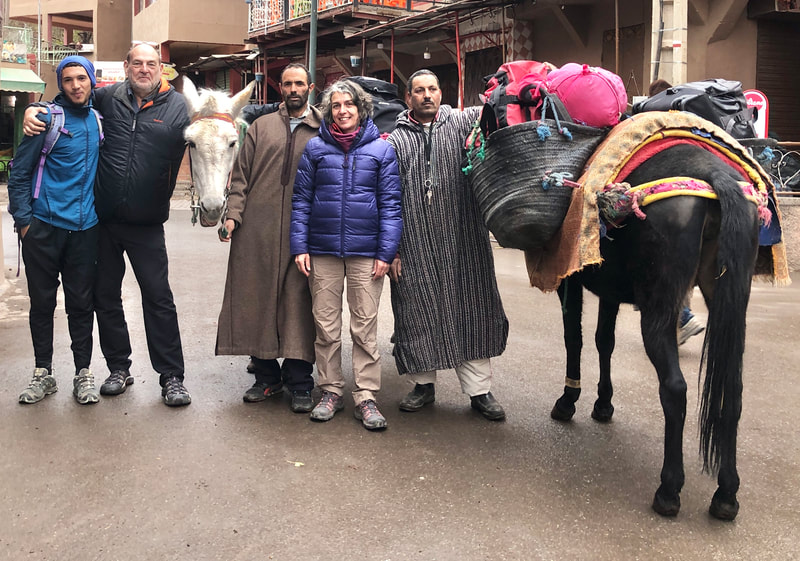
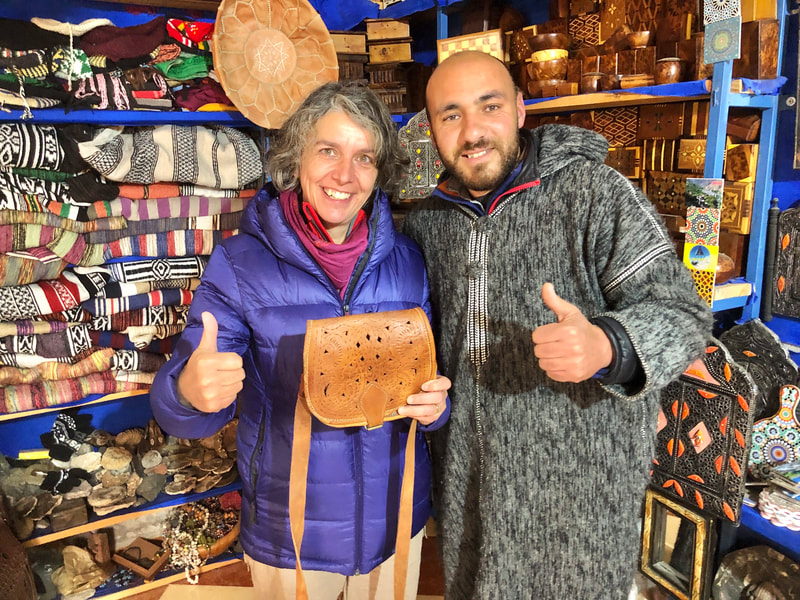
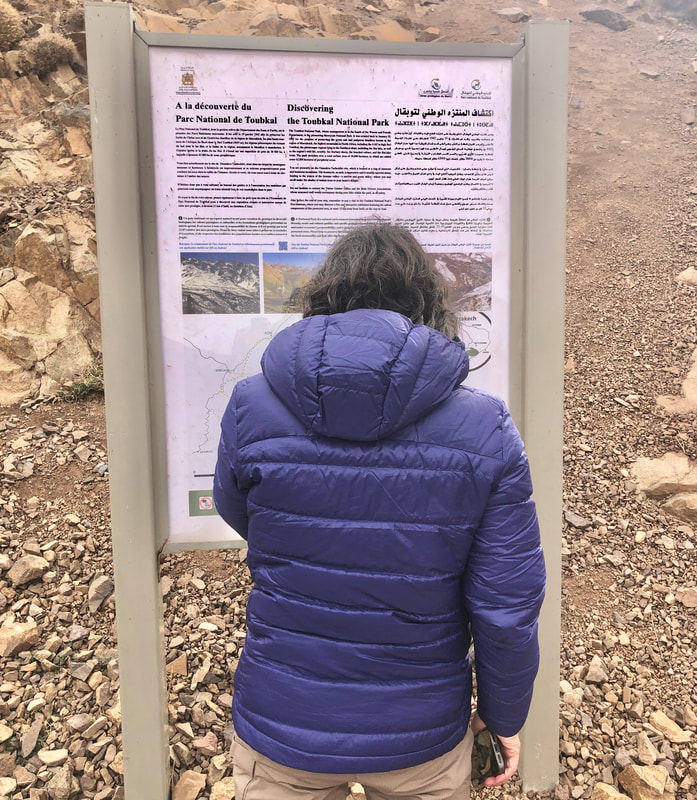
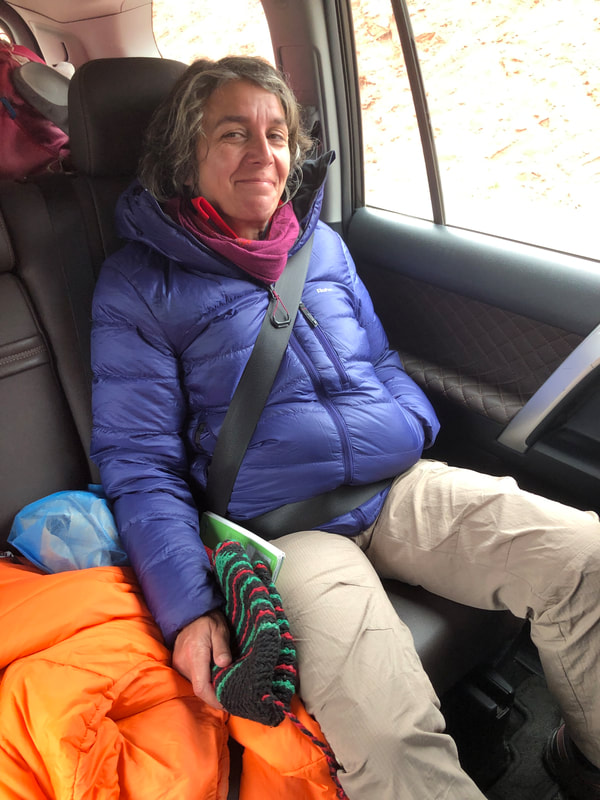
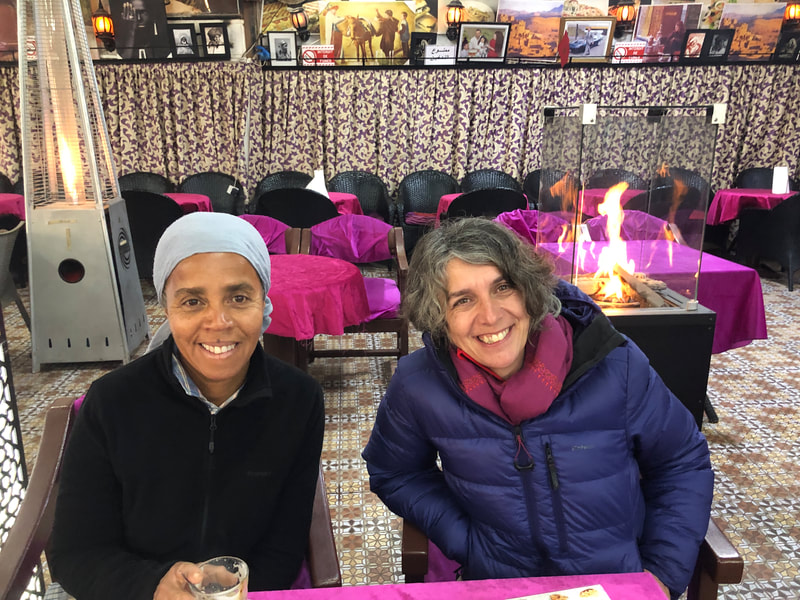
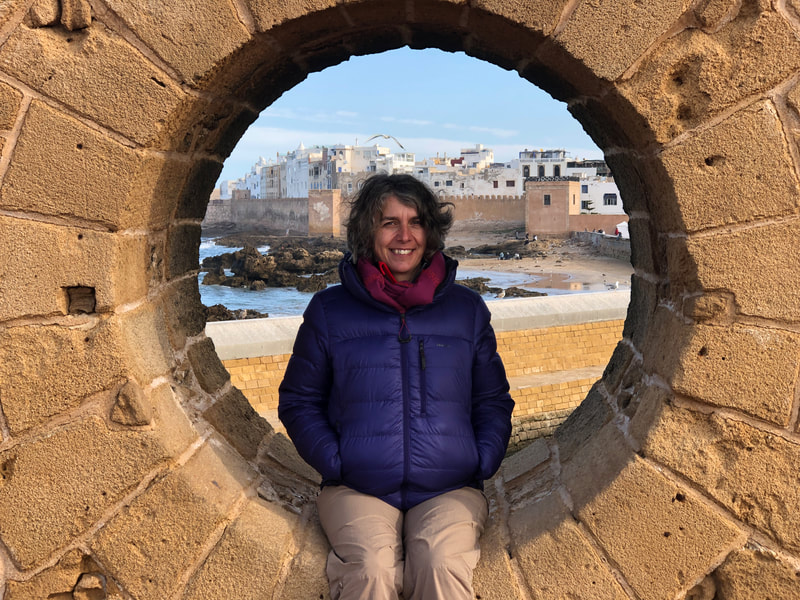
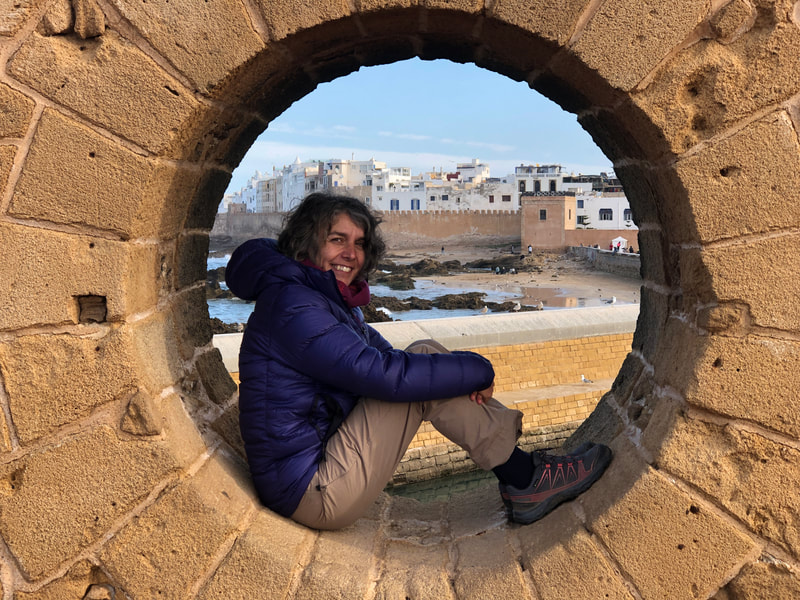
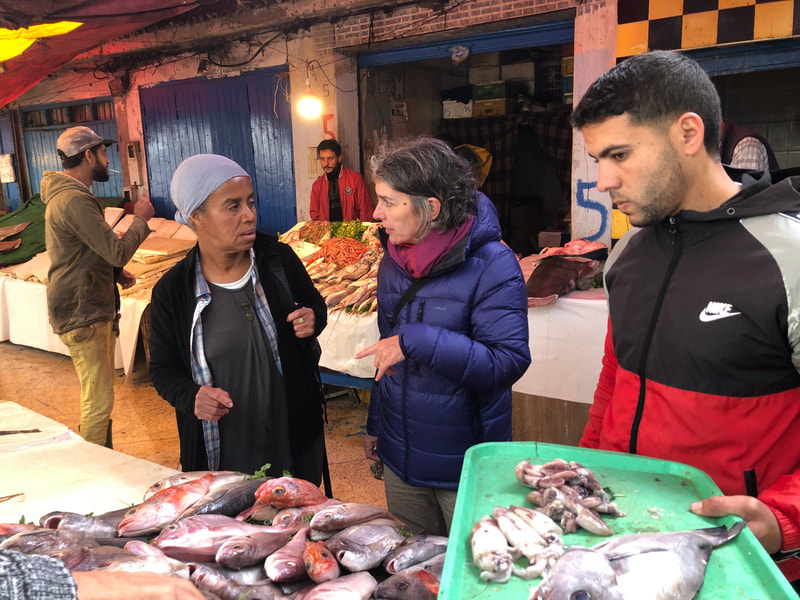
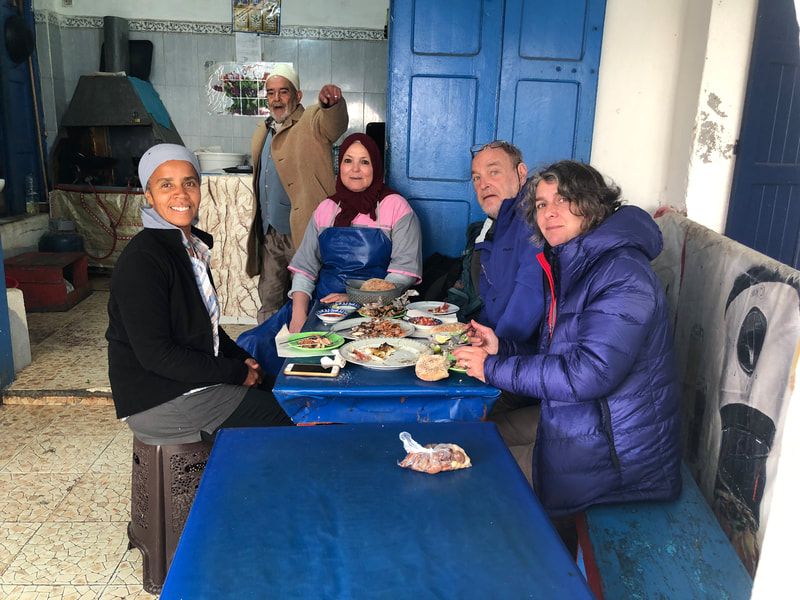
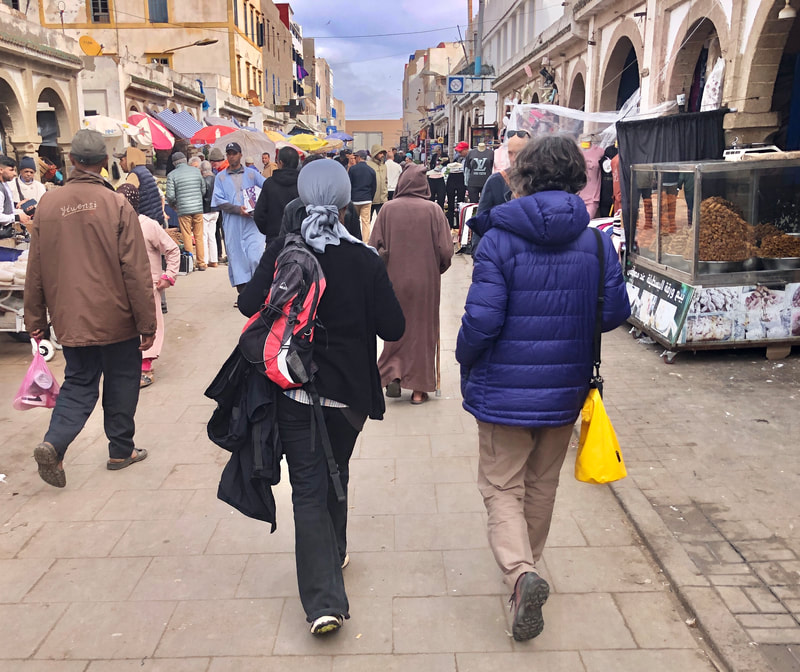
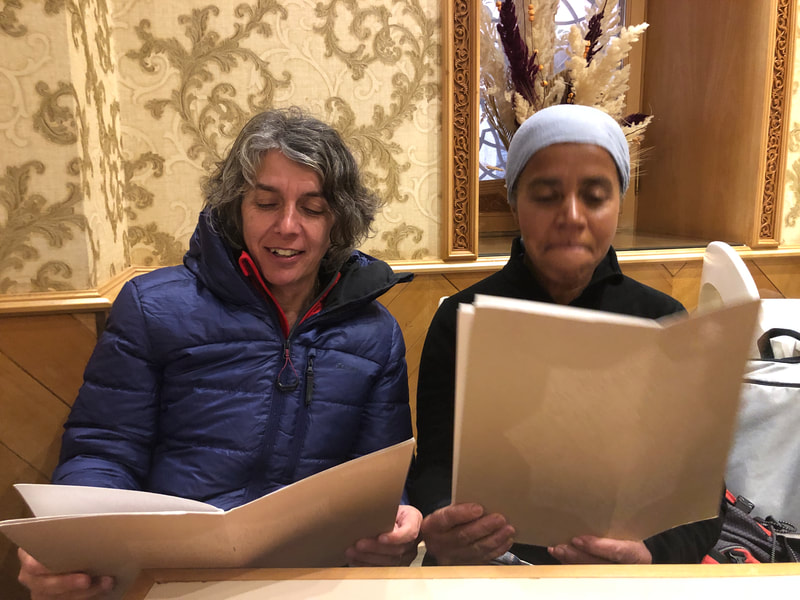
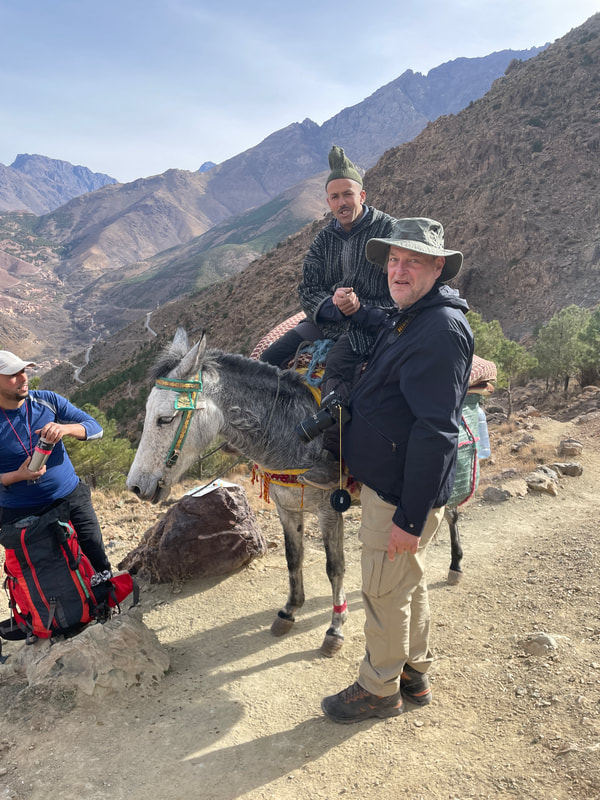
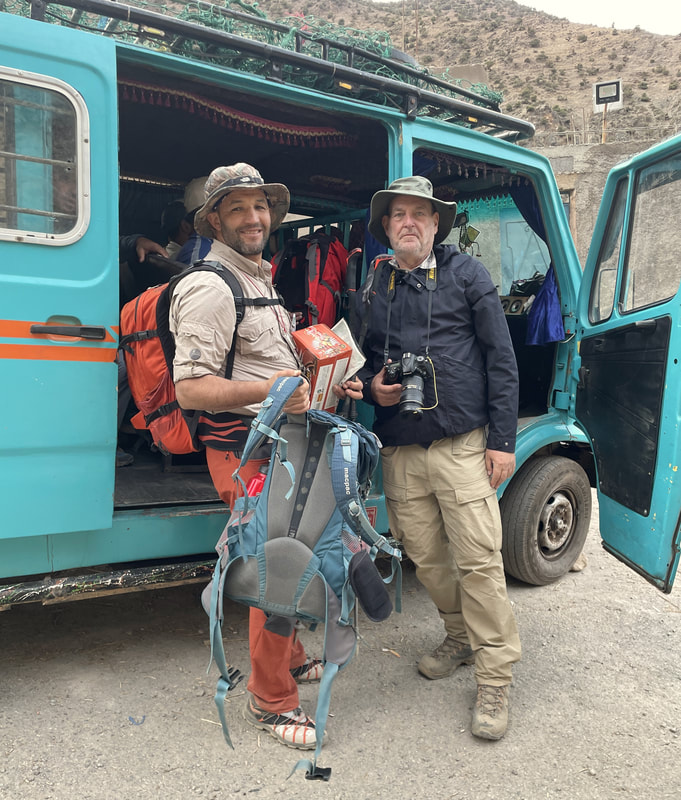
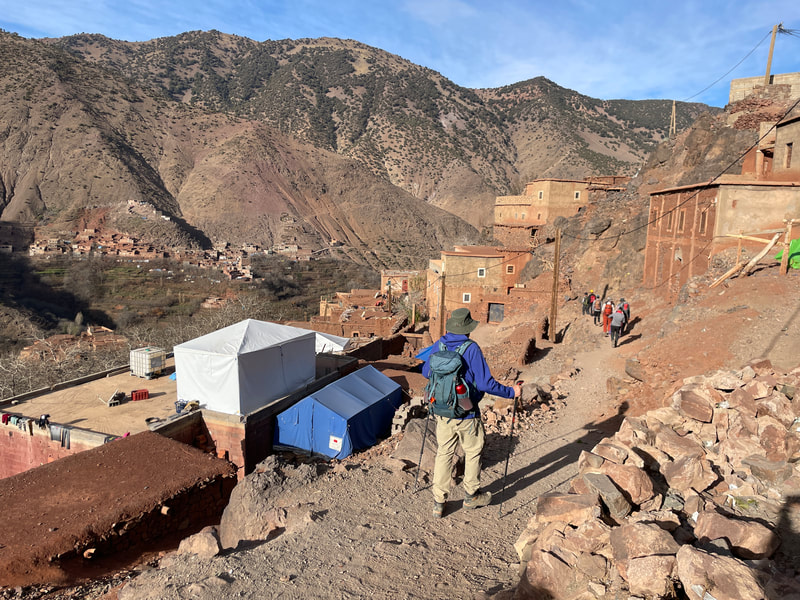
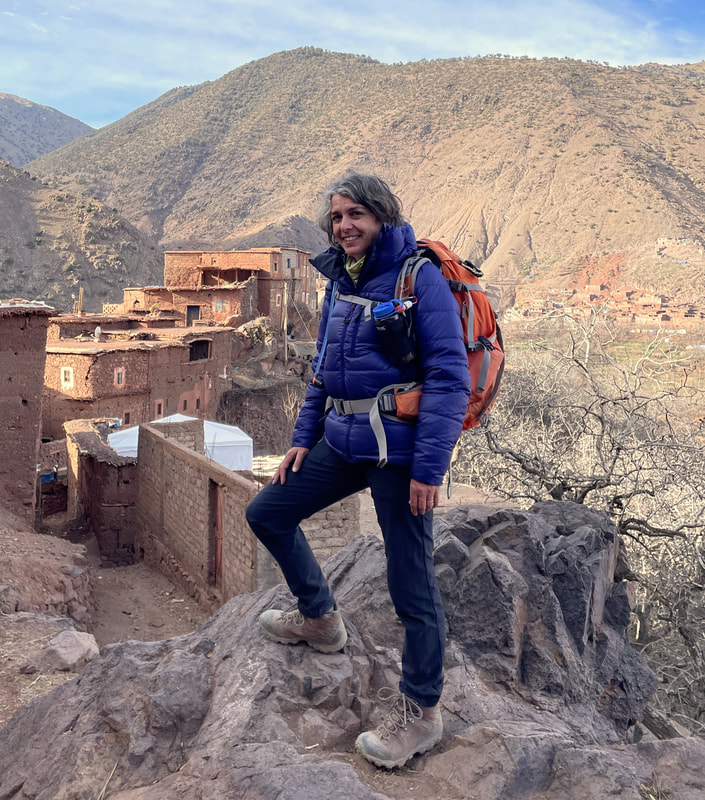
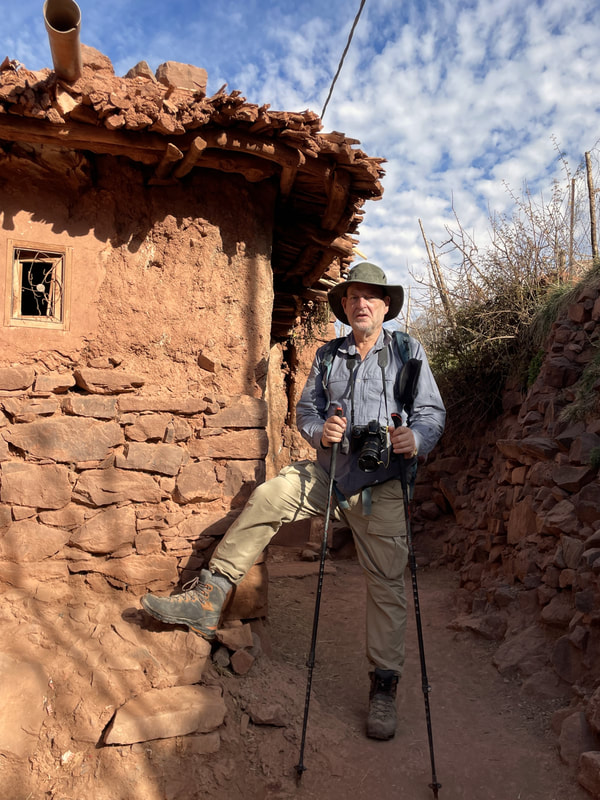
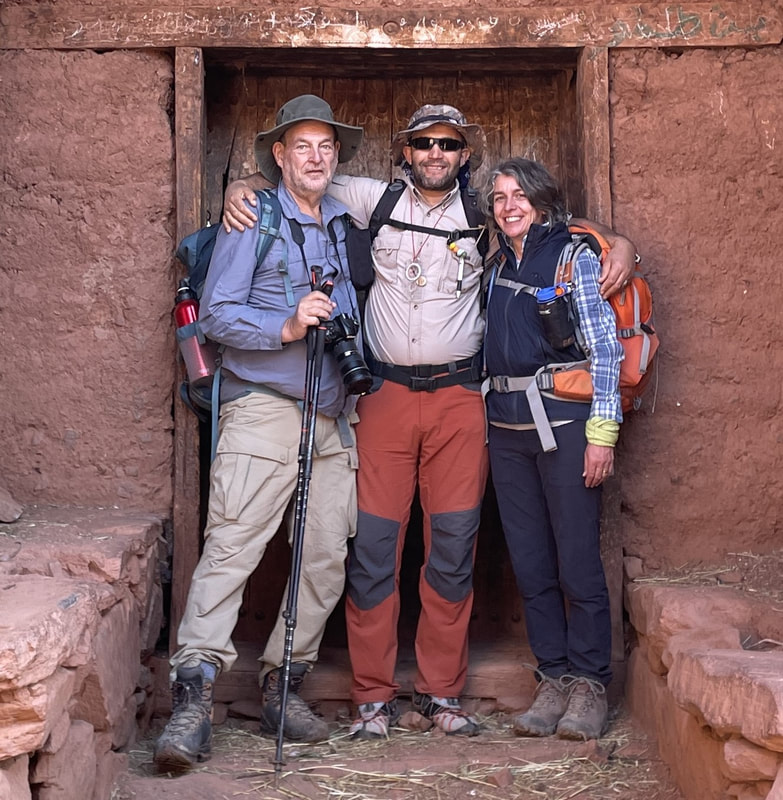
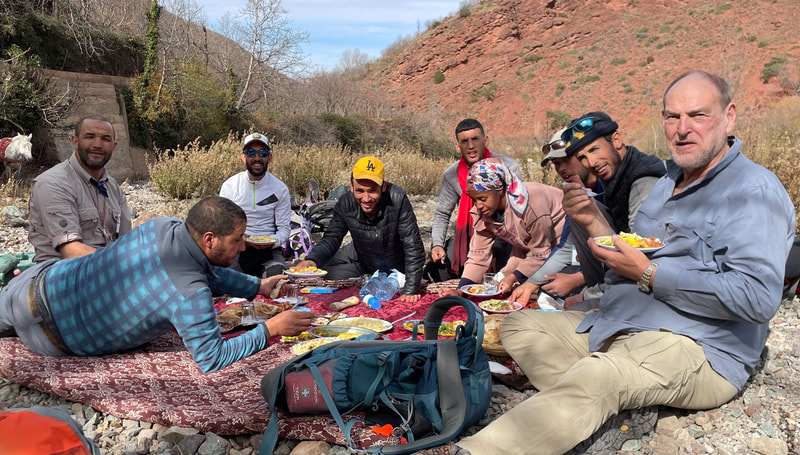
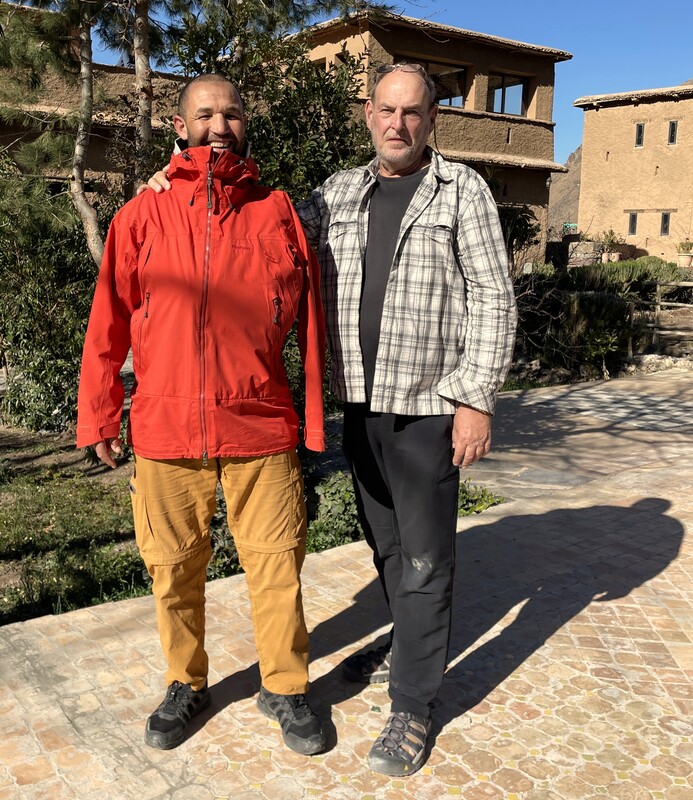
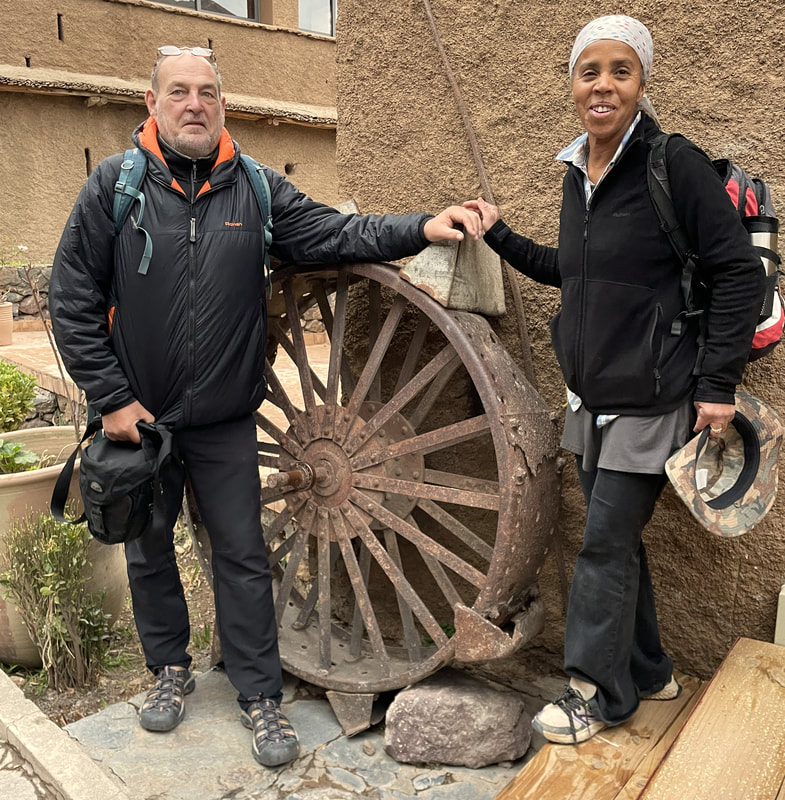
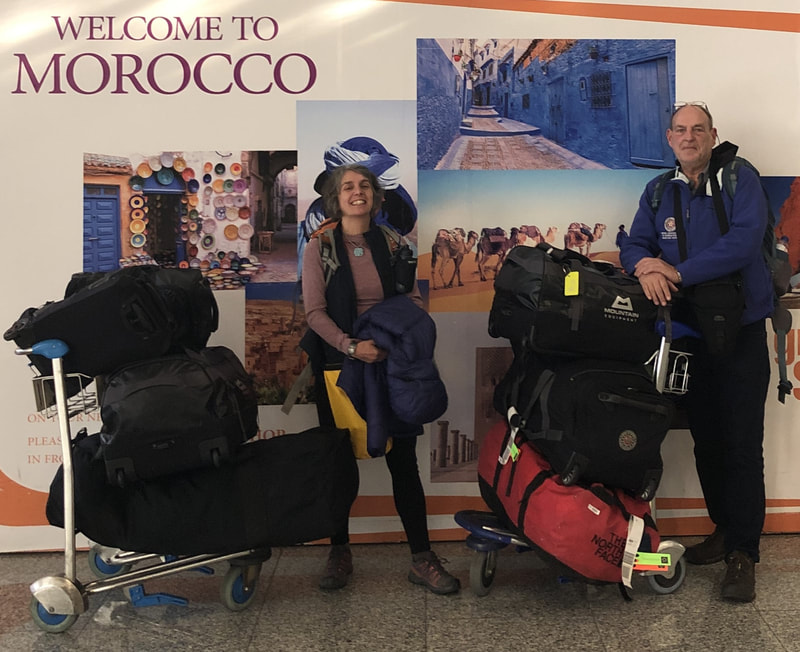
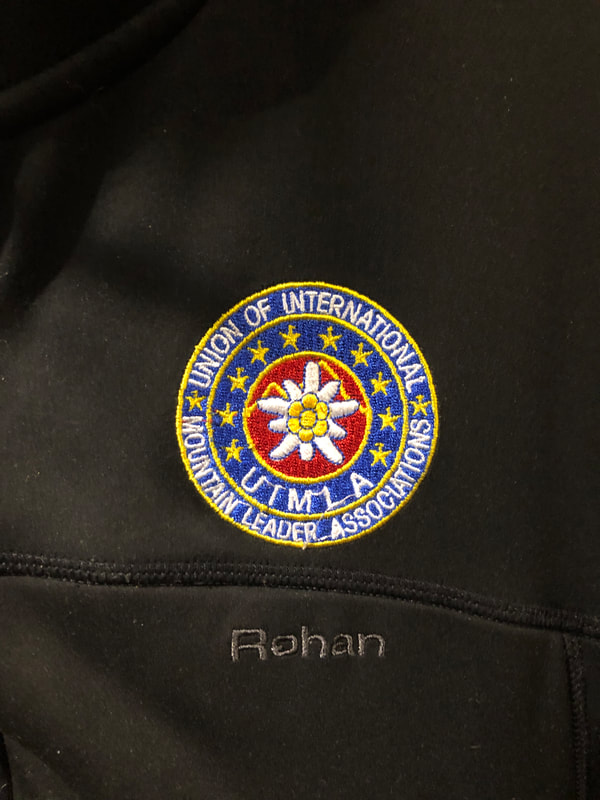
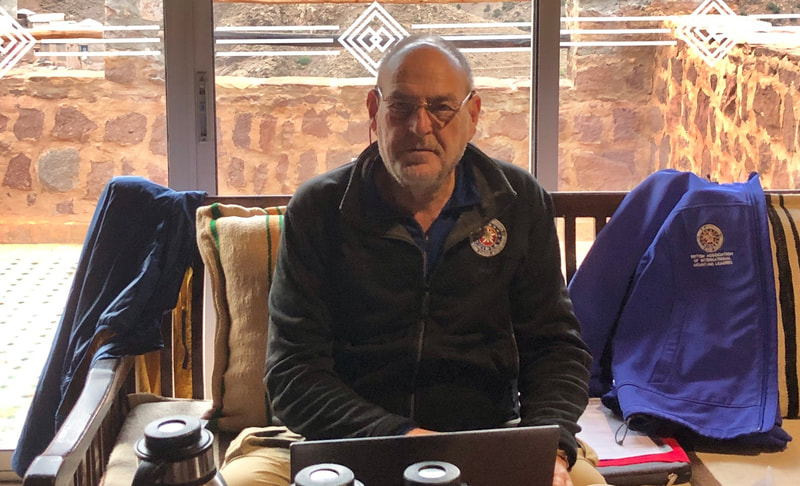
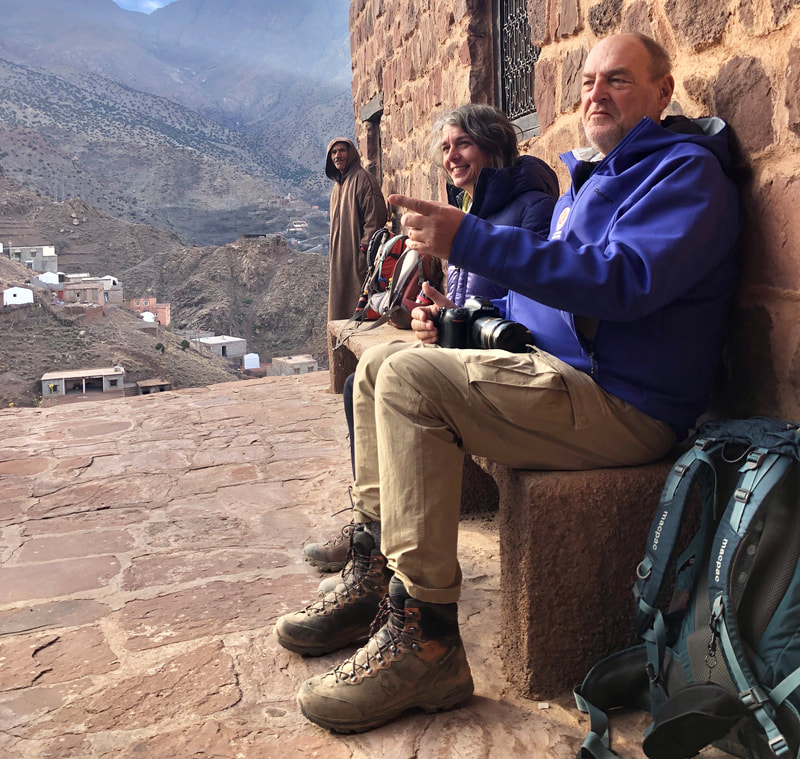
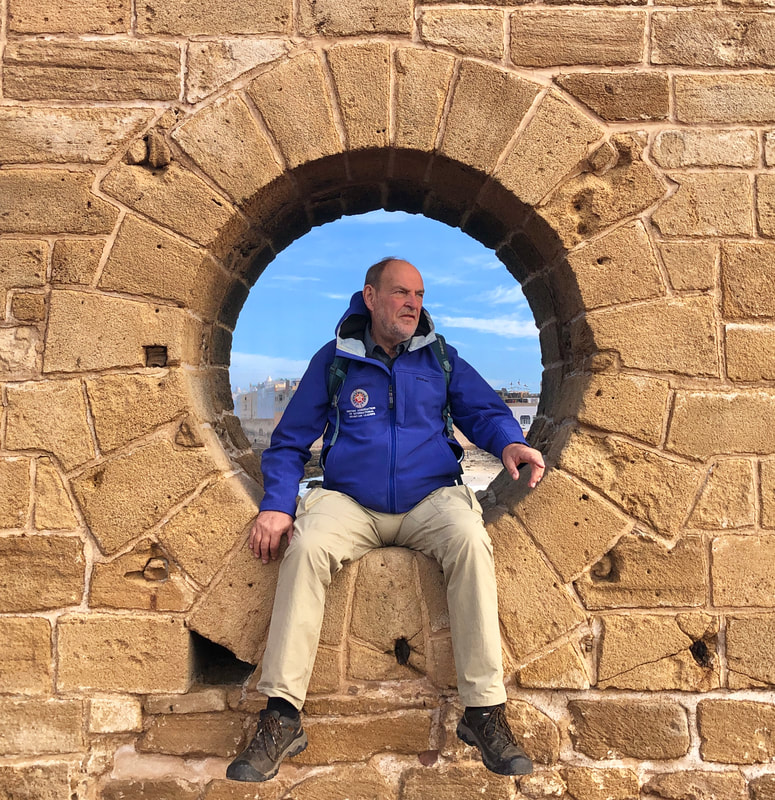
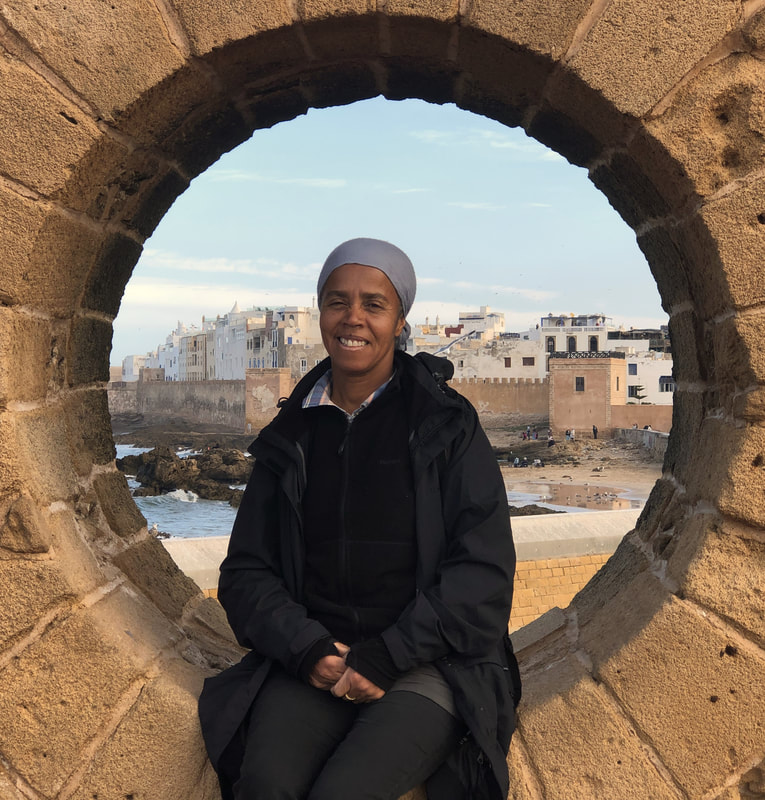
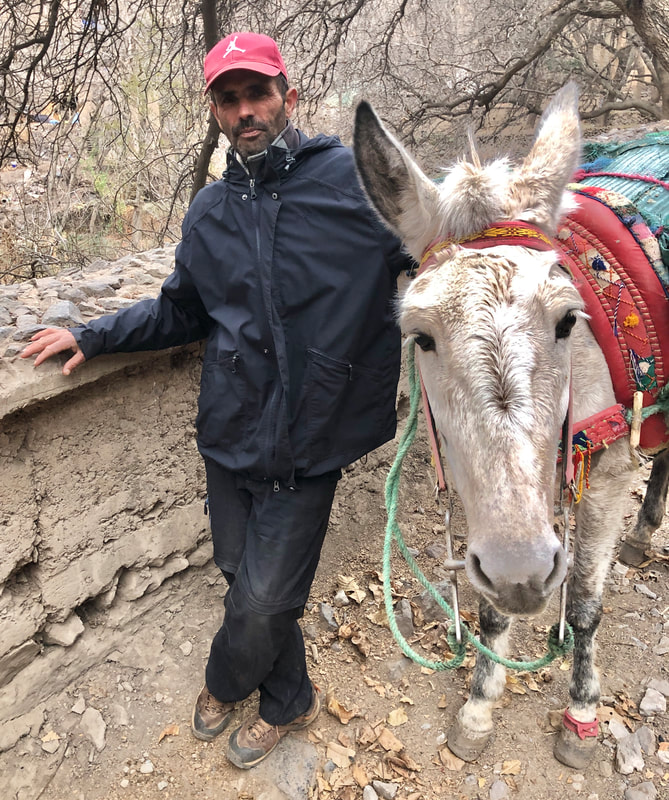
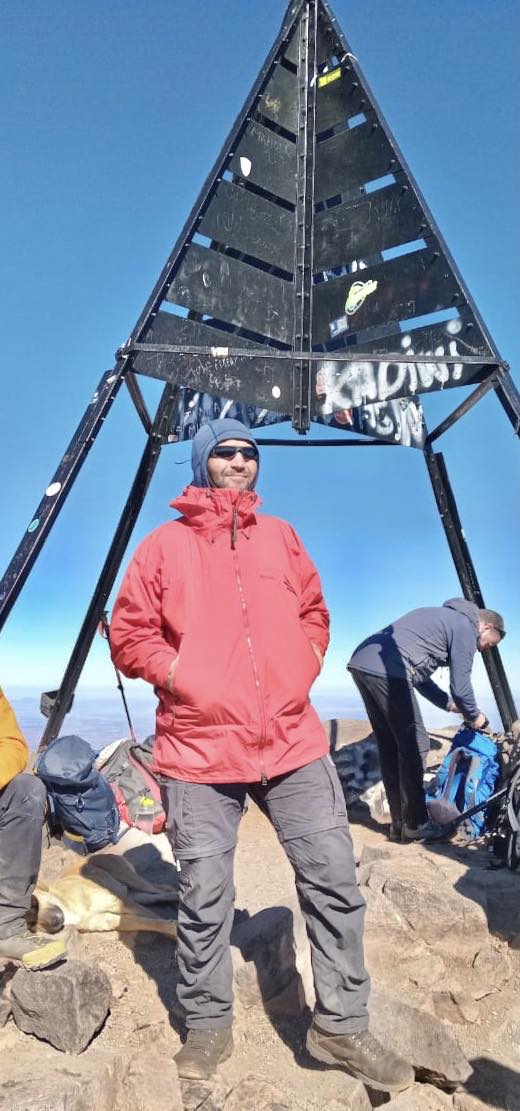
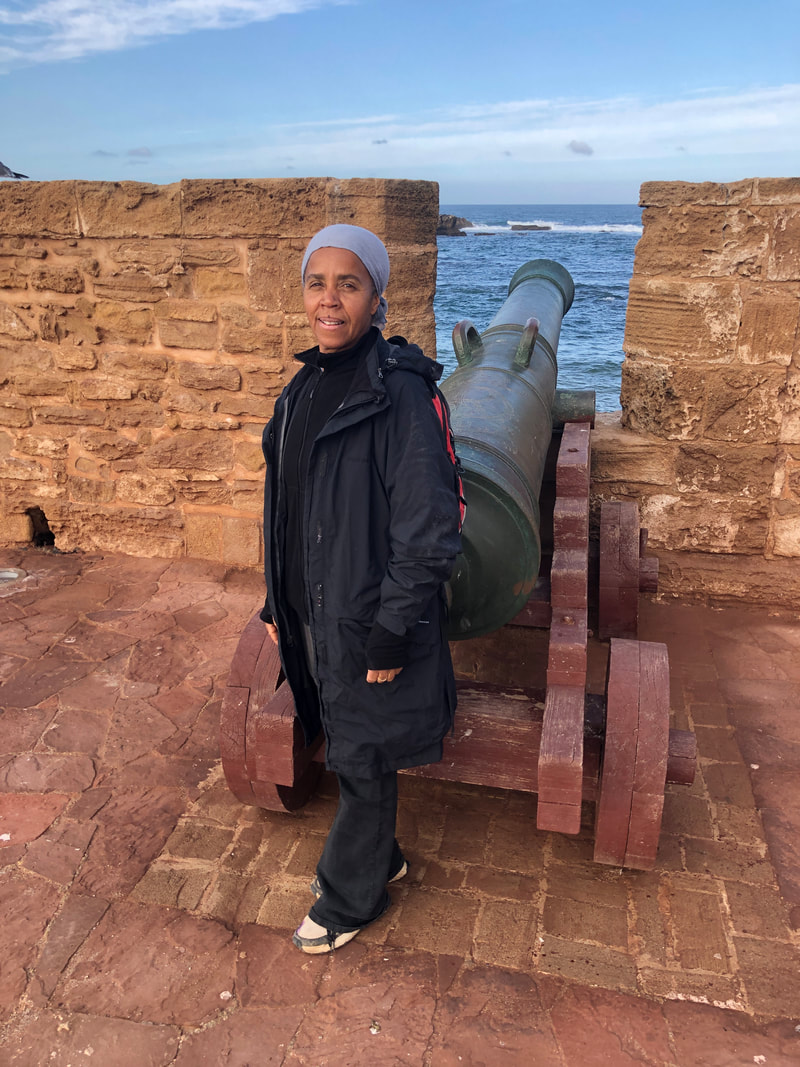
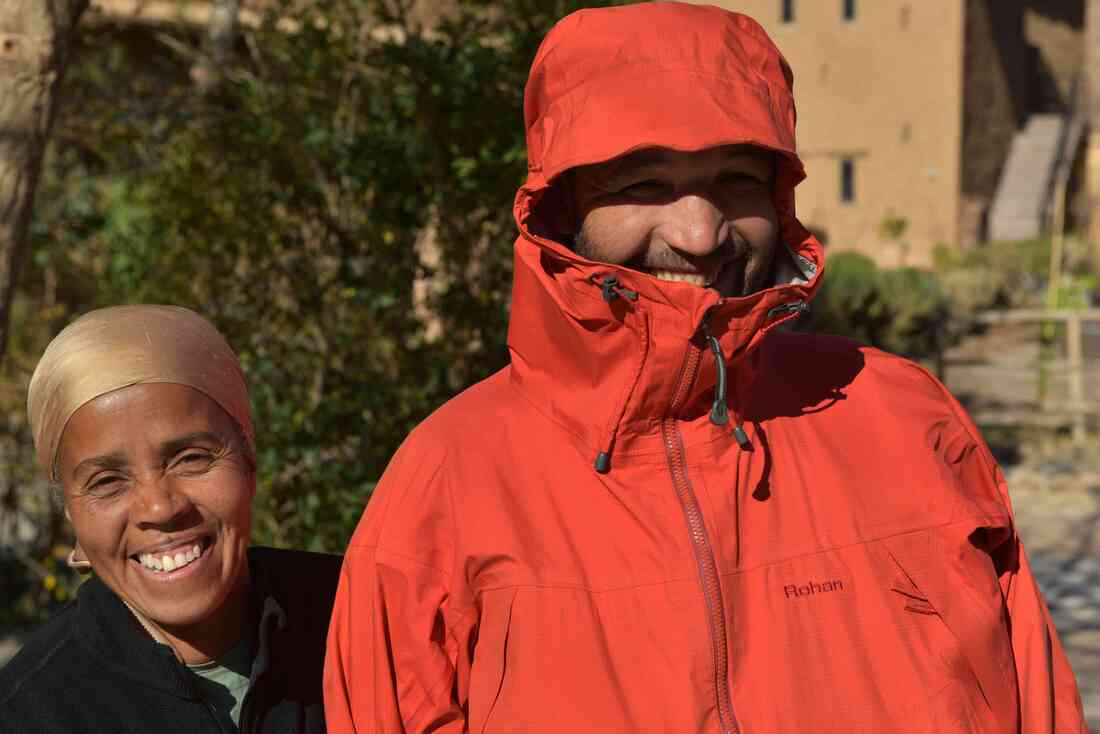
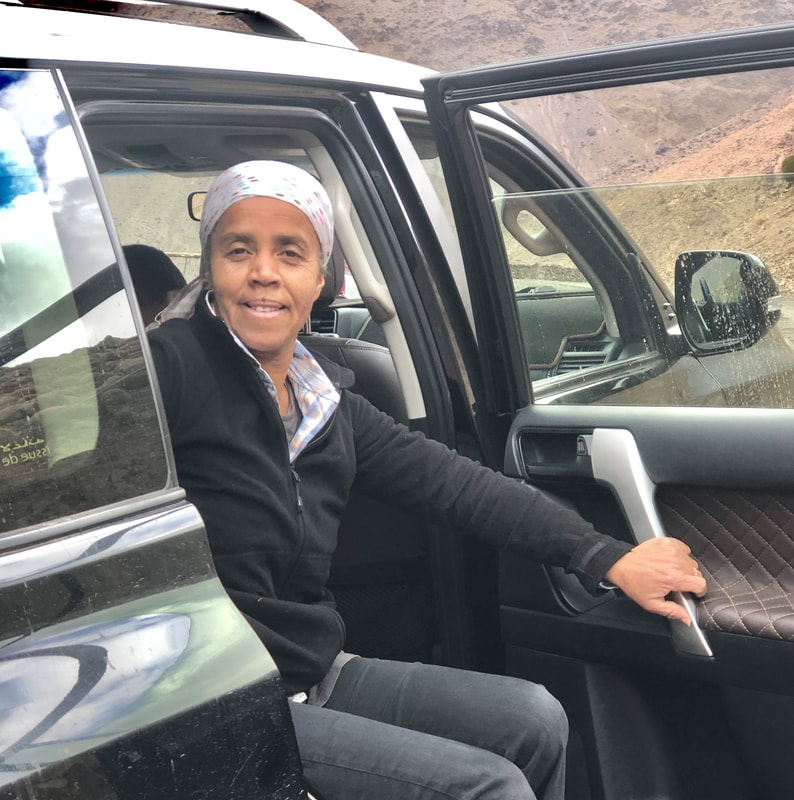
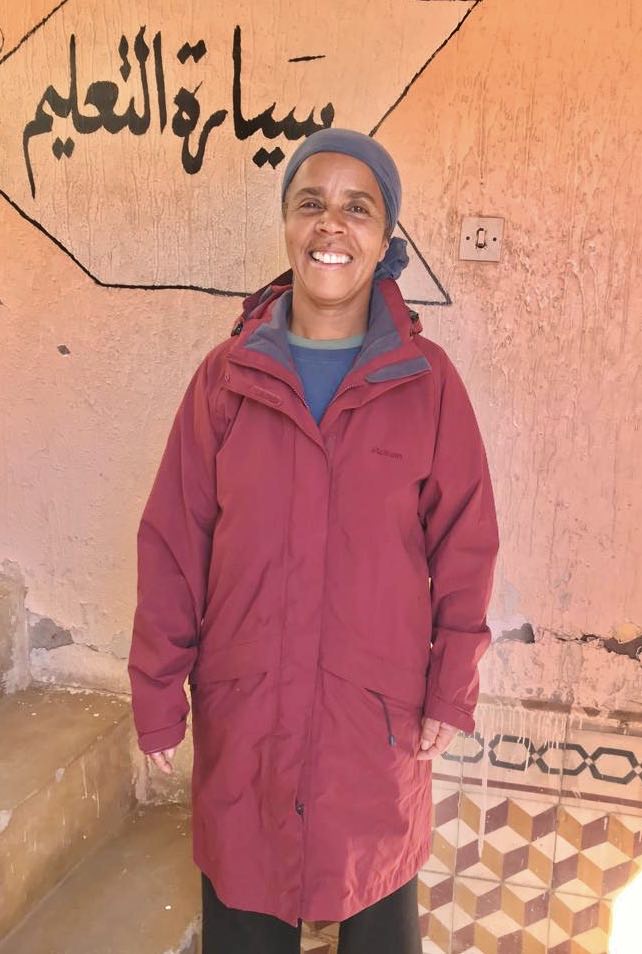

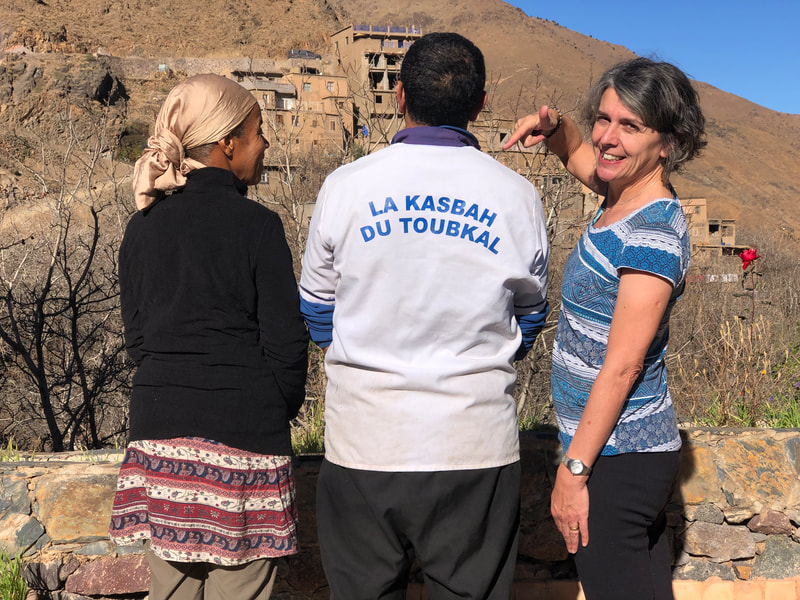
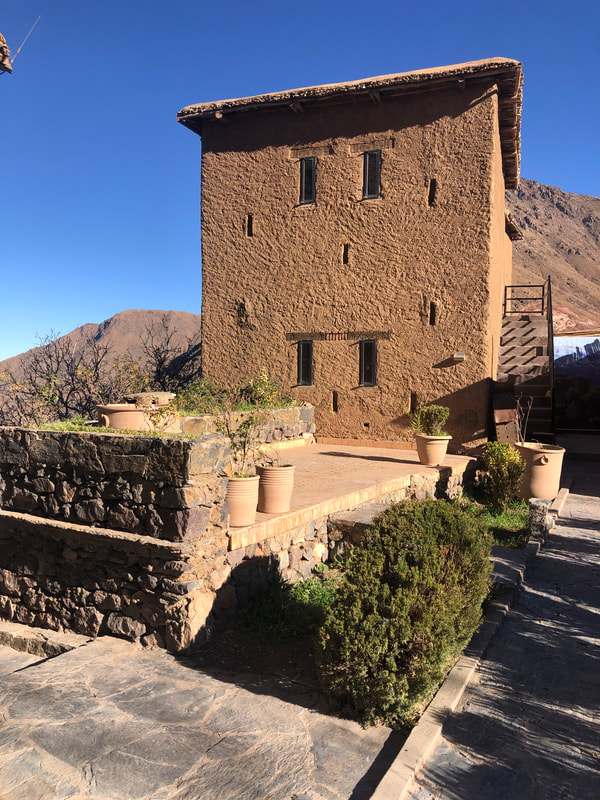
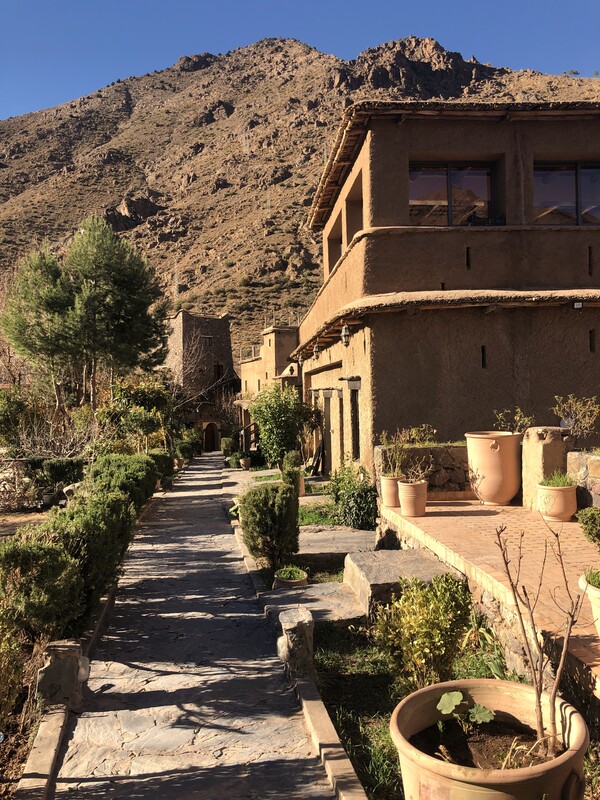
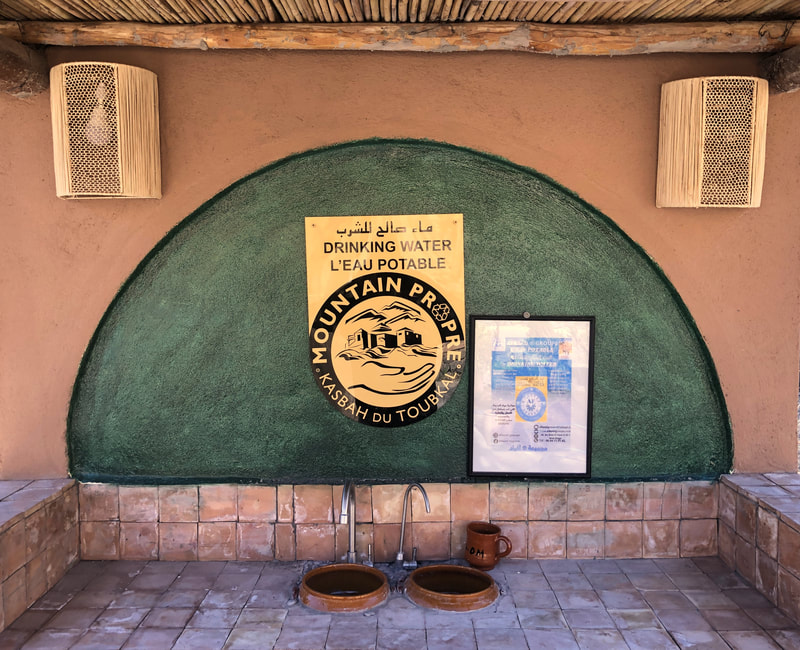
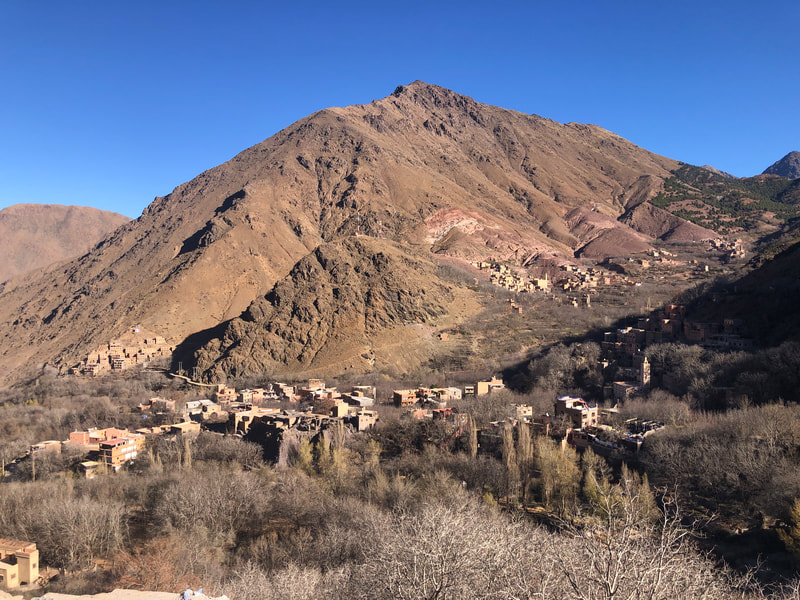
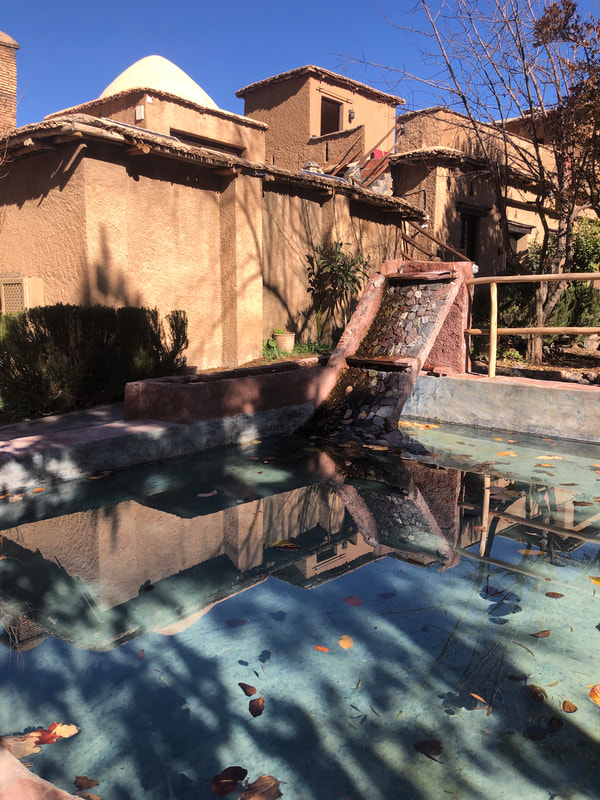
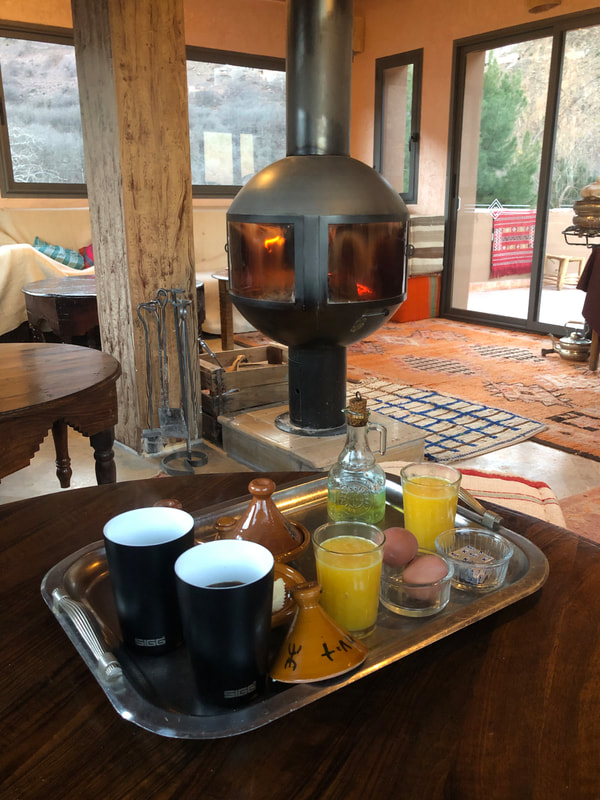
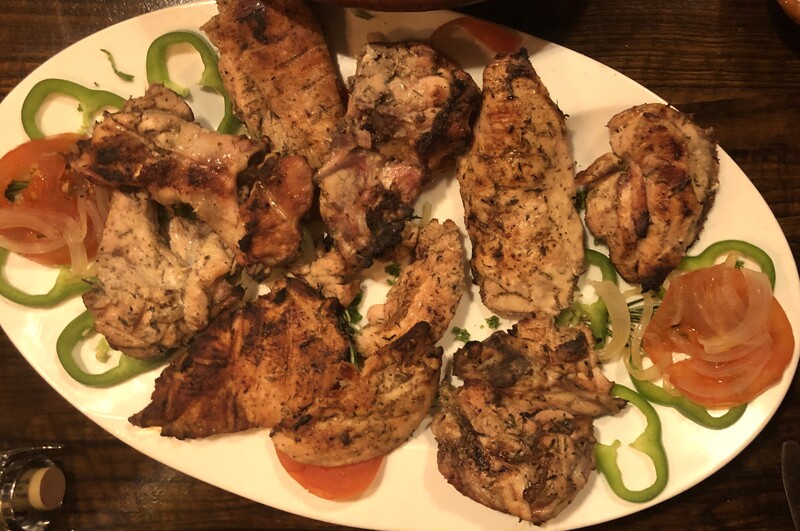
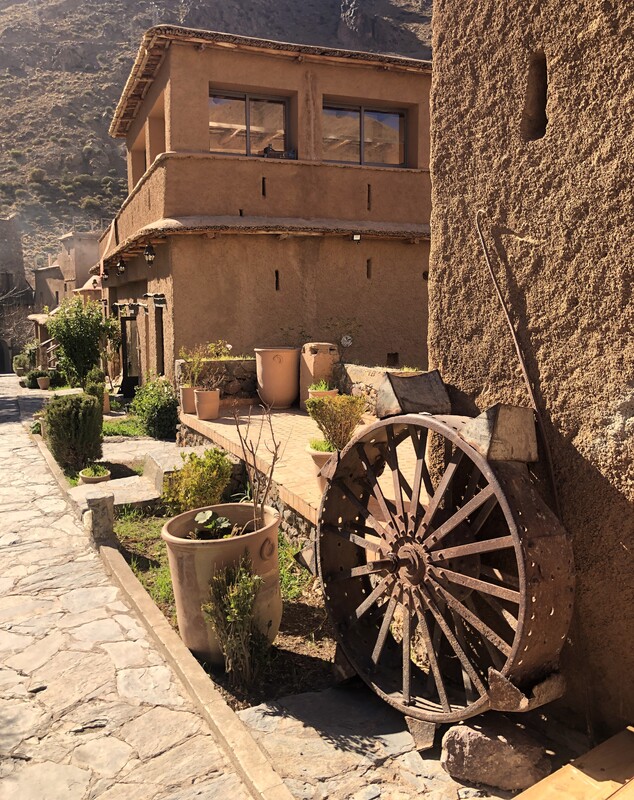
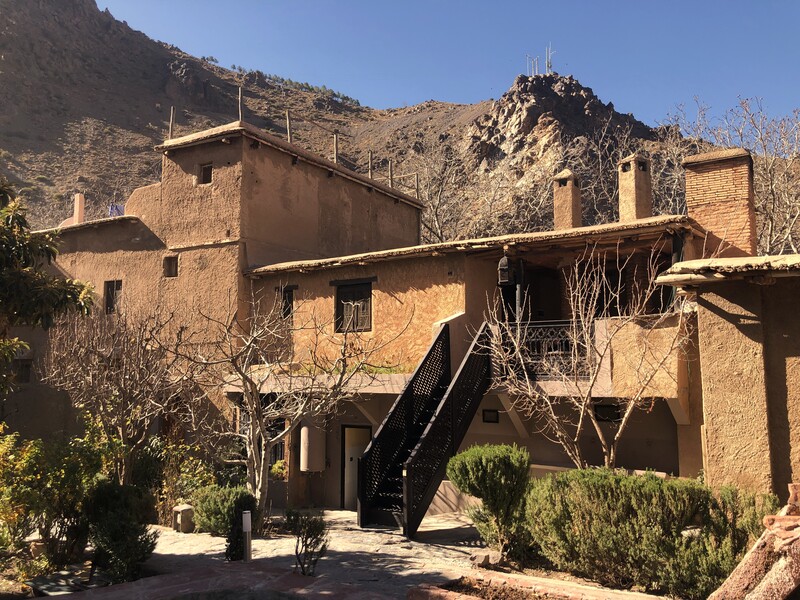
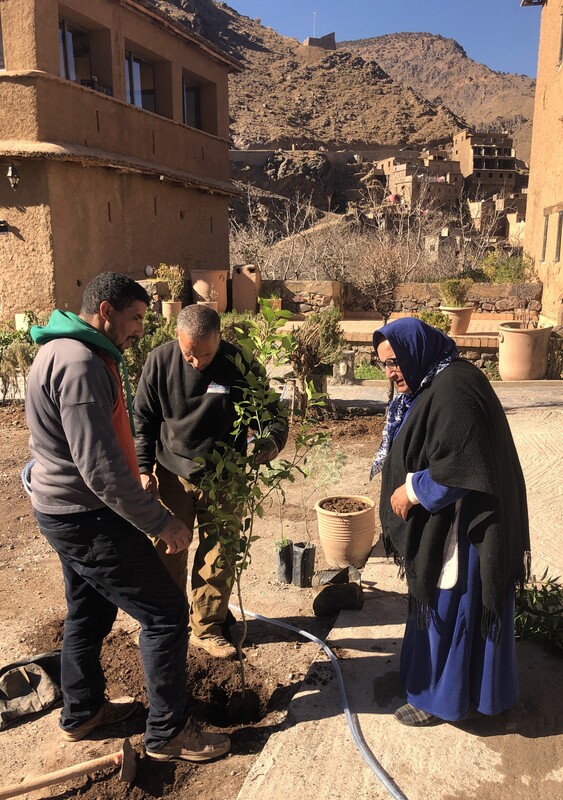
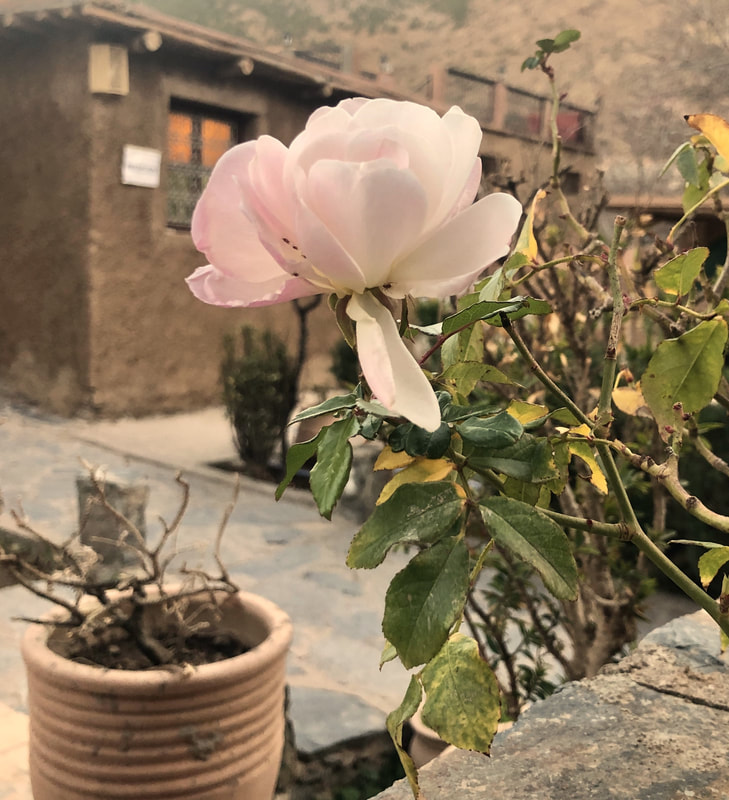
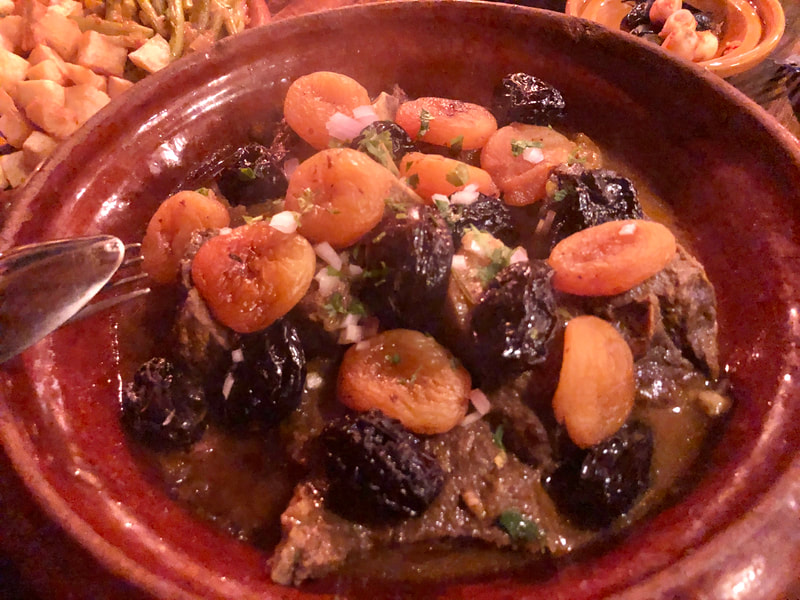
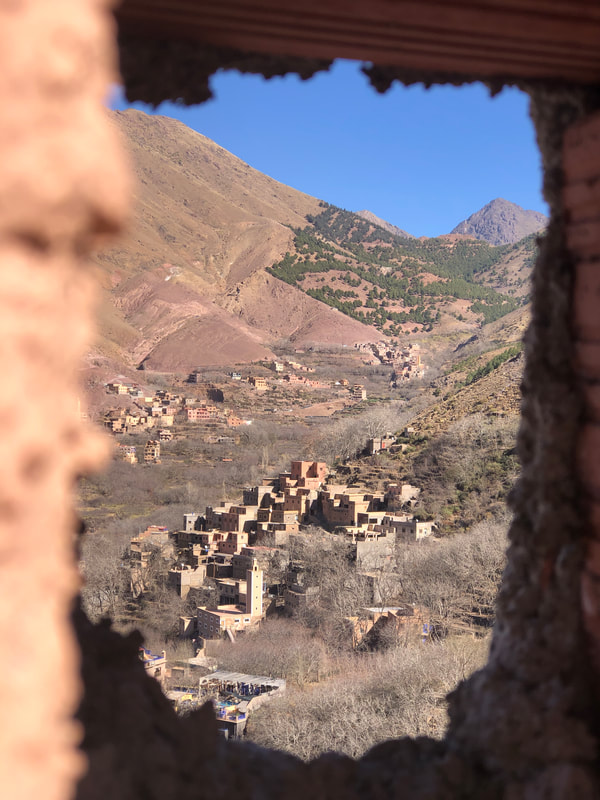
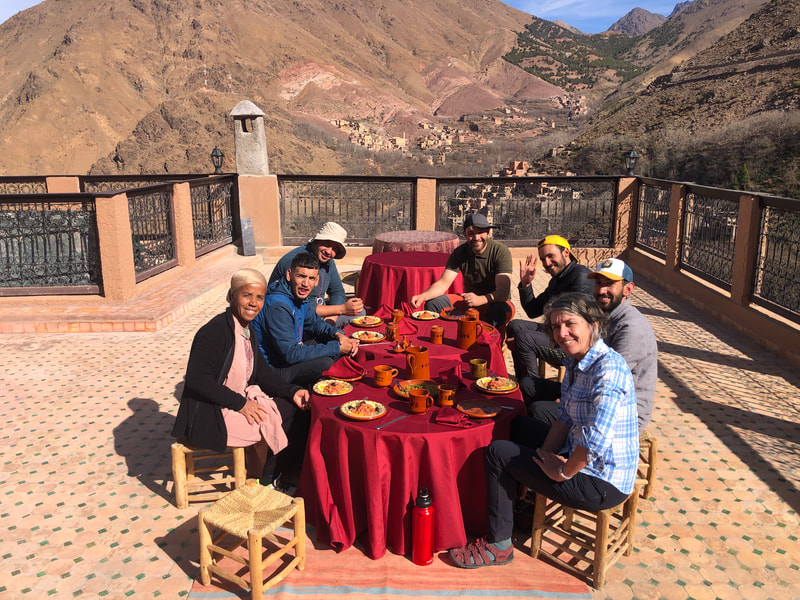
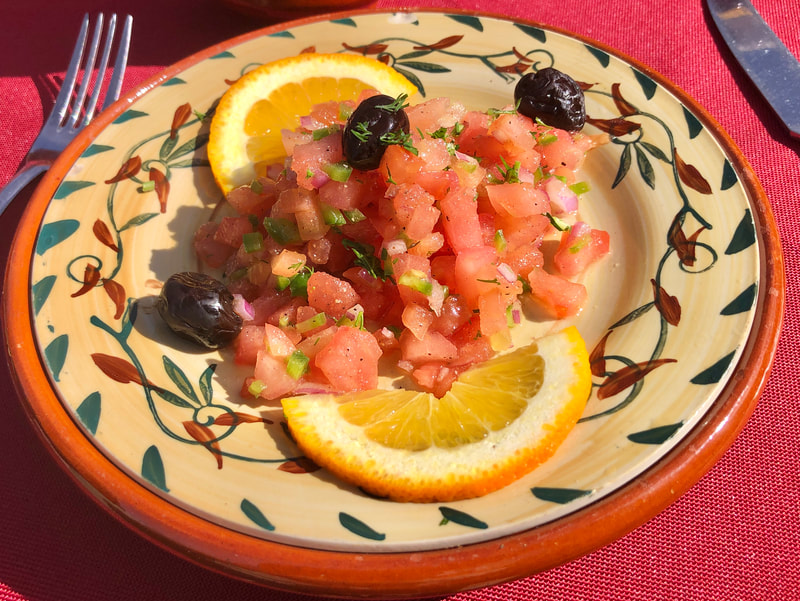
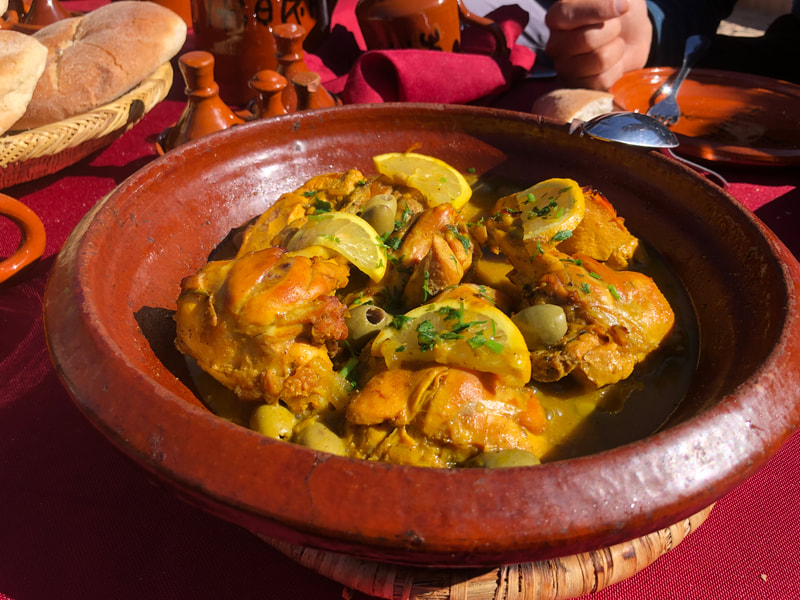
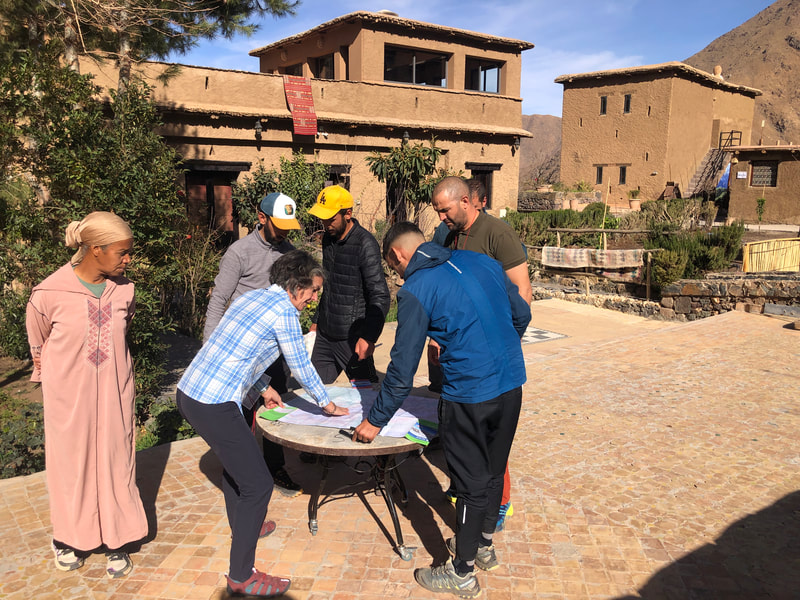
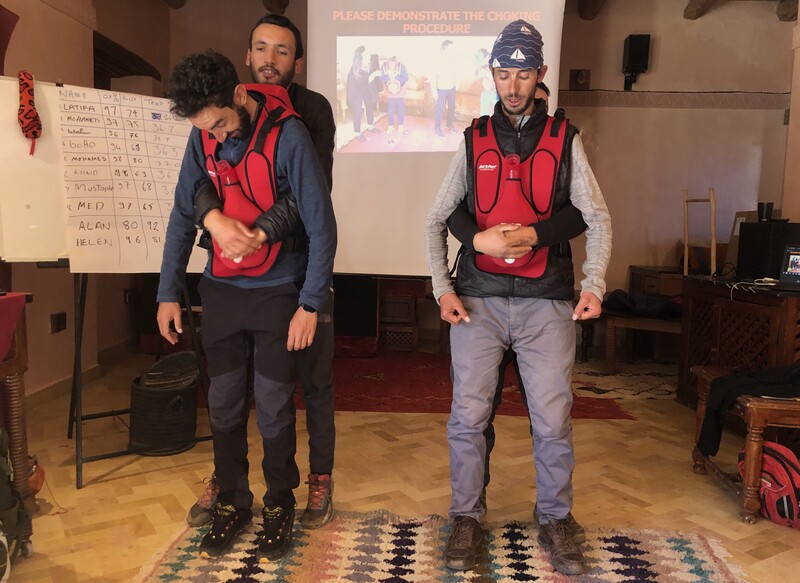
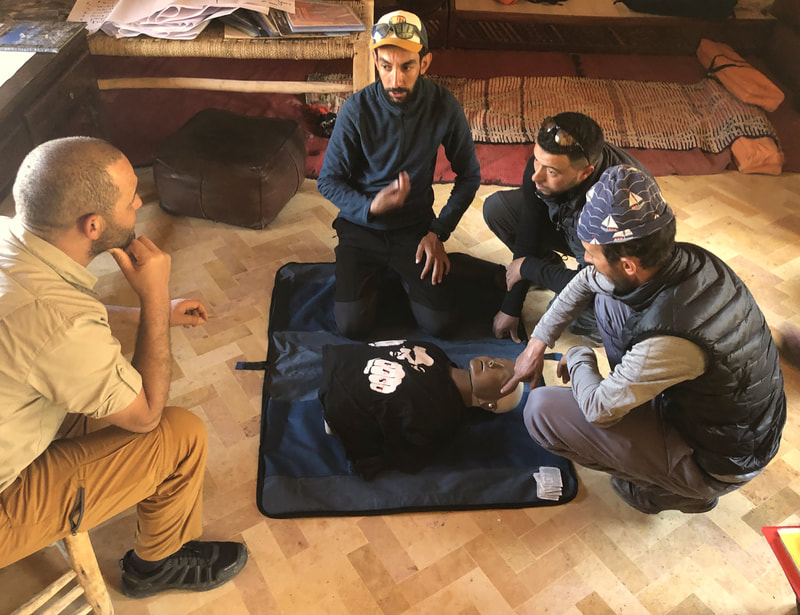
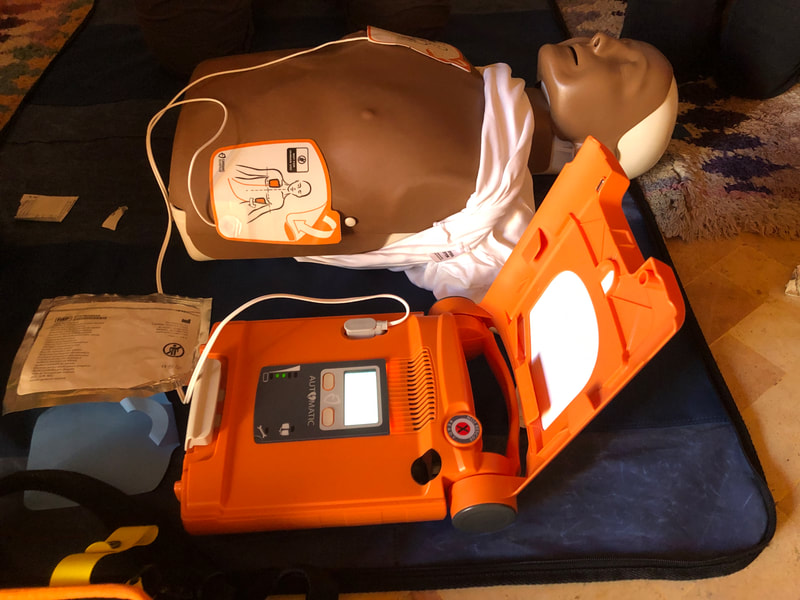
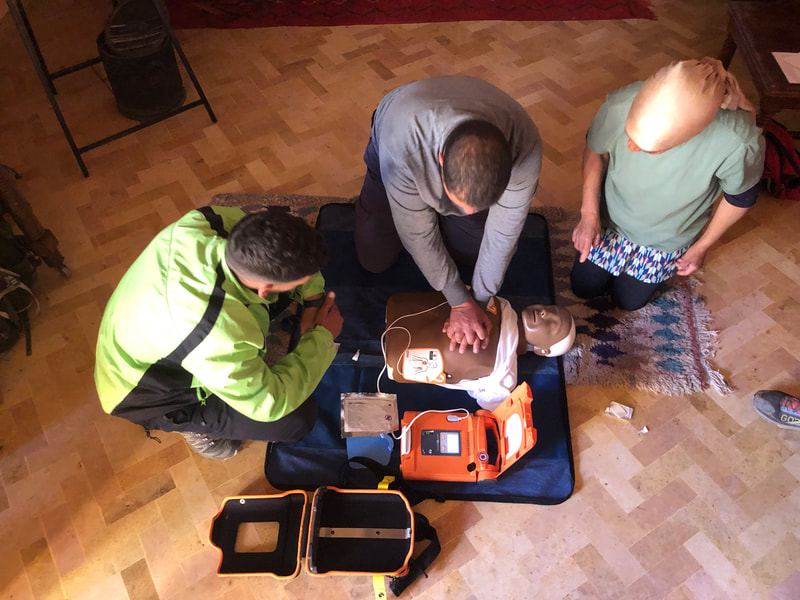
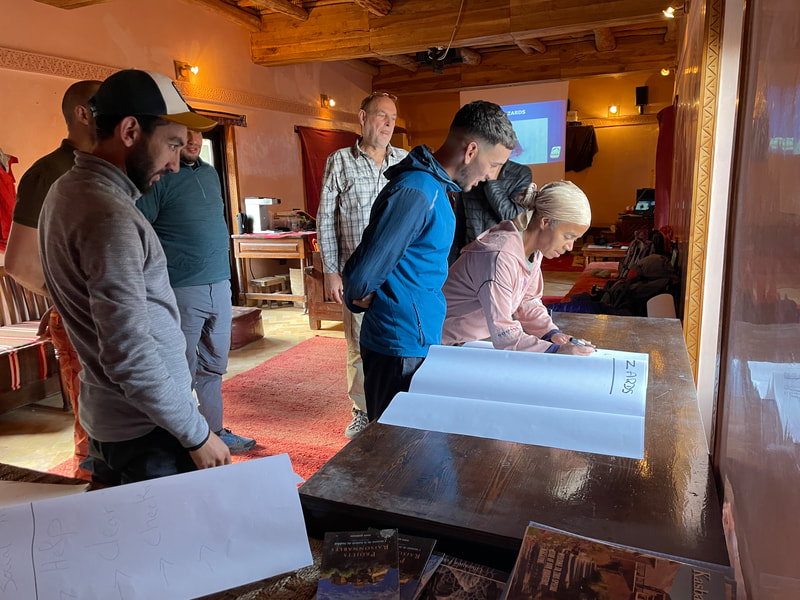
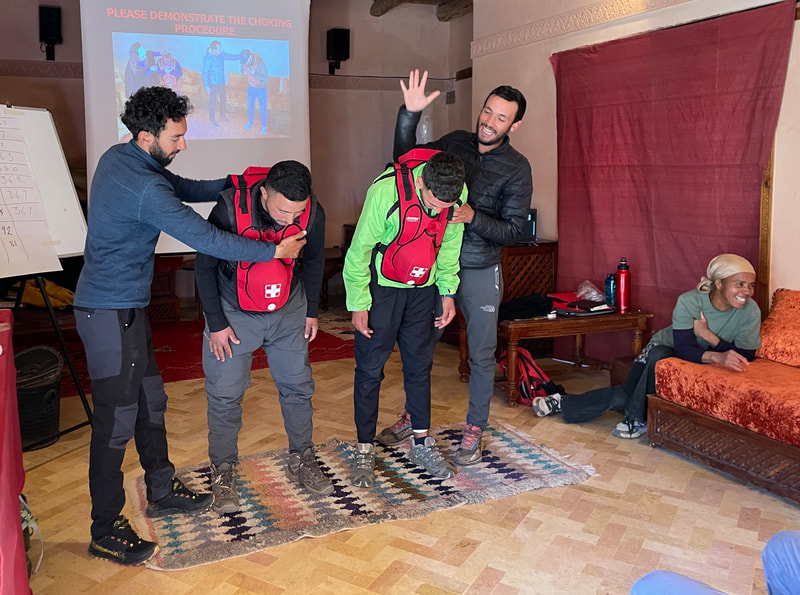
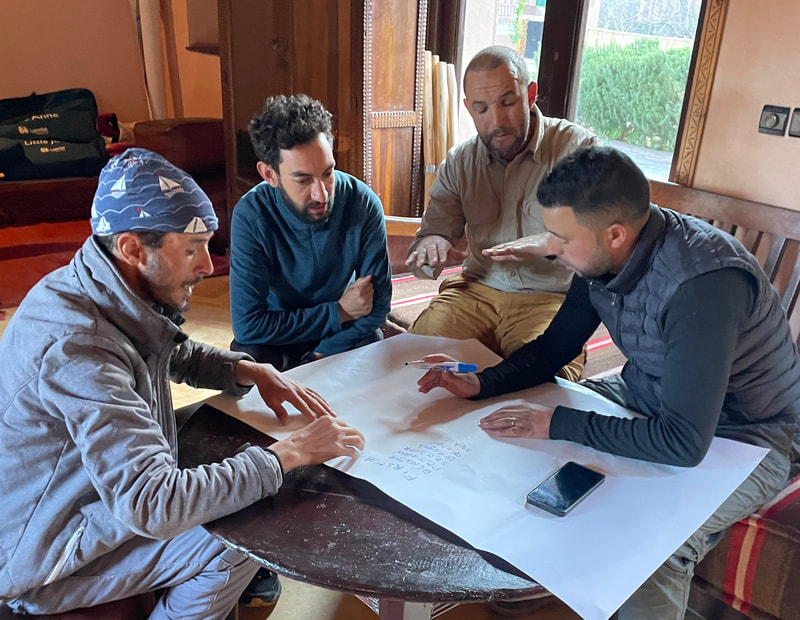
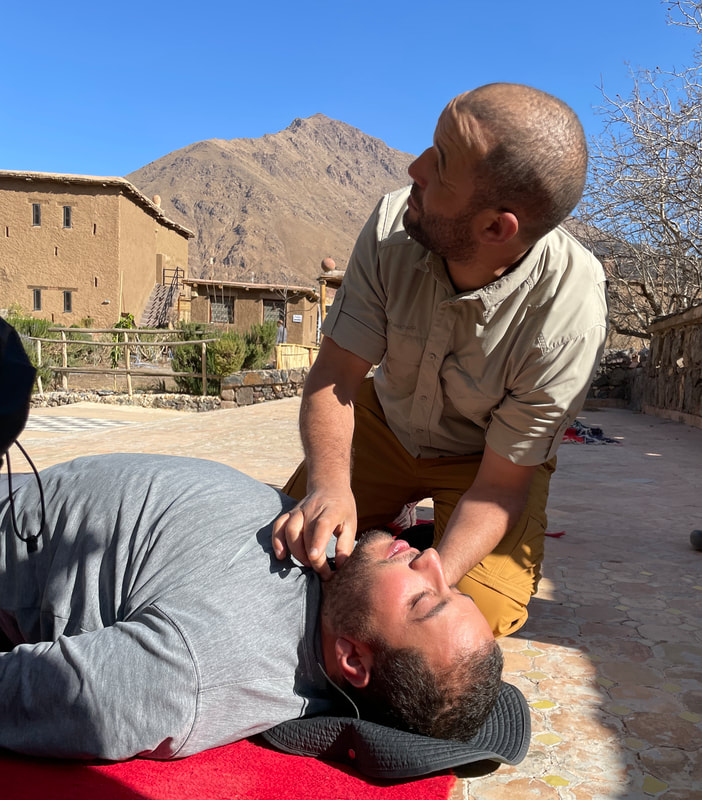
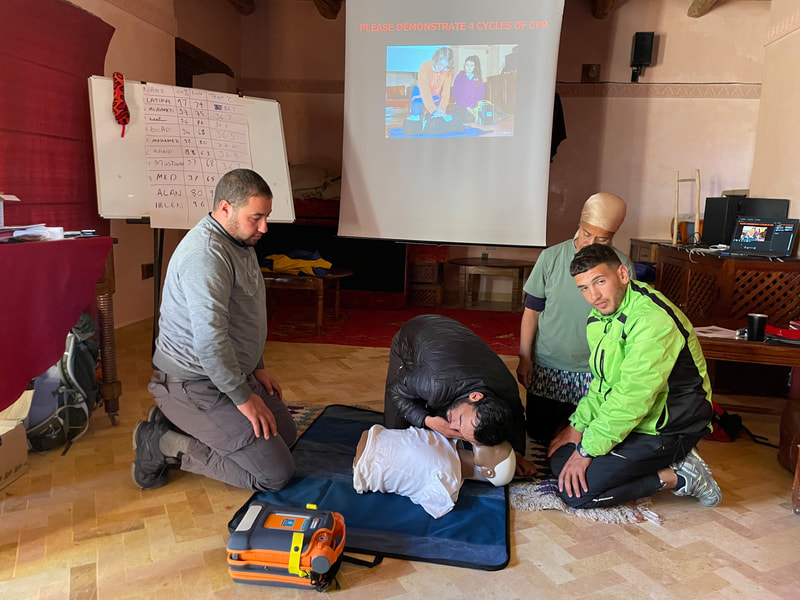
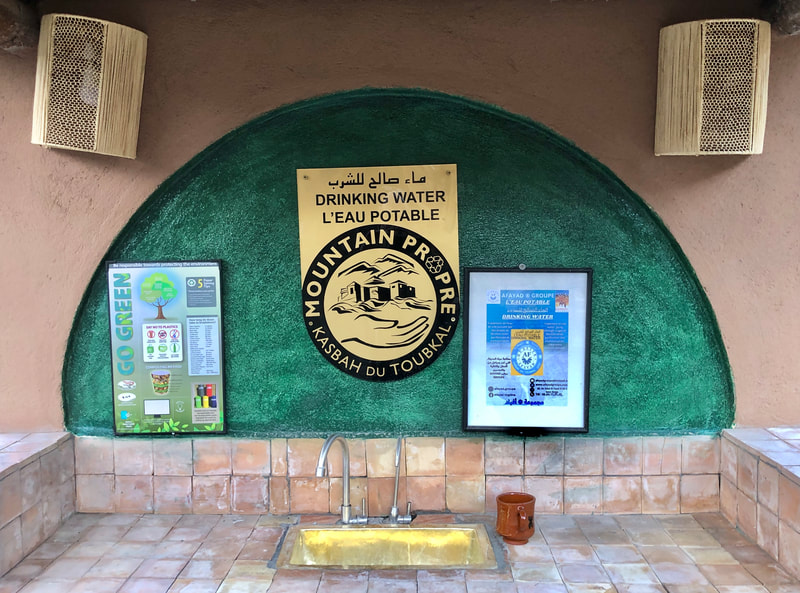
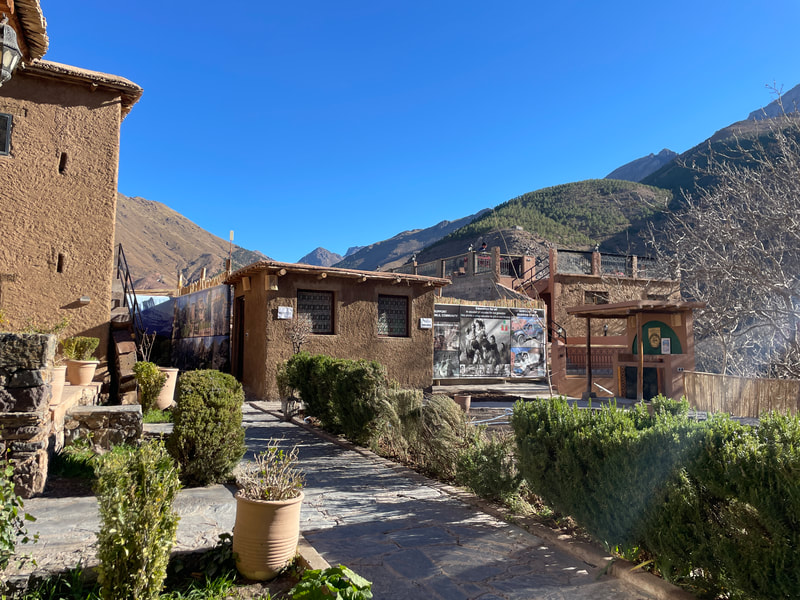
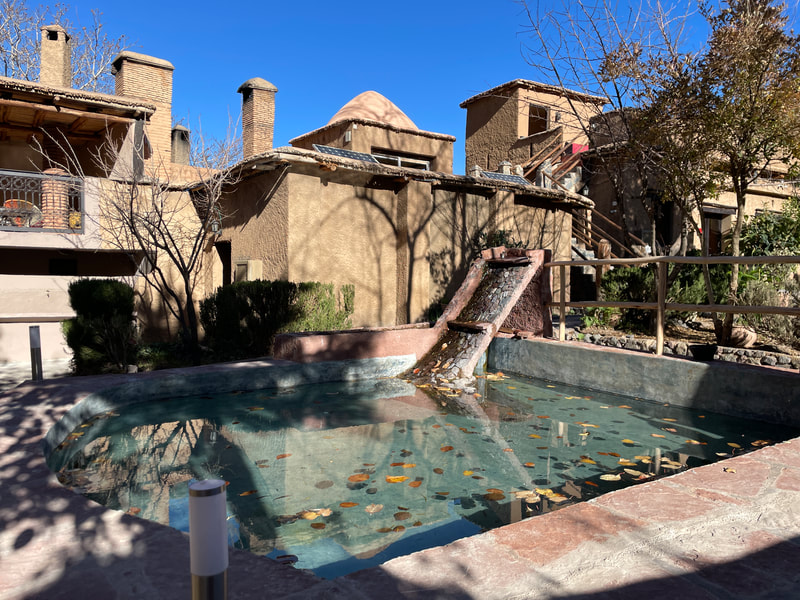
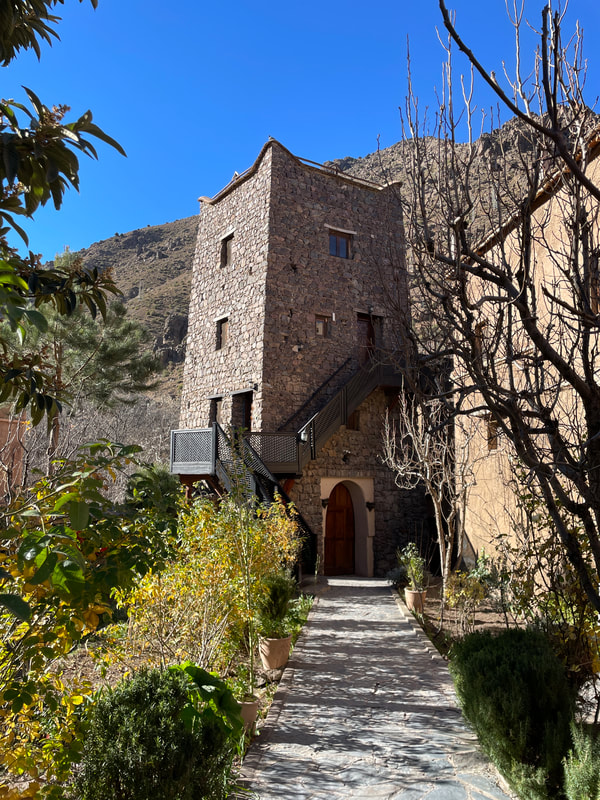
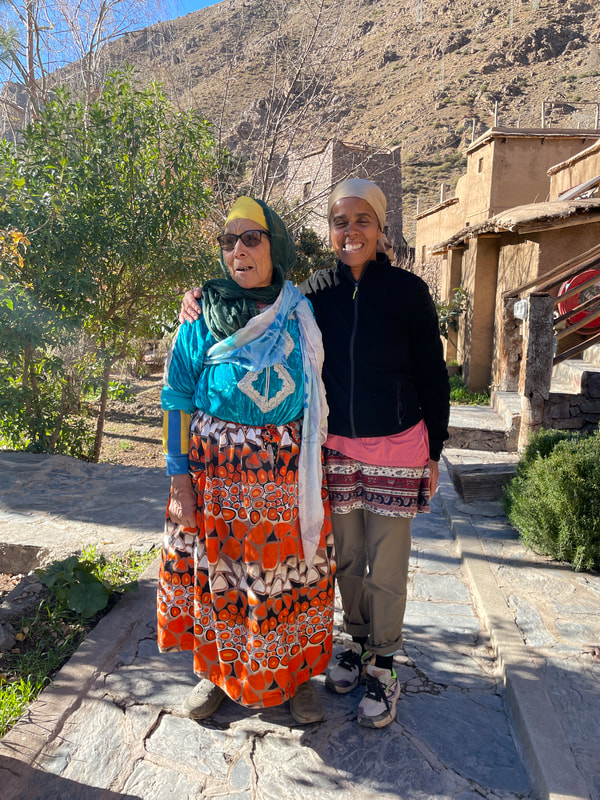
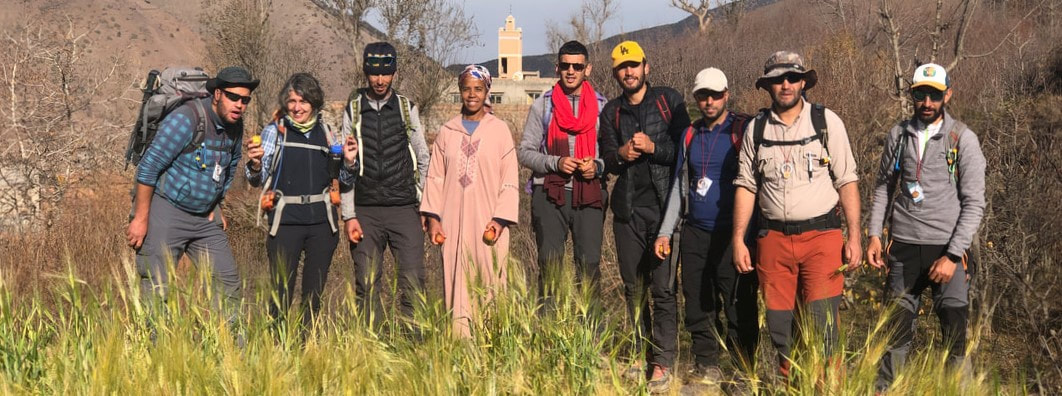
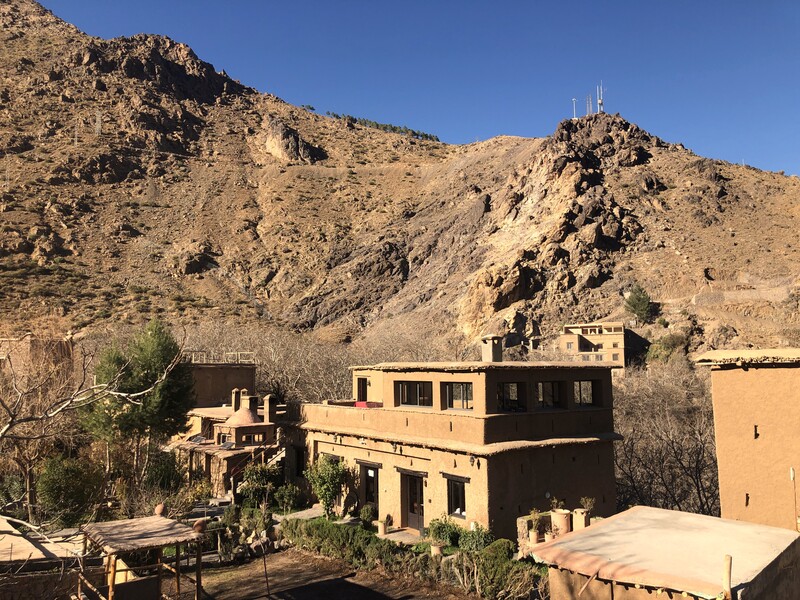
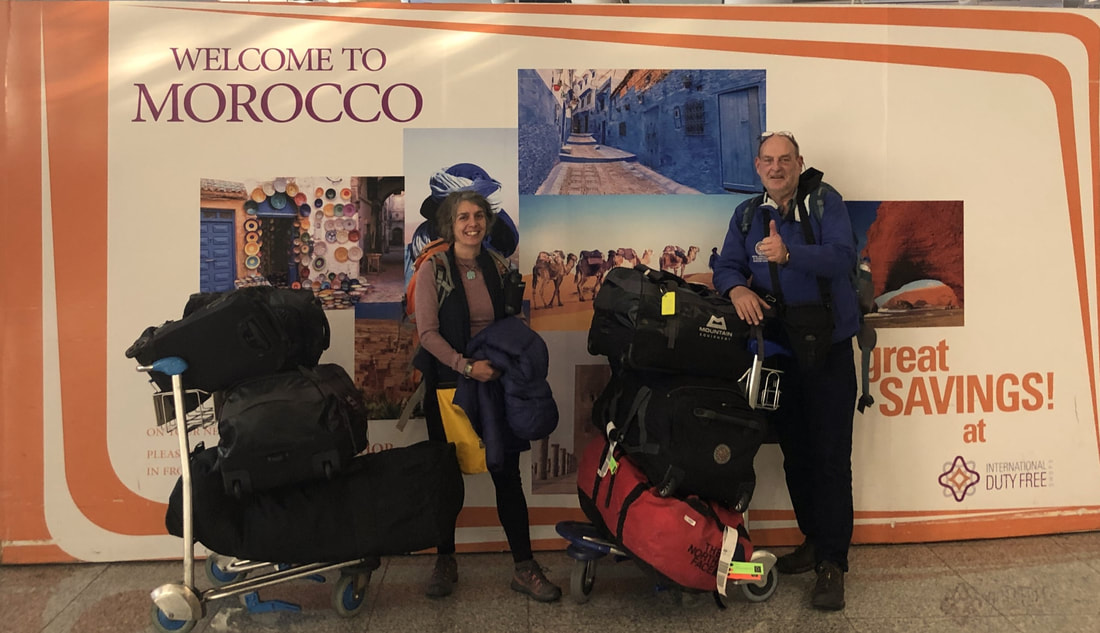
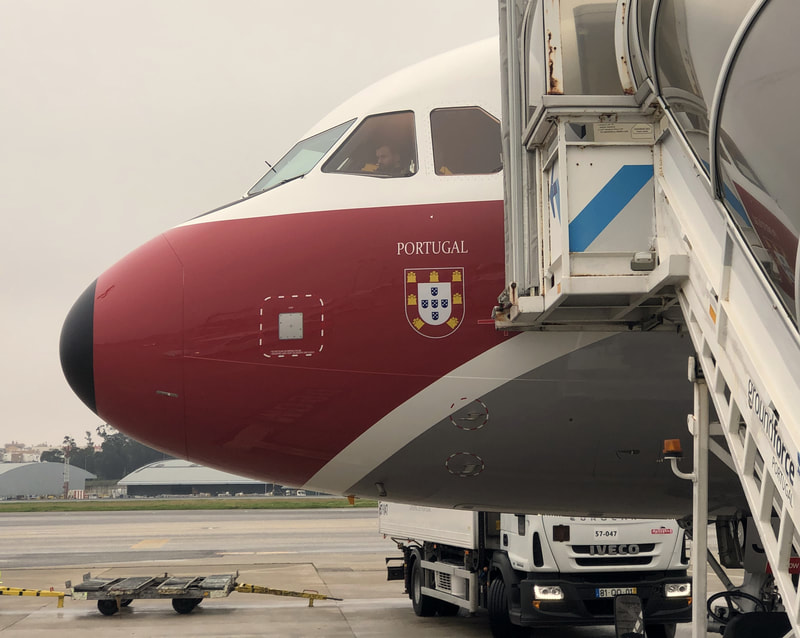
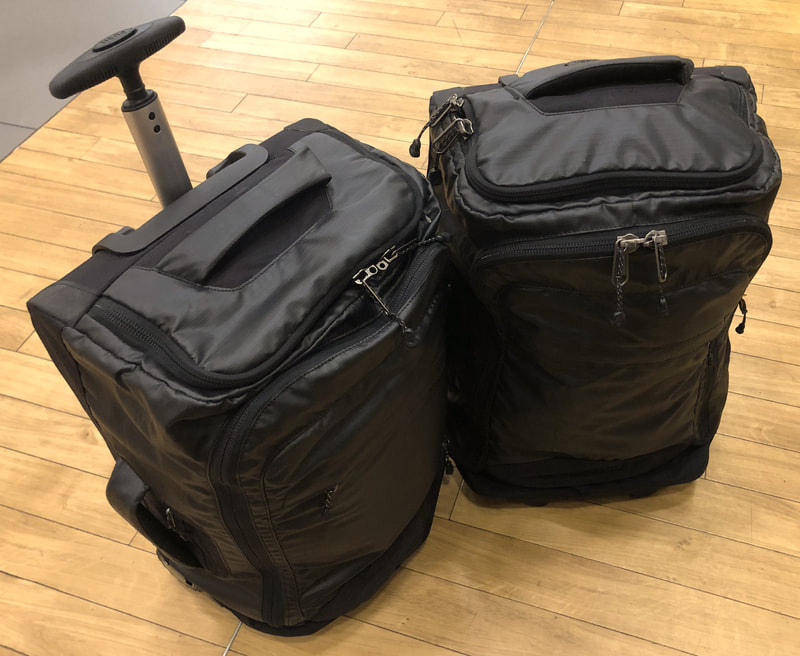
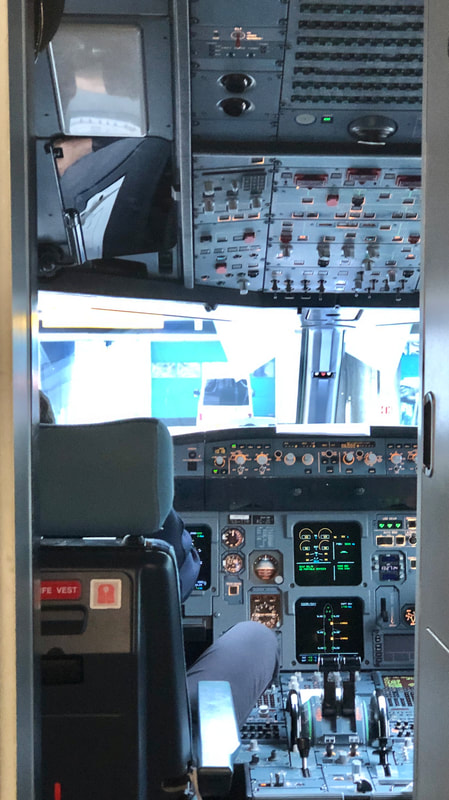
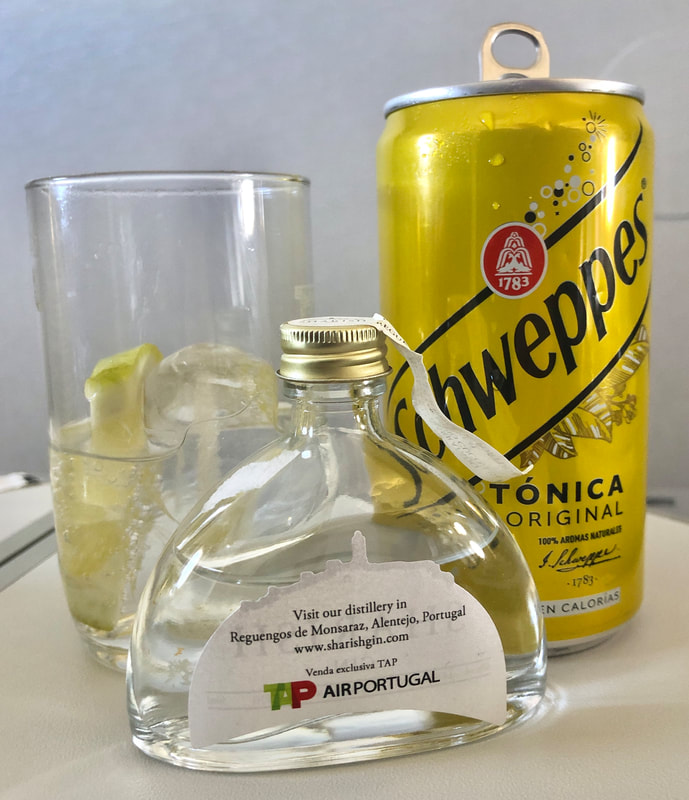
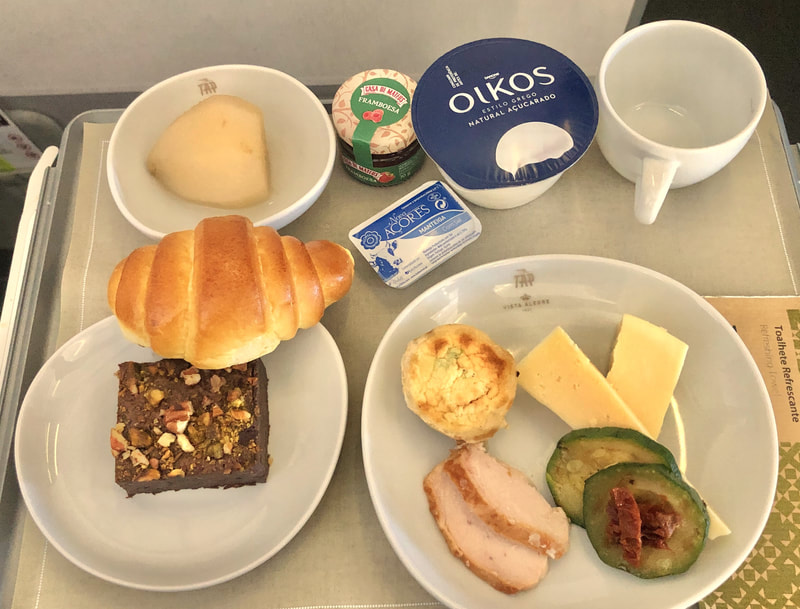
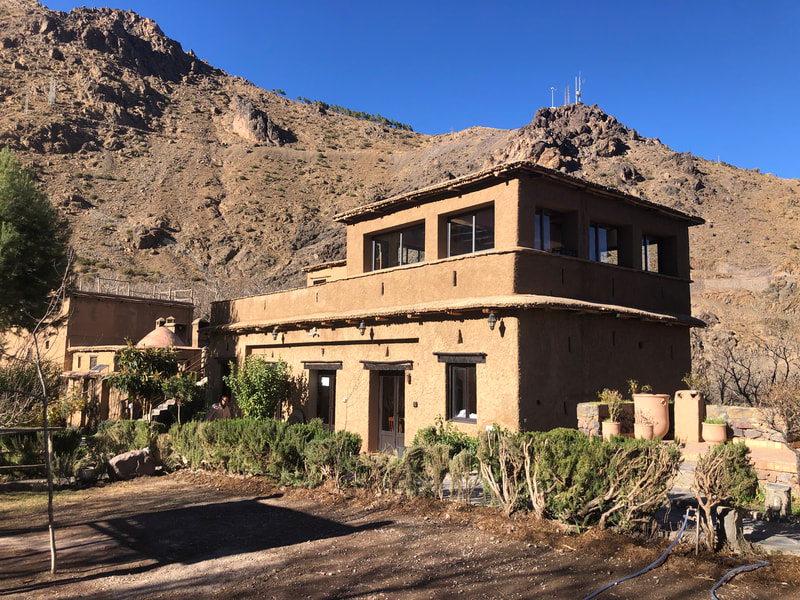
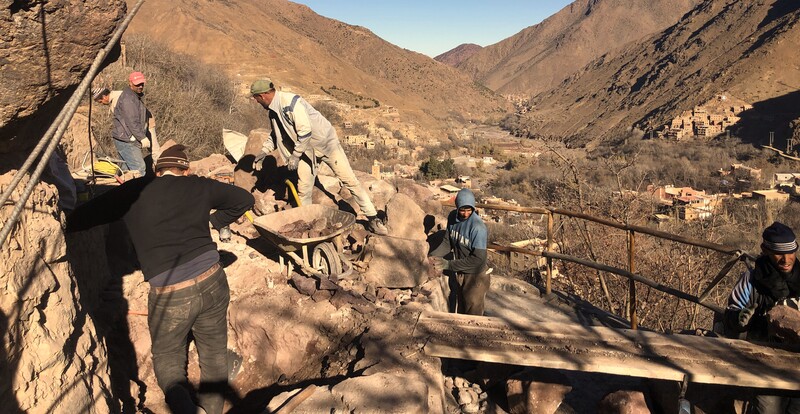
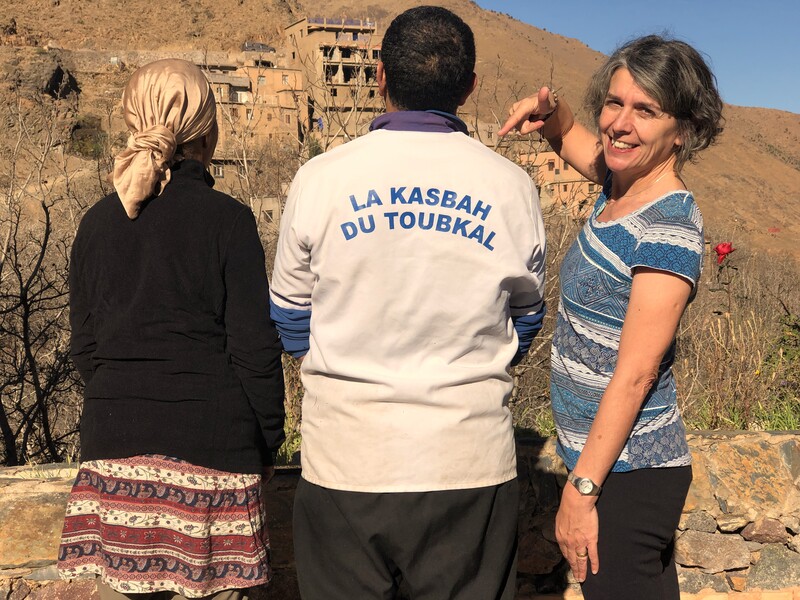
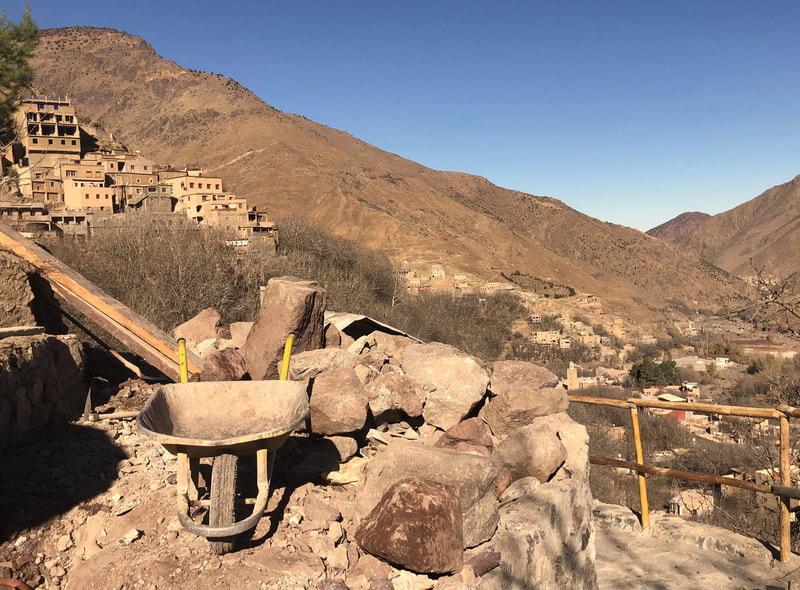
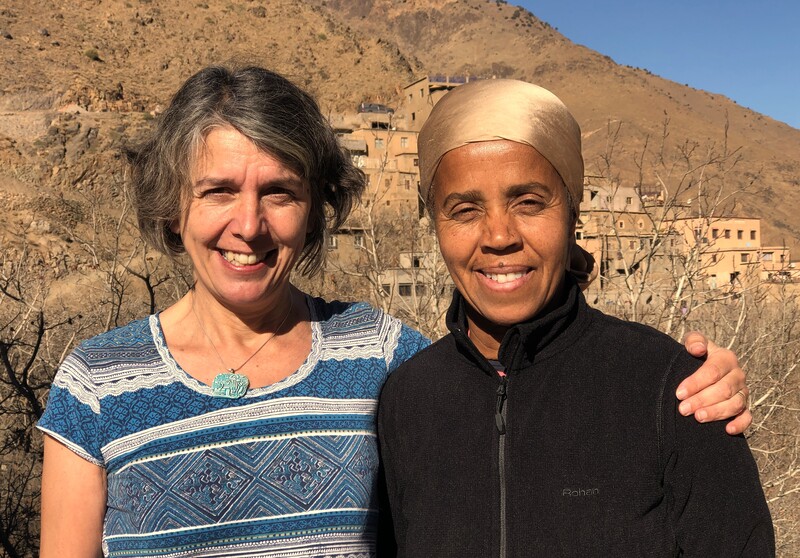
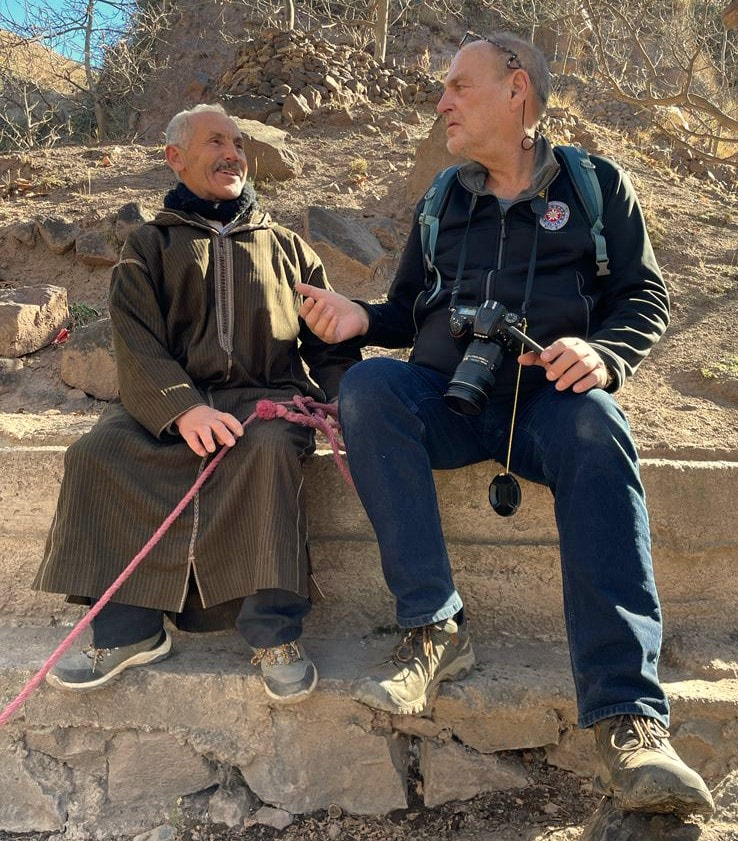
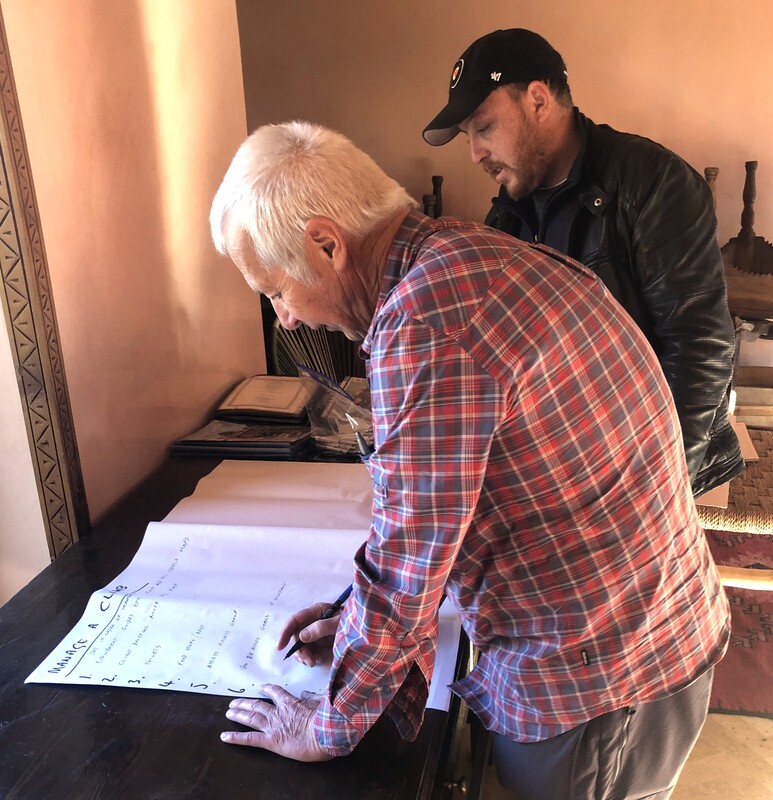
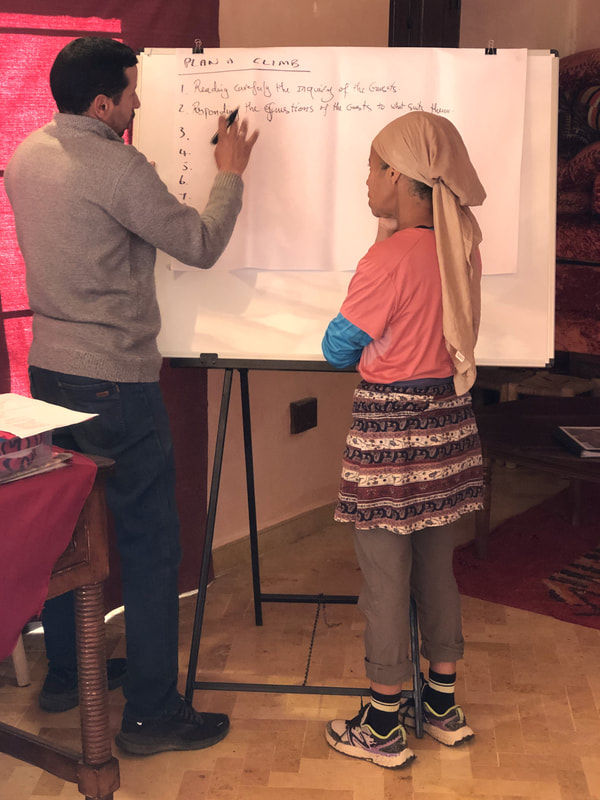
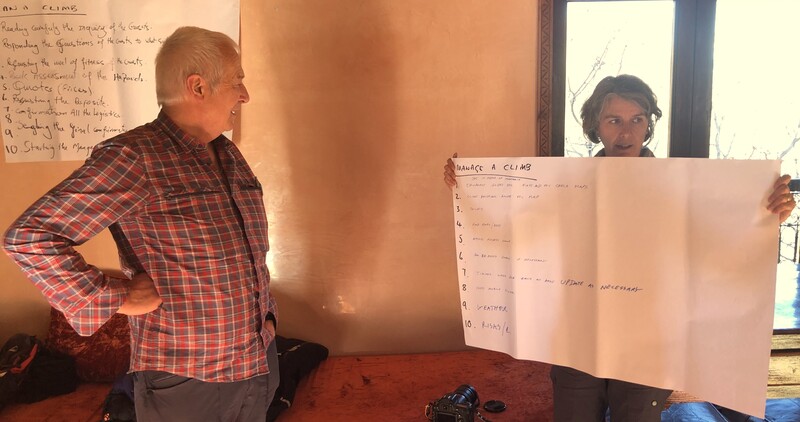
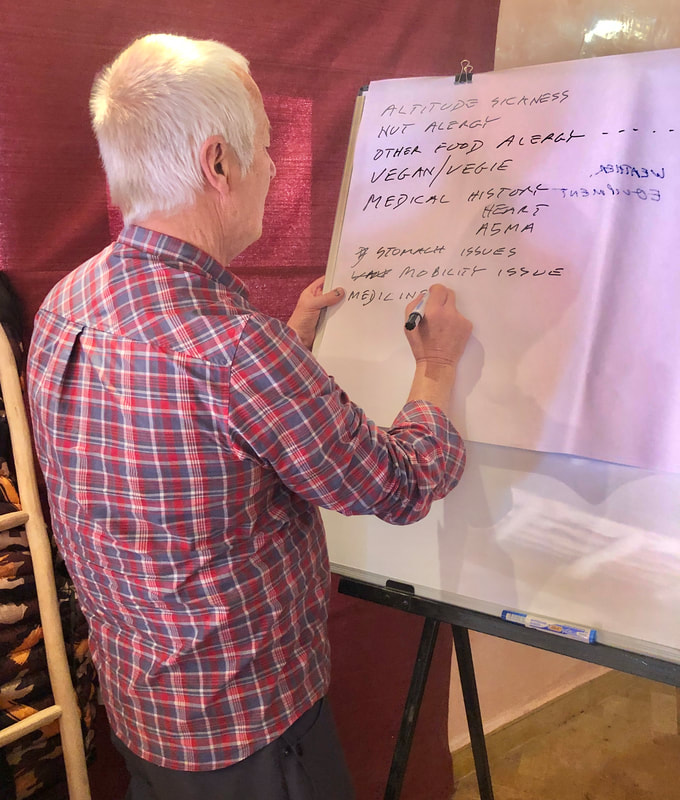
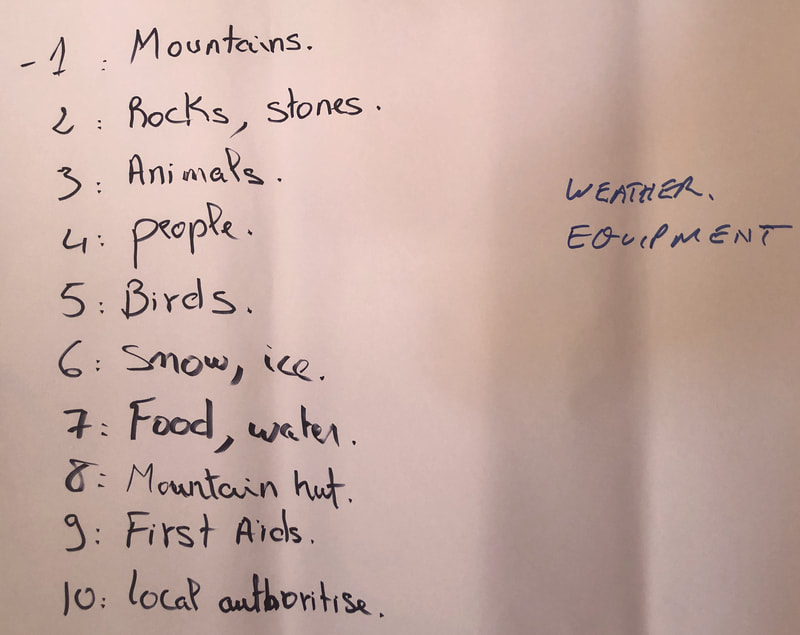
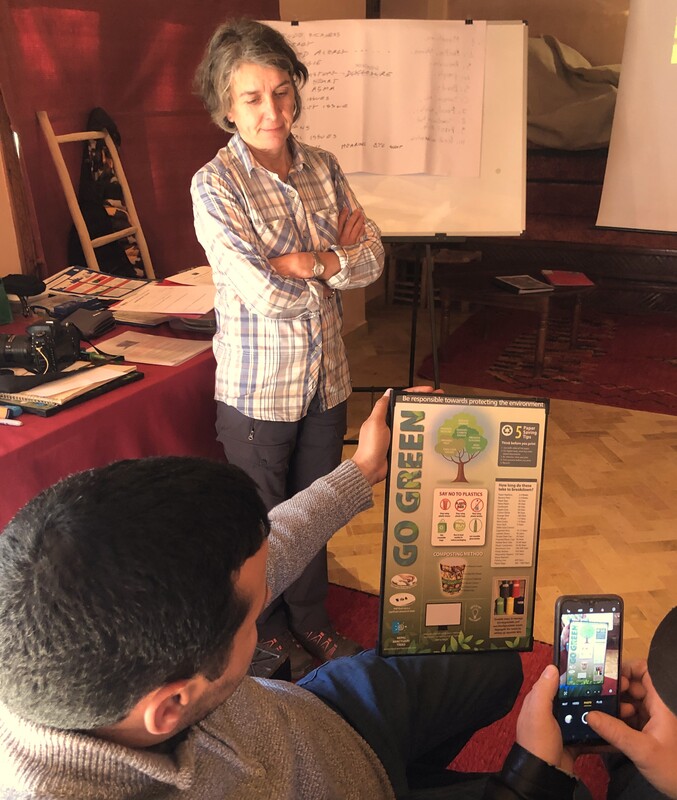
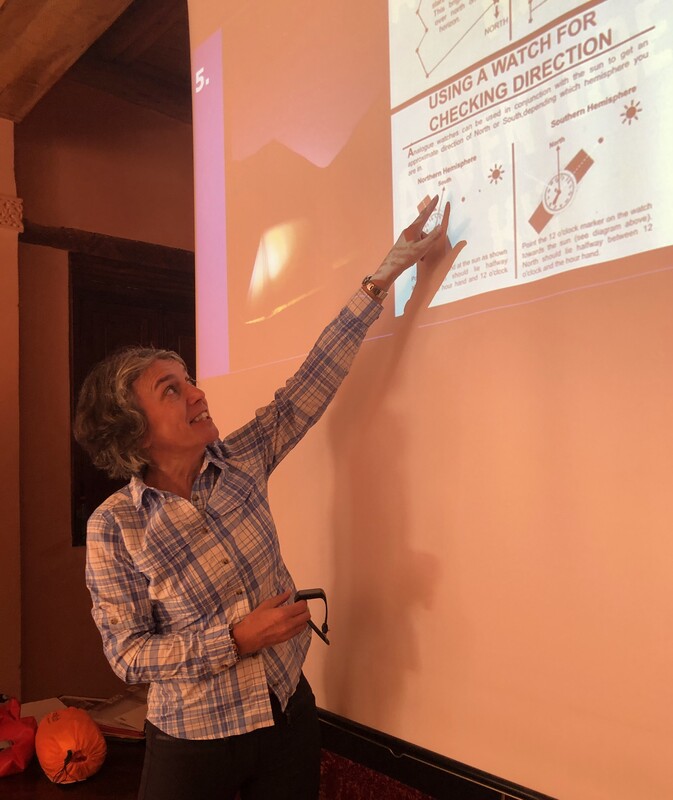
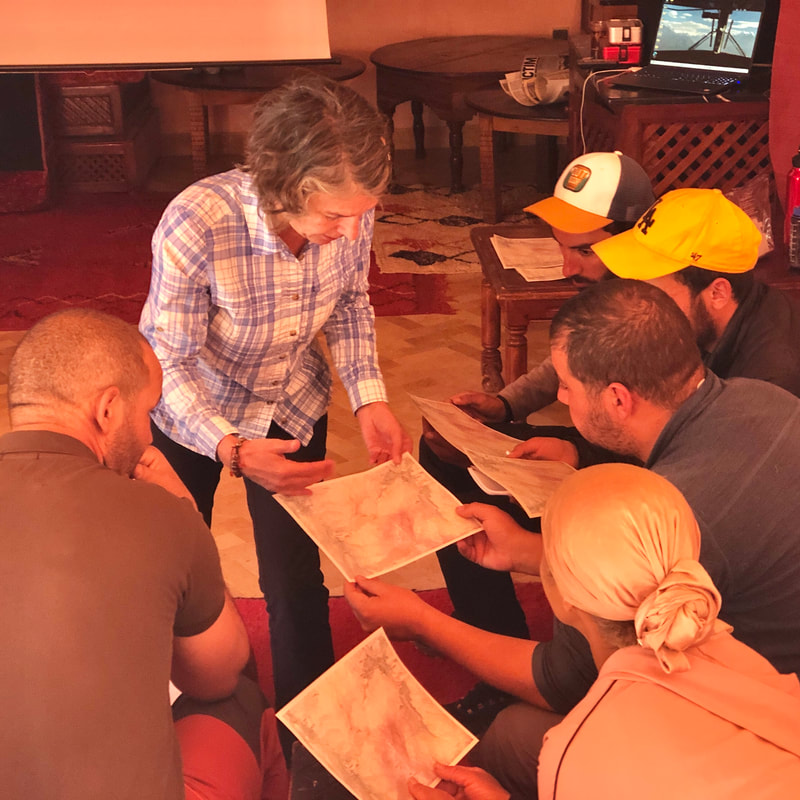
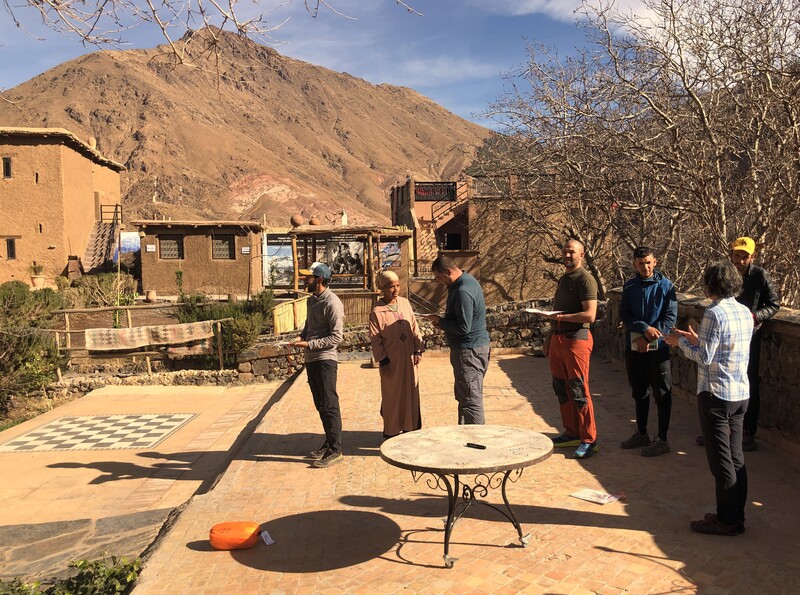
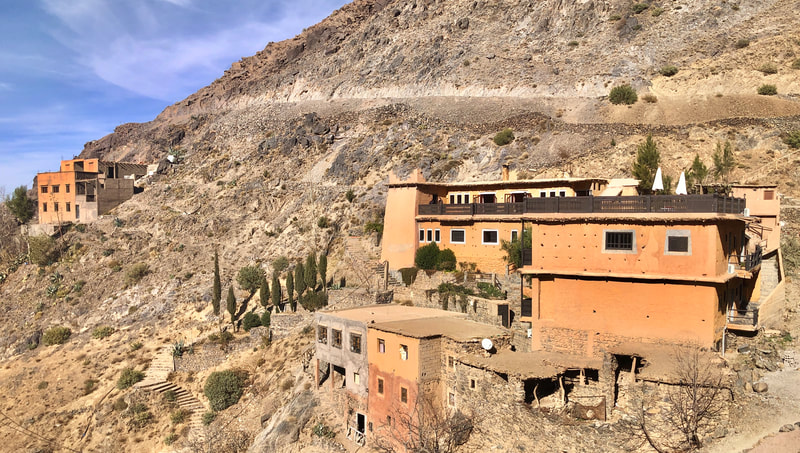
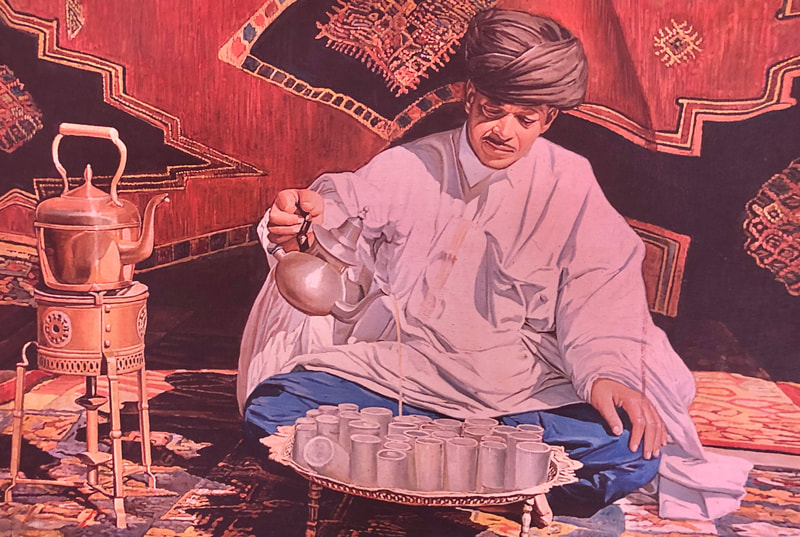
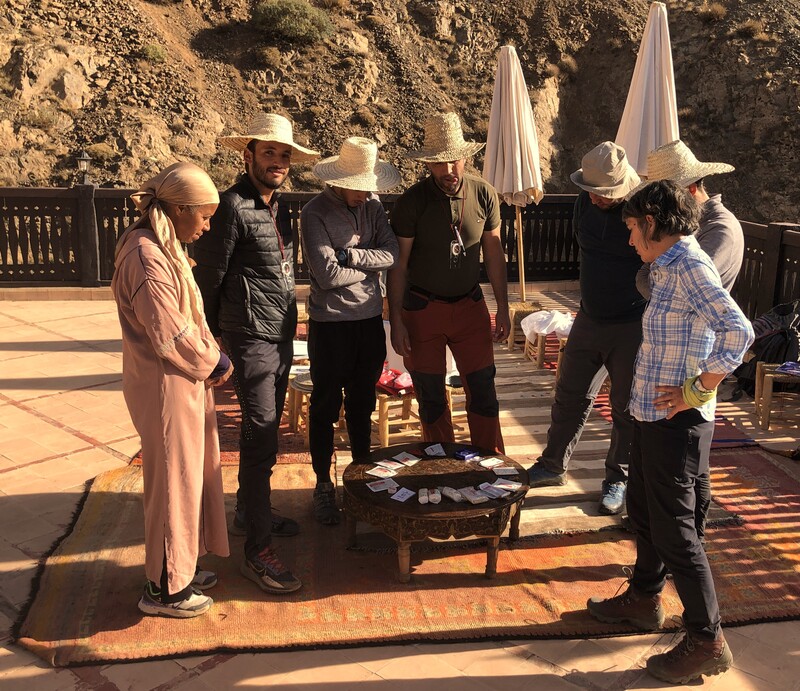
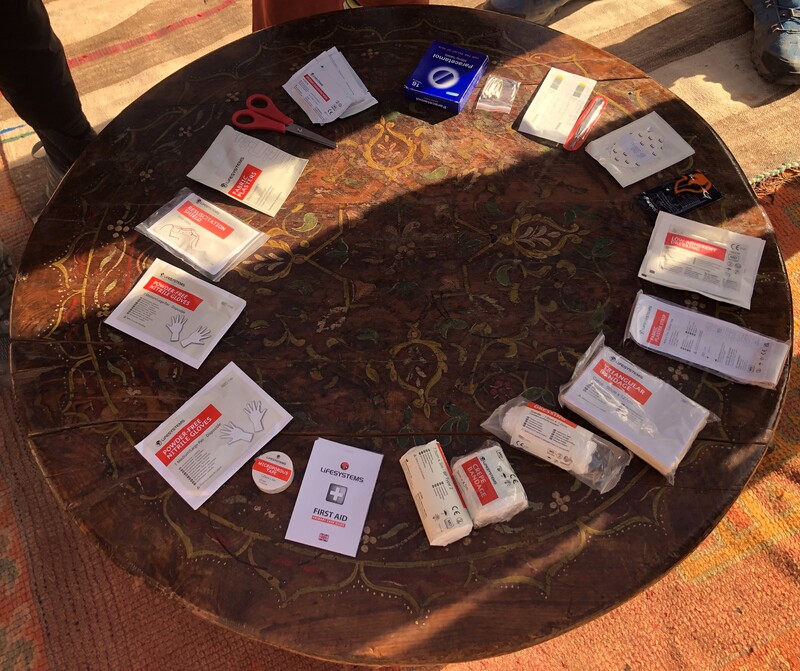
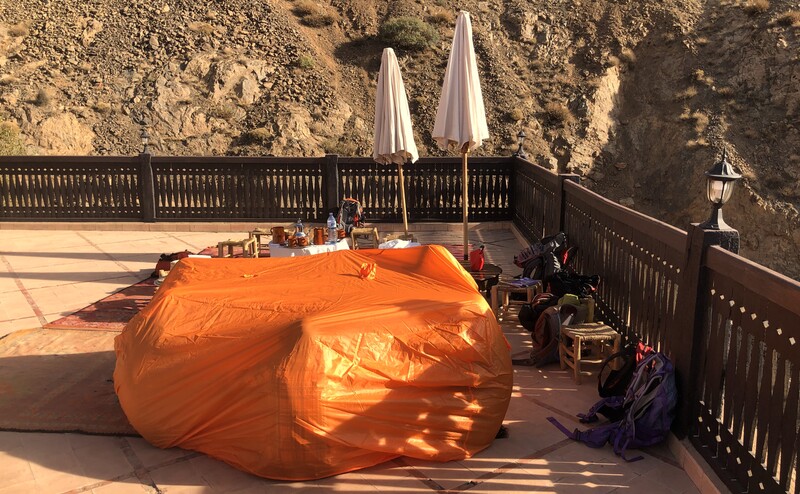
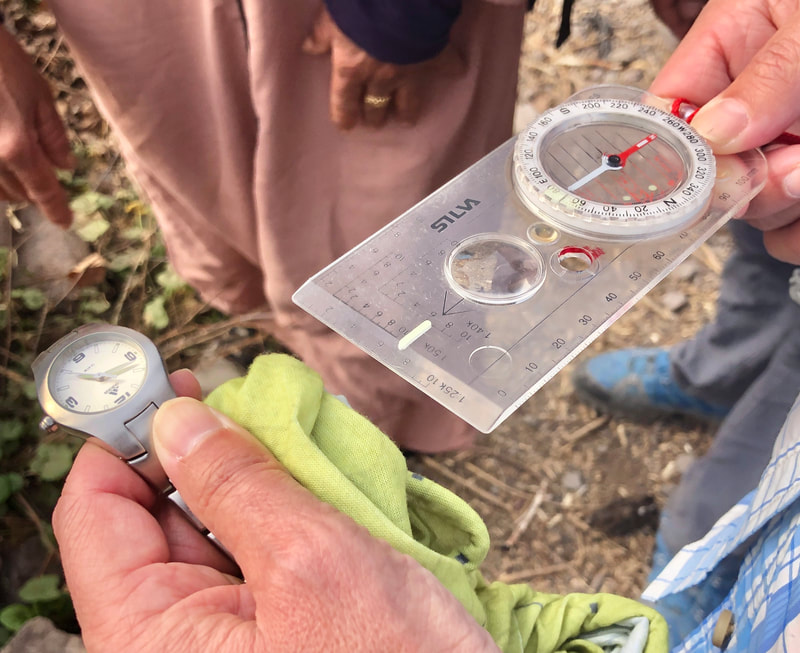
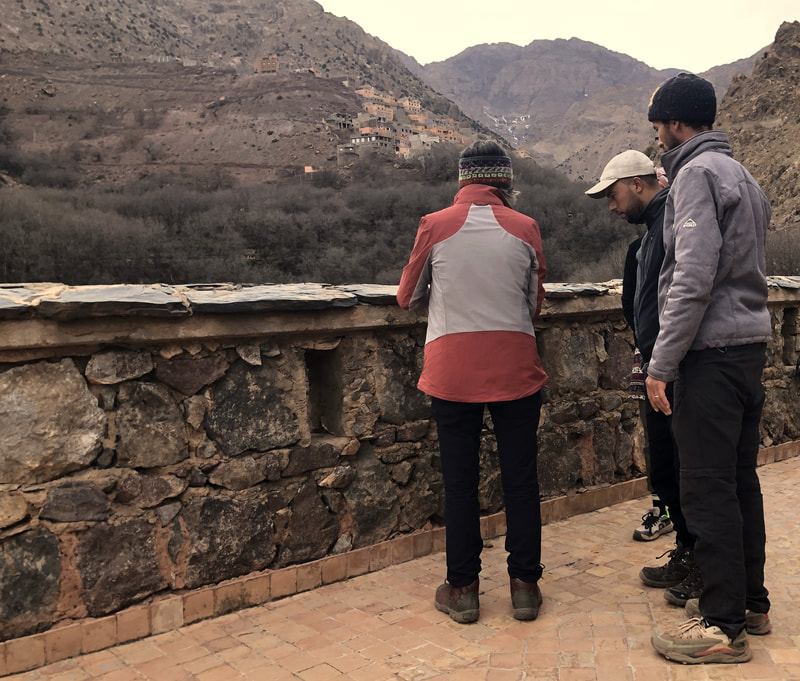
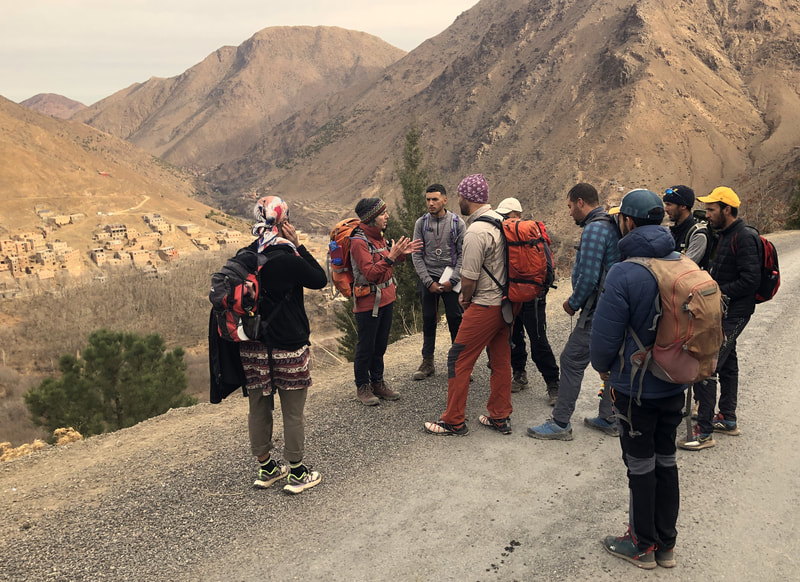
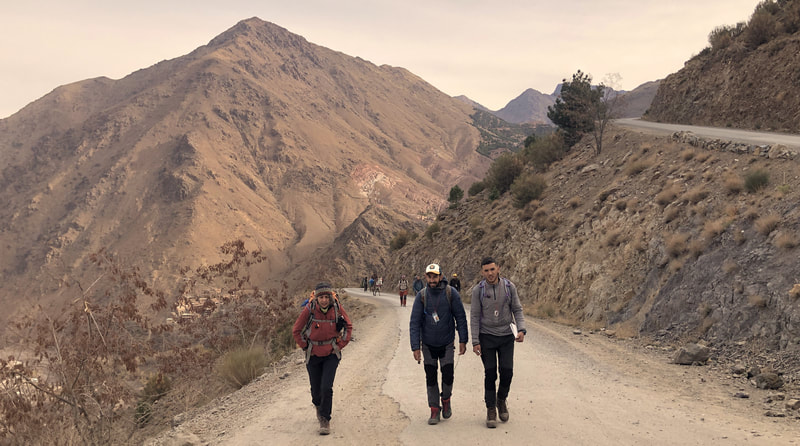
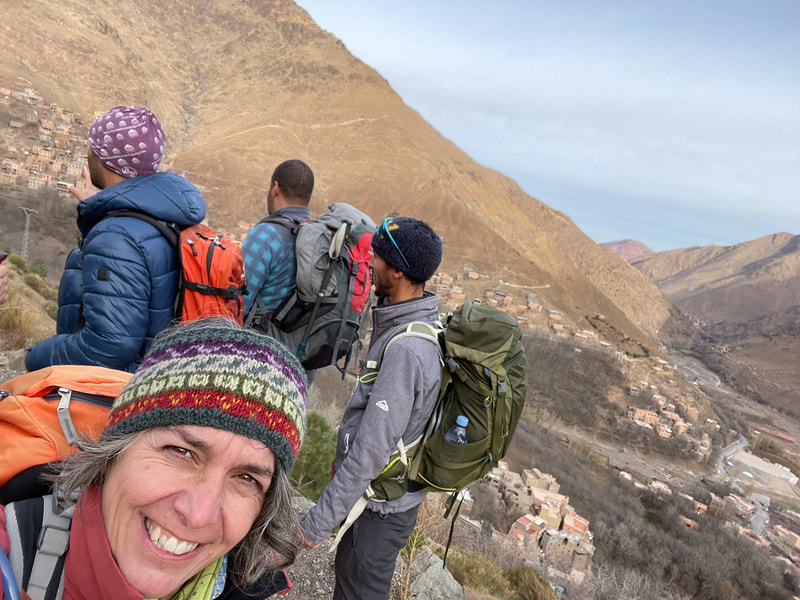
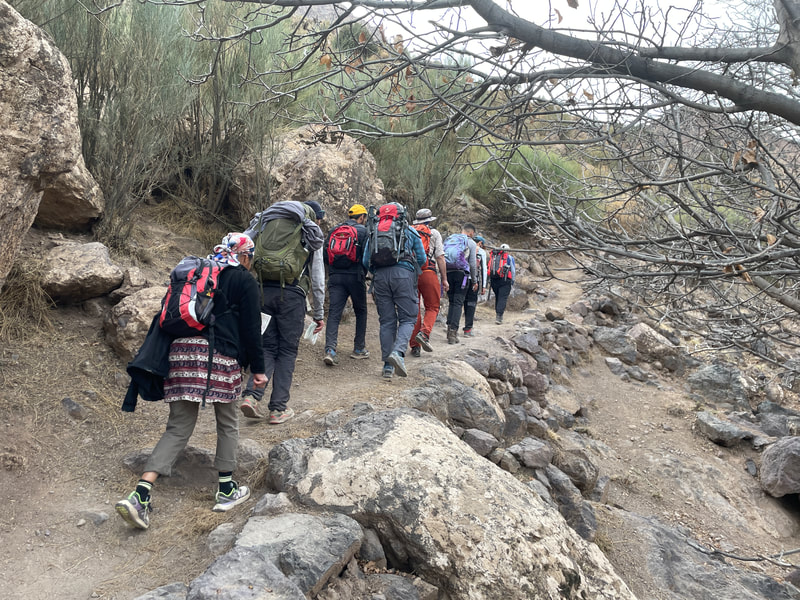
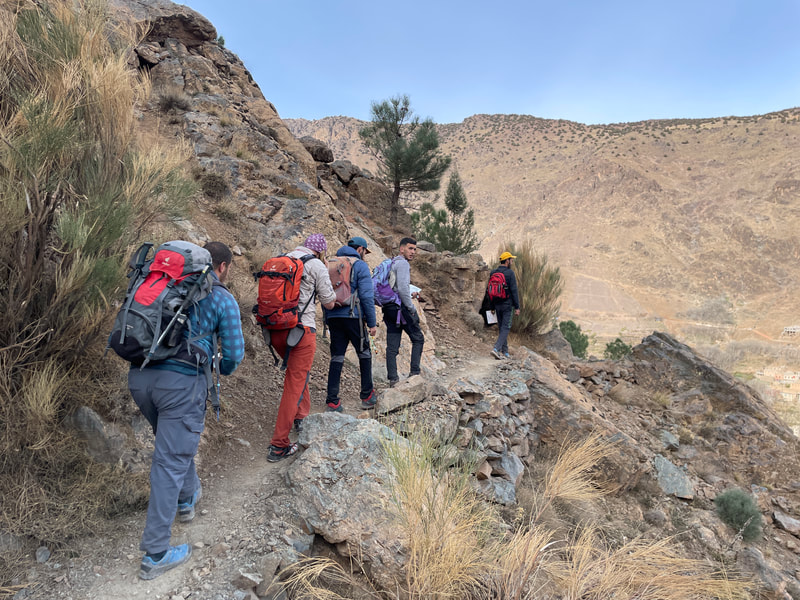
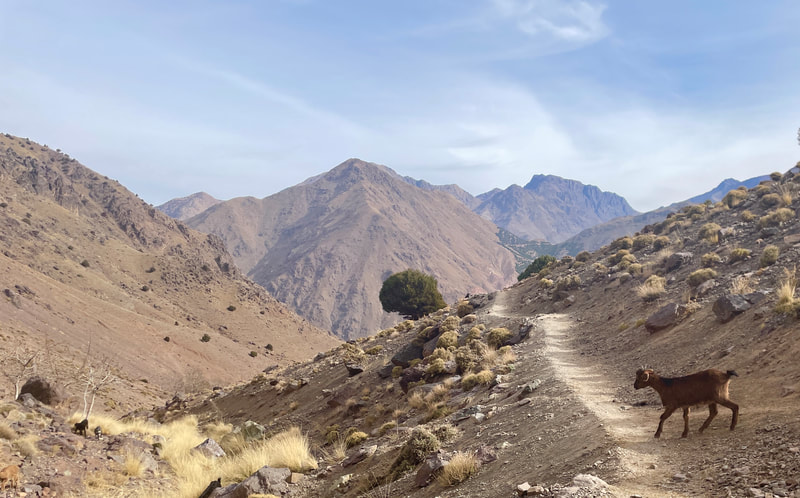
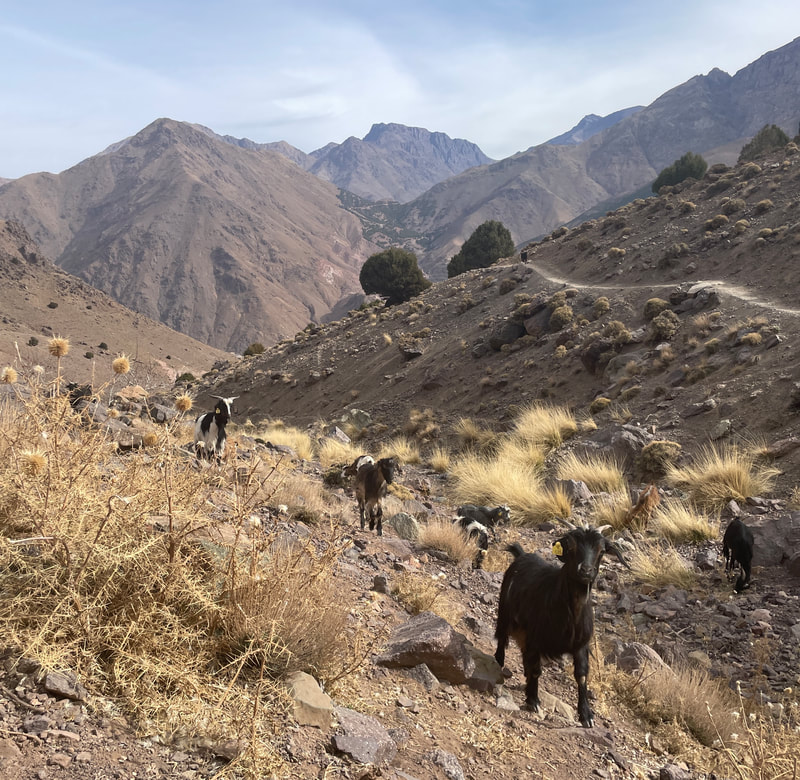
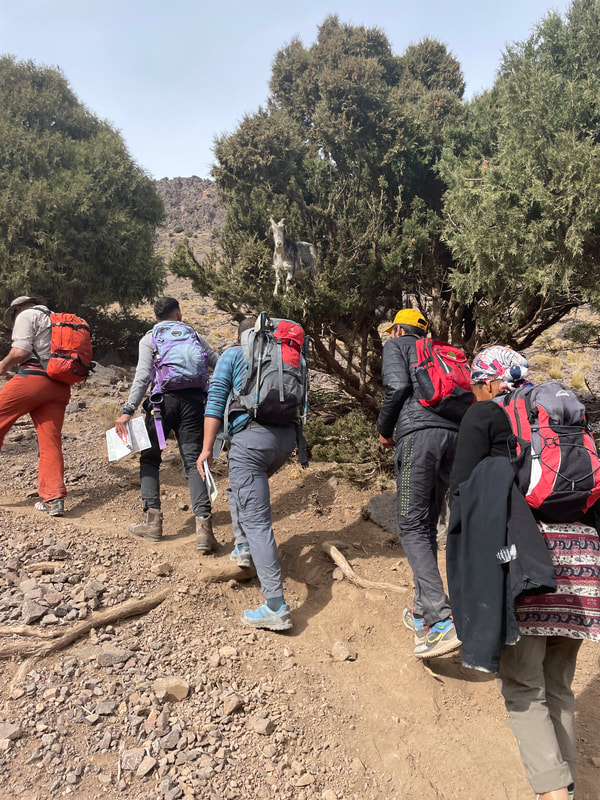
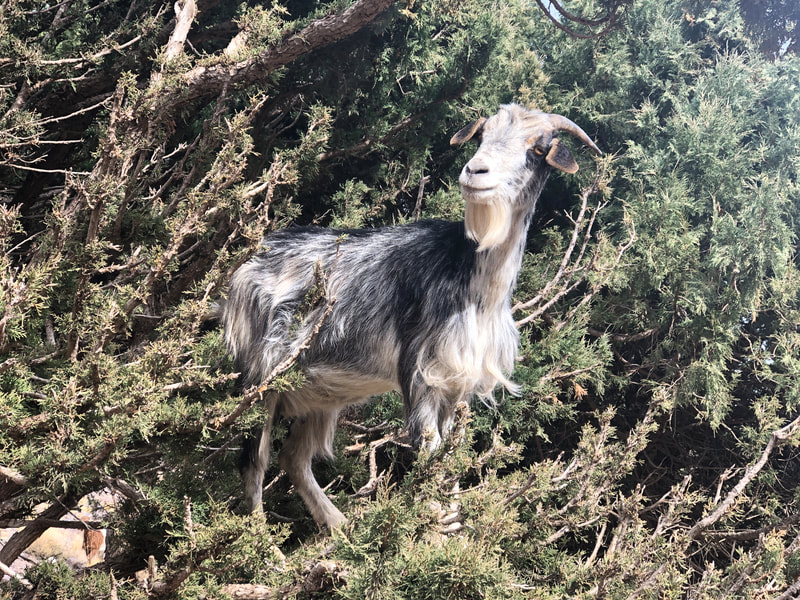
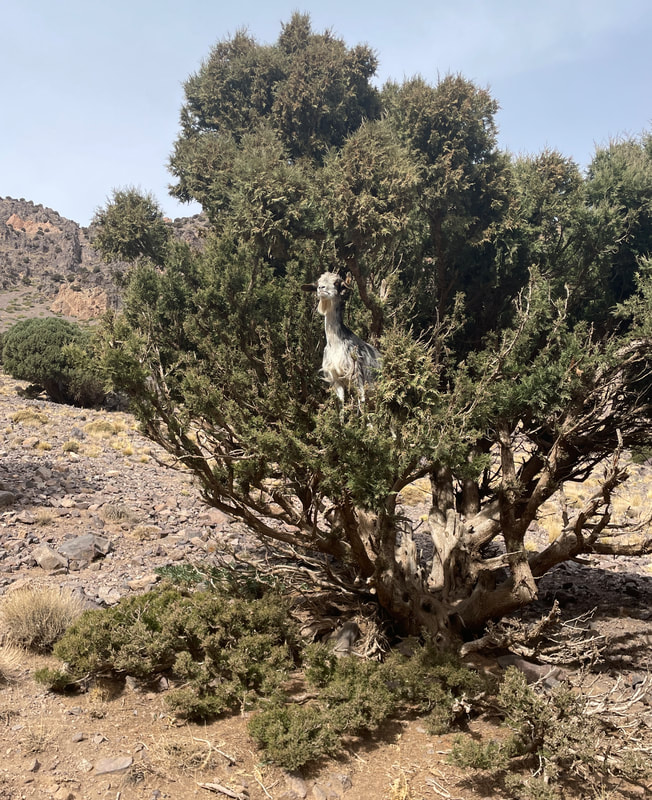
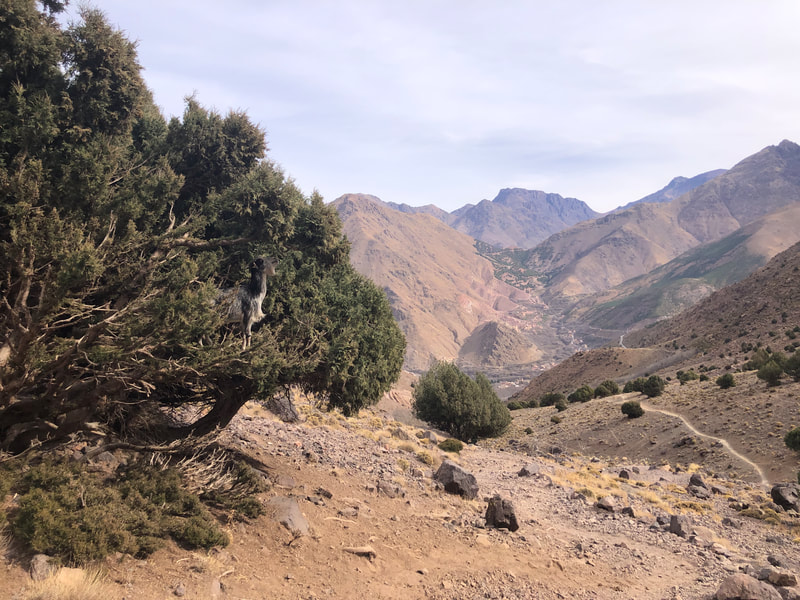
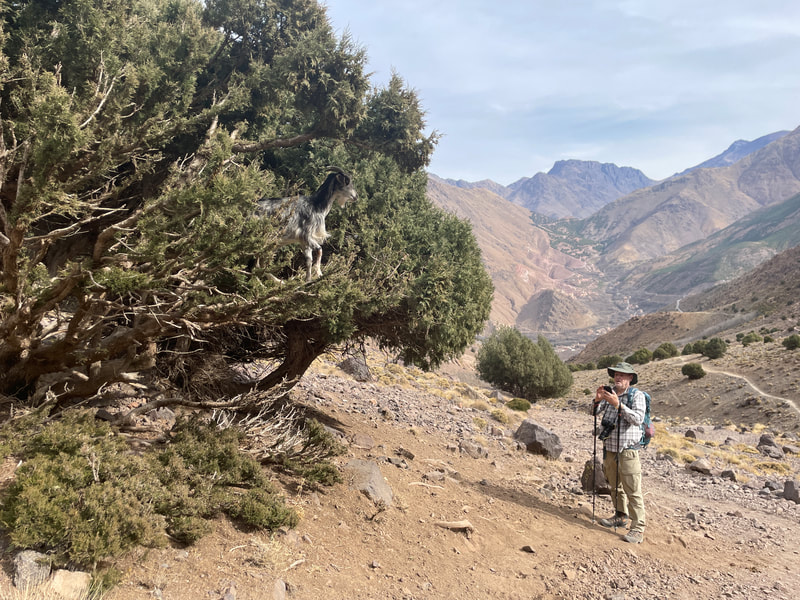
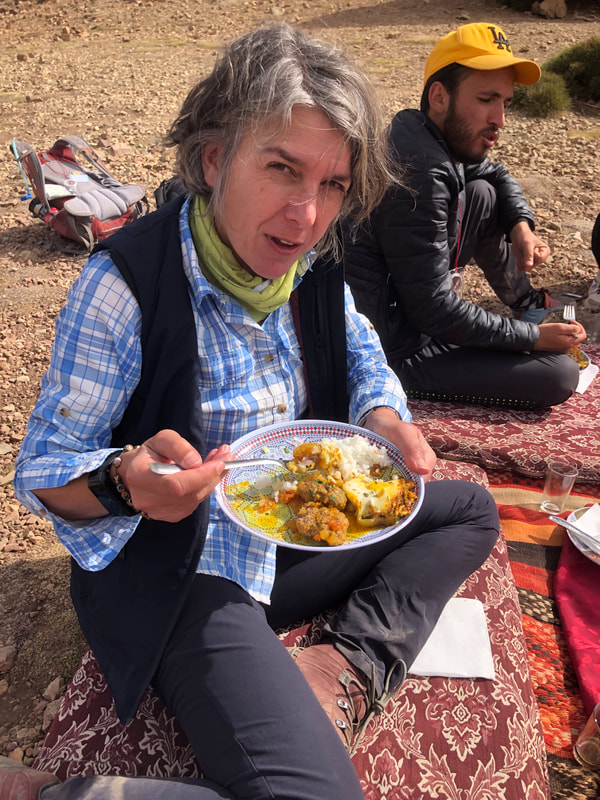
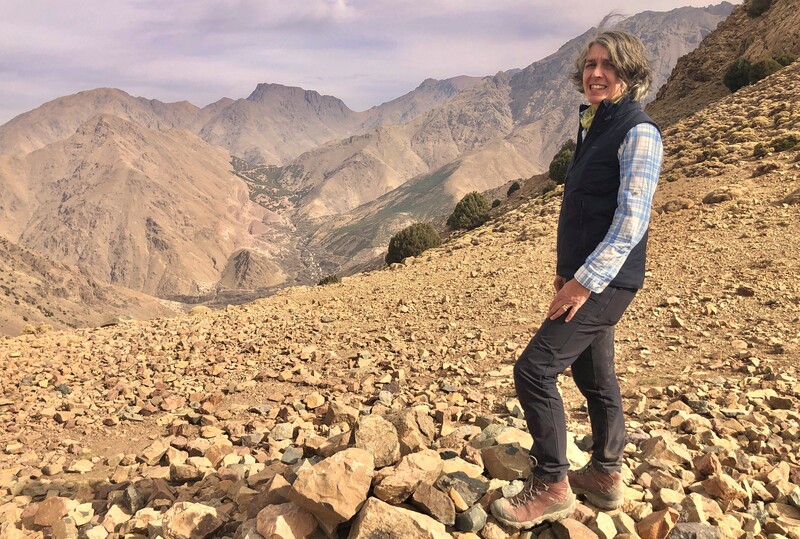
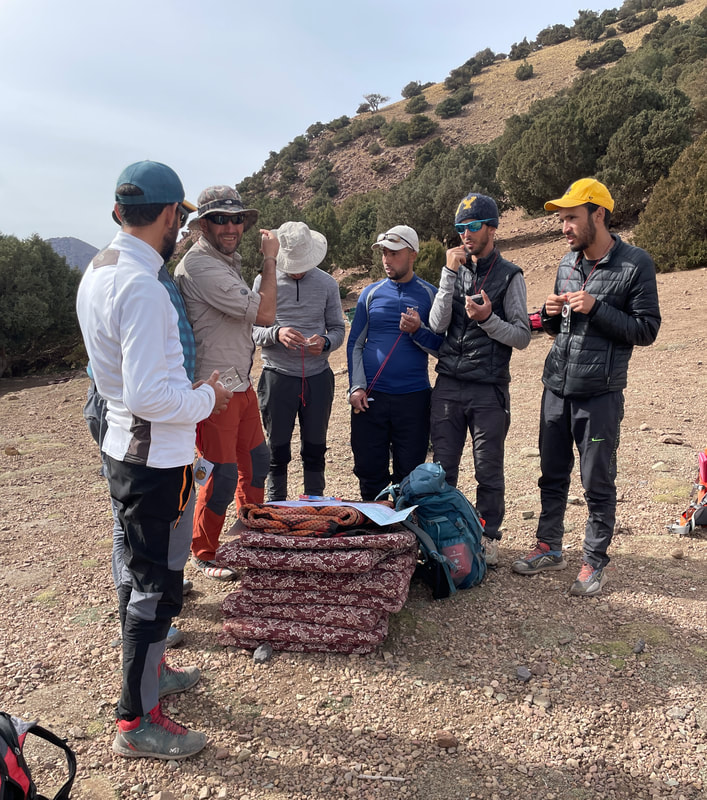
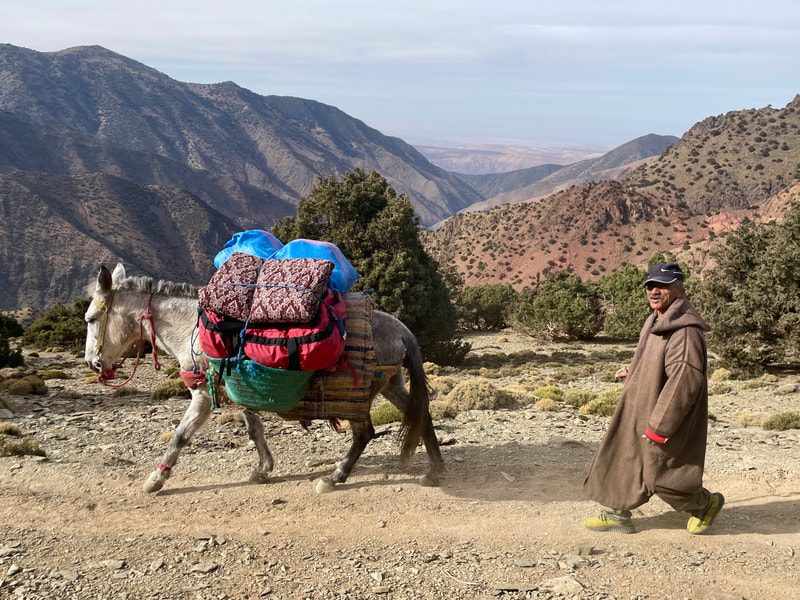
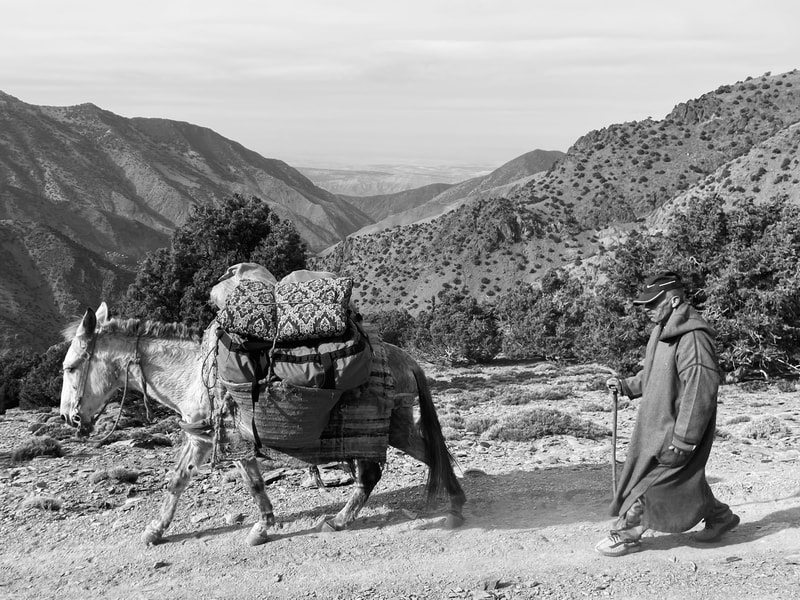
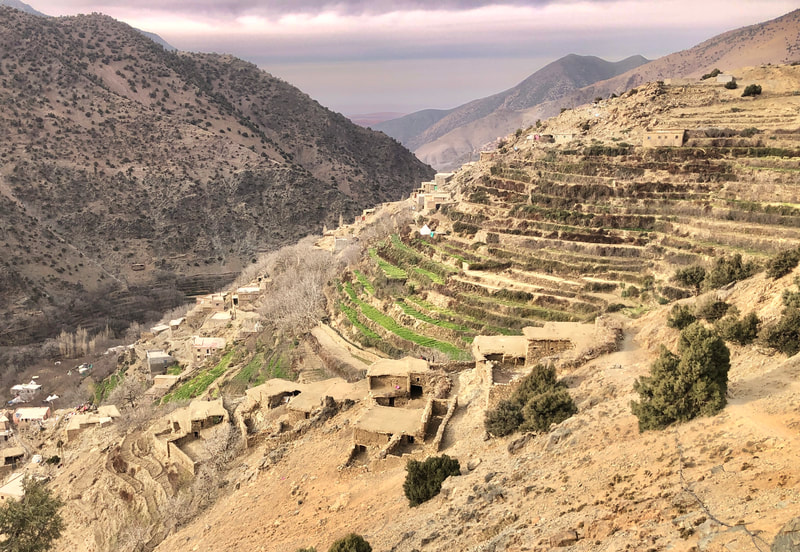
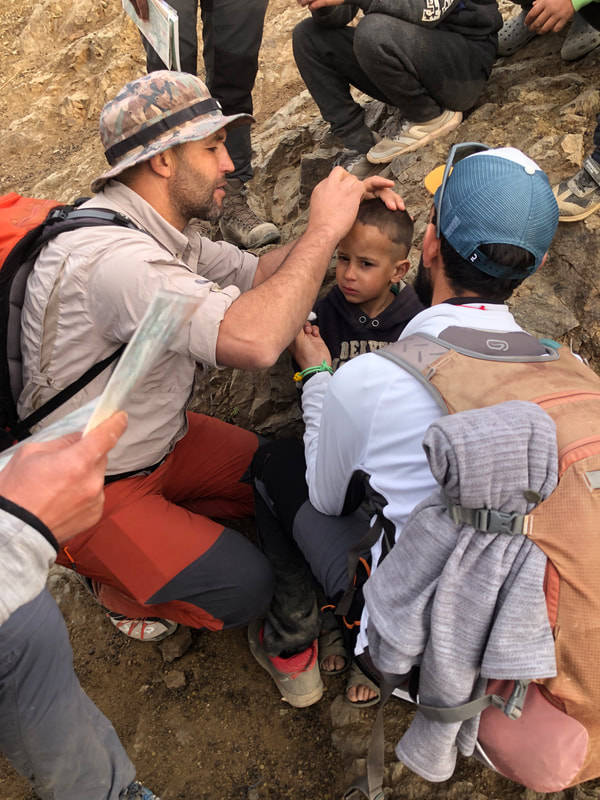
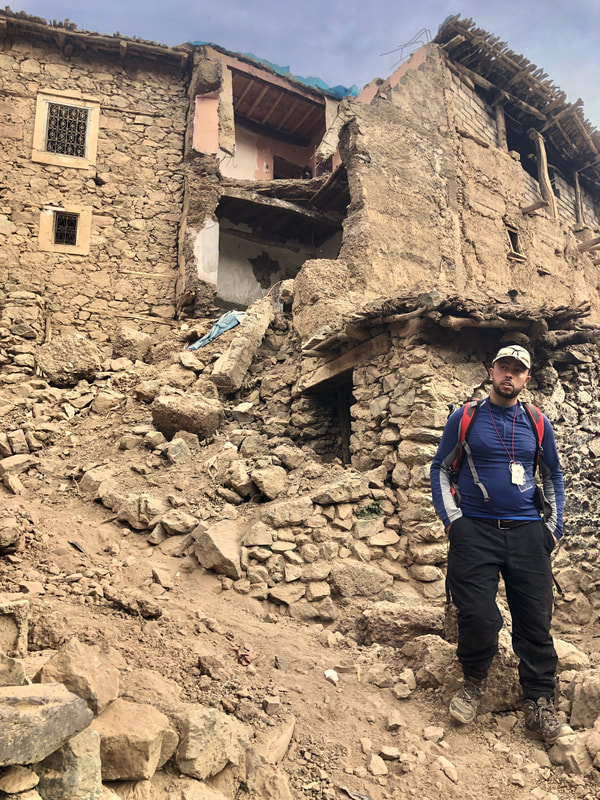
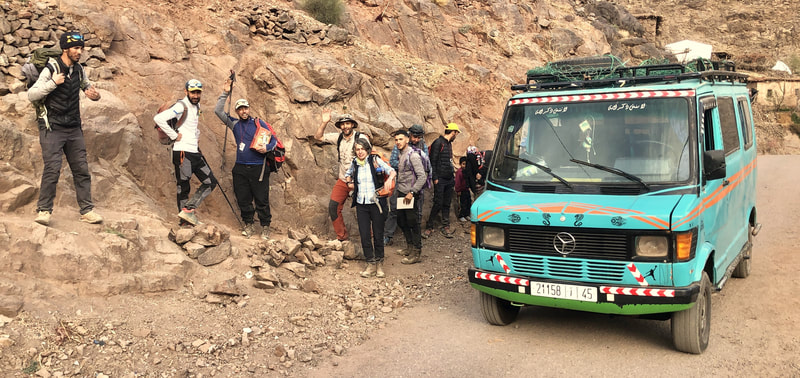
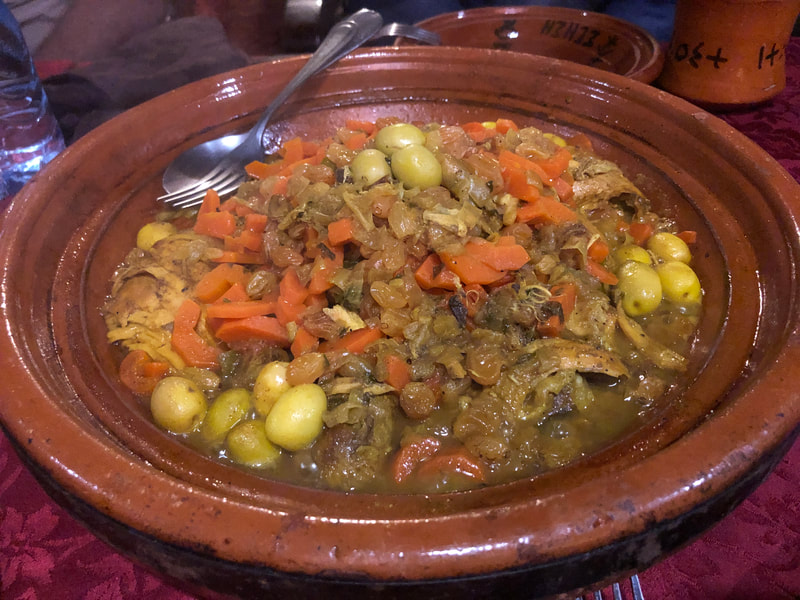
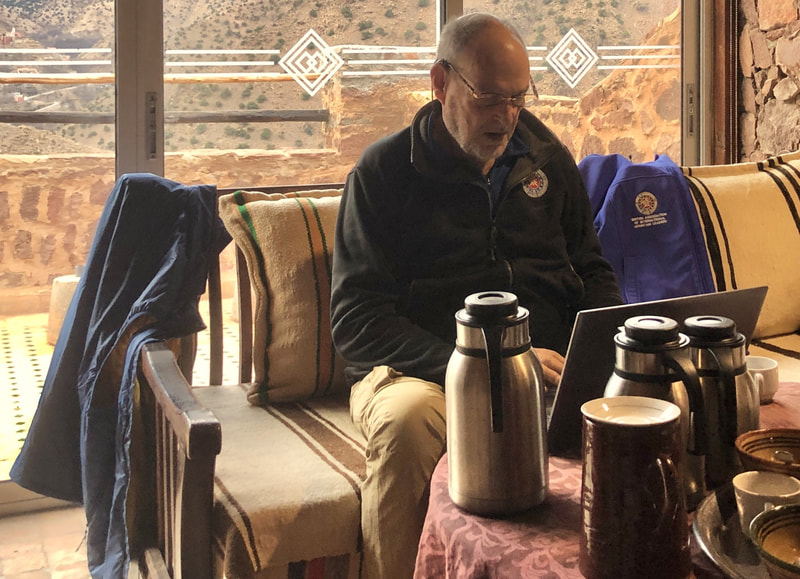
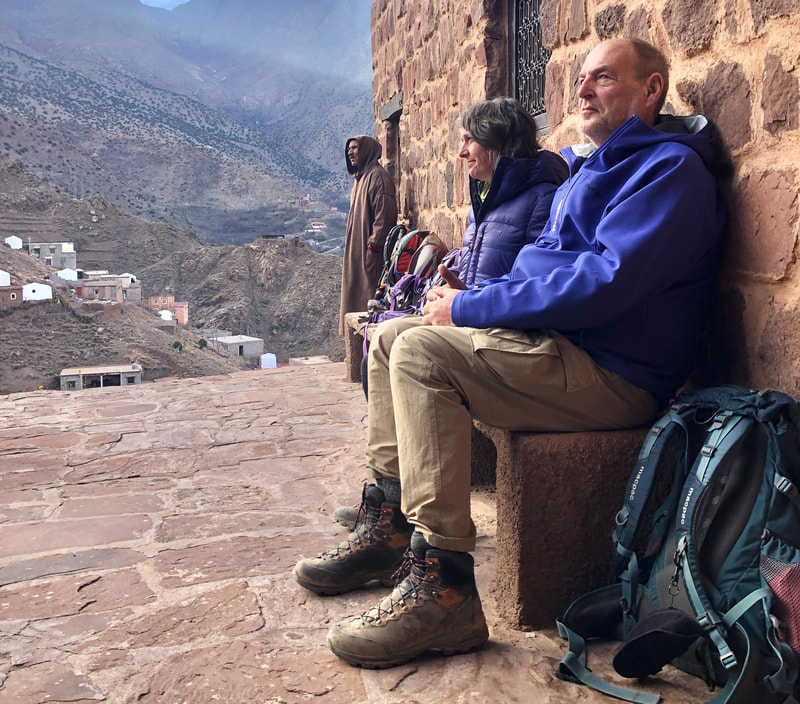
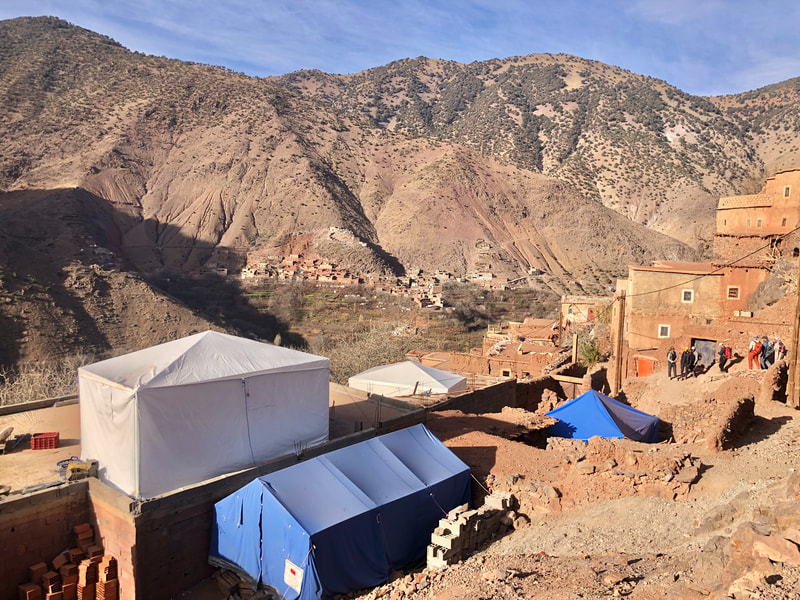
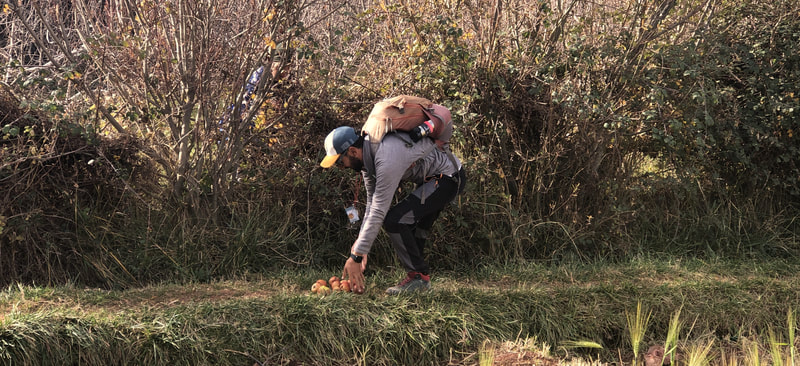
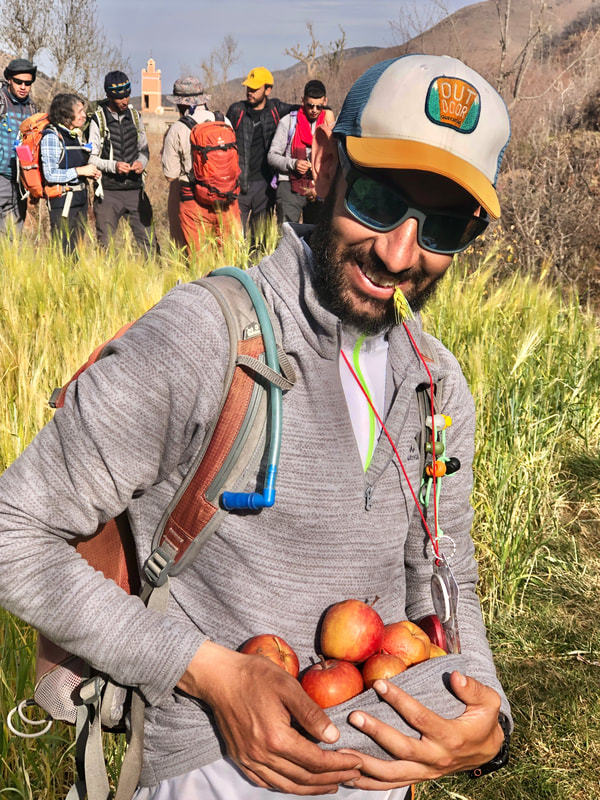
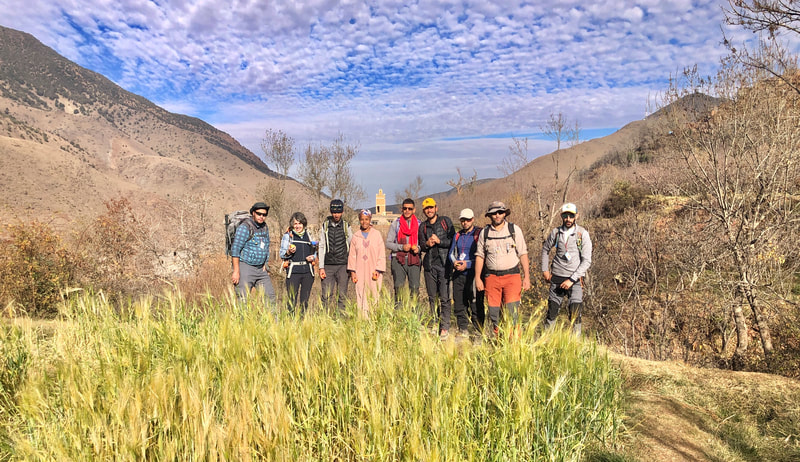
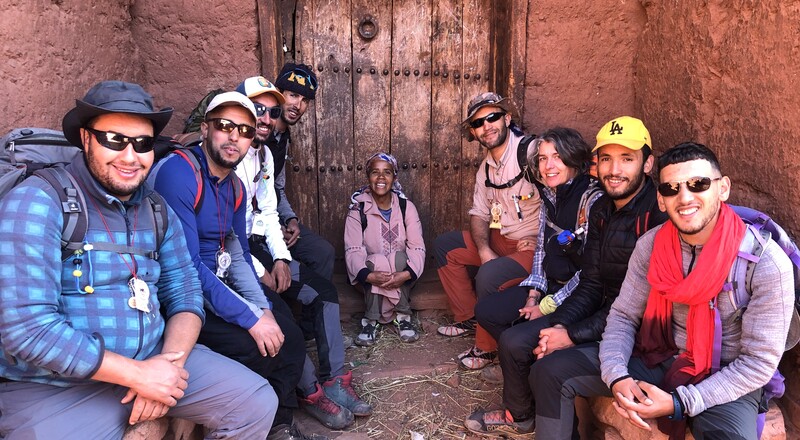
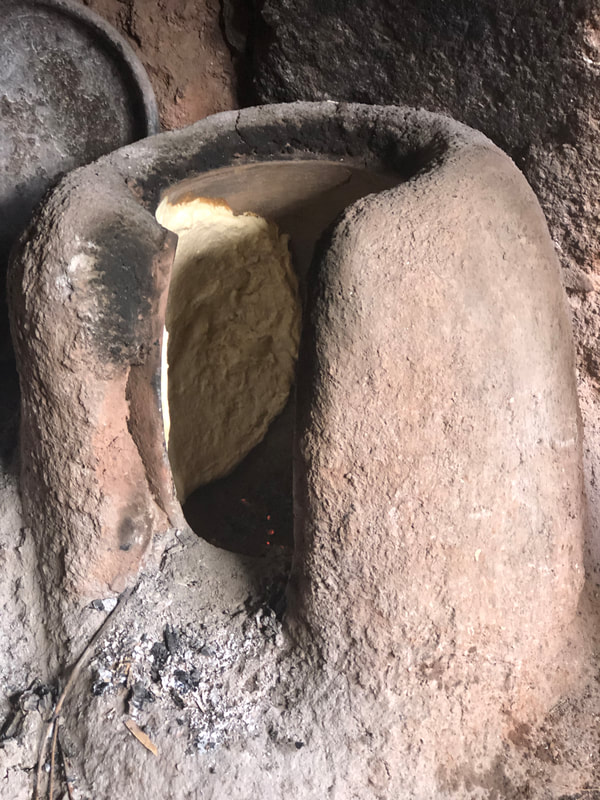
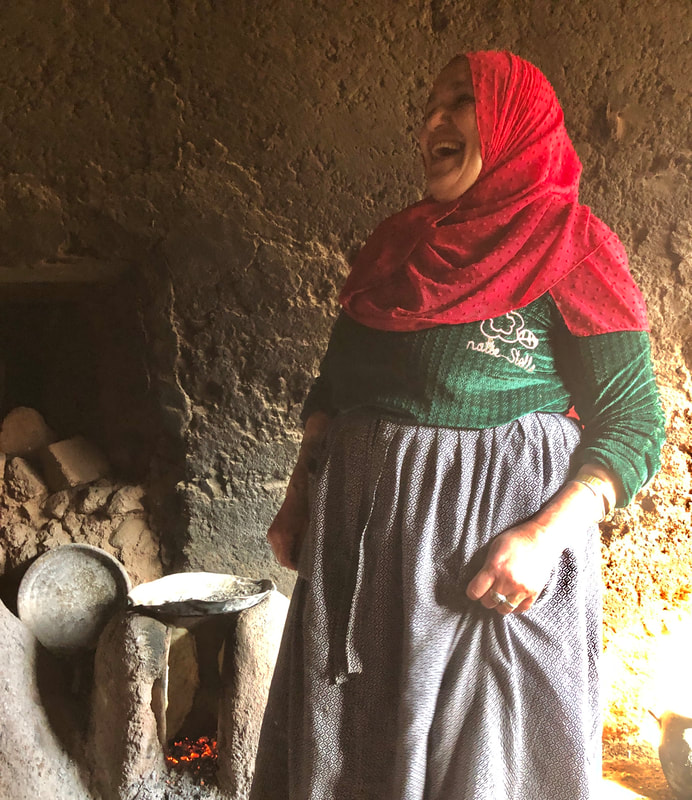
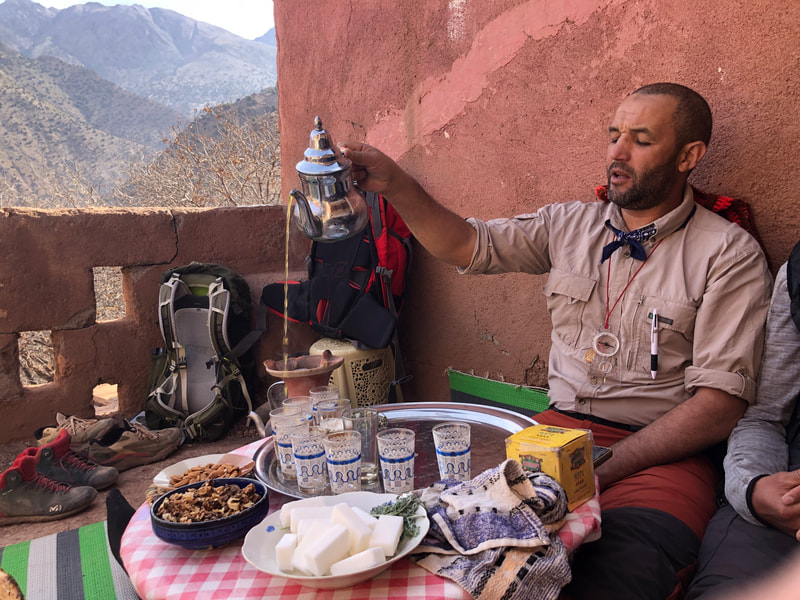
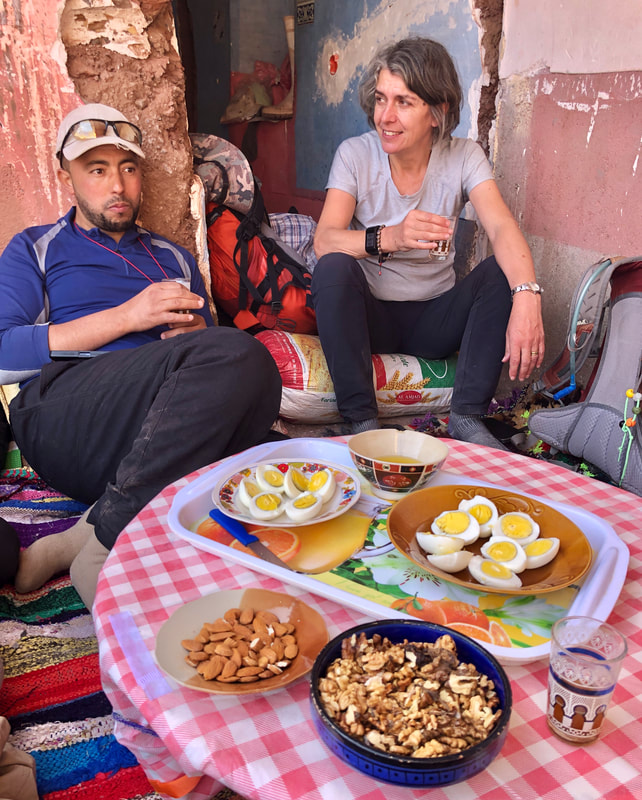
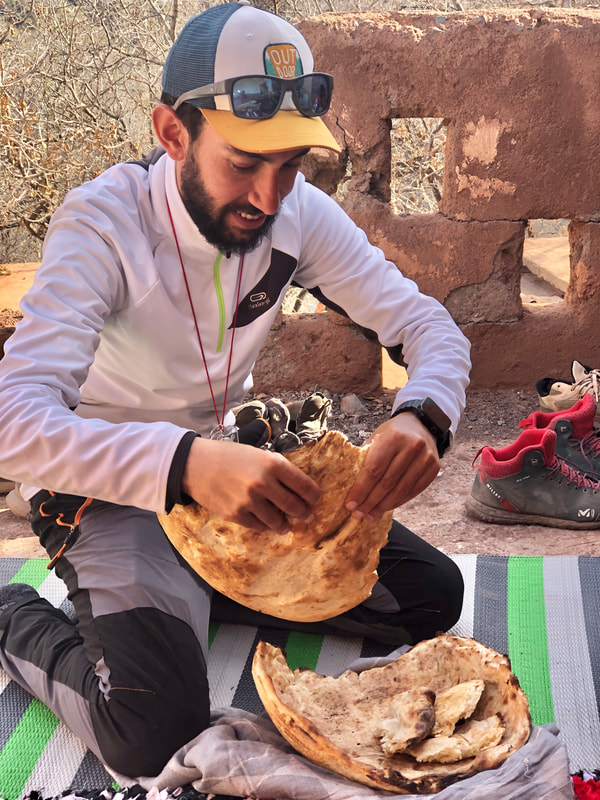
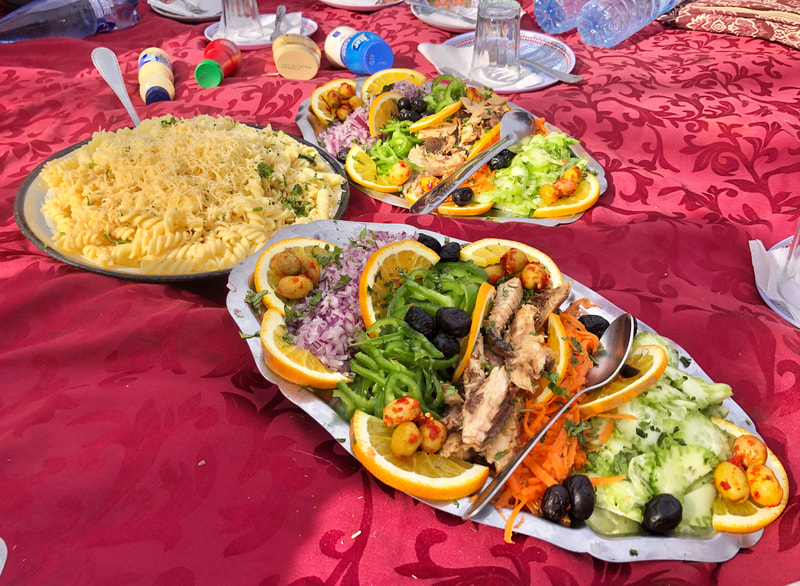
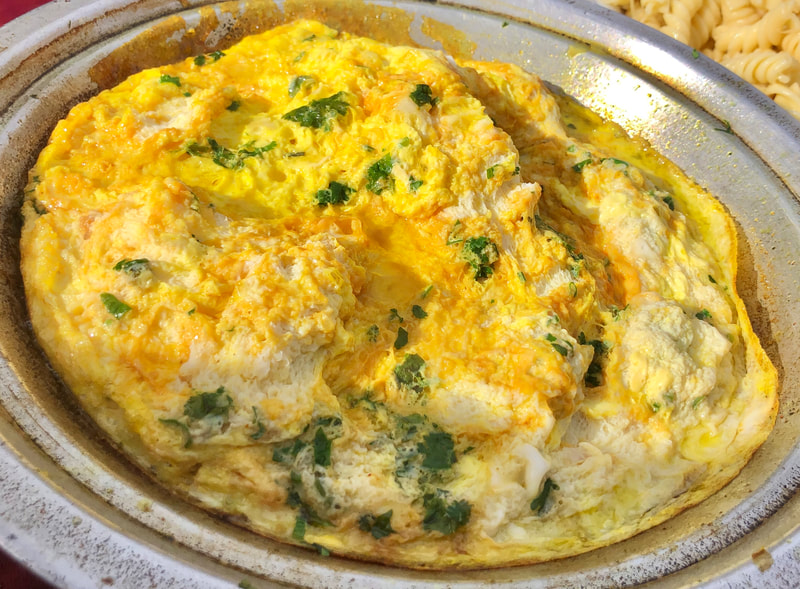
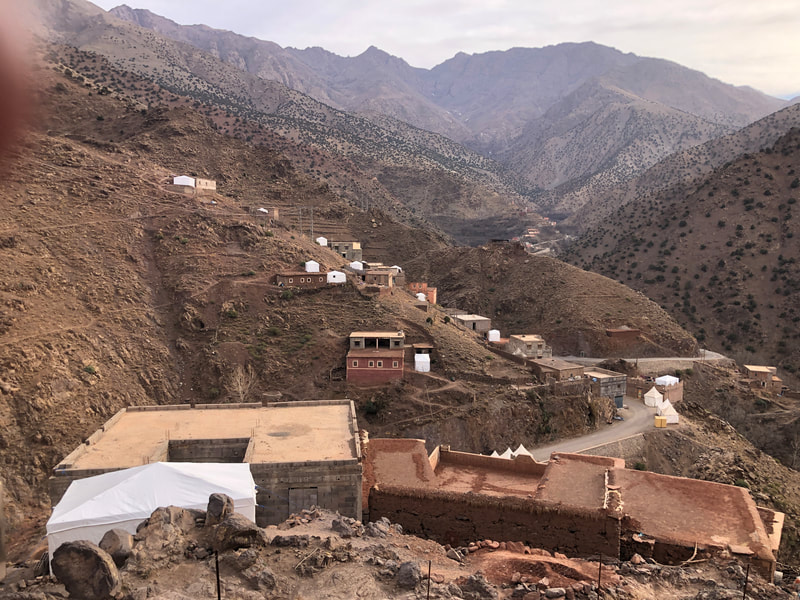
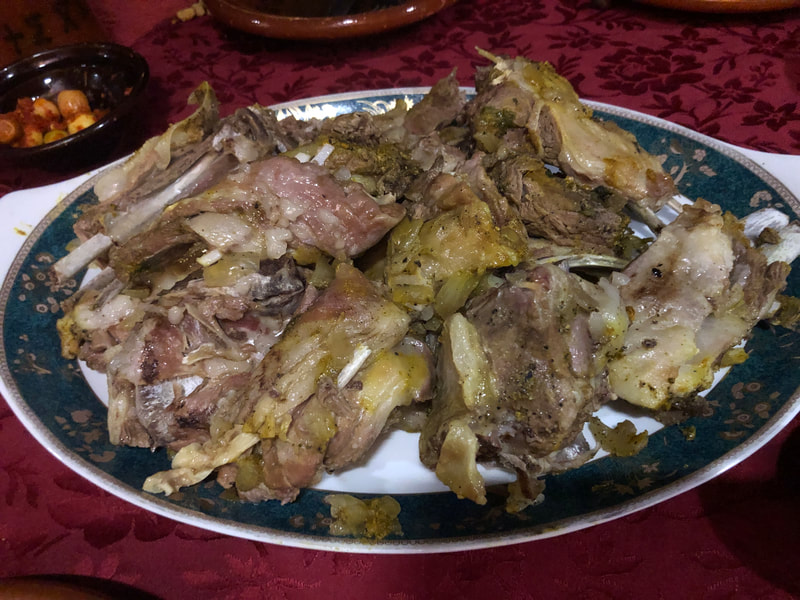
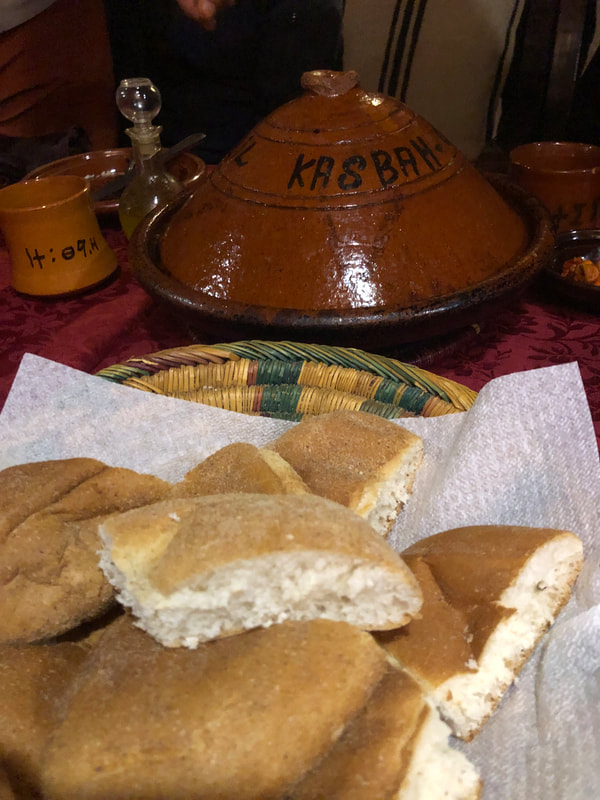
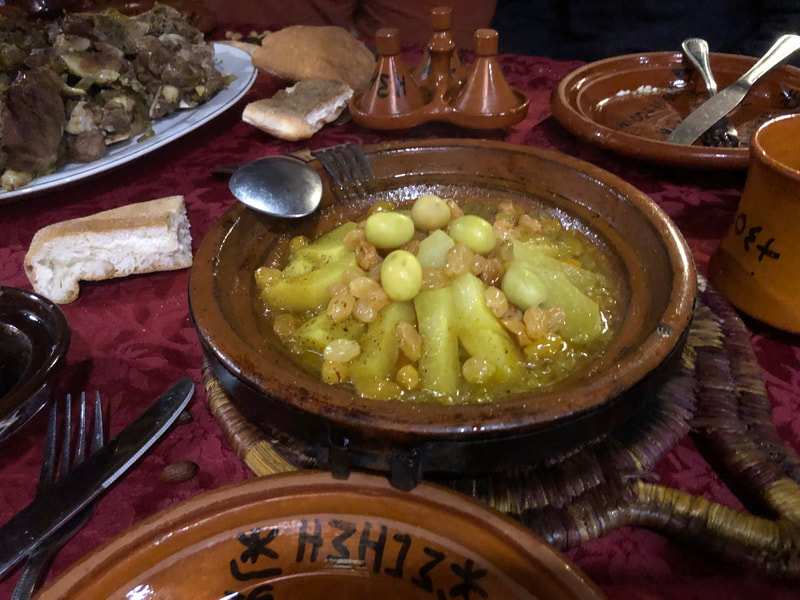
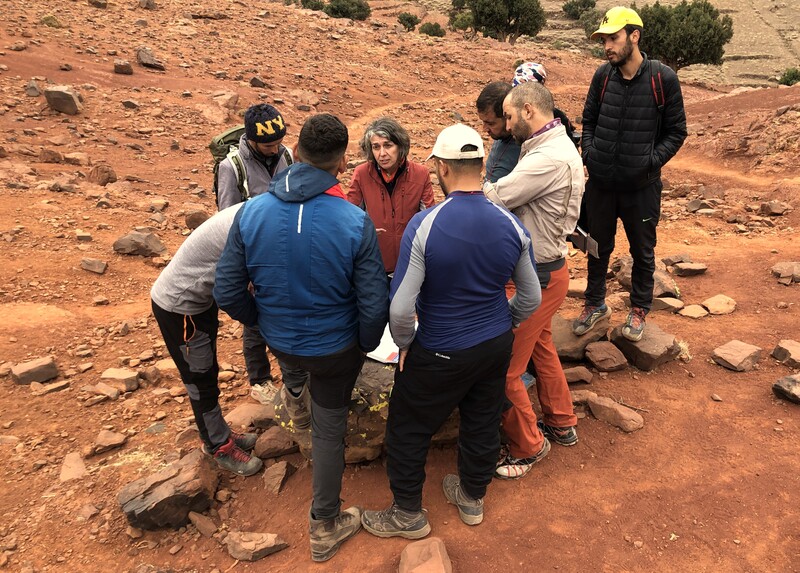
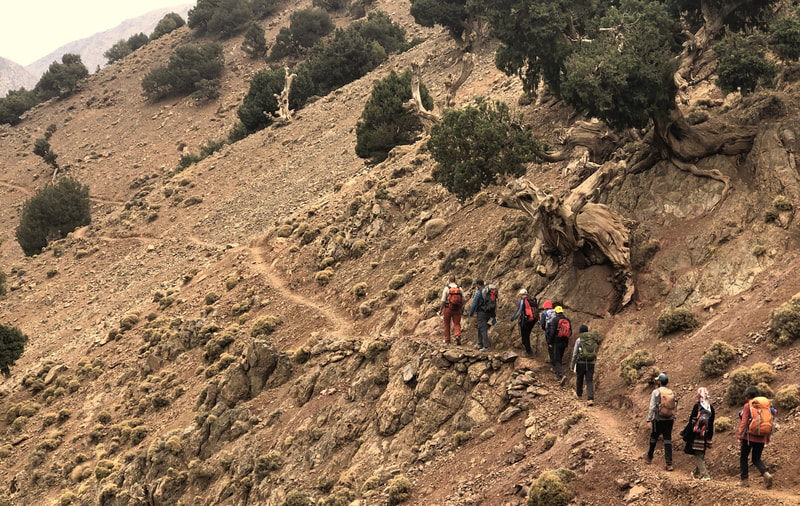
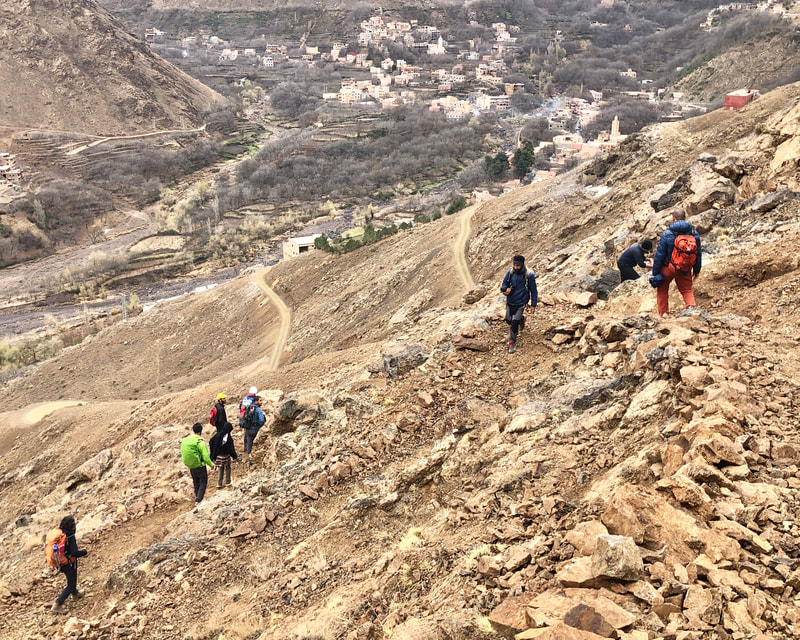
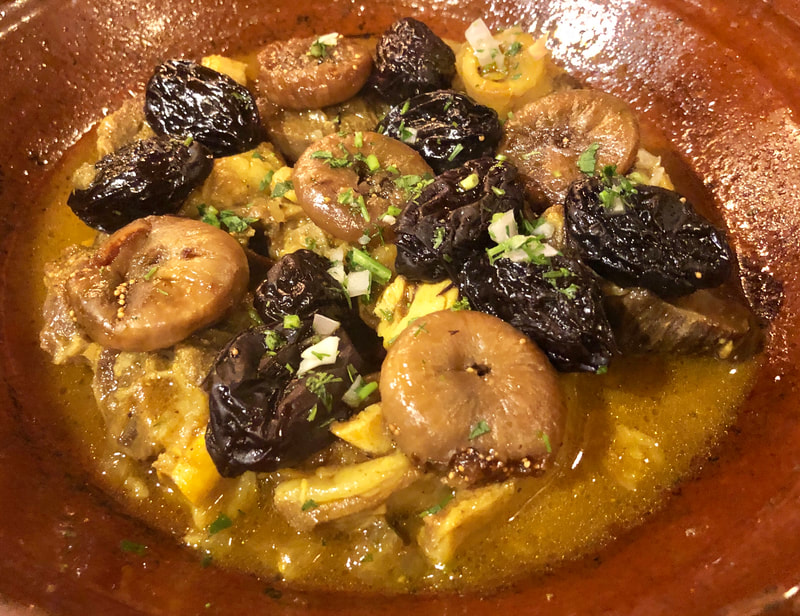
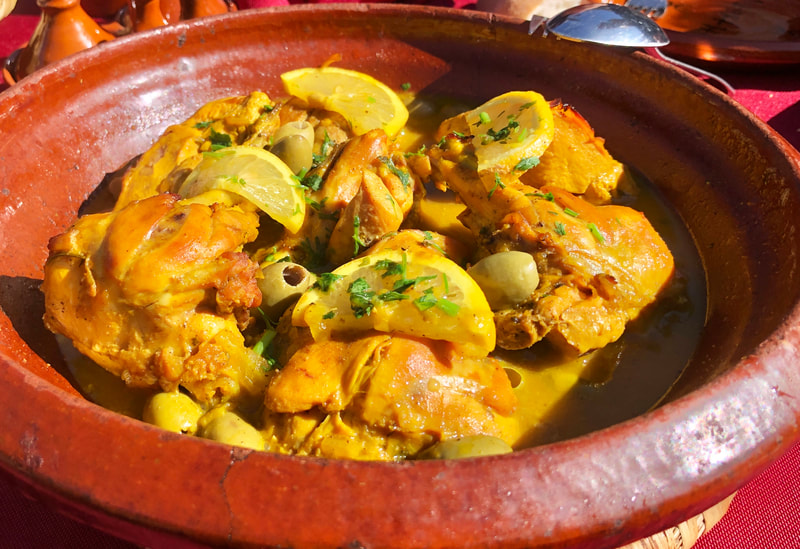
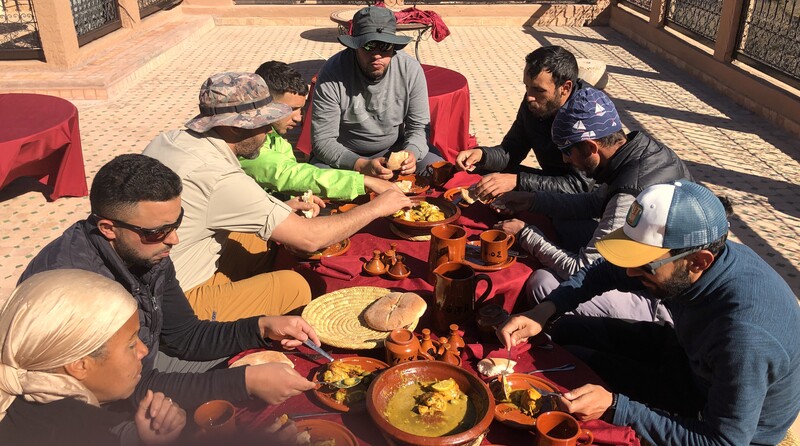
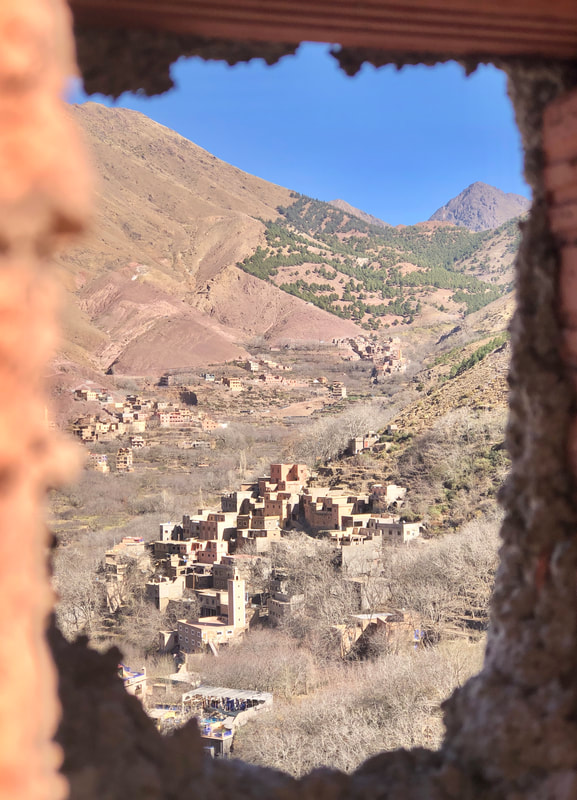
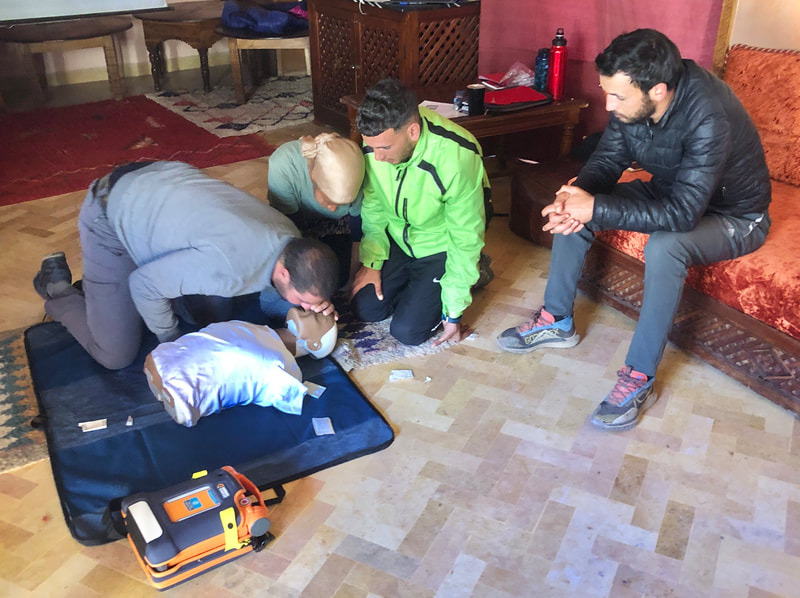
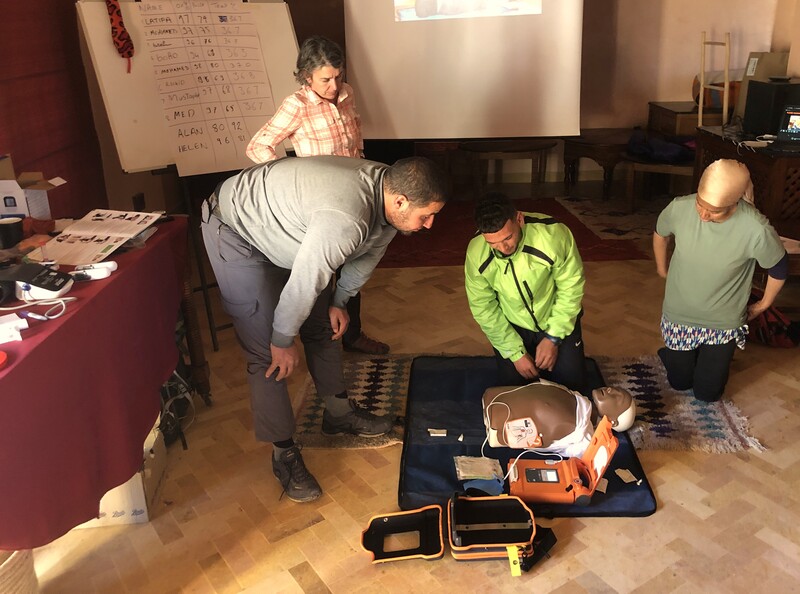
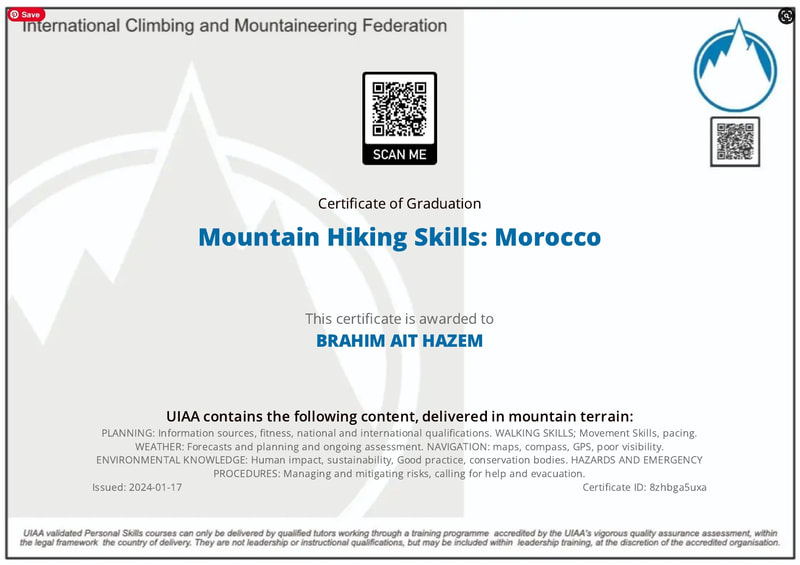
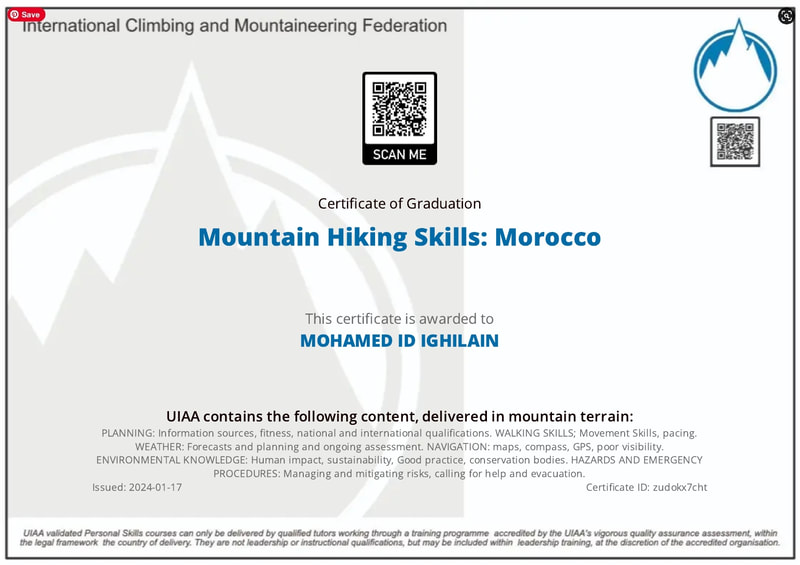
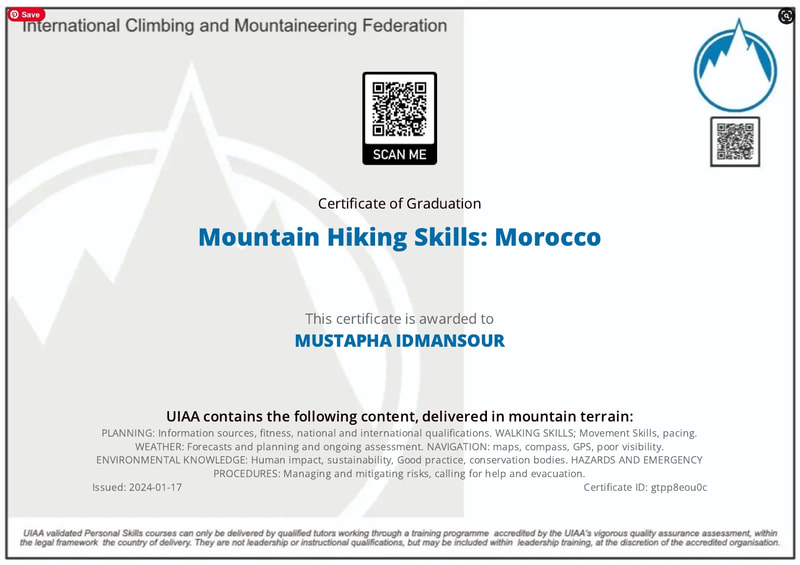
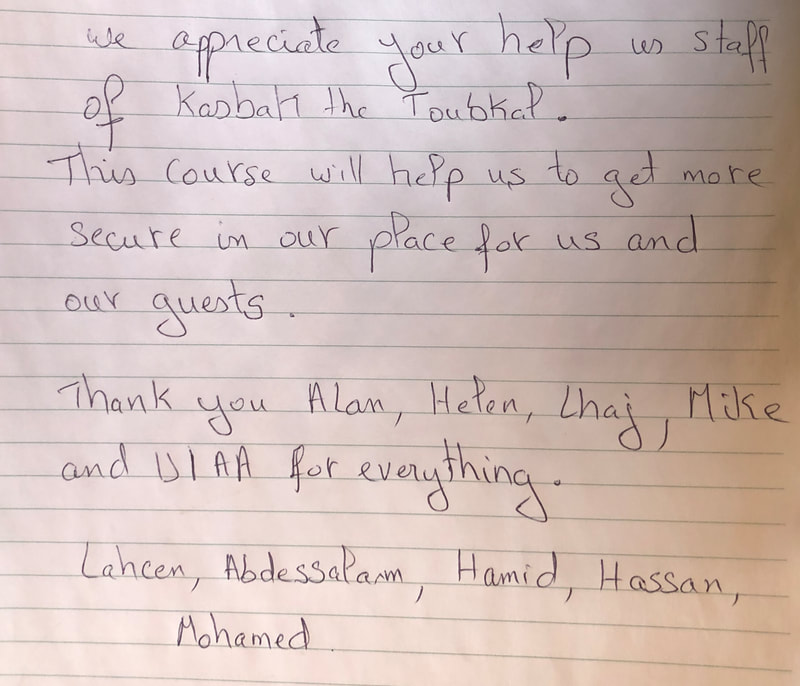
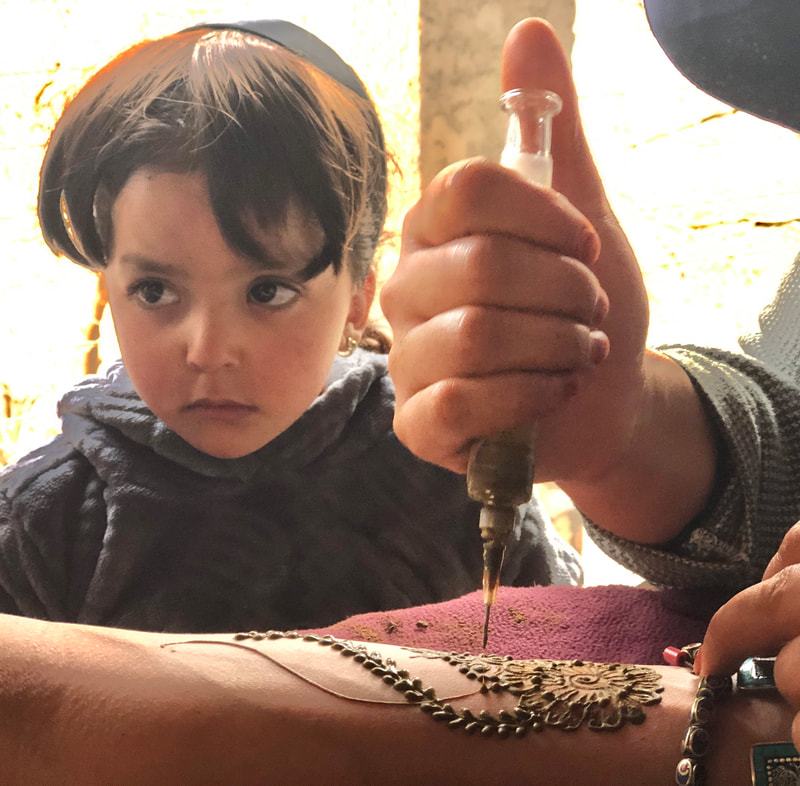
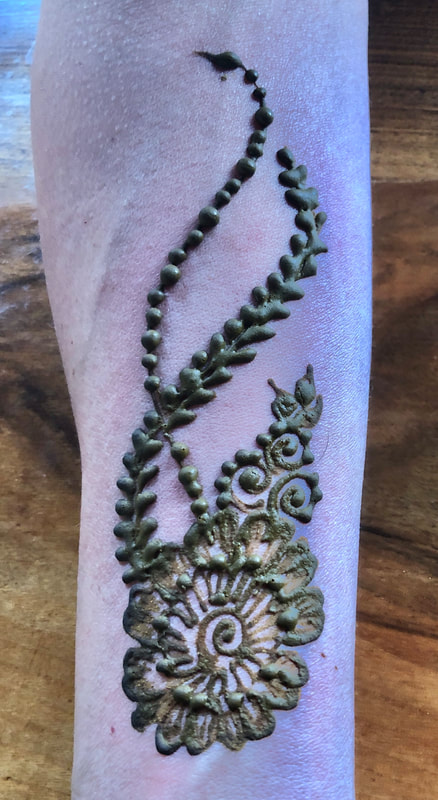
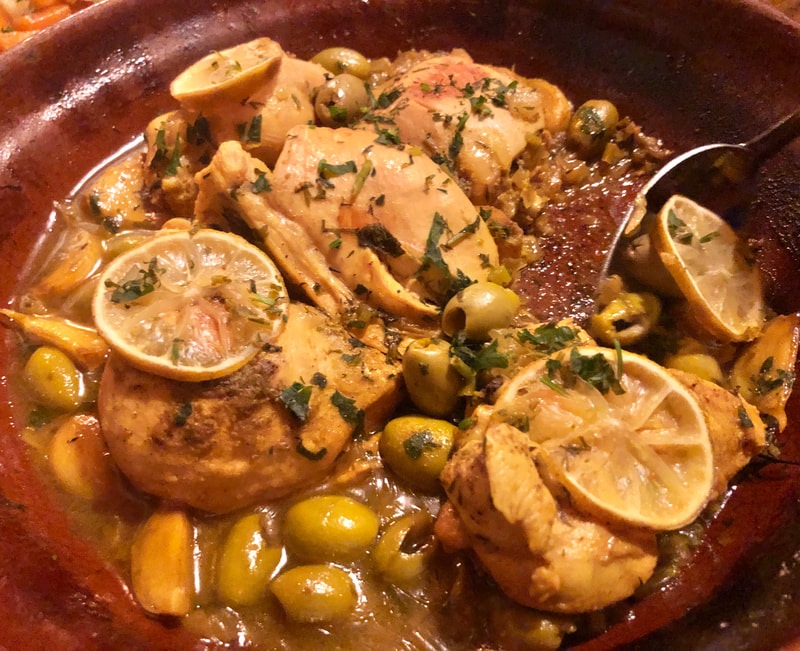
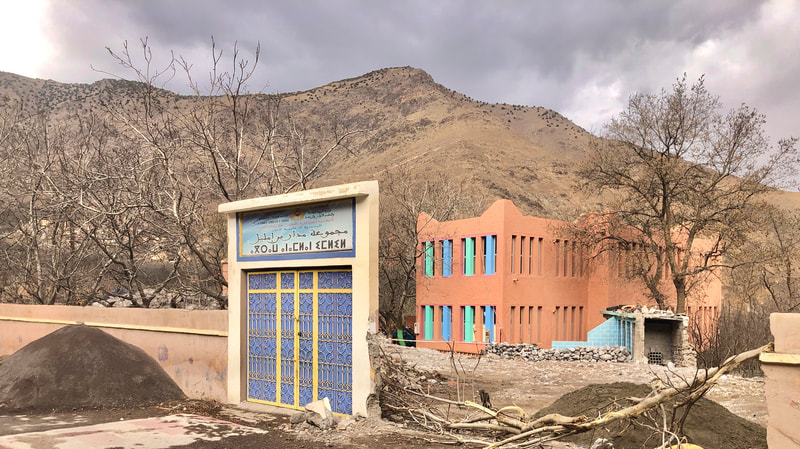
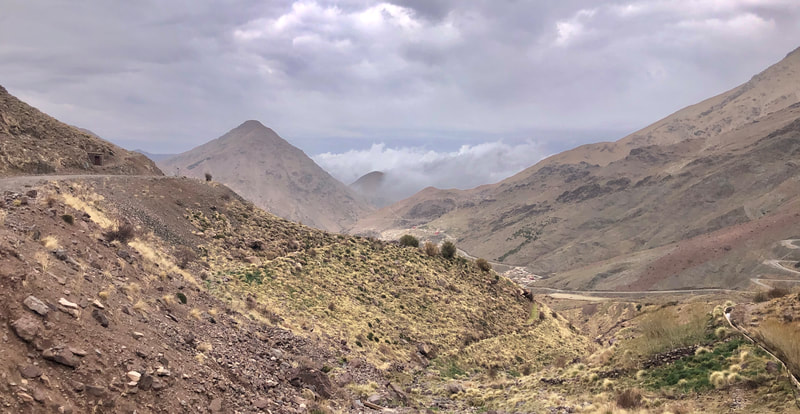
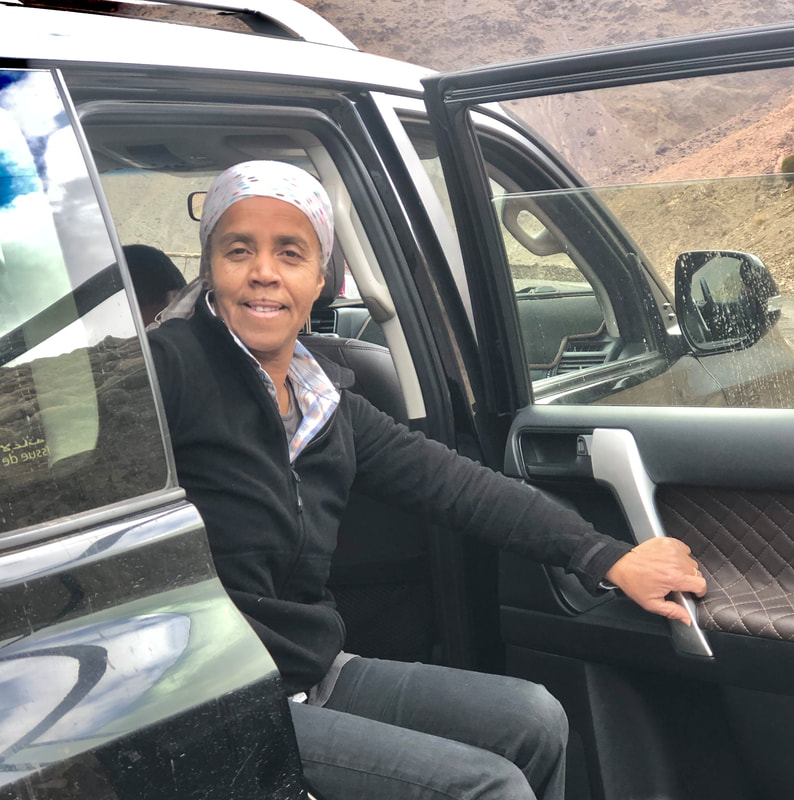
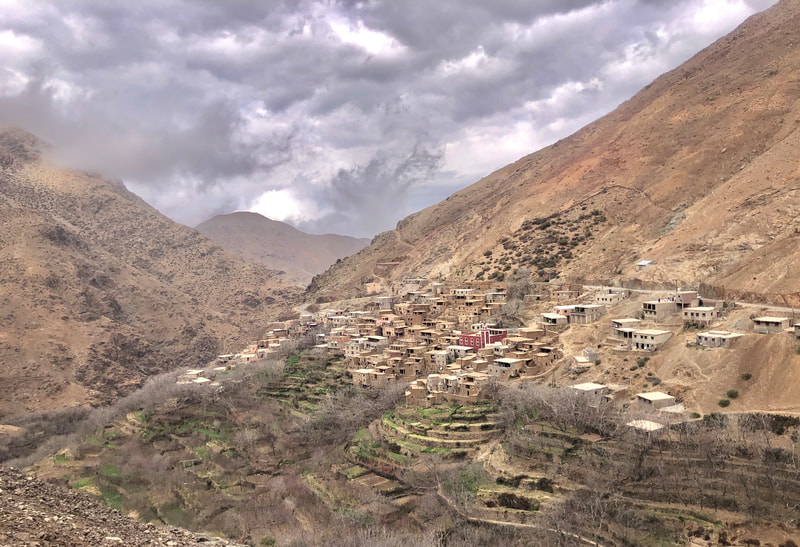
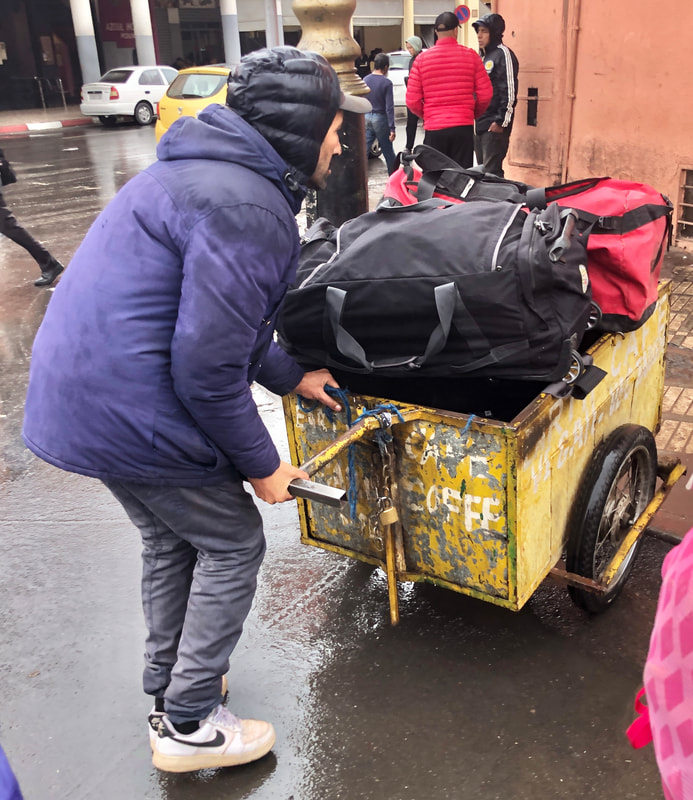
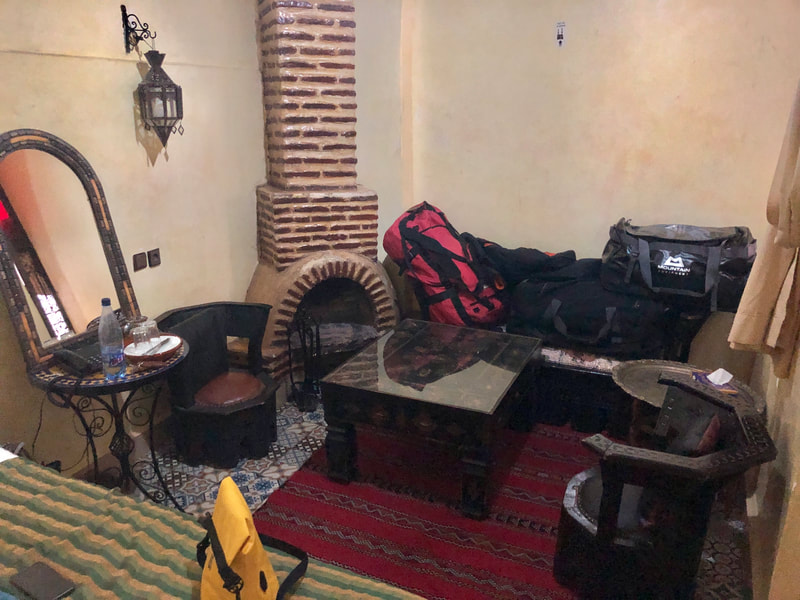
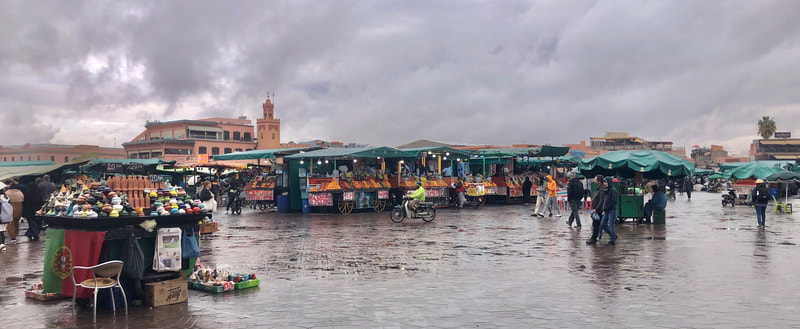
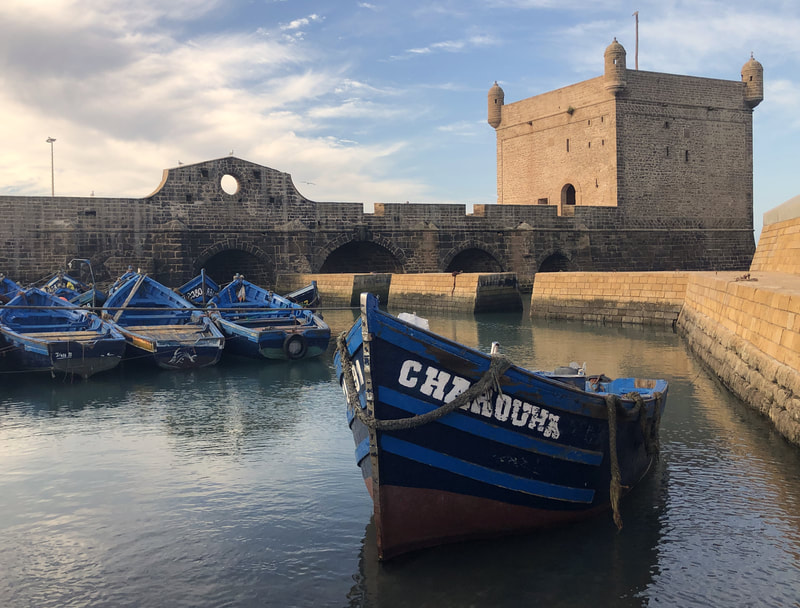
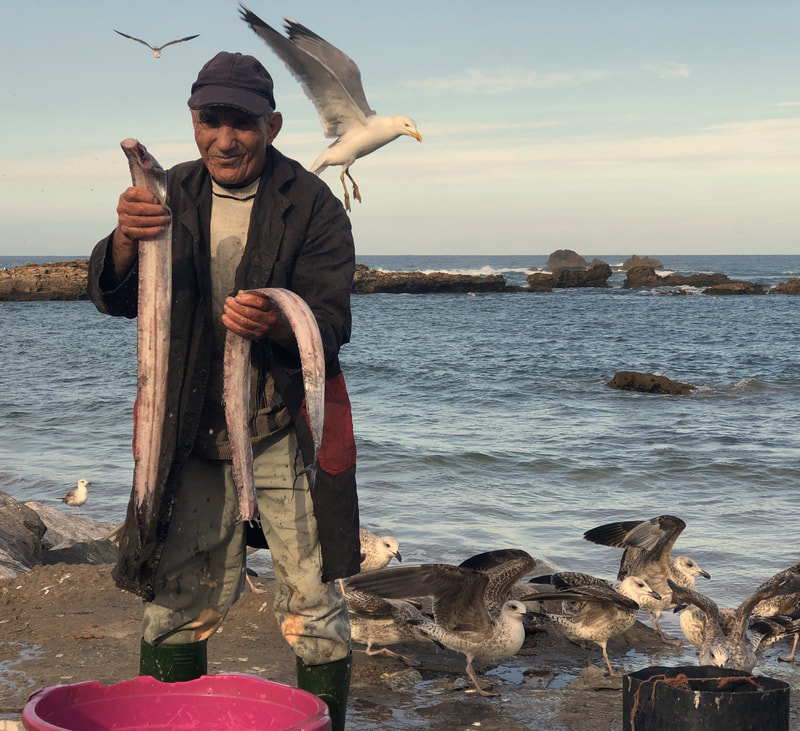
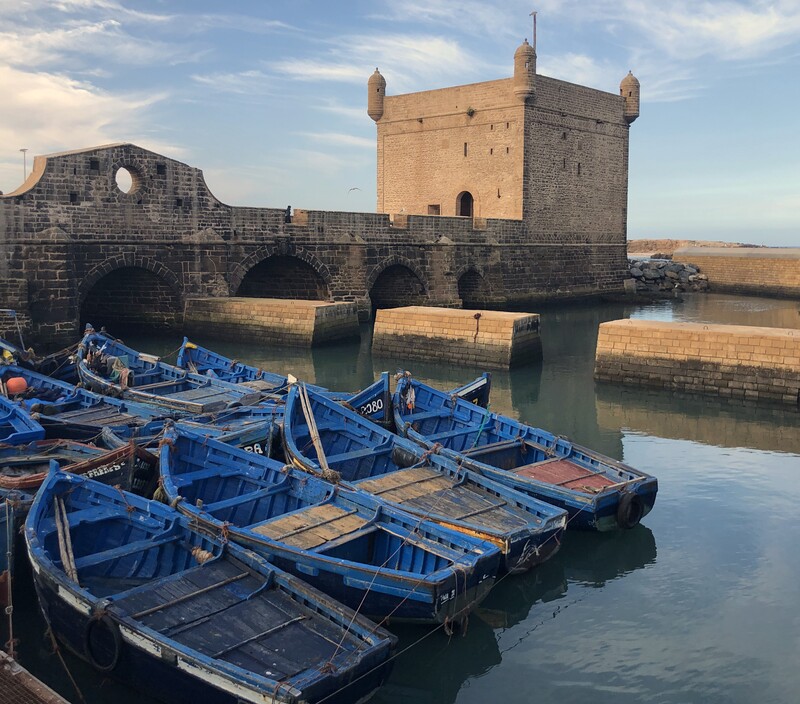
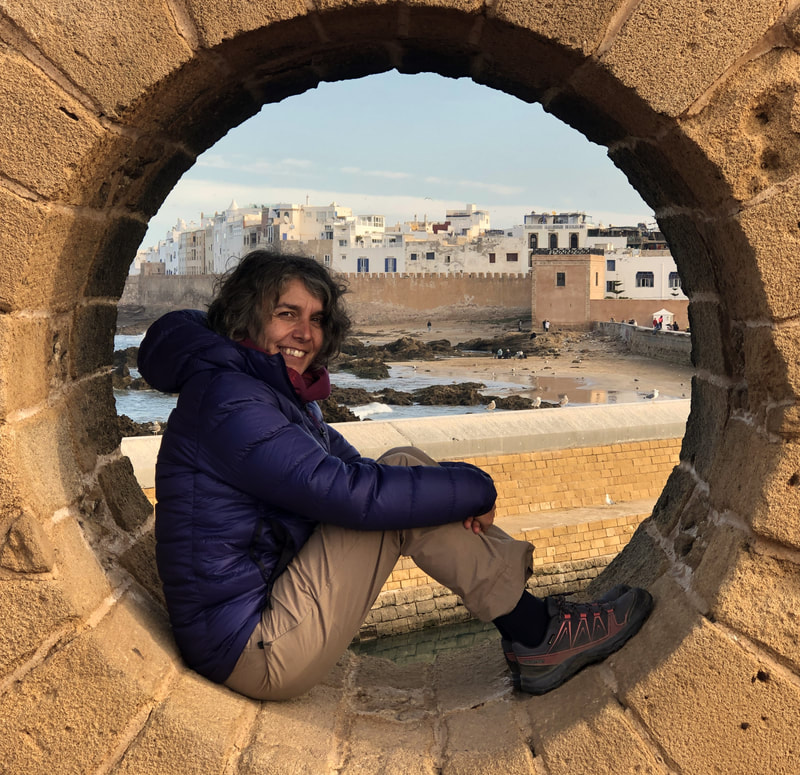
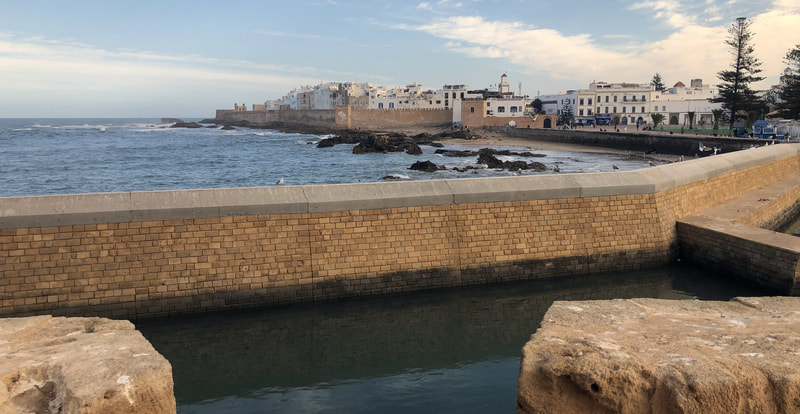
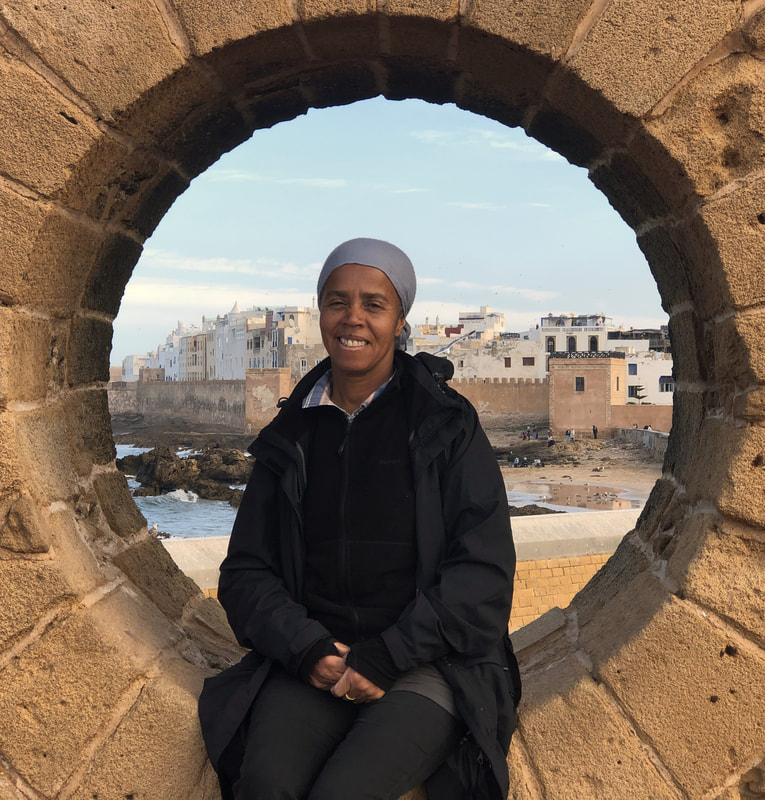
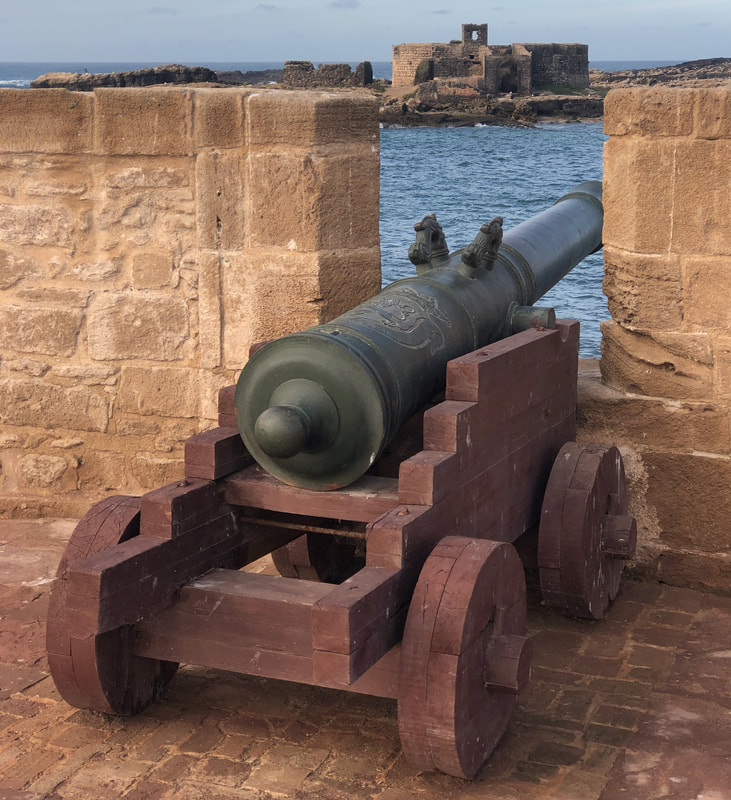
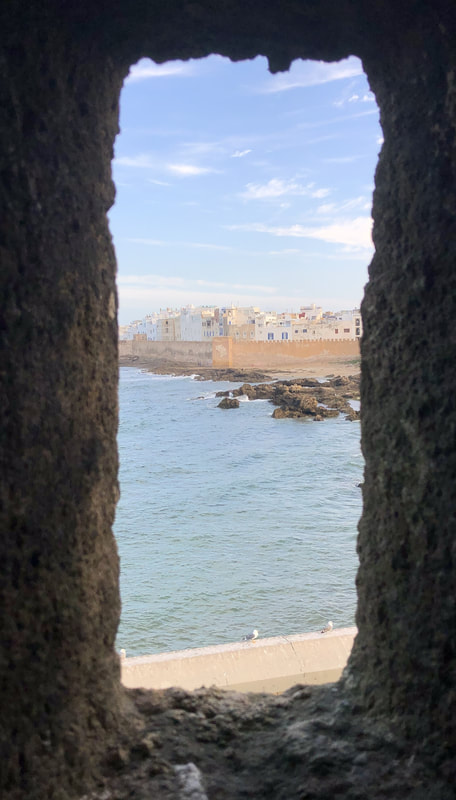
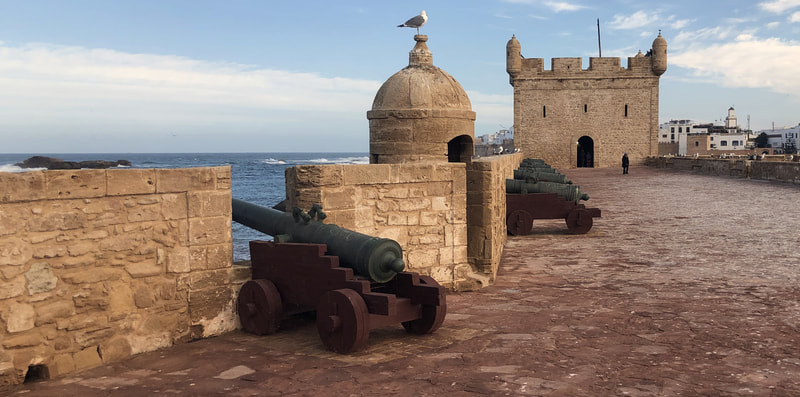

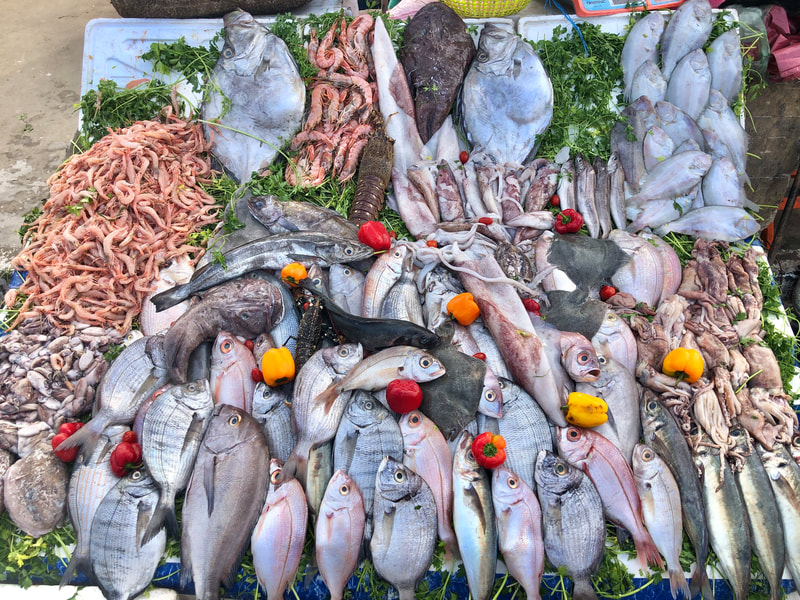
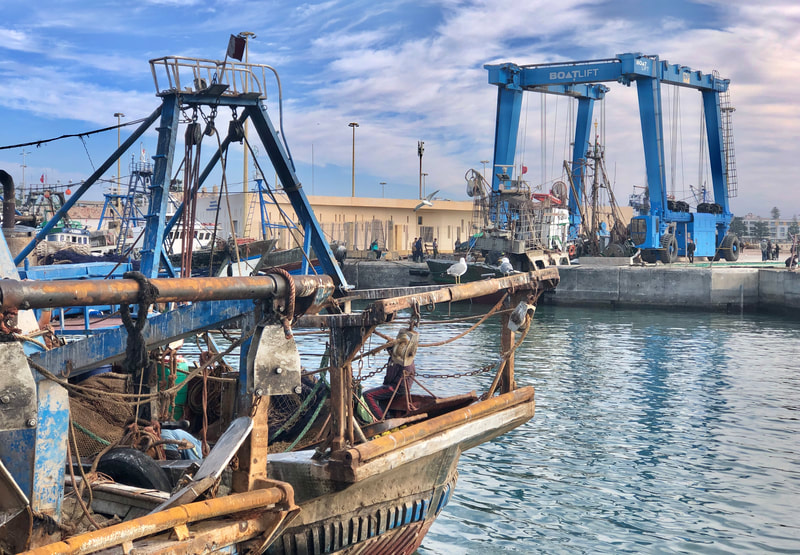
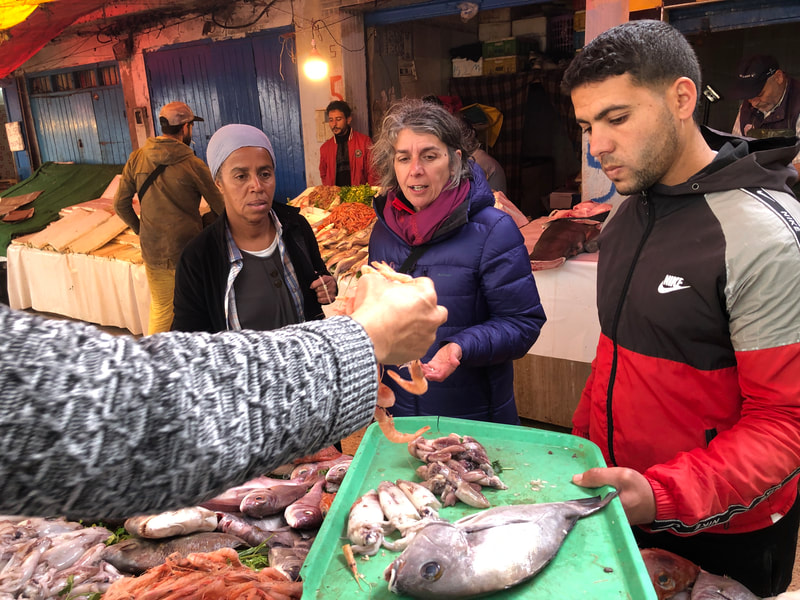
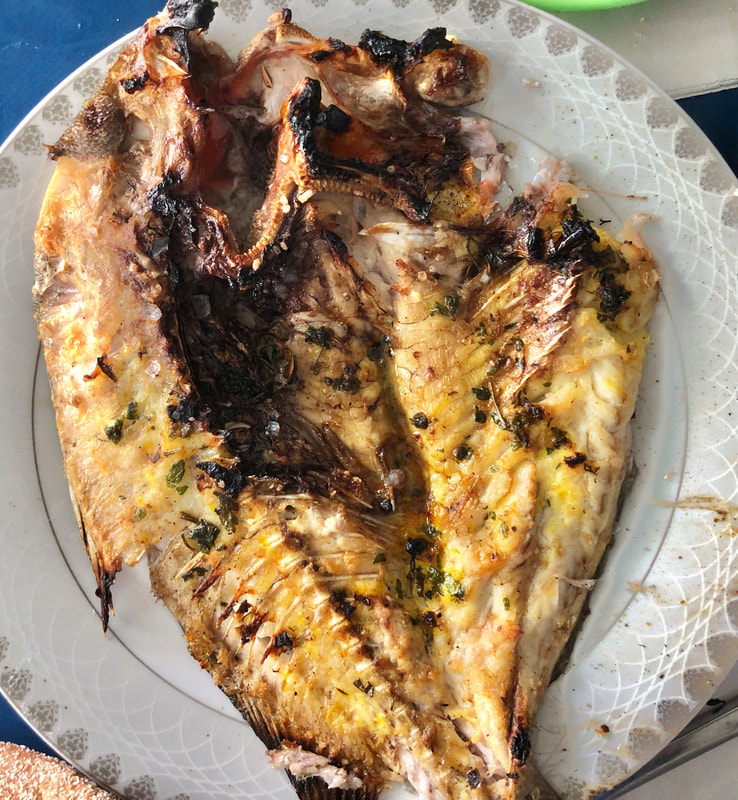
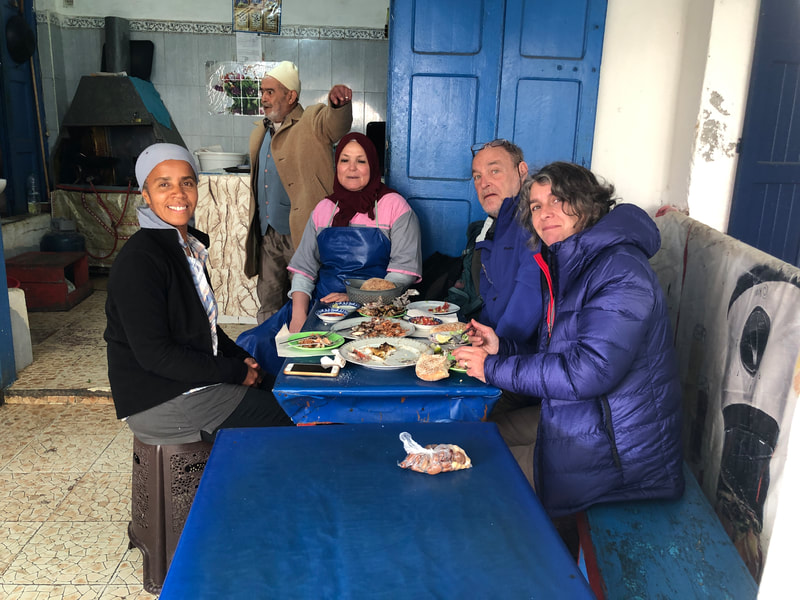
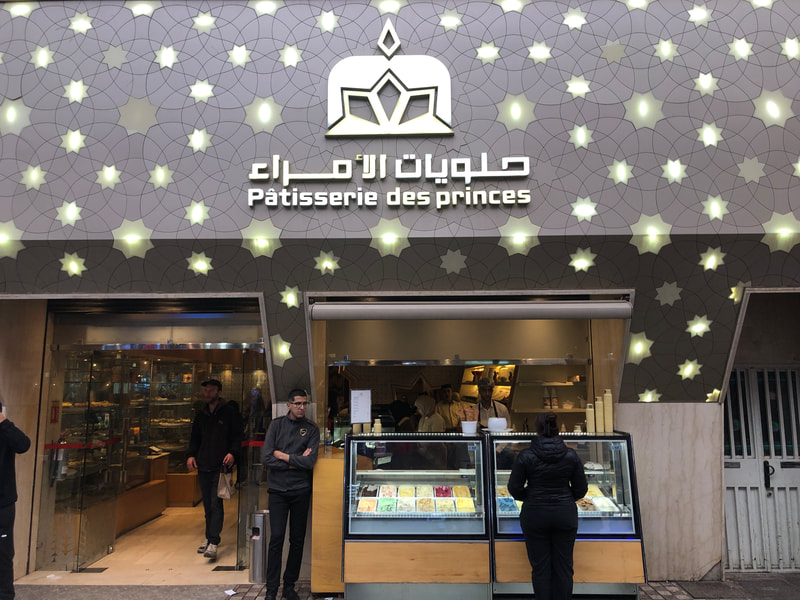
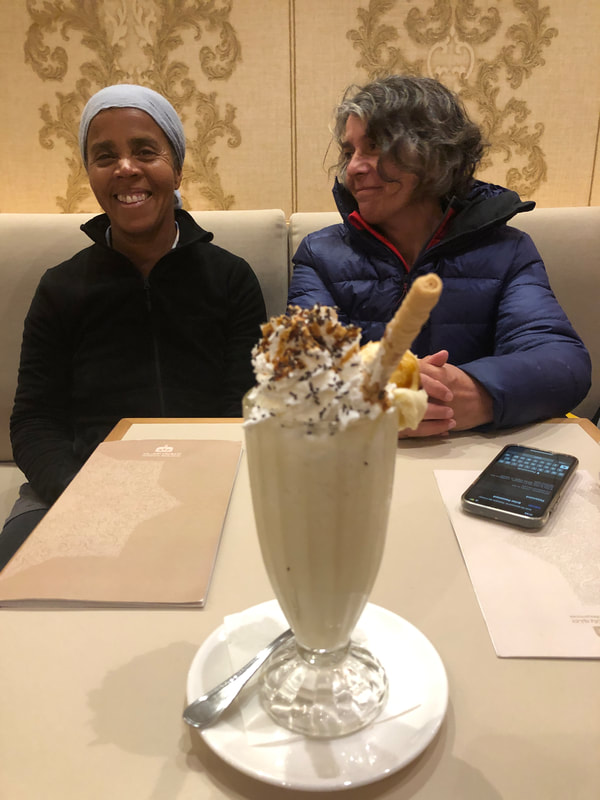
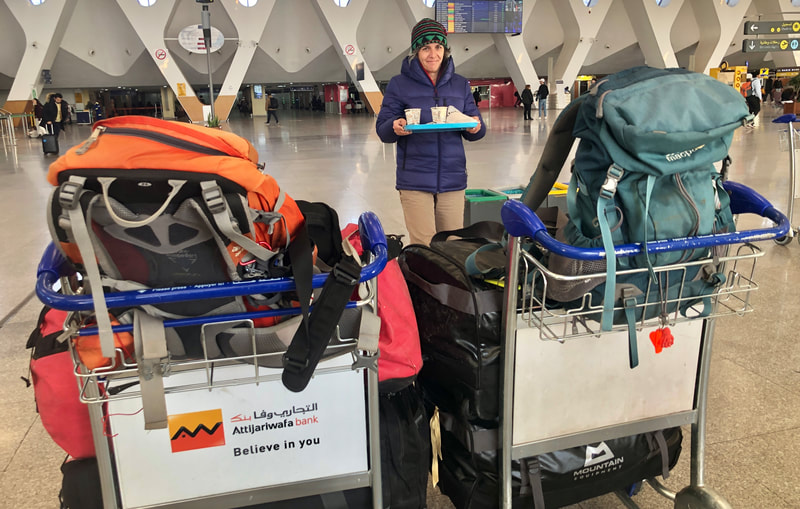
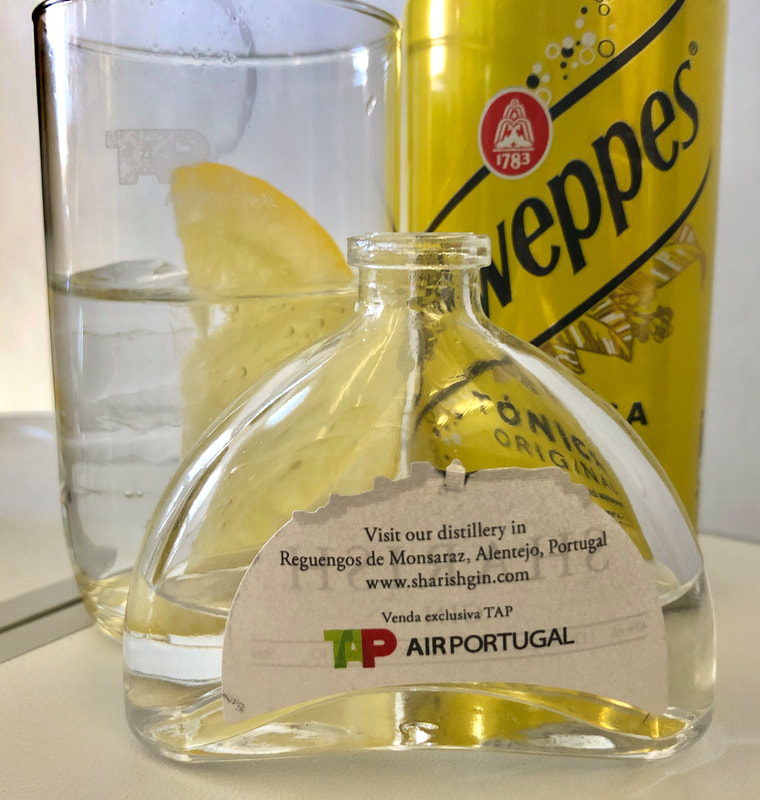
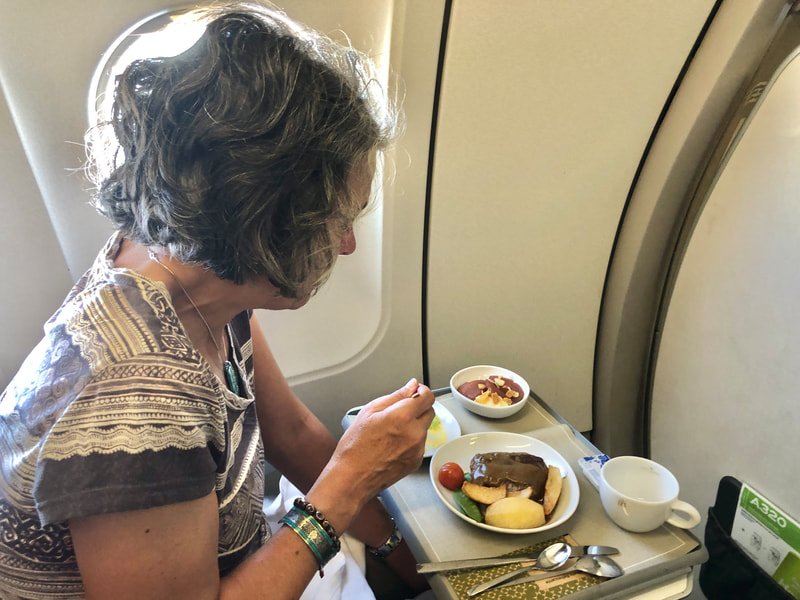

 RSS Feed
RSS Feed
